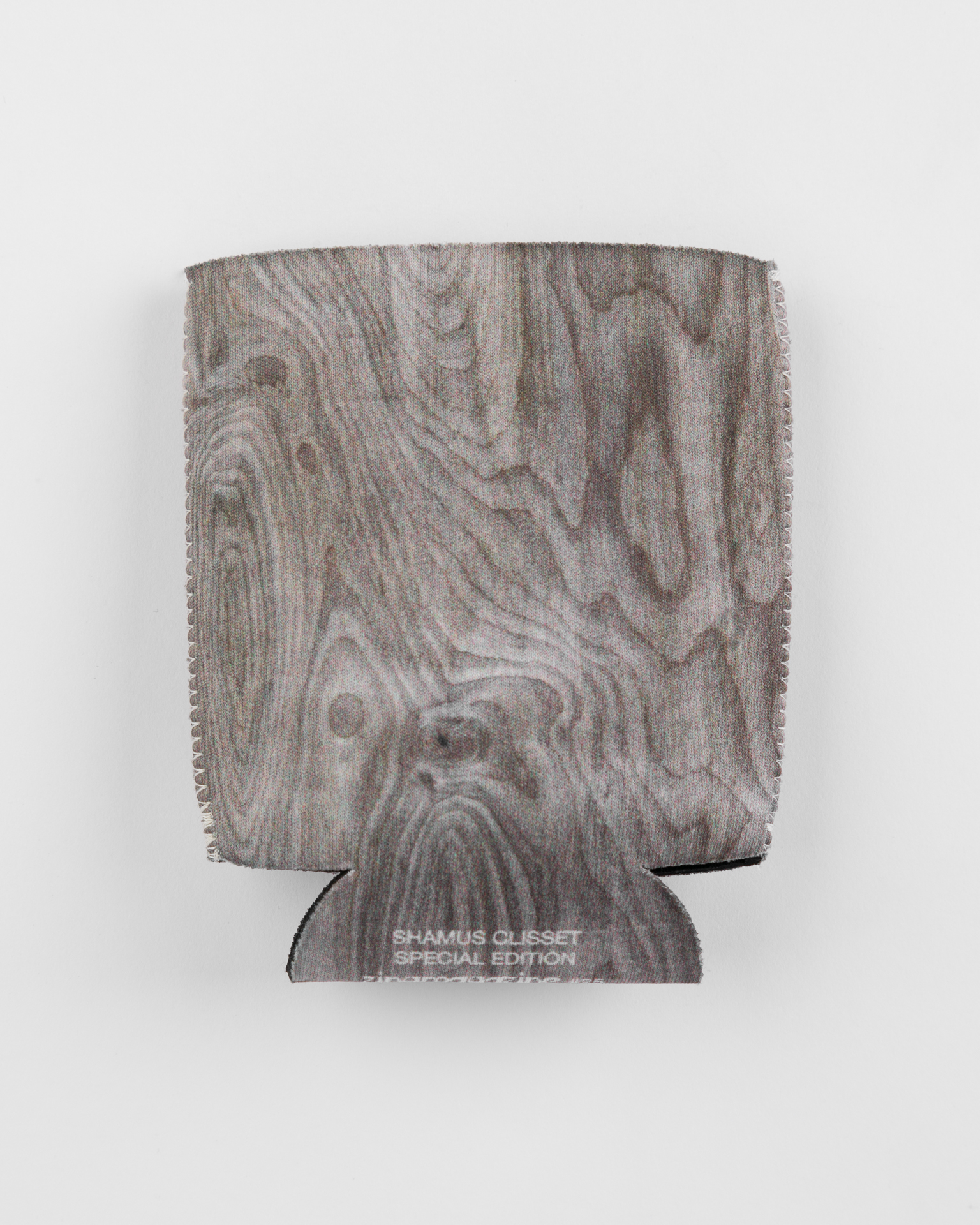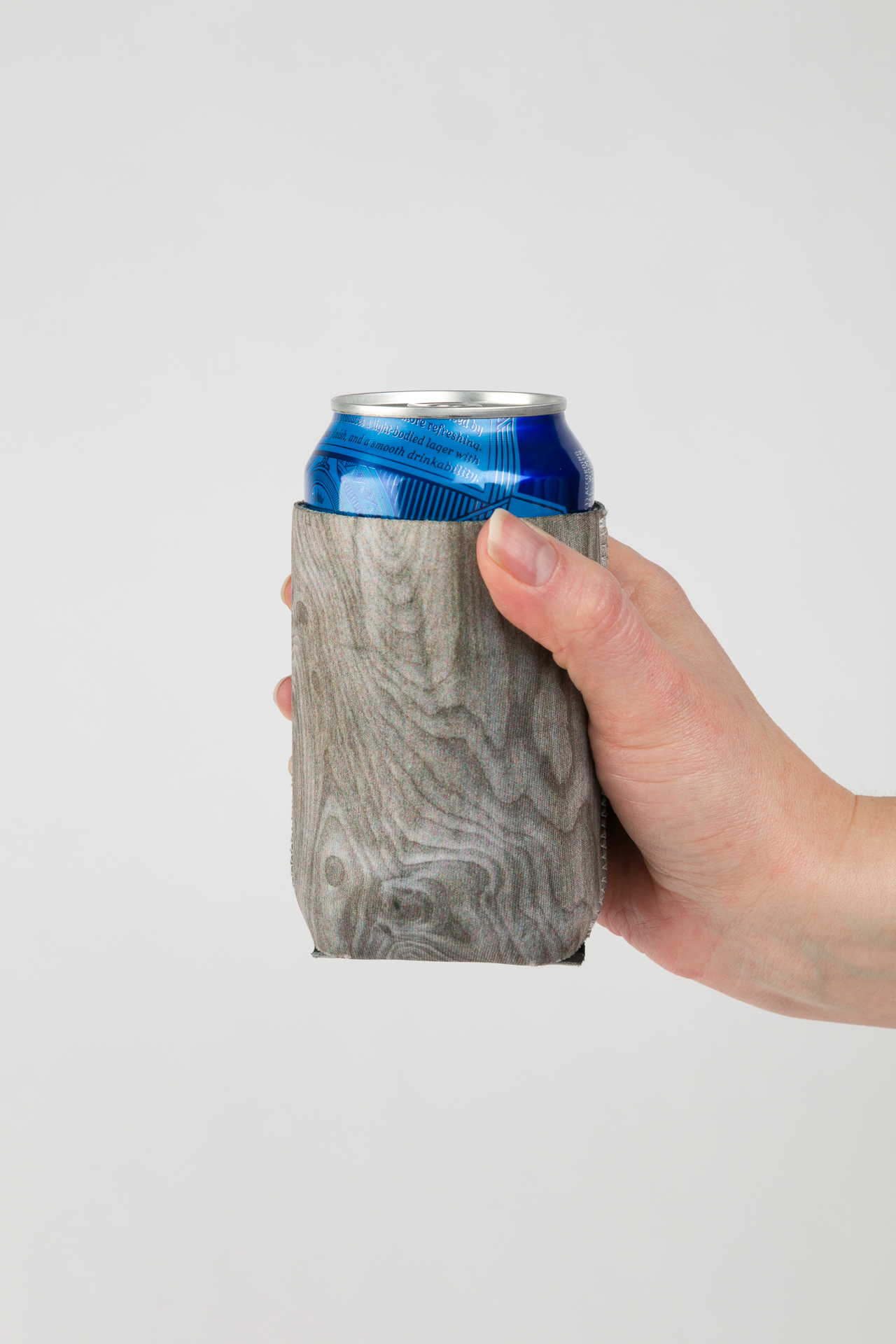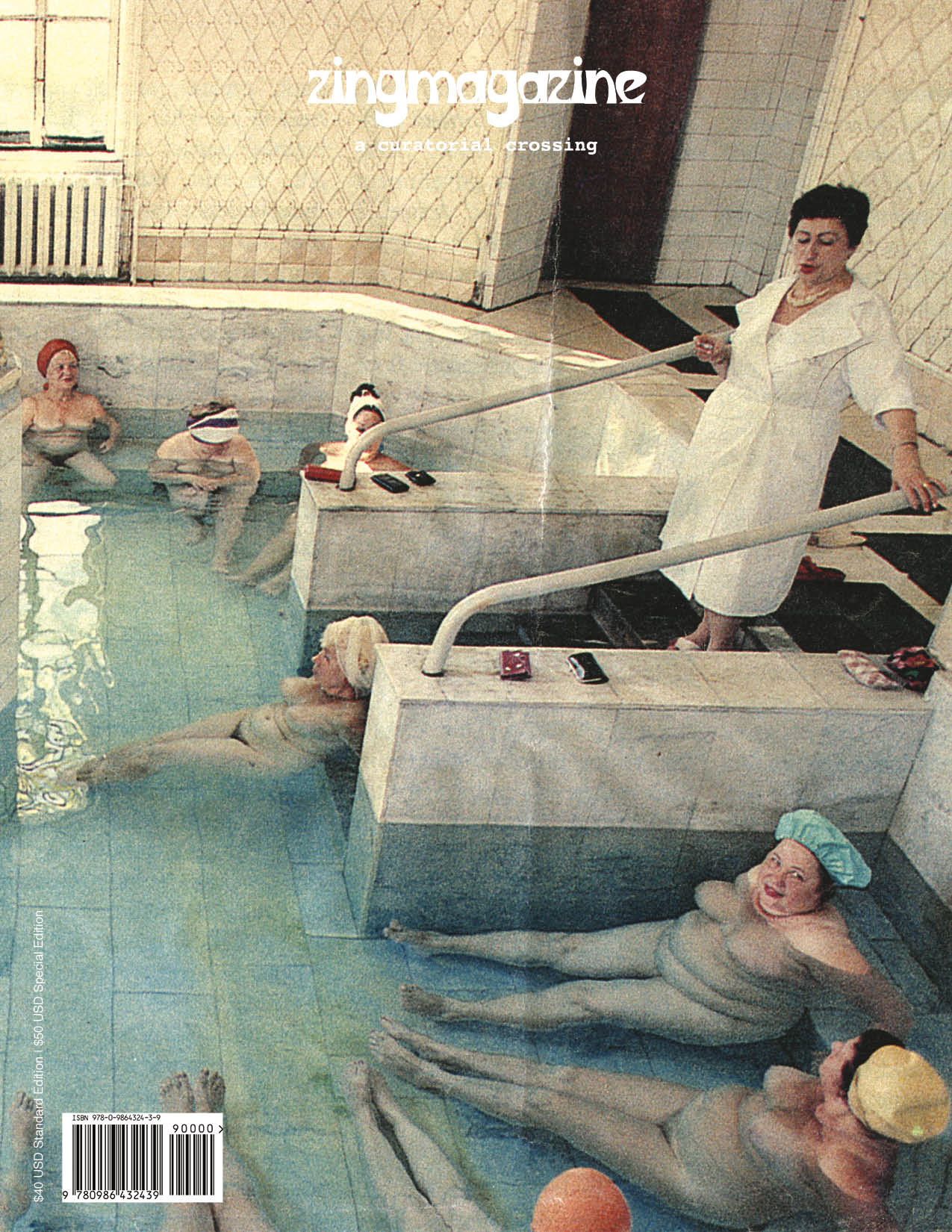
-
editor's note
Editor's Note
A Nathaniel Hawthorn short story goes much like an episode of Columbo. Why? Well in both cases the whole narrative is set out in the first paragraph/segment. For example, in Hawthorn we know Wakefield will leave his wife—first for a day, then a week, then month, and only returns in old age. In Columbo we know who will commit the murder—be it a rogue tennis instructor or wanna-be film producer, only to see Columbo engage, astound, confound, confuse, trip-up, and catch the culprit. In either example we watch and read nonetheless, even knowing the outcome, relishing how the facts will be revealed . . . both to the players involved—Wakefield’s wife or Colombo—and us, the audience. It’s a funny gimmick reading seven or twelve pages when you know the outcome, or watching a TV episode—remember Columbo is an hour and half, which is a long while knowing who the culprit is. Exact opposite of Hitchcock in which audience/viewer knows and urges on, say the victim, Janet Leigh, not to get in the shower . . . So now three words: pivot, optics, phony. Pivot: Columbo’s suspects are always pivoting, ultimately to their demise. Optics: Hawthorne’s Wakefield’s optics were not to be publicly seen until 25 years later when he comes back and is welcomed wholeheartedly, and weirdly, by community and wife, much less reader, all the while knowing he is simply a stalker. Phony: used by Holden Caulfield constantly in Catcher in the Rye . . . It’s just a preppy kid’s language for disdain for hypocrisy. Somehow in 2018 all three words have come to be used ad nauseam by all news media. But in our scenario we have Hawthorne’s Wakefield obfuscating, much less oscillating, commitment. We are encouraging Columbo to meander through the crime at bay, or screaming as an audience member of Psycho to not do what we, the audience, inevitably knows should not be done. Four years is a lot longer than 7 to 12 pages, an hour and half TV episode, or full feature film. Get ready. Or should we hope for a Catcher in the Rye.
Devon Dikeou
editor/publisher -
curators' notes
Curators' Notes
SARAH STATON
Sarah Staton is an artist working with the social potentials for sculpture, and balances public commissions with studio work and occasional iterations of her ongoing SupaStore project. Most recently “SupaStore Human, We are the Product” was presented by the Dikeou Collection at their pop-up in Denver. With work in the public realm, Staton creates sculptures for a variety of contexts; through allusions to utilitarianism, and an exploratory use of synthetic and natural materials, she creates spaces and objects that are marked by their socio-economic reality, seeking a modest purpose—to enable revelry and reverie. Staton uses materials’ affective dimension—their ability to trigger associations and psychological responses—to supplement the established modernist coupling of form and function with a third term, feeling—an important but elusive texture for public art and urban design. Through ‘threshold sculptures’ which are simultaneously formal and functional, aesthetic and utilitarian, her off modern practice questions how design and the specific haptic properties of materials can dynamatise site and experience. Sarah’s project for zingmagazine “Mycological and Dendrology” celebrates the newly identified wondrous hidden underground organic communication networks that researchers such as Suzanne Simard are identifying through careful study these past 30 years. The latent affect of material is a new area of knowledge and a field in which women across the world are leading the research. Sarah Staton lives and works in London, and is Senior Tutor in Sculpture at the Royal College of Art. Sarah has created exhibitions and public work for three decades. Some current projects include a meta table as support structure for the exhibition “Grammar of Phantasy” Shedhalle, Zurich; a large scale commission for the London Super Sewer to be built on 3 sites across London; and an app based project, on the materials that we inhabit, being developed for London Art Night this coming summer.AMY GARTRELL
What was and is exciting and innovative about zing and the idea of “A Curatorial Crossing” is its egalitarian process of selection—allowing anyone the once well-guarded and vaunted title of curator. That was truly transgressive in 1995, and zing has stayed true to their modus operandi. What does one do when the broader culture has transformed, modified, and expanded the original meaning of curate? A curator was once the expert of the material they presented and cared for. “Curated” is now used to describe any kind of selection: clothing, housewares, food, music, cocktails, playlists, lifestyle and self-help books, blogs, apps and more. “Experts” in basically shopping purport to present a “well-curated lifestyle.” It makes me want to puke. We are now curating the placement of the deck chairs on the Titanic. “Curate Your Death” is a meditation on this, among other things. Amy Gartrell lives and works in NYC.RACHEL COLE DALAMANGAS
Rachel Cole Dalamangas is a writer living in Brooklyn with her cat. She grew up between Denver, Colorado and the Smoky Mountains in Tennessee. She earned an MFA in literary arts from Brown University in 2011. She was reading The End of Vandalism by Thomas Drury when she wrote this story. She highly recommends reading The End of Vandalism to everyone else too.ALLAN MCCOLLUM
An assemblage of diagrams, sketches, notes, and details of artwork, made between 1968-1977 by New York-based artist Allan McCollum.SHAMUS CLISSET
Shamus Clisset (FakeShamus) works with 3D modeling and rendering software to make post- photographic, illusionary images. His ongoing “Empties” series uses a computer model of an ordinary aluminum beer can as a blank form on which to playfully project various ideas and symbols ranging from throw-away, inside jokes to social critique and meta-commentary about our perceptions of reality. The faux-bois facade of this particular can has a tactile materiality that belies the completely virtual nature of the image’s origin.Shamus is represented by Postmasters Gallery in New York and has exhibited broadly IRL and online. He is a 2014 NYFA Fellow in Digital Arts and teaches Digital media at Sarah Lawrence College. He only drinks when he is working on art and he can stop any time he wants.
ROBERT SMITHSON
“Robert Smithson: POP Works, 1961-64” highlights a rare body of work by Robert Smithson that is seldom seen outside of major institutional exhibitions. Influenced by the cultural landscape of the early ‘60s, particularly the burgeoning Pop Art movement, these works pre- date more familiar works such as the non-site objects and the seminal, outdoor earthworks. This significant body of work derived its ideas and imagery from a exhibitionsiche of science fiction, B-grade films, the then-seedy environment of New York’s 42nd street, sexuality, nature, mythology, religion, and technology. Smithson’s keen interest in all facets of popular culture would, in his later years, drive his investigations of the radical edge of mainstream culture as well as the white box of the gallery space. The notion of the rarefied sublime is completely debunked in Smithson’s early Pop works. By combining low-brow references, kitsch religious imagery, and high-art quotations, Smithson developed a visual cornucopia in which Jesus was sexy and bikers were godlike. Nasty and funny, these early work hint at the future Smithson, who would continue to break rules and transgress boundaries. Smithson’s freewheeling style and polymorphous iconography continues to resonate with a younger generation of artists working today. All images provided courtesy of James Cohan Gallery, the sole representative of the Estate of Robert Smithson.KERRI SCHARLIN
Recently, my subjects have been women artists in their studios. I paint them as an homage, an offering, an attempt to friend someone I would like to know, a wish for them to notice me. I find my images on the internet and approach painting as social media. Through this form of sharing, I hope to reveal my desire to be known and received by these artists.GASTON KARQUEL/GERALDINE POSTEL & DAVID MAGNIN
David Magnin is an art collector and merchant born and raised in the French Alps. He collects contemporary art, and design, specializing in Charlotte Perriand over the last 20 years. From this quest of expertise in collecting Perriand, he discovered the photos of Gaston Karquel whom over a period of 30 years followed the Modernists from Le Corbusier, Jean Prouvé, Charlotte Perriand, and also UAM (Union of Modern Artists). Among the photos Magnin acquired was this series of “Megève: Two Days in the Summer of 1948.”
For the past two years David Magnin has collaborated with Geraldine Postel, a free electron wearing many hats in the fields of art and publishing. From associate publisher of referent art & fashion magazines over the years, she has occupied the roles of an artist, curator, art or advertising director. This curatorial project entitled “Megève: Two Days in the Summer 1948” by Gaston Karquel, is born from an edit of these Gaston Karquel images and will celebrate its anniversary with an exhibition in Megève in the Museum of l’Ermitage du Calvaire, where some of these images were taken 70 years ago.POLLY APFELBAUM
The key visual motif comes from the 1963 book, The Potential of Woman, published in conjunction with a symposium of the same name. Apfelbaum draws inspiration from graphic designer Rudolph deHarek’s cover design for The Potential of Woman, which features a flattened, stylized view of a female figure’s head. Her appropriation of this image, chosen as an icon, is consistent with her ongoing interest in applied design and popular culture. Apfelbaum was also fascinated by the book’s provocative and ultimately patronizing message. The book and its related symposium imagined a future in which women might be useful contributors; Apfelbaum instead reflects the desire for a broader appreciation and empowerment of legions of capable women in the present. In the work’s title, Apfelbaum changes the word ‘woman’ to ‘women’ to reinforce an inclusive communal narrative around feminism. She renders the same face appropriated from the cover of The Potential of Woman in a variety of sizes, and color spectrums, creating a kaleidoscopic effect. Her use of vibrant dense pigment here is a tribute to Josef Albers’ landmark book on color theory, Interaction of Color, also printed in 1963, emblematic of her fusion of pop-cultural and art historic references.CRAIG DYKERS
Since 1989, Craig Dykers has established architectural offices in Norway, Egypt, England, and in the United States. His interest in design as a promoter of social and physical well-being is supported by ongoing observation and development of an innovative and sustainable design process.As one of the Founding Partners of Snøhetta, Craig has led many of Snøhetta’s prominent projects internationally, including the Alexandria Library in Egypt, the Norwegian National Opera and Ballet in Oslo, Norway, the National September 11 Memorial Museum Pavilion in New York City, the San Francisco Museum of Modern Art Expansion in California, and the Ryerson University Student Learning Centre in Toronto, Canada. Recently, Craig has led the design of the new pedestrian plazas in Times Square and The French Laundry Kitchen Expansion and Garden Renovation in Yountville.
MICHAEL ROSS
Michael Ross has been creating small-scale sculpture since the early 1990s. Recent solo exhibitions include: “Michael Ross, En Passant,” Ledge Gallery, Eli and Edythe Broad Art Museum, MSU, East Lansing, Michigan (2017); “Michael Ross,” Tatjana Pieters, Ghent, Belgium, (2016). Recent group exhibitions include: “From the Collection/Against the Wall,” Stedelijk Museum voor Actuele Kunst (S.M.A.K.), Ghent, Belgium (2018), “The City, My Studio / The City, My Life,” Kathmandu Triennial, Kathmandu, Nepal (2017).JENNIFER GRIMYSER
Jennifer Grimyser was born and raised in Milwaukee, WI. She graduated from Maryland Institute College of Art in 2006 and Hunter College in 2013. Jennifer has presented solo exhibitions at the Bronx River Art Center, Solo(s) Project House, Ground Floor Gallery, and Guest Spot. Her work has been exhibited nationally and internationally in numerous group exhibitions at Kunstverein Wolfsburg, Kunsthalle Exnergasse, Lesley Heller Workspace, Center for Emerging Visual Artists, Islip Art Museum, Bronx Art Space, Transmitter Gallery, Present Company, and galleries at both Rutgers University and the Art Institute of Chicago. Jennifer Grimyser was awarded a Studio Fellowship to the Women’s Studio Workshop and Vermont Studio Center, as well as studio residences at NARS Foundation, Chashama, and the AIM Program through the Bronx Museum of Art. She has published two artists books which are now featured in several library collections including Walker Arts Center, Yale University, RISD, MICA, VCU, and MCAD. She currently lives in New York, NY.KARIN BRAVIN
In 1986 I was hired by the Peggy Guggenheim Collection to work for the Venice Biennale’s American Pavilion. One of the highlights of my time there was a friendship that developed with James Lee Byars. He was a fixture in Venice and had the capacity to find beauty in even the most mundane aspects of the city. He often would draw my eye to small, quiet details most would overlook. Each time I saw him, he would urge me to approach the Guggenheim with his idea for a site-specific project; it was poetic and beautiful and would have transformed the experience of passing in front of the Peggy Guggenheim Collection while on The Grand Canal. Subsequently, and probably not coincidently, I have spent the last decade, working with artists on various site-specific installations and curating in the public realm. For my zing project, I have asked six artists to envision their dream site-specific artwork. It didn’t need to be feasible—as long as they could render it with sketches, Photoshop, diagrams or text. While these particular projects may or may not come to fruition, the logistics and realization of an actual aesthetic intervention is an exciting process. Facilitating site-specific work that enables viewers to see and think about space and context differently than they have before is an artist’s greatest calling and challenge. The artists selected have all made extremely successful installations or projects in the public sphere, both indoors and outdoors. Thank you: William Corwin, Rachel B Hayes, Fabian Marcaccio, Melissa McGill, Jason Middlebrook, Jean Shin, and James Lee Byars.MARIA ANTELMAN/MELANIE FLOOD
I had the pleasure of hosting two solo exhibitions of Maria Antelman’s work at my gallery Melanie Flood Projects: “My Touch, Your Command, Your Touch, My Command” (2017) and “A Non-Existent Event” (2015). Having “The Spacesaver” project published in zingmagazine is especially momentous as Maria and I met at zingmagazine back in the early 2000s.Maria Antelman makes videos, photographs, sound installations, and sculptures using both new and traditional technologies. Her work is a collection of failed attempts of the ingenious human spirit to control chaos, find a purpose immersed in an information overflow, decode undecipherable codes, and recover from erroneous processes and failed visionary ideas. Recent exhibitions include “Without God Or Governance,” curated by Jesse Greenberg, Marinaro Gallery, “New York, Audio Visual (A/V),” curated by Amanda Schmitt, Daata Editions, “Videonale.16—Festival for Video and Time Based Arts,” Kunstmuseum Bonn, Bonn, Germany. Currently she is finishing a new video commissioned by EMST, Athens and Pioneer Works, Brooklyn.
Melanie Flood (born 1979 Manhasset, New York) is an artist and curator based in Portland, OR. Recent solo exhibitions include “Mirror Mirror” at Fourteen30 Contemporary, Portland, OR, “Passionfruit,” Autzen Gallery, Portland, OR, “Latent Desire,” Carl & Sloan Contemporary, Portland, OR. Two person exhibitions include “Wet Pictures, Titty Bears” at Ditch Projects, Springfield, OR and “The Nature of Things,” Newspace Center for Photography, Portland, OR. Since 2008, she directs Melanie Flood Projects, which began as an artists’ salon located in her Brooklyn residence. In 2014, the gallery relaunched in downtown Portland, OR with a focus on contemporary photography. Her work and projects have been featured in Art in America, The New York Times, ARTnews, New York Magazine, zingmagazine, Photo District News, among others. Flood is the recipient of a Regional Arts & Culture Council Project Grant, and a Precipice Fund Award. She holds a BFA in Photography from the School of Visual Arts in New York and an MFA in Contemporary Art Practice from Portland State University. www.mariaantelman.org www.melanieflood.com www.melaniefloodprojects.com
WILLARD BOEPPLE
I began to make monoprints in 2003 at Kip Gresham’s Print Studio Cambridge, England and have worked with Kip each year since. It was my first experience printmaking and at the start the inspiration for them came directly from my sculpture but with time, the prints themselves took over. The forms are laid out on a screen and the first colors are laid down in very thin, translucent layers that are gradually built up with multiple layers of color, often twenty or more by the end. Like building a sculpture with color, it’s a process full of adventure, disaster, mystery and surprise.HEIDI ZUCKERMAN
My grandmother was a collector. This started by accident when she began acquiring apartments in New York City that included all of their contents. Eventually, she focused on 17th-century Dutch painting, early American and Hudson River School painting, as well as the decorative arts. When I was around eight years old, she decided I would collect paperweights, and from then on for every birthday, instead of a dress or a doll, I would be gifted a paperweight. I was never particularly interested in “my collection” until my first visit to the Art Institute of Chicago during college, as it was there, I saw objects that mirrored my own.
Heidi Zuckerman is the Nancy and Bob Magoon CEO and Director of the Aspen Art Museum, appointed in 2005. To date at the AAM, she has curated over seventy-five exhibitions, including traveling shows to over fifteen venues across North America. She also established the Aspen Art Press, which has produced over forty exhibition catalogues distributed nationally and internationally.CHRISTIAN SCHUMANN
“Obstacles” is a selected transcription of traffic impediments announced as warnings on Los Angeles radio during my years living there. Typically, I would write down these noteworthy objects in my sketchbook as I heard them while working in the studio. At times invisible dramas would play out as alerts were made over the course of a couple of hours on different radio stations. A couch would slowly turn into wood debris with fabric; two dogs would turn into one dog, then a dog with people trying to catch it, and then finally a silence of additional reportage would leave one to imagine a moderately happy resolution for the surviving dog. Or maybe it was simply transformed into “unknown debris.” Los Angeles highways were (and presumably still are) covered in gardening equipment and boxes. I edited down the number of appearances of such overly common obstacles while still trying to represent their frequency. I think my favorite obstacle has to be the overturned tanker full of molasses, or maybe it’s the missiles that spilled onto the road like so many logs rolling across the blacktop. I guess the missiles weren’t armed or else the event would have made it onto the local news TV broadcast. Instead they received the relatively quiet fate of a solitary mention during a traffic report. My hours of confinement in the studio were lightened by these reports from the outside world and I came to look forward to them. What would happen next? An overturned truck full of melons? A pile of mattresses? Loose cattle? Truly, one never knows what lies over the next hill.ELMGREEN & DRAGSET/MAUREEN SULLIVAN
If there’s a long shot of a swimming pool in a movie, you can count on someone doing the dead- man’s float, having sex, or playing through an existential crisis in it before the credits roll. Such is the allusion in Elmgreen & Dragset’s work, in which the pool—a symbol of leisure, status, desire, danger—is a recurring motif. Though in the artist duo’s presentation of the pool, absurdly displaced and absent of function, the focus shifts to the pool’s iconic architectural elements, and its surreal and symbolic existence. A diving board penetrates through the building’s window, extending from the inside to the outside, creating a stunning and inaccessible minimalist sculpture in “Powerless Structures, Fig. 11” (1997), Louisiana Museum of Modern Art in Denmark; and “Powerless Structures, Fig. 13” (2014), Punta della Dogana in Venice. “Van Gogh’s Ear” (2016), the large-scale pool, empty and erected on its side, is a teasing reminder to the hordes of workers and tourists that flood Rockefeller Center of where they’d rather be, juxtaposing escapist fantasy with daily drudgery. The guardian of the pool, the lifeguard, is represented through “Watching” (2016), a life-size sculpture on the terrace of The FLAG Art Foundation, NY. Useless to actually save anyone from drowning in the Hudson River, being an elevator ride and 2 city blocks away, looking though the binoculars is perhaps more an act of voyeurism than protection. Probably wishing any lifeguard was on duty is the collector floating face down in the pool in the artists’ installation (“Death of a Collector” [2009]) for the Danish and Nordic Pavilions at the 53rd Venice Biennale. The work is reminiscent of the opening scene of Sunset Boulevard in which the same mysterious peril faced one who got caught up in the seemingly glamorous lifestyle of the rich and famous.BJARNE MELGAARD
Bjarne Melgaard was born in 1967 in Australia. During the past decade Bjarne Melgaard has lived and worked in New York. He moved back to his home country Norway in 2017, and the drawings are from his 2017 solo exhibition “Sugar Amnesia” at Rod Bianco Gallery in Oslo.ROMANA DRDOVÁ
Artist and fashion designer Romana Drdova graduated in 2017 from Academy of Fine Art in Prague, Czech Republic. She also went on several study stays, e.g. at the Korean University in Seoul, at the studio of visiting professor Florian Pumhösel, and Urs Lehni at Staatliche Hochschule für Gestaltung, Karlsruhe.Her work, often in the media of object, photography, and installation, is characterized by its pure aesthetic, often even transparency, and use of light, matter, and emptiness combined with specific materials and techniques inspired by the context of visual arts as well as the world of fashion, technology, and design. In a sensitive and metaphorical way, she deals with the theme of perception and human interaction at the time of “data smog.”
EDGAR SERRANO/BENJAMIN DONALDSON
The boy finally stands as tall as the window ledge. He tries resting his finger tips on the edge of the sill for a moment, his hands held as tall as his head. He twists around, elbows corkscrewed and arms turning slowly over, so that his back now rests against the wall. He looks around, turning his head from side-to-side quickly, so only shapes are partly visible, and the familiar sounds change position in the room. He stops, and hears the fish tank gently percolating across the room. The sound mixes under the low, nearly human murmur from the wood paneled television in the living room.He listens for a moment, then lowers his arms and jumps from drawing to drawing that are strewn across the floor. The drawings are pulled from his imagination—a family of giants, a head with crooked eyebrows, a sinking ship. Quickly, a hop from one drawing to another—then a single step forward, towards the blue-radiating, humming tank, where fish languidly pass one another, over and over again without recognizance. His face moves to within an inch of the glass, to see more clearly.
A starfish, blue as an aurora, sits attached to the inside glass world of the tank. The boy stares at the underneath of the starfish for a while, wondering at it. He moves slowly to the side of the tank to see the top of its body, running his nose along the tank as he glides along the outside. The starfish attaches flat to the glass, and remains still for a long while, microscopically visible and unconcerned at the distorted world surrounding it.
Behind the hypnotic blue of the starfish, the living room door is slowly filled by the boy’s father. He has a vacuum under one arm, a towel in his hand, and a small stool in his other. Wordlessly, he lays down the towel upon the floor, then places the stool atop it, as if readying for a haircut.
He passes the boy silently but slightly smiling, and plugs the vacuum into the wall. He then returns to the tank. With a sudden step, he is atop the stool, and has passed the hose from the vacuum beneath the single wave that undulates from side to side of the tank. He patiently churns the sand at the bottom of the tank, and activates the hose, all with great care. The sand gently rises as a cloud, and then falls as it is cleansed. The fish swim around these movements, unaffected and unknowable in their motivations. The boy watches intently, now back at the window and turned towards the blue light, which slowly seems to fill every shadowed corner of the room.
Everything fades for the boy but for the rising and the falling of the sand in the water. The boy will draw again when his father is finished. The underneath of the starfish, the clouds of sand, the blue.
DEBORAH KASS
Deborah Kass’s “No Kidding” deals at the intersection of popular culture, contemporary art, art history, and politics. This body of work, adapted here specifically for the magazine format, sets a darker, tougher tone as she reflects on contemporary issues such as global warming, institutional racism, police brutality, gun violence, and attacks on women’s health, through the lens of minimalism and grief. Kass cites socially conscious cultural sources including the Rolling Stones’ 1969 song “Gimme Shelter,” and the campaign theme song for FDR’s 1932 presidential campaign and the New Deal, re-recorded thirty years later by Barbra Streisand—a muse of Kass’s. Originally shown in 2015, this work has only increased in relevance and urgency in the current geopolitical climate.NATALIE RIVERA
Studying art history really doesn’t prepare you for working in the NYC art world. Befriending artists, visiting their studios, discussing the progression of their art, finding common ground and ideas among their visions that are so different but share a similar narrative was always the favorite part of my job. Although I was not an artist I was warmly welcomed into The Women’s Group. The gatherings gave me a better understanding of what was happening in contemporary art, allowed me to develop lasting friendships, come up with ideas for exhibitions, and made me feel part of a real community. One could think of The Women’s Group as a precursor to the #MeToo movement, with the message being “Me too, I am an artist to be seen and heard.” When Devon asked if I would curate a section in zingmagazine based on The Women’s Group I gladly accepted as we were starting to witness surveys of the early ‘90s art with no mention of The Women’s Group. Documenting the art world back then wasn’t as easy as it is now with social media. Any project that helps archive this special time so it doesn’t become a forgotten chapter that can easily evolve into an overlooked footnote in New York contemporary art history is well worth trying to preserve.BRANDON JOHNSON
La Familia Lorenzo is a multi-generational family of artists who create work inspired by the culture and traditions of Guerrero, Mexico. Their practice began 45 years ago with grandfather Lucas Lorenzo, a self-taught painter from Xalitla, Guerrero, who began making paintings based on the landscape, people, and culture he observed around him. Lucas passed this practice down to his three sons, Nicolas, Jesus, and Aureliano, and his daughter Lizbeth, all of whom have developed their own unique styles based on Lucas’s teachings. Most recently, grandson Fernando Lorenzo (son of Aureliano) has begun making his own paintings, adding a third generation to the family practice. I first encountered this work in Mexico City during a visit in 2016. The paintings immediately caught my eye with their bright, attractive colors, pastoral landscapes, and unusual subject matter. 16-year-old Fernando was working their booth that day, and explained that the jaguars and devils represented people in costumes dancing in Guerrero’s local religious celebrations, including The Day of the Virgin of Guadalupe on December 12th. This annual religious festival is one of many in Mexico that combine Catholic theology with indigenous traditions. Other Lorenzo paintings feature non-religious icons of Mexican popular culture, including Subcomandante Marcos, the elusive leader of the revolutionary 20th century leftist movement Zapatista Army of National Liberation (EZLN). Despite the stark difference many would see between Catholic religious figures and leftist revolutionaries, these figures are depicted, among the agave plants and mountainous terrain surrounding Xalitla, with their arms around one another and smiles on their faces—friendship and unity being integral in the paintings of the Lorenzos. You can see more work by La Familia Lorenzo on their Instagram account @famartslorenzo. Contact them at famartslorenzo@gmail.com.WALTER ROBINSON
In 1975 I had gone to Europe and seen a Gerhard Richter exhibition in Cologne and visited Richter in his studio. I was impressed that he had given himself permission to paint a range of things, from geometric color abstractions to nude figures, with portraits, still lifes, and landscapes in between. I came away from that visit inspired to be a sort of journeyman painter. In 1986 Metro Pictures invited me to exhibit in its cavernous Greene Street space with Tom Lawson. I made for the show some relatively large paintings of what I called “pharmaceuticals,” straightforward images of drugstore products like Bromo Seltzer, Vaseline, Vick’s VapoRub and Tampax. As subjects, these items are linked to human biology, and also tend to have a viscous consistency not unlike paint itself. These works constituted my “still lifes.” I began the series with paintings that I called “Two Six Packs,” done quickly as a kind of painterly exercise. I would buy two six packs, arrange them on the table and then drink five or six beers before I started working. So “Two Six Packs” seldom had more than four or five bottles or cans in view. My favorite hues were Heineken green, Miller yellow, Guinness brown and the red, white and blue of Budweiser. “The Three Beers,” the painting of three Bud cans in a row—a pony, a 12 ounce, and a tall boy—was titled with naive wit by my young daughter. As a still life subject, beer or aspirin or lotion seemed more amusing than the old standards of a vase of flowers or bowl of fruit. Drug-store items are already appealing, I figured, thanks to corporate design departments and ad campaigns, and many people could be expected to respond to these subjects with feelings of almost unconscious desire. A person with a headache wants their Excedrin with real felt urgency, for instance. What’s more, a picture of a bottle of aspirin has a readymade metaphorical potential—who can’t relate to the idea of “painkillers”? And finally, artworks featuring images of corporate products have a natural client in corporate art collections. Johnson & Johnson is the proud owner of my portrait of J & J baby oil. The other works from that show have found homes in important collections, thanks to Jeffrey Deitch, who included them in the survey of my work that he hosted at his gallery in October 2016. All save for the four-foot-square painting of a box of Tampax, that is. My “fertility painting” I’m keeping for myself.MARK LICARI
Mark Licari was born in 1975 in Atlanta, GA. He received his MFA from University of Southern California, and currently lives and works in Los Angeles. Recent exhibitions include: Baldwin Gallery: Aspen; Athenaeum Music and Arts Library: San Diego, CA; Clay Center for the Arts and Sciences of West Virginia: Charleston, WV; Museum of Fine Arts: Ghent, Belgium; and Monterey Museum of Art: Monterey, CA; as well as public collections in Gemeente Museum: The Hague, Netherlands; Metropolitan Museum of Art: New York, NY; Monterey Museum of Art: Monterey, CA; LA County Museum of Art: Los Angeles, CA; Museum of Contemporary Art, San Diego, CA; and Museum of Fine Arts: Ghent, Belgium. -
masthead
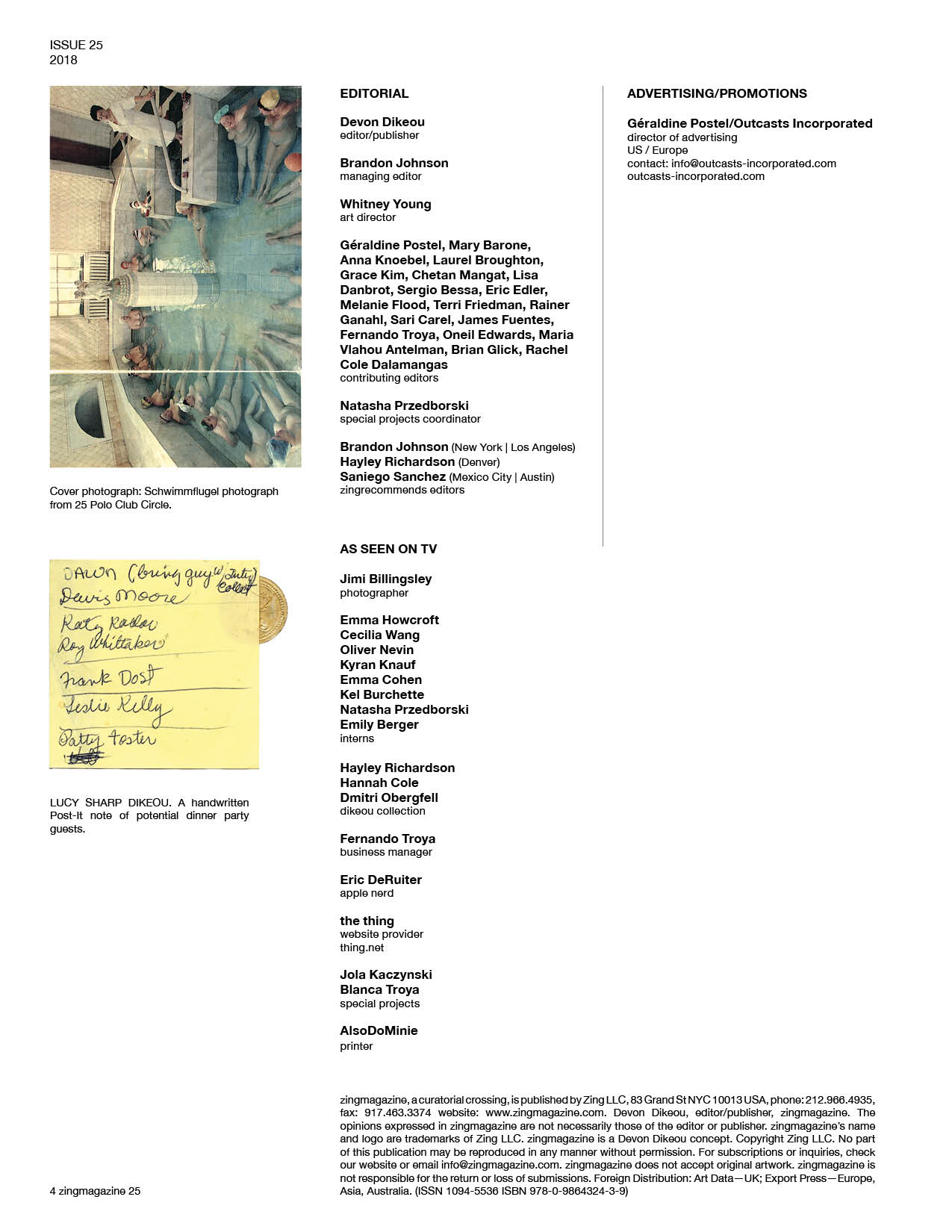
-
Sarah Staton
Mycology and Dendrology
Sarah Staton
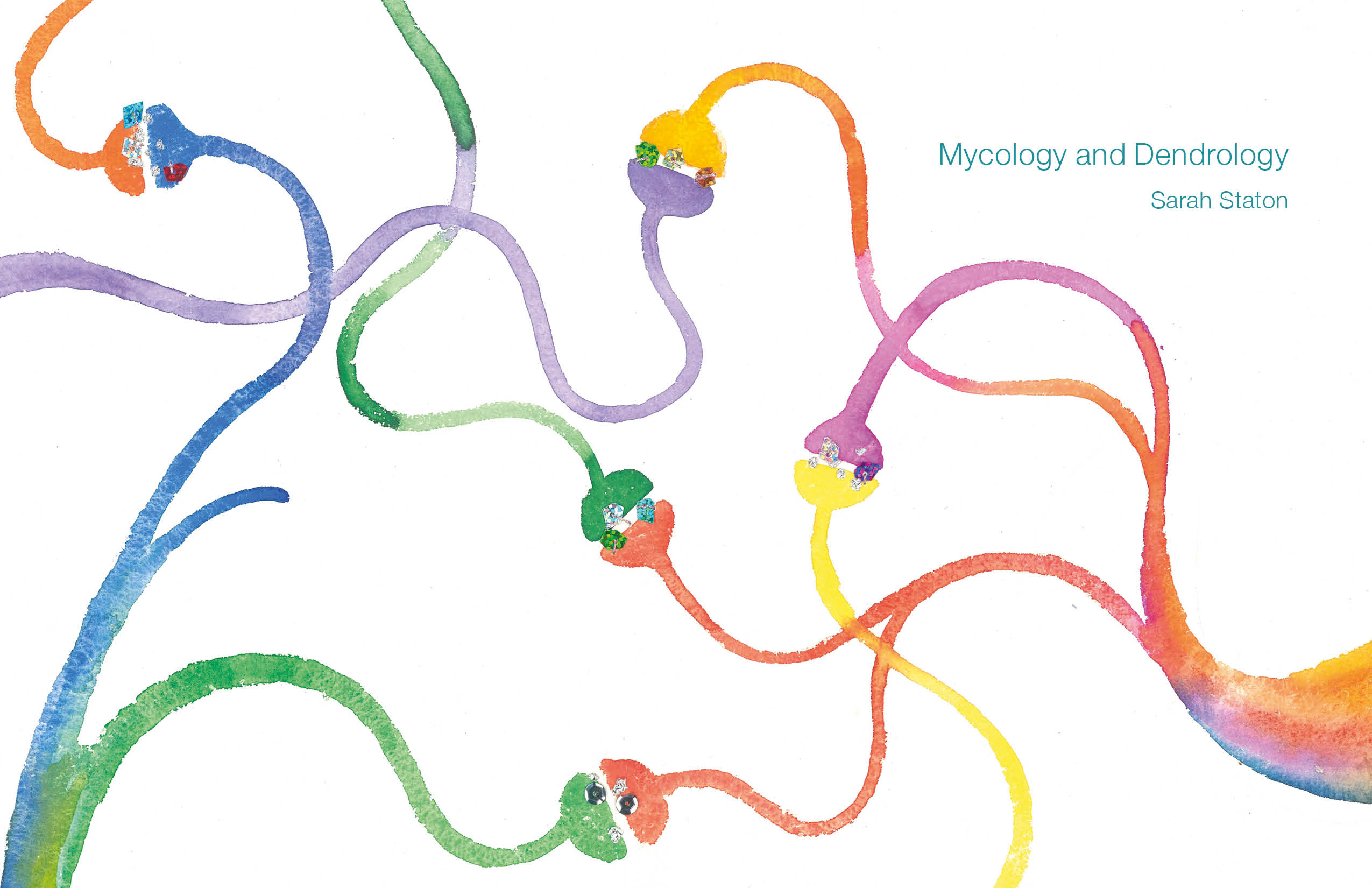
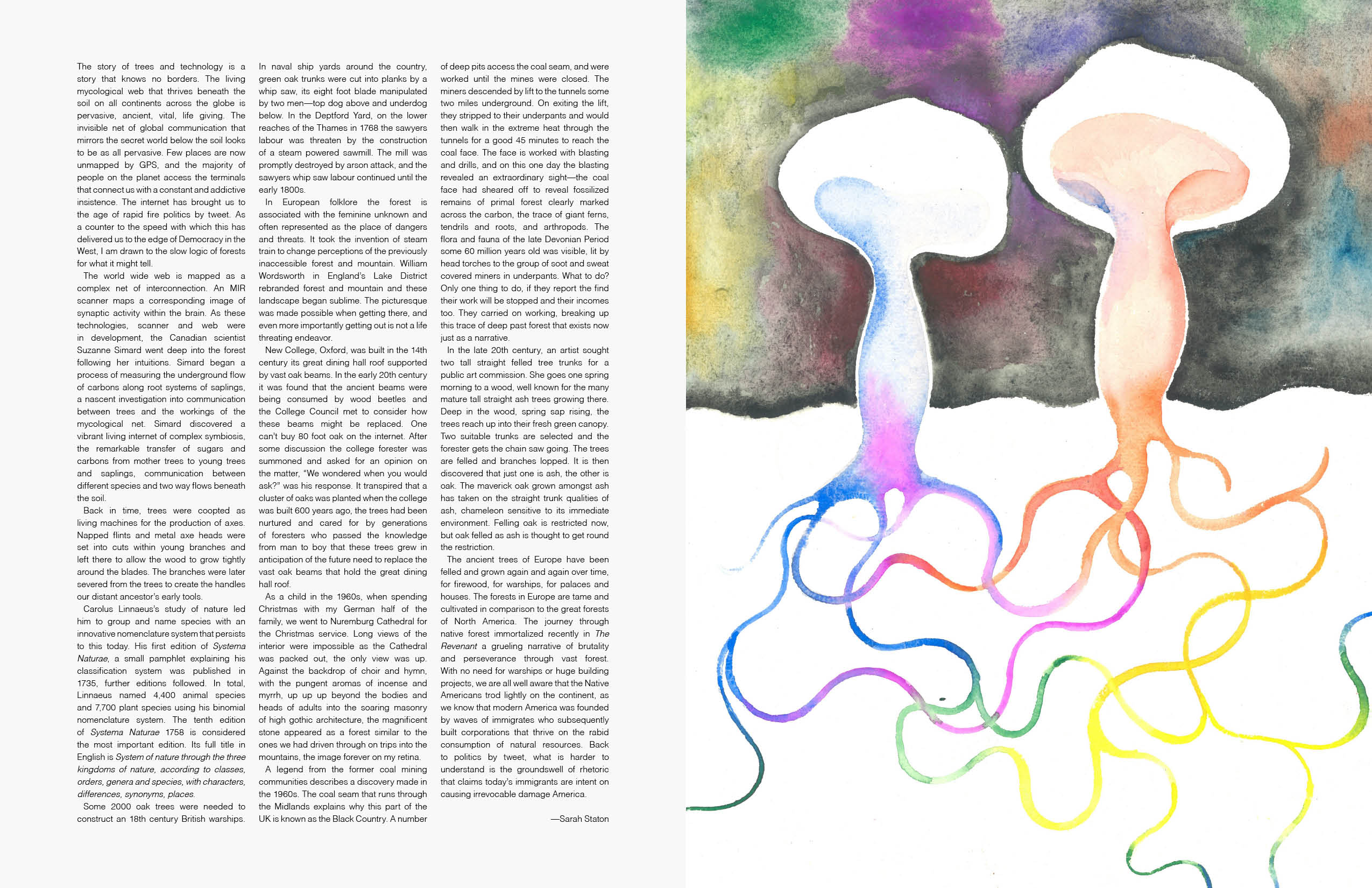
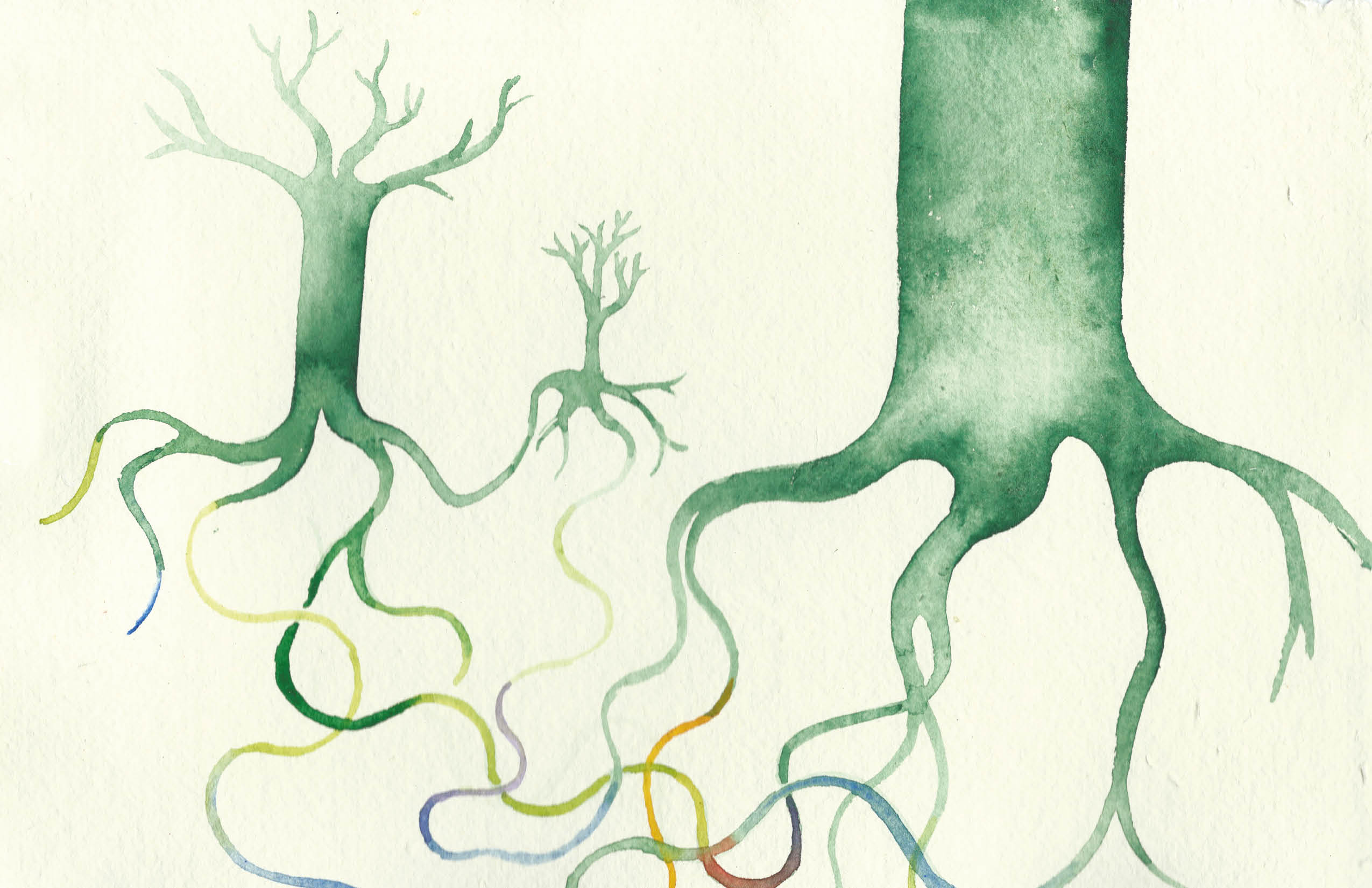
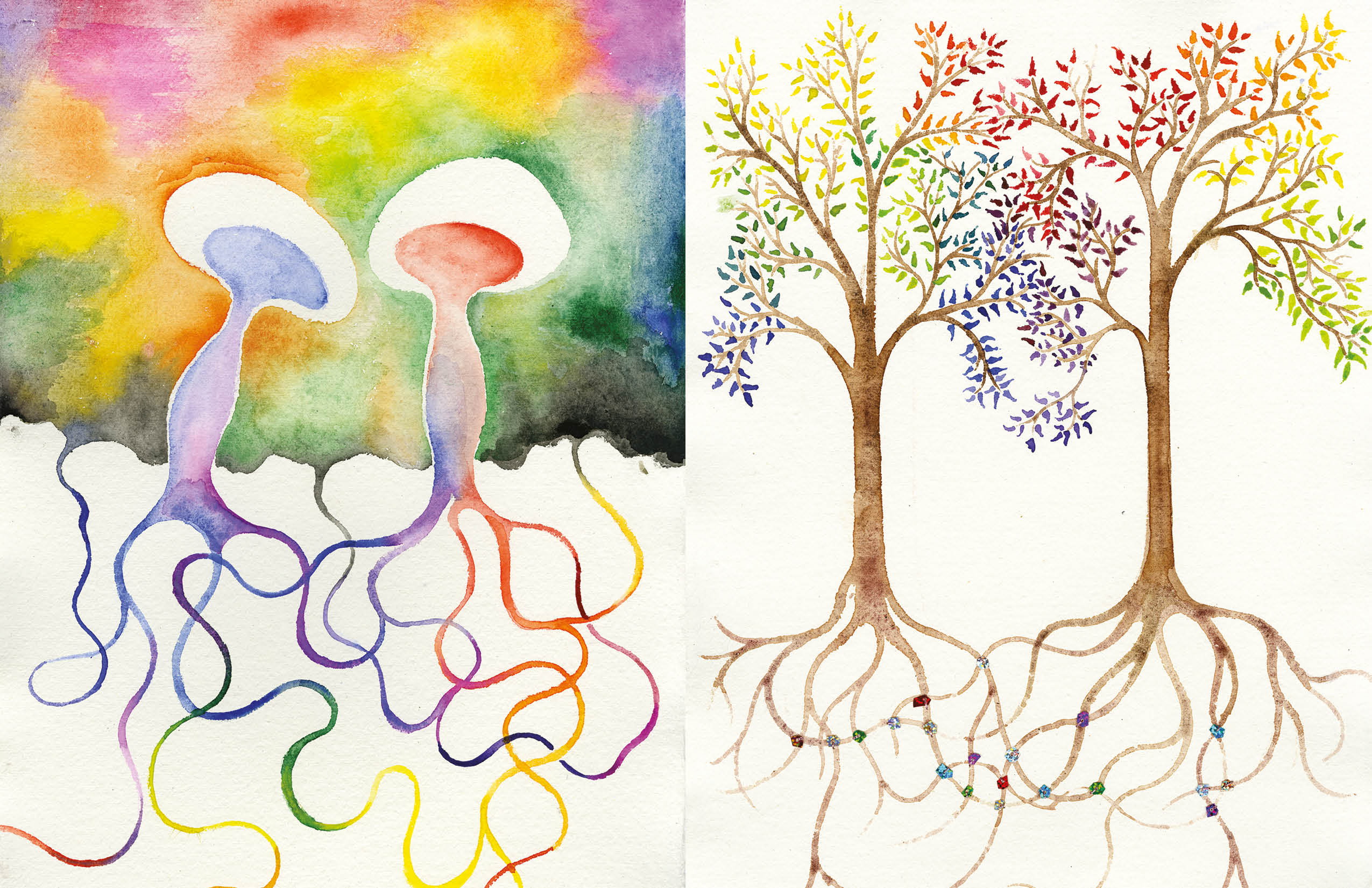
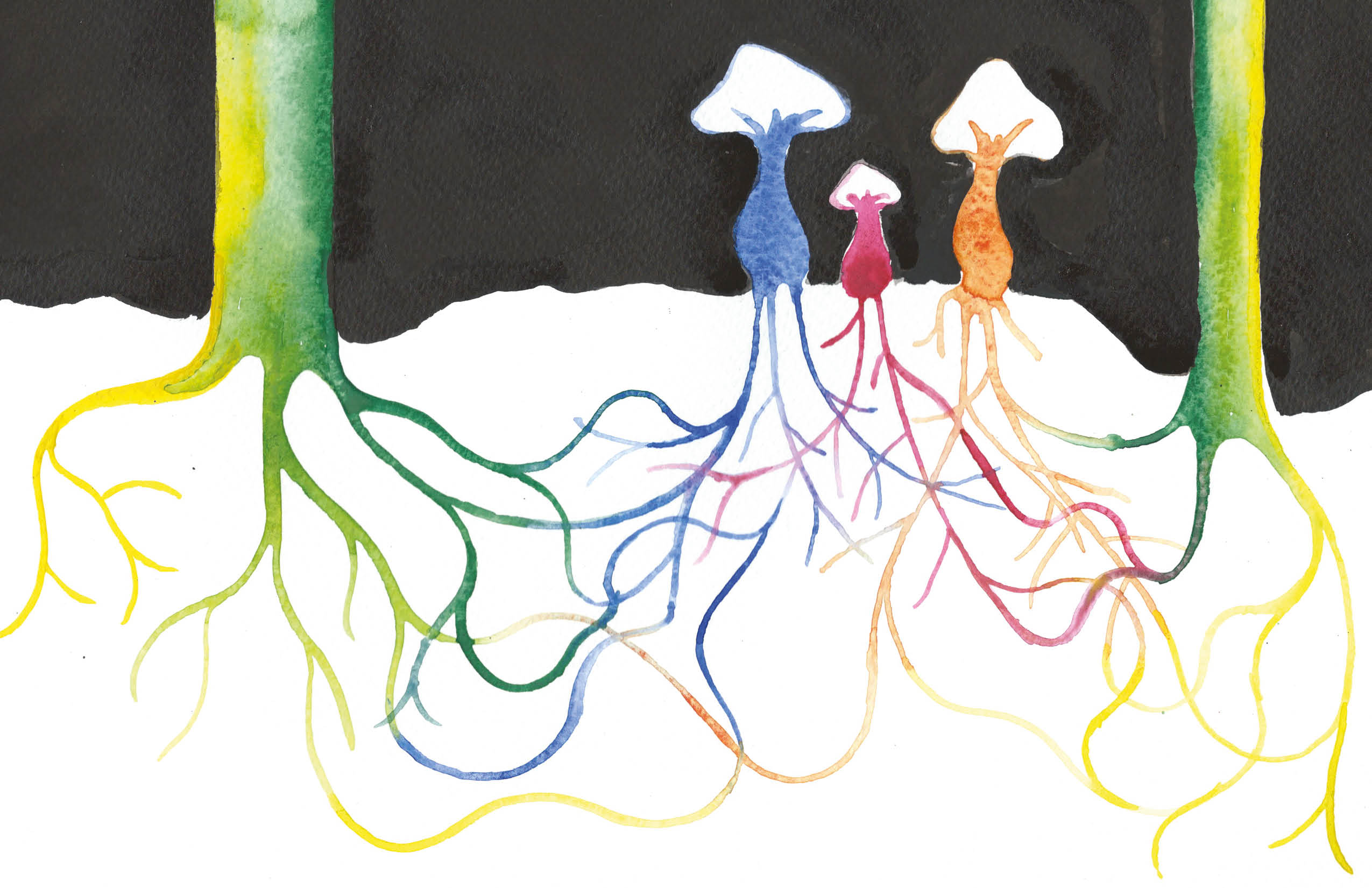
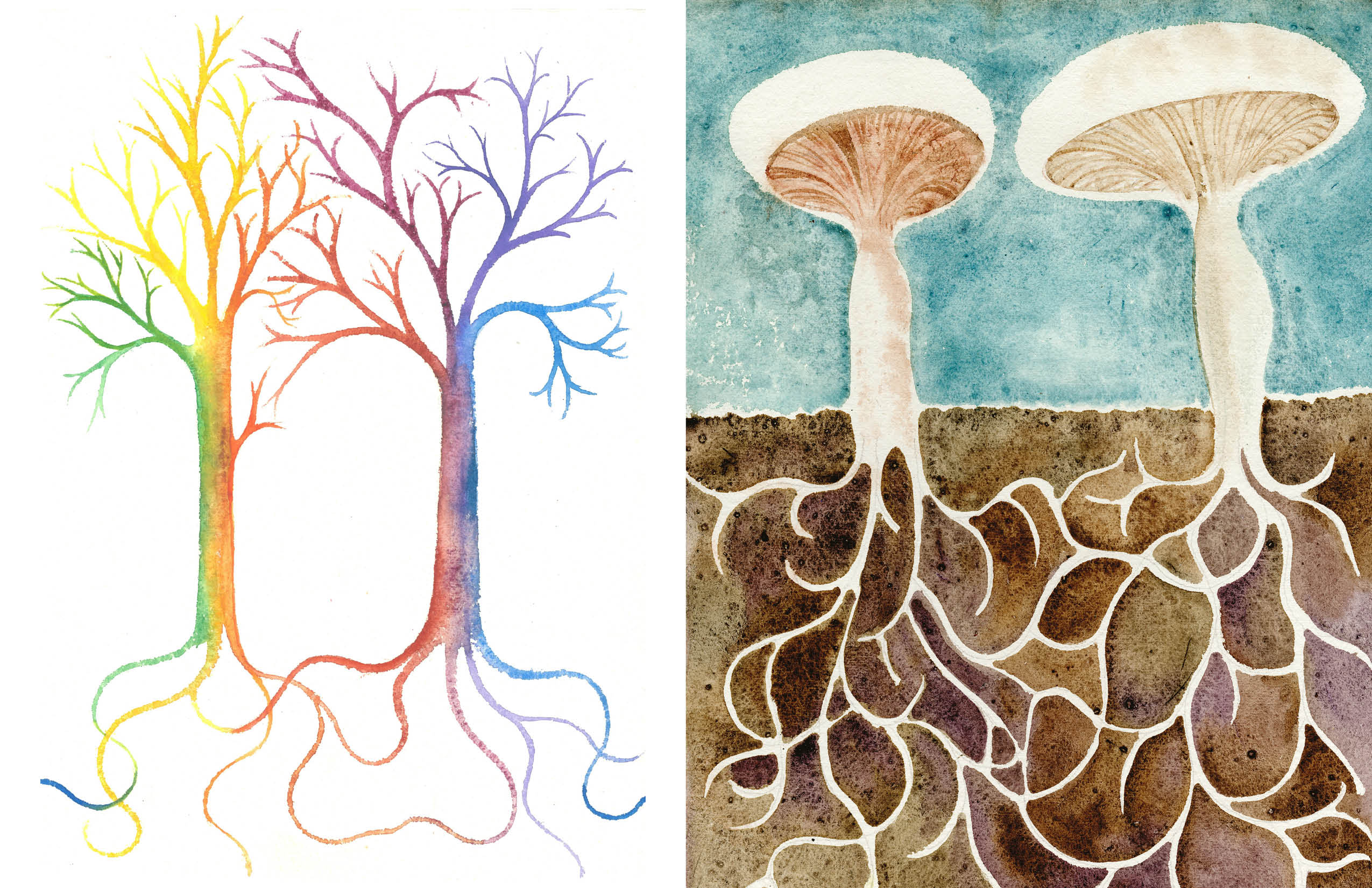
-
Amy Gartrell
Curate My Death
Amy Gartrell
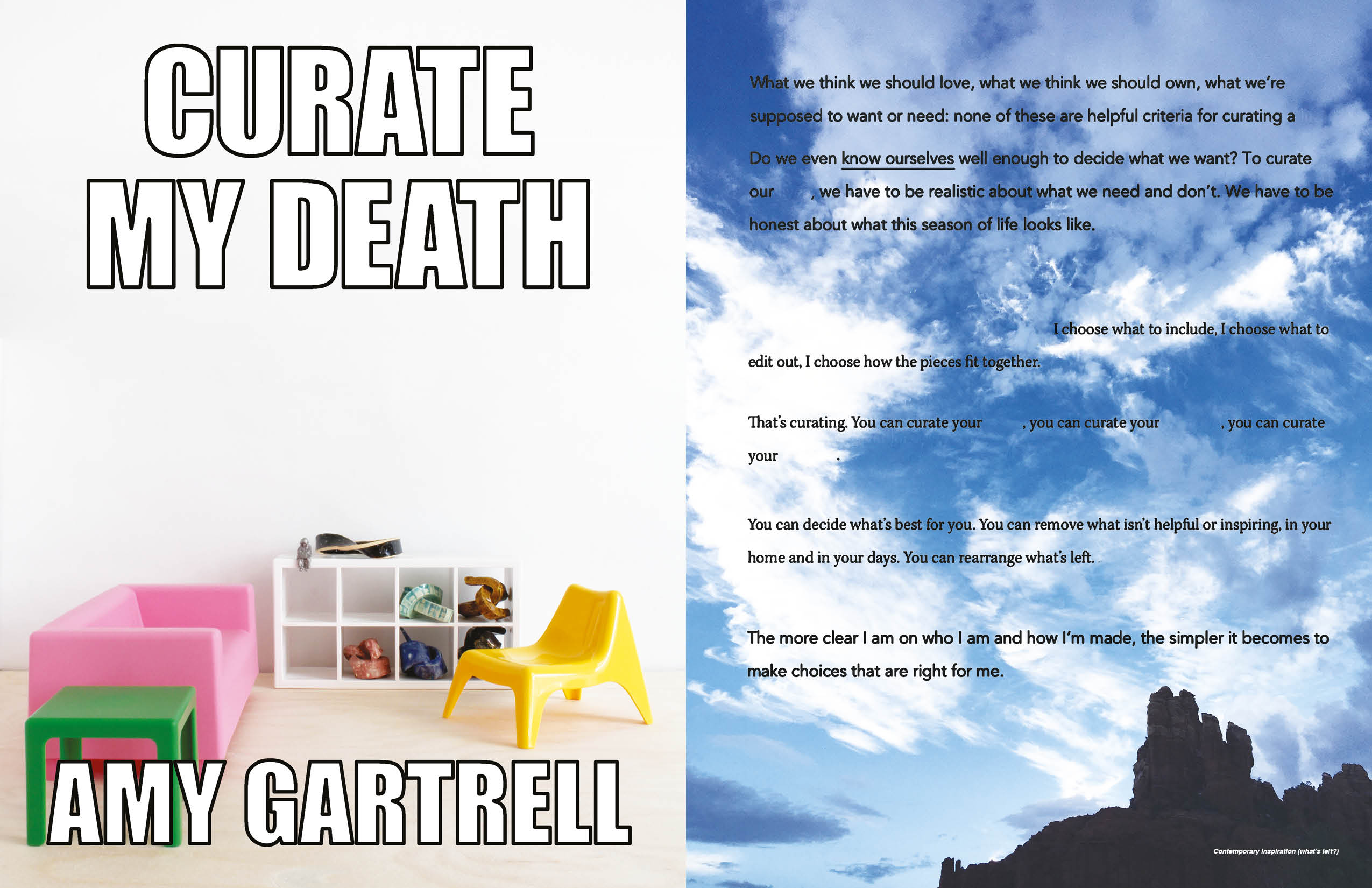
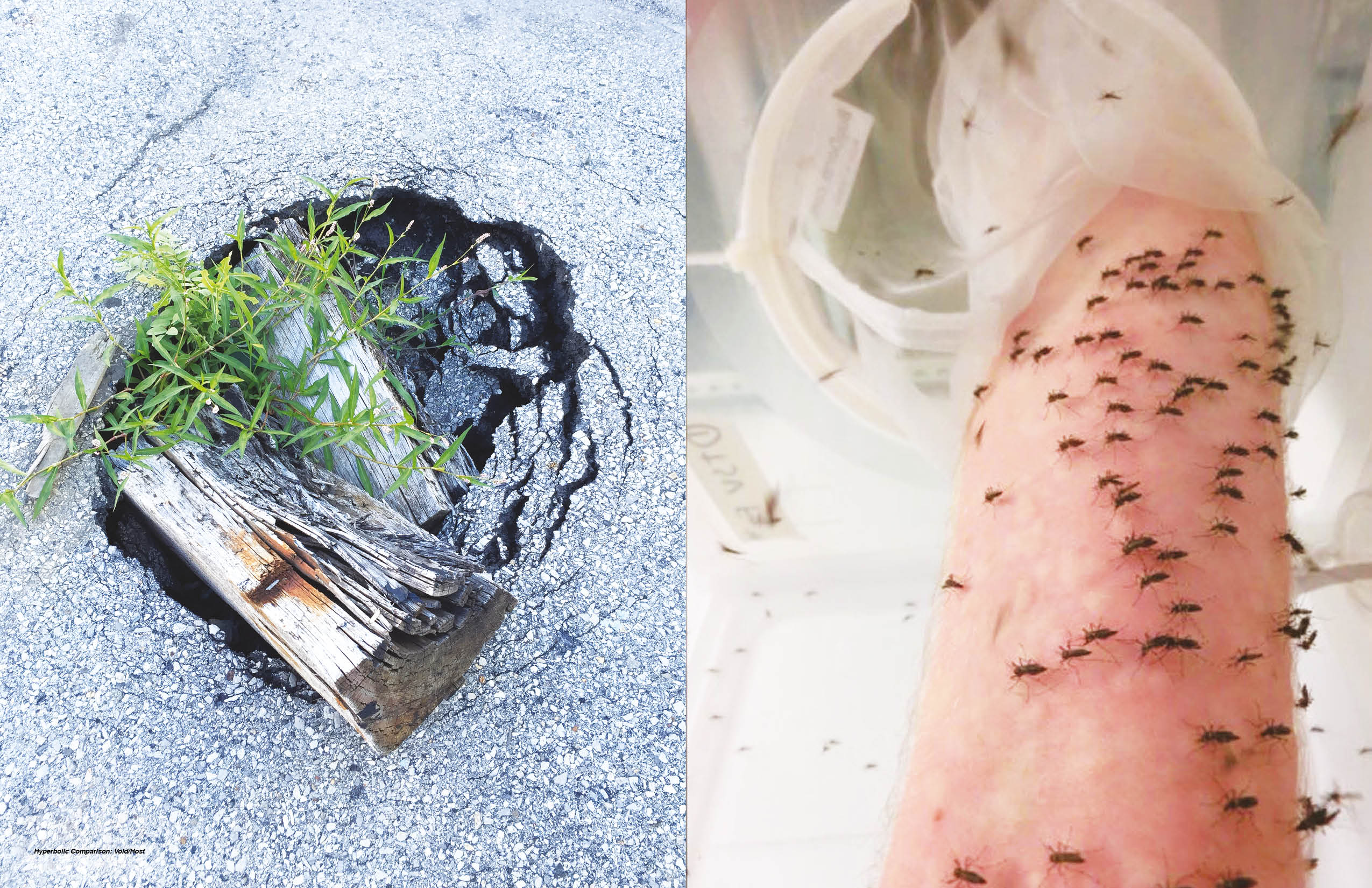
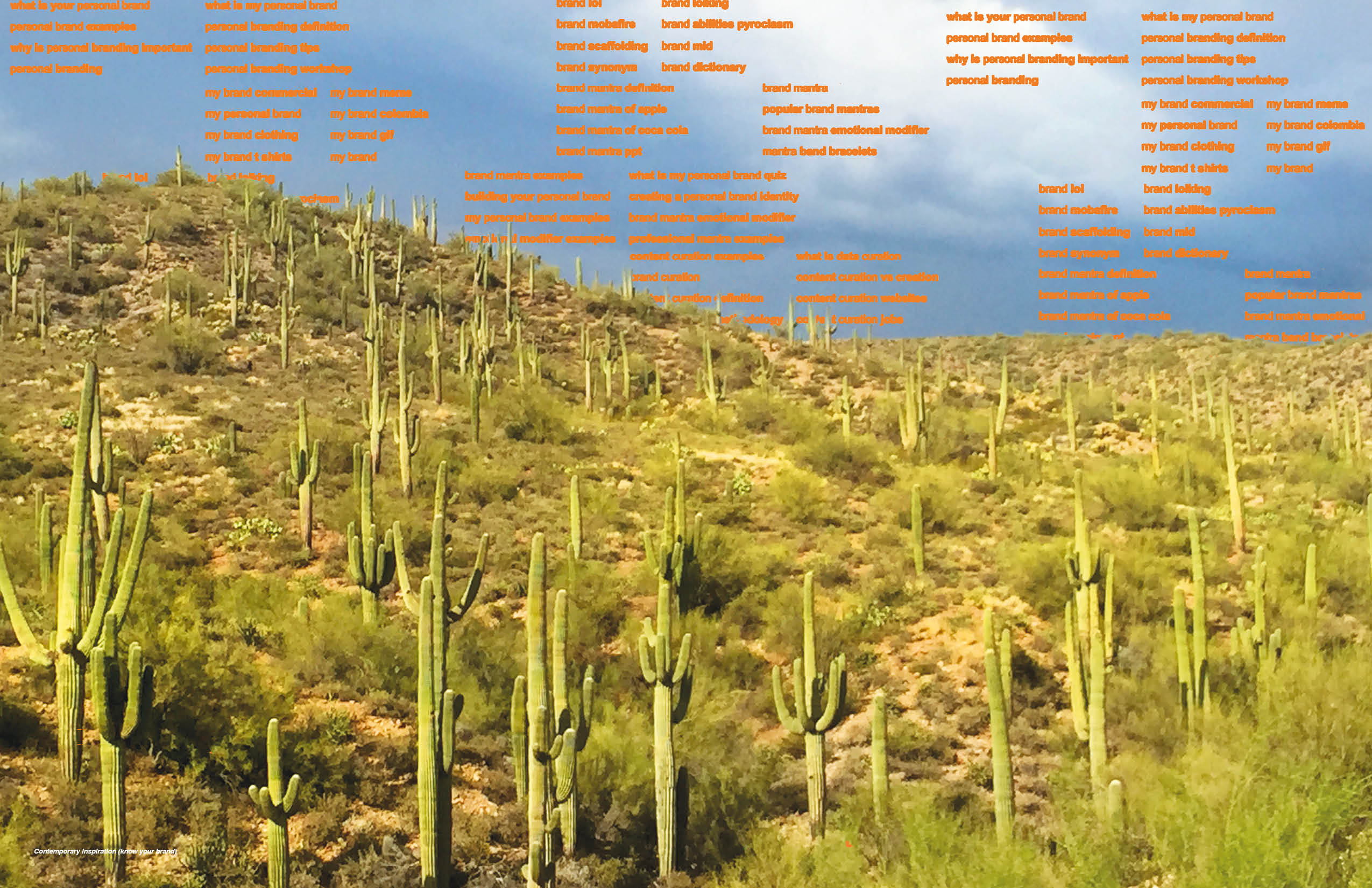

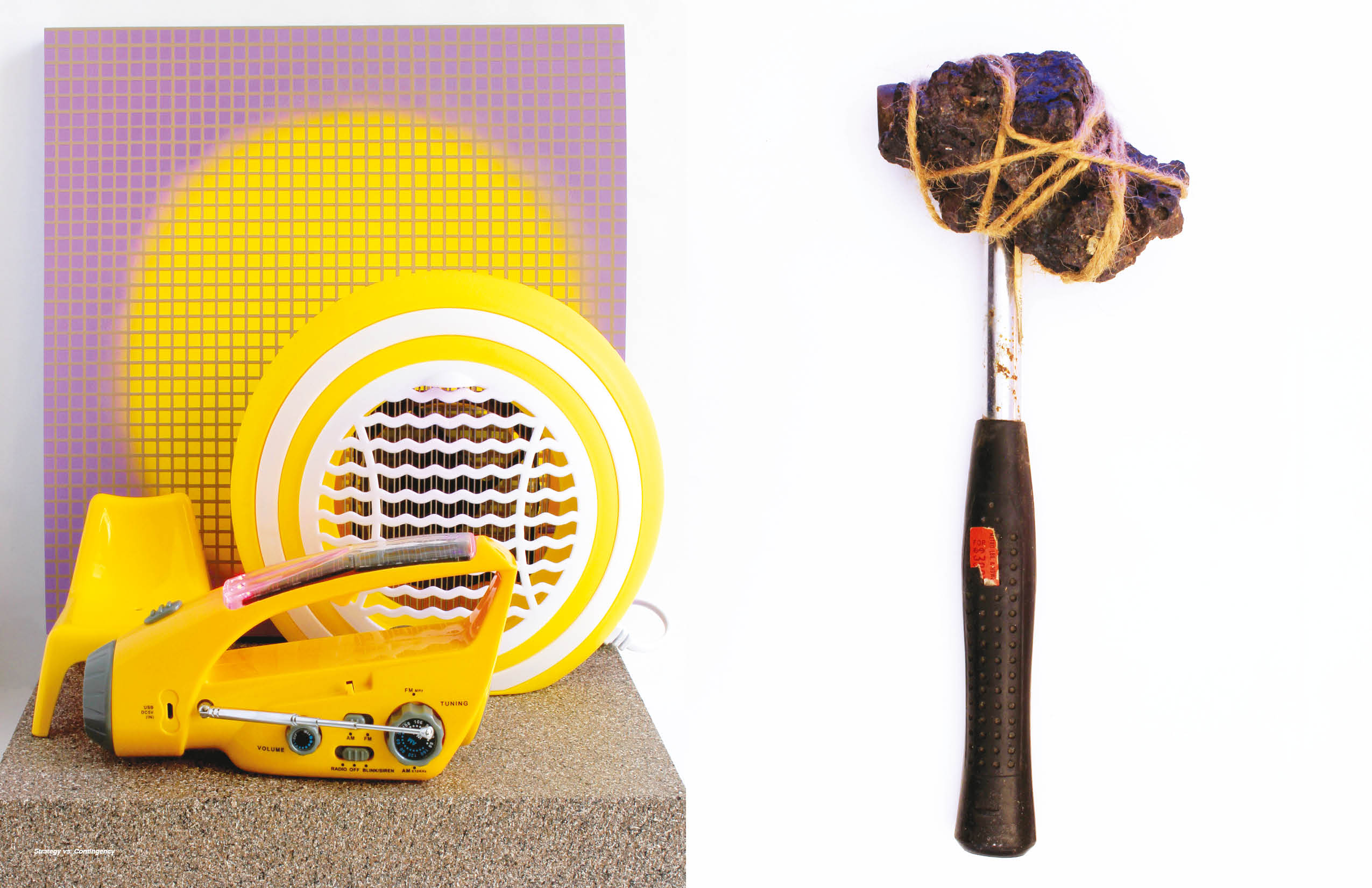
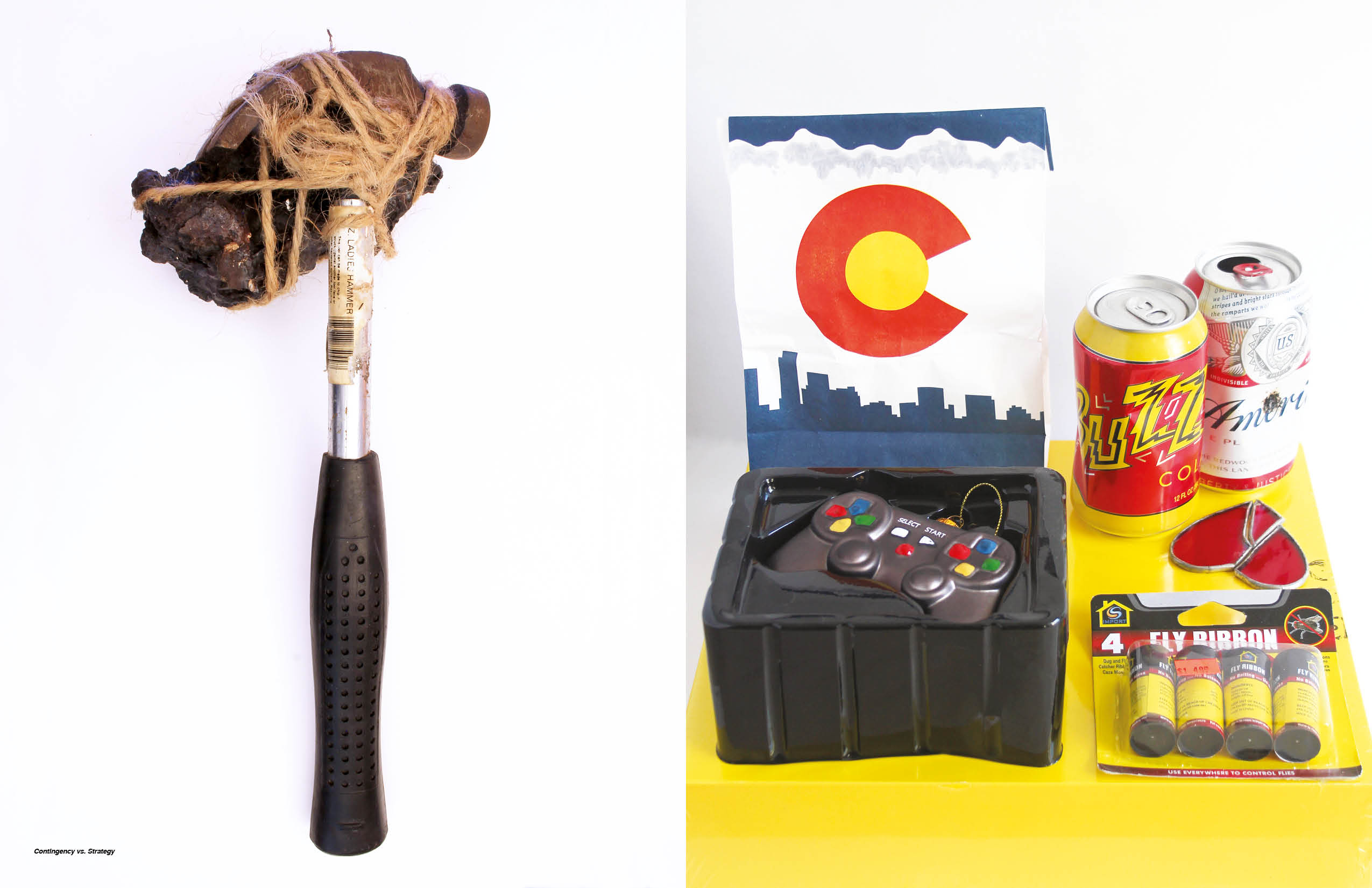
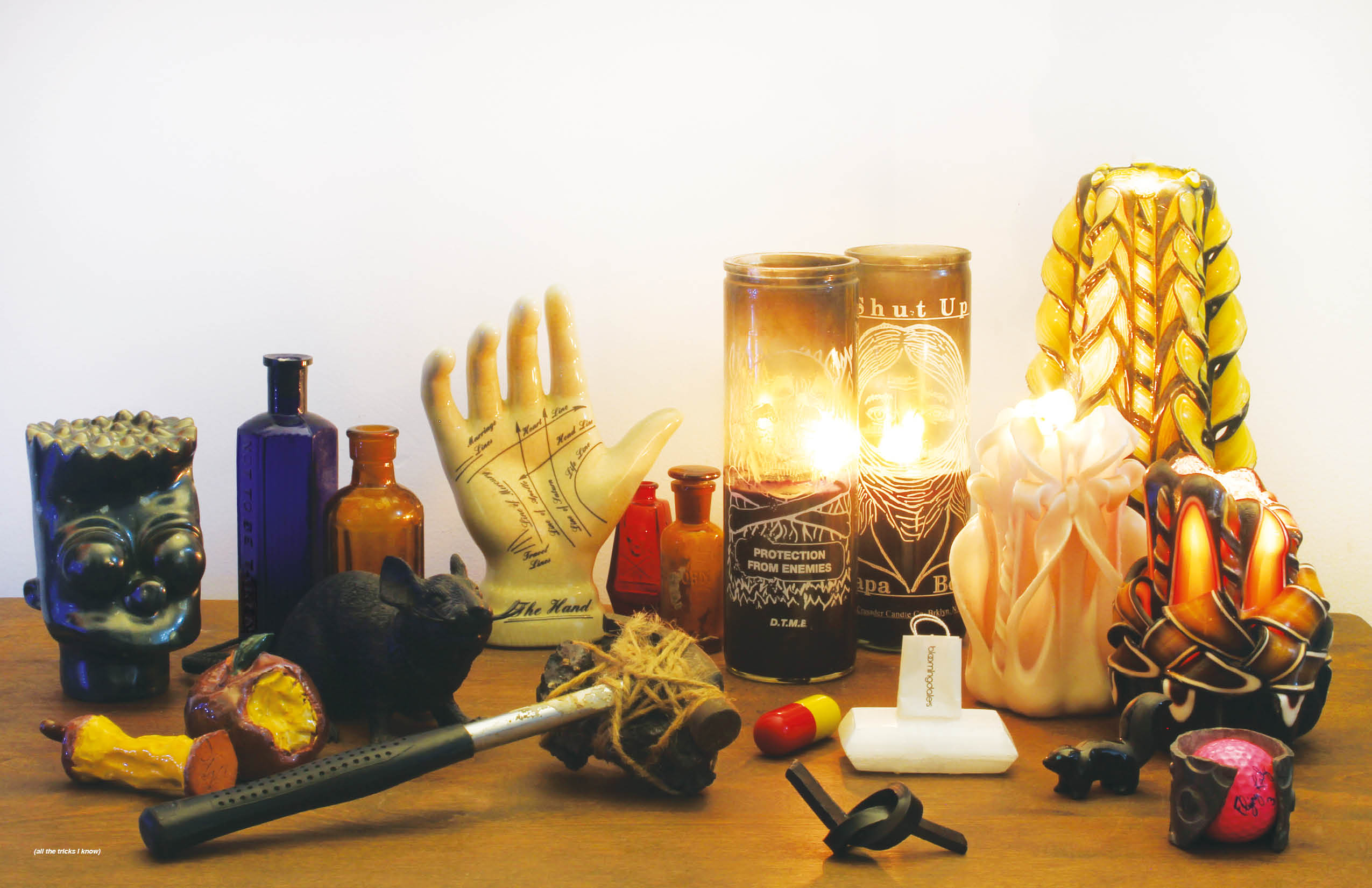
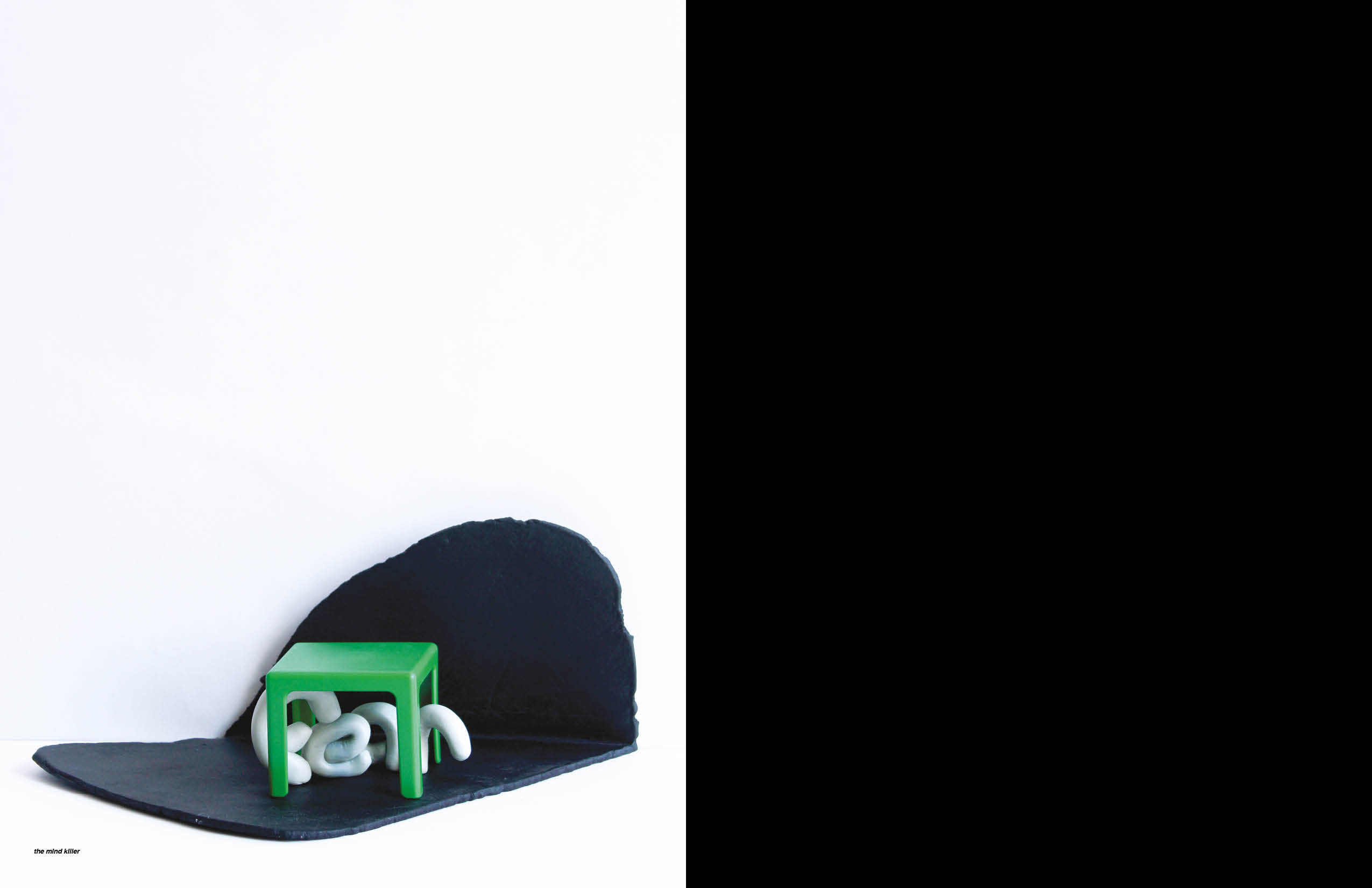
-
Rachel Cole Dalamangas
The Leftovers
Rachel Cole Dalamangas
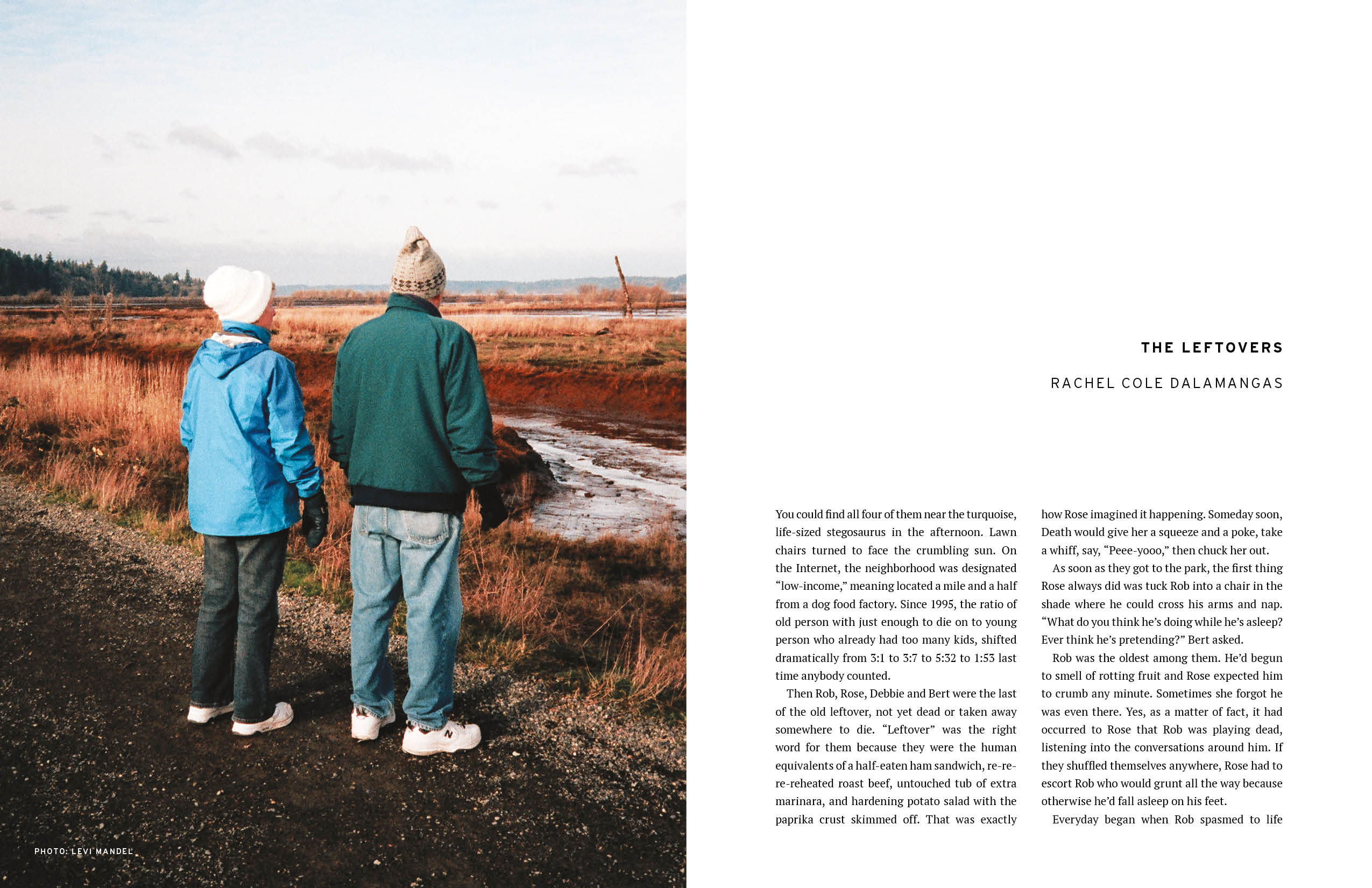
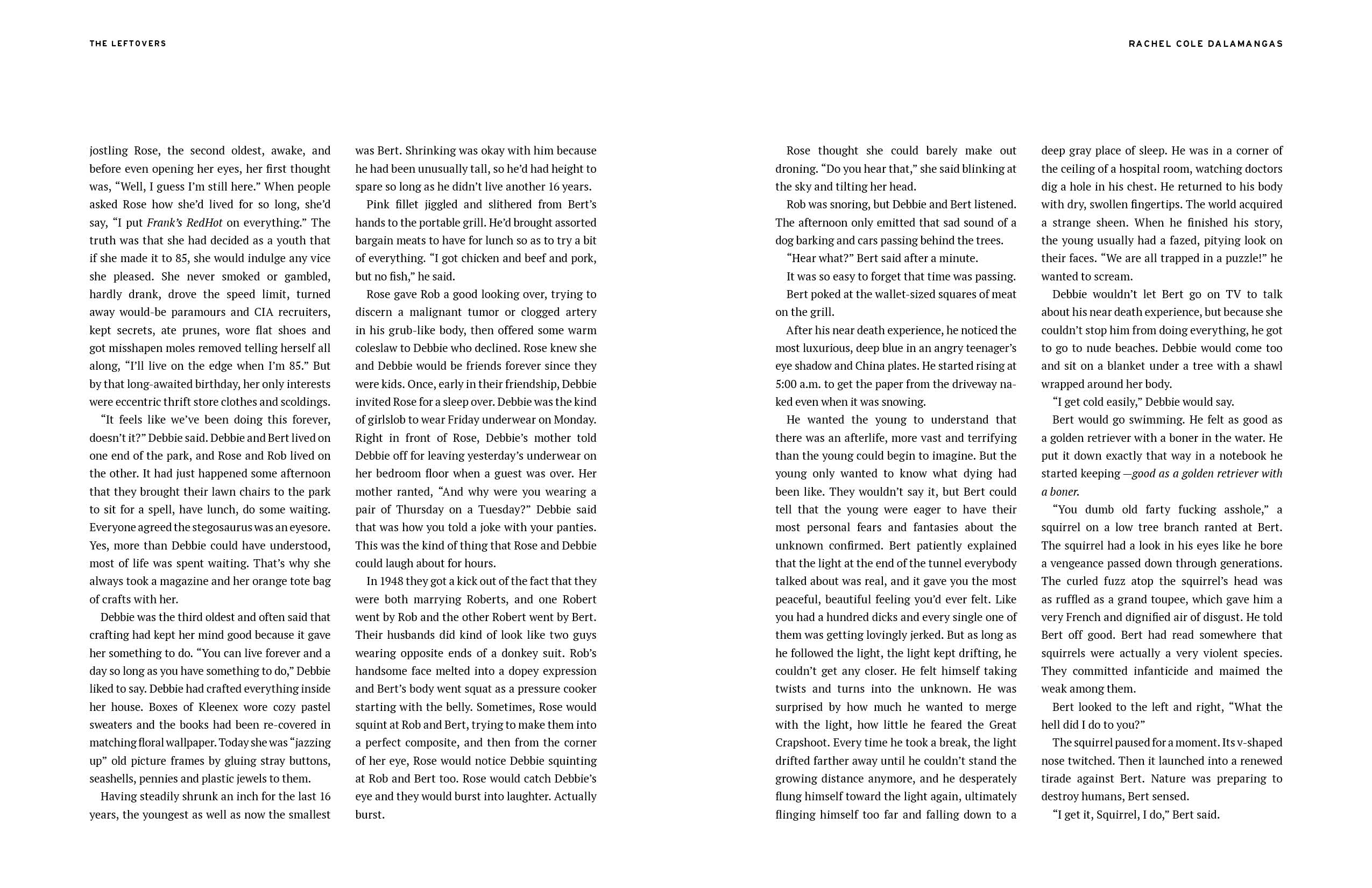
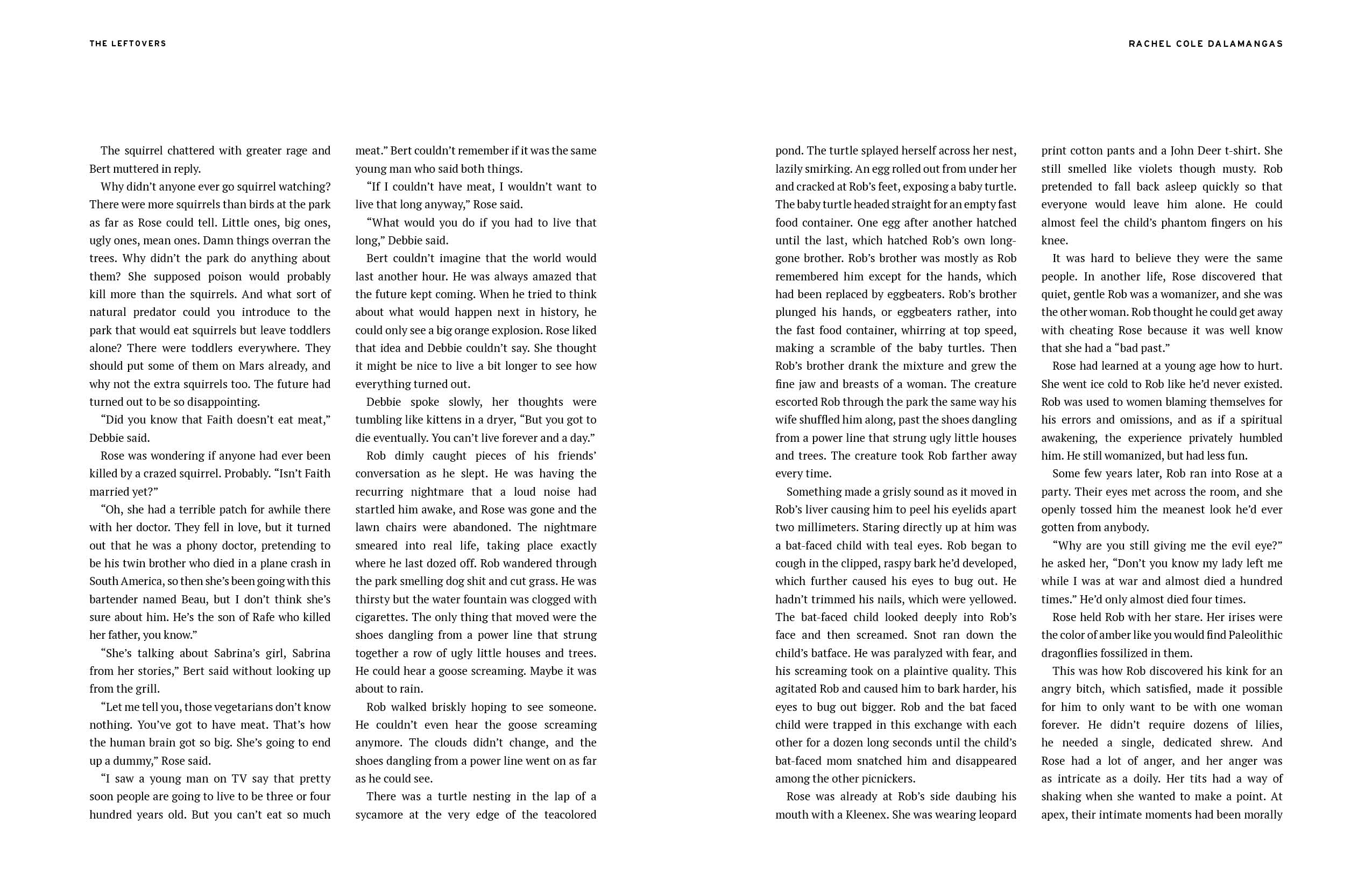
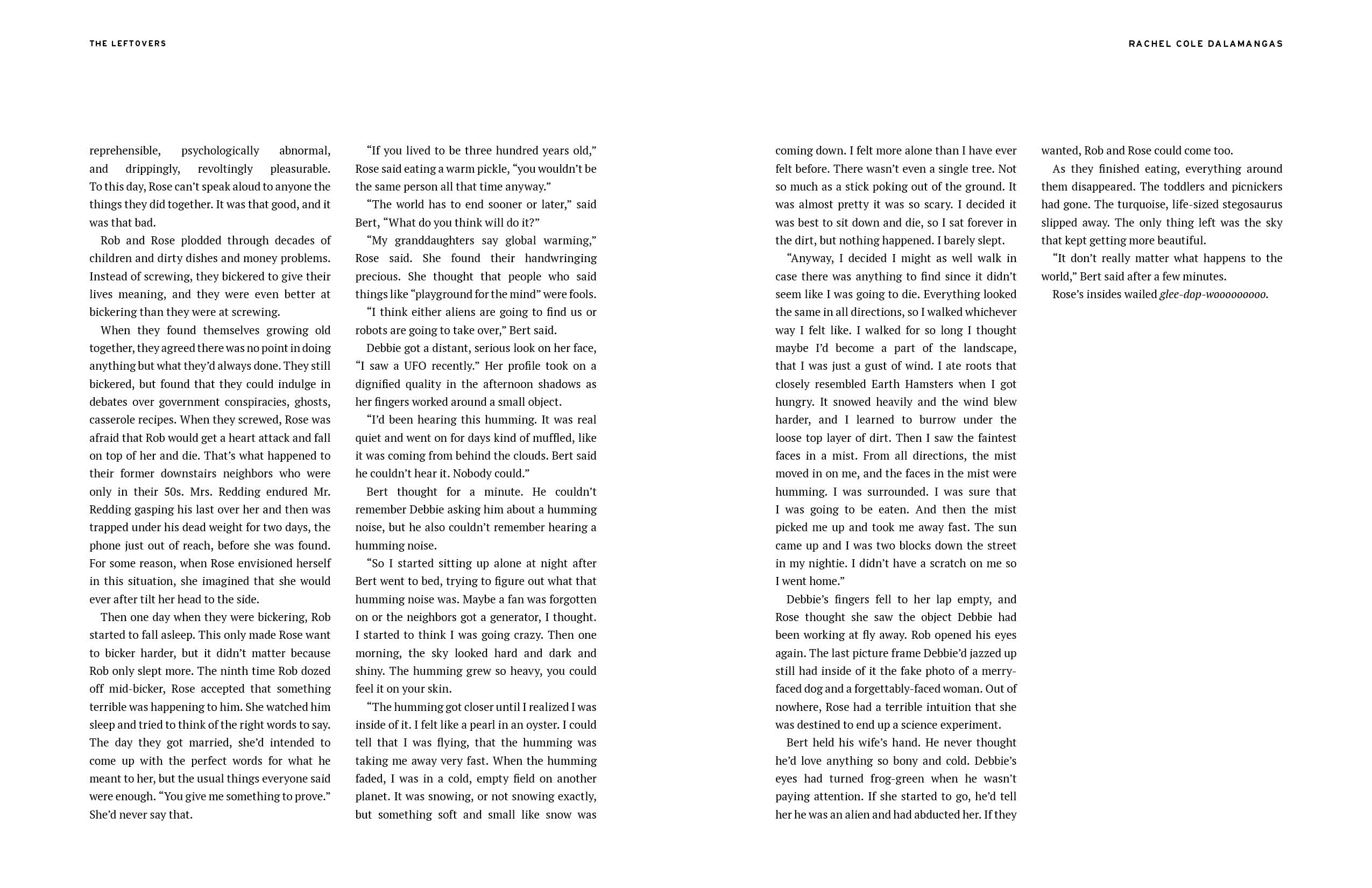
-
Allan McCollum
Allan McCollum: 1968-1977
Allan McCollum
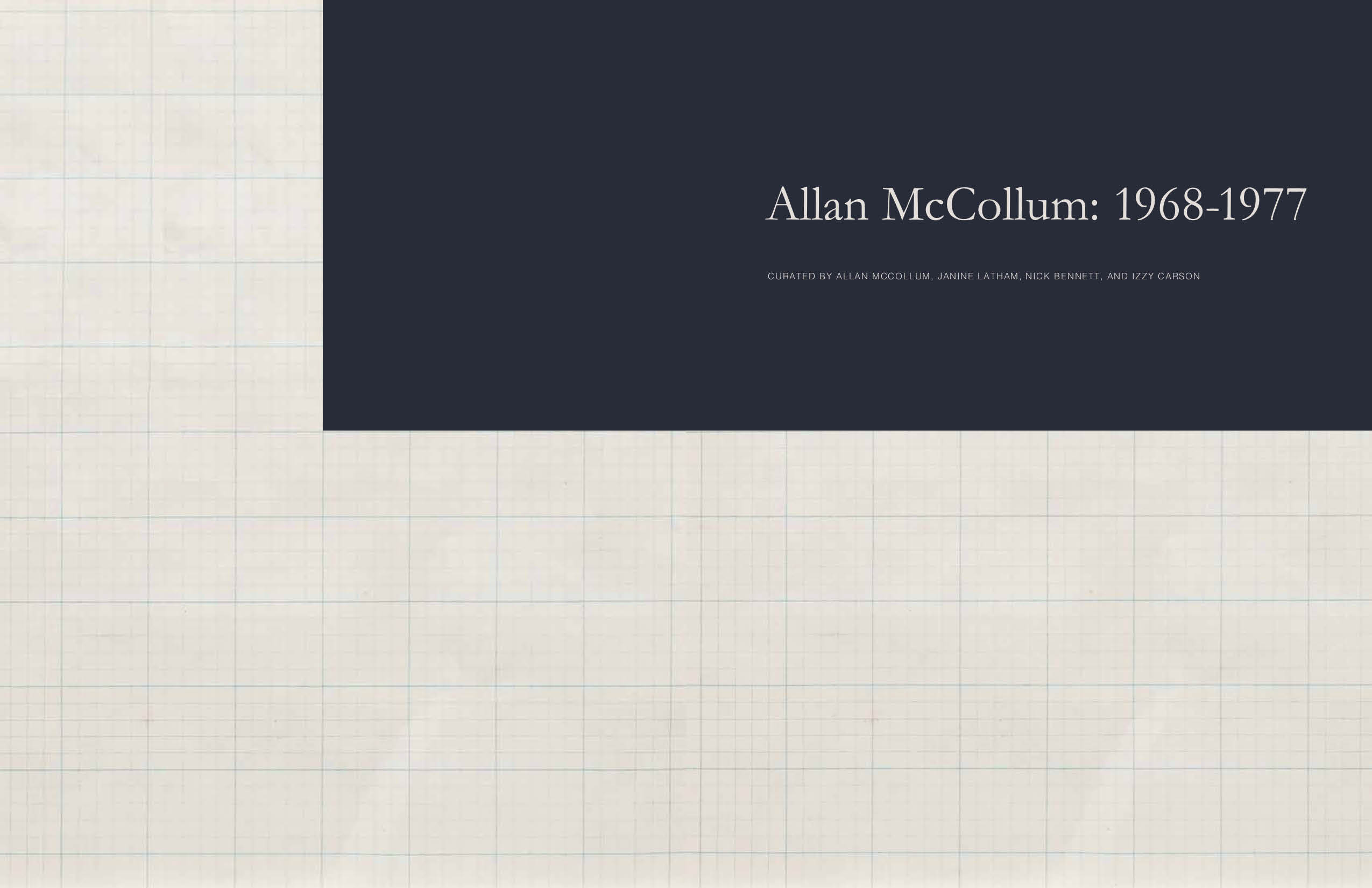
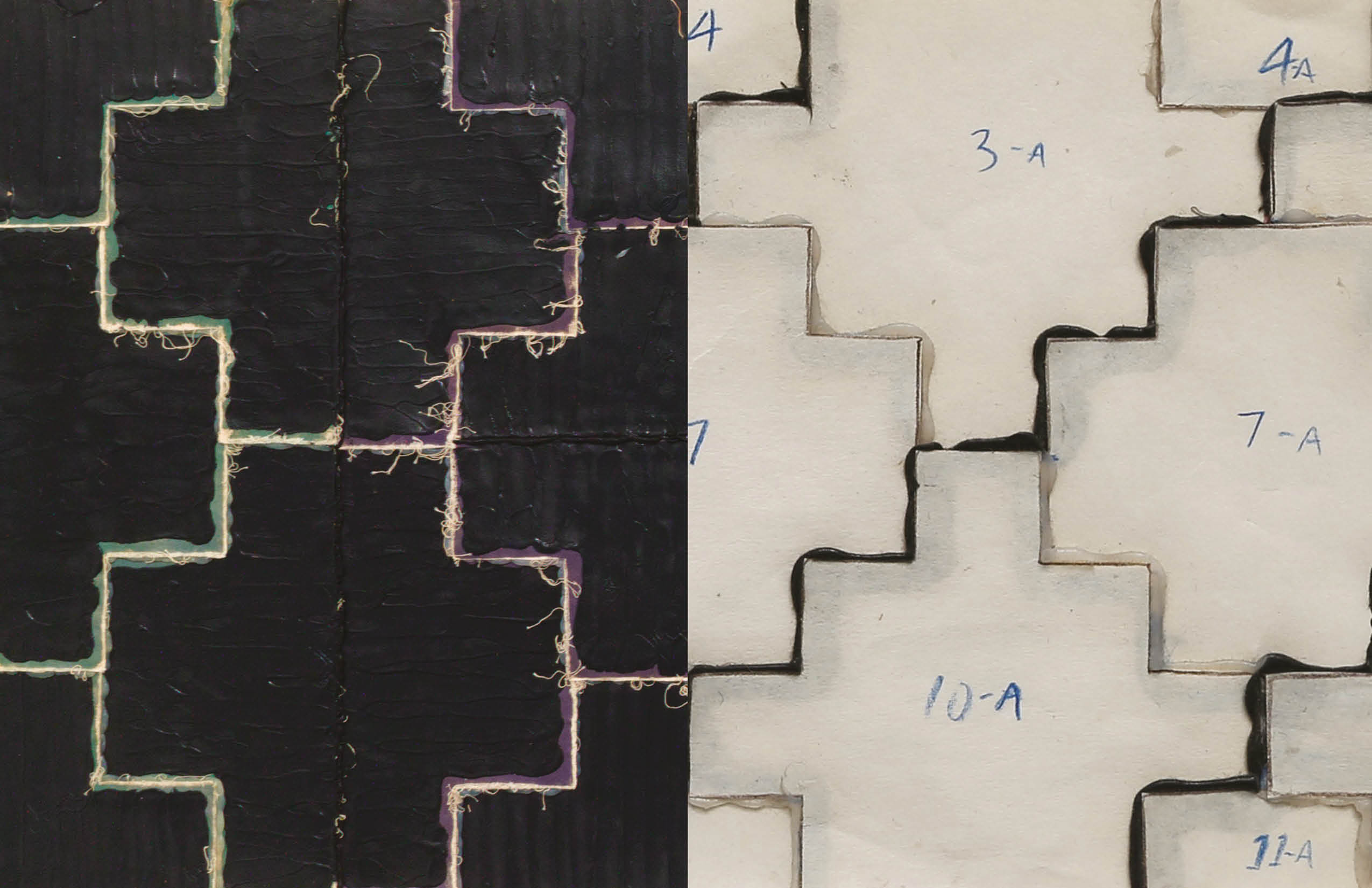
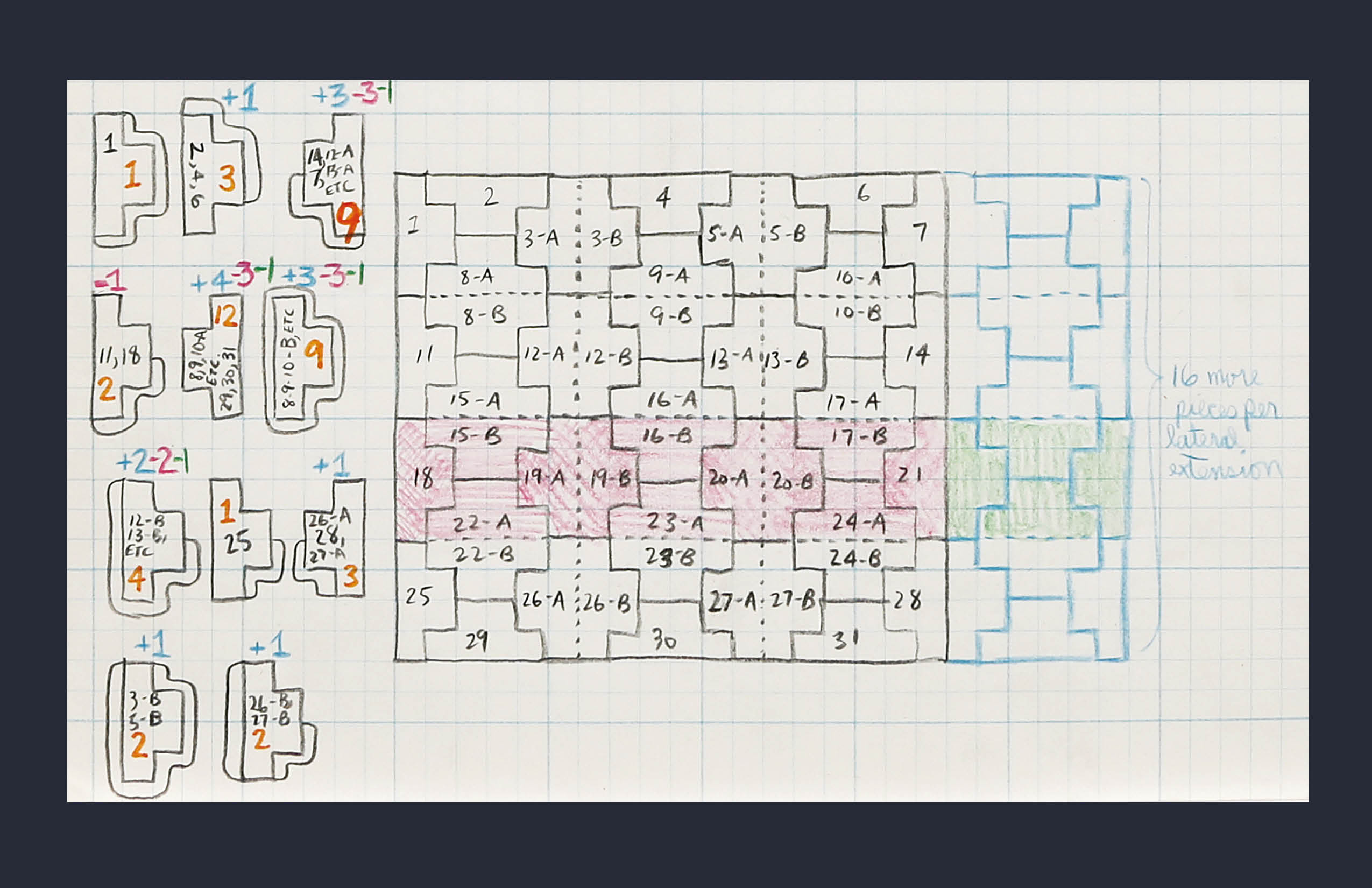
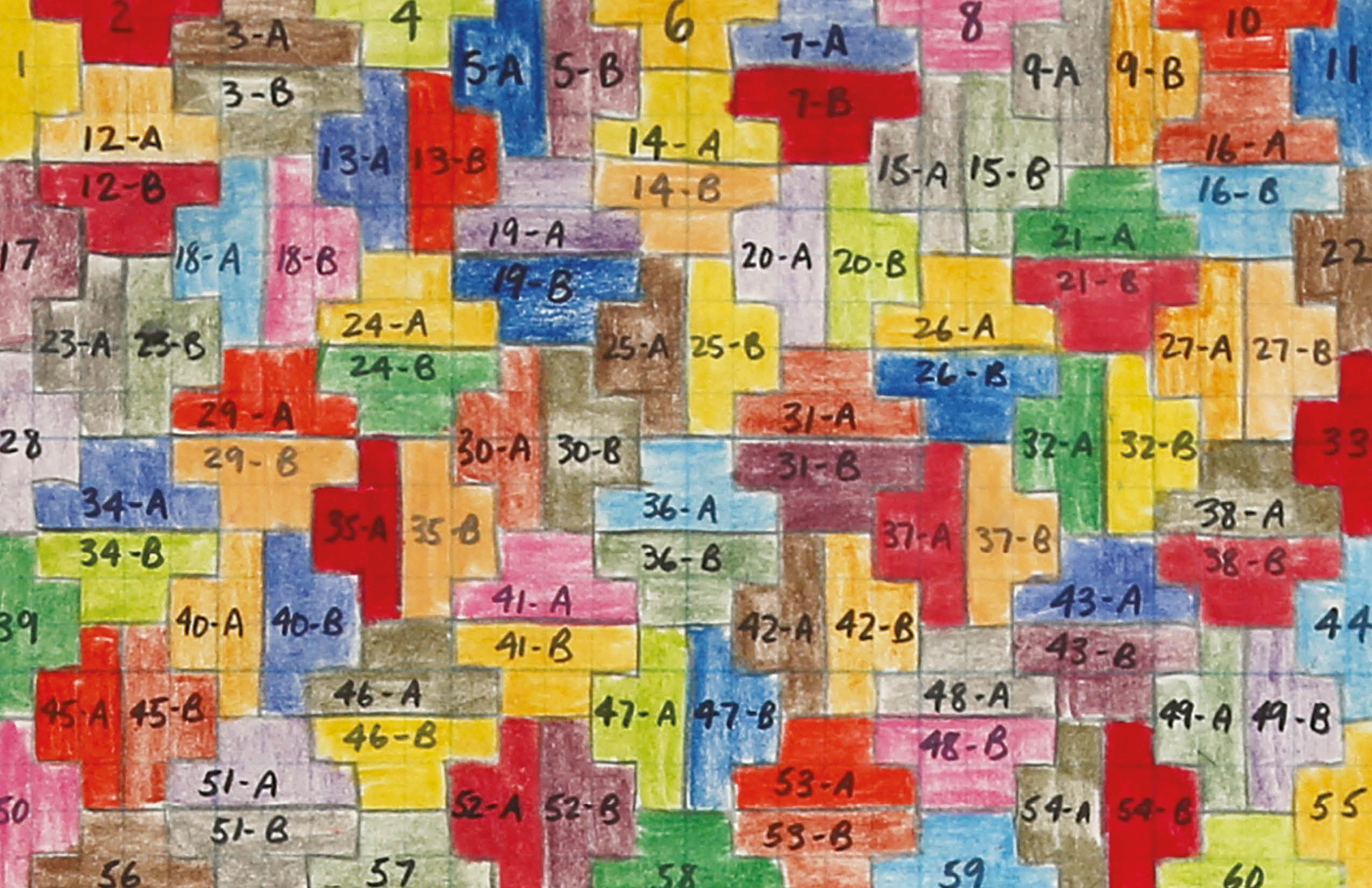
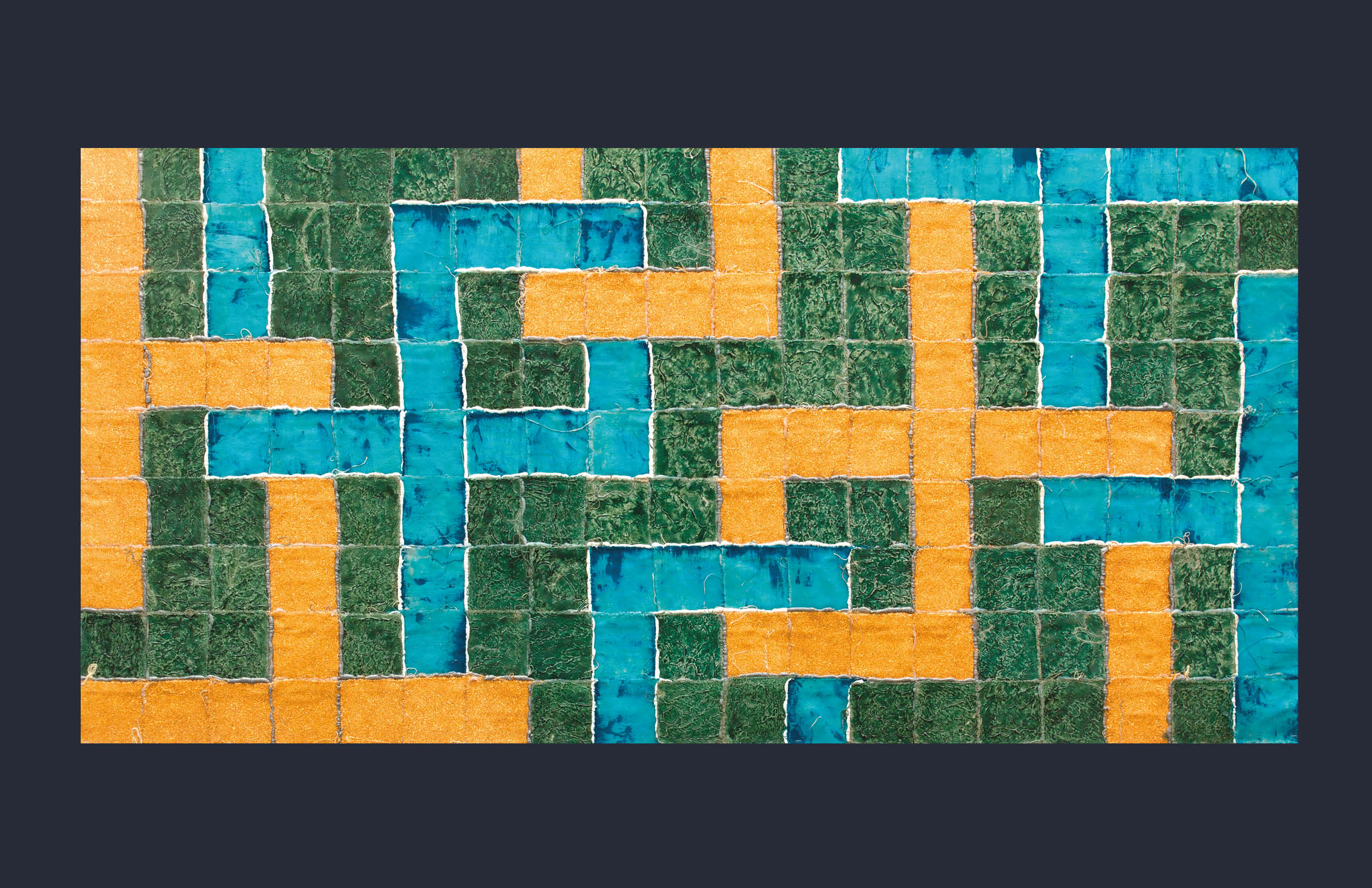
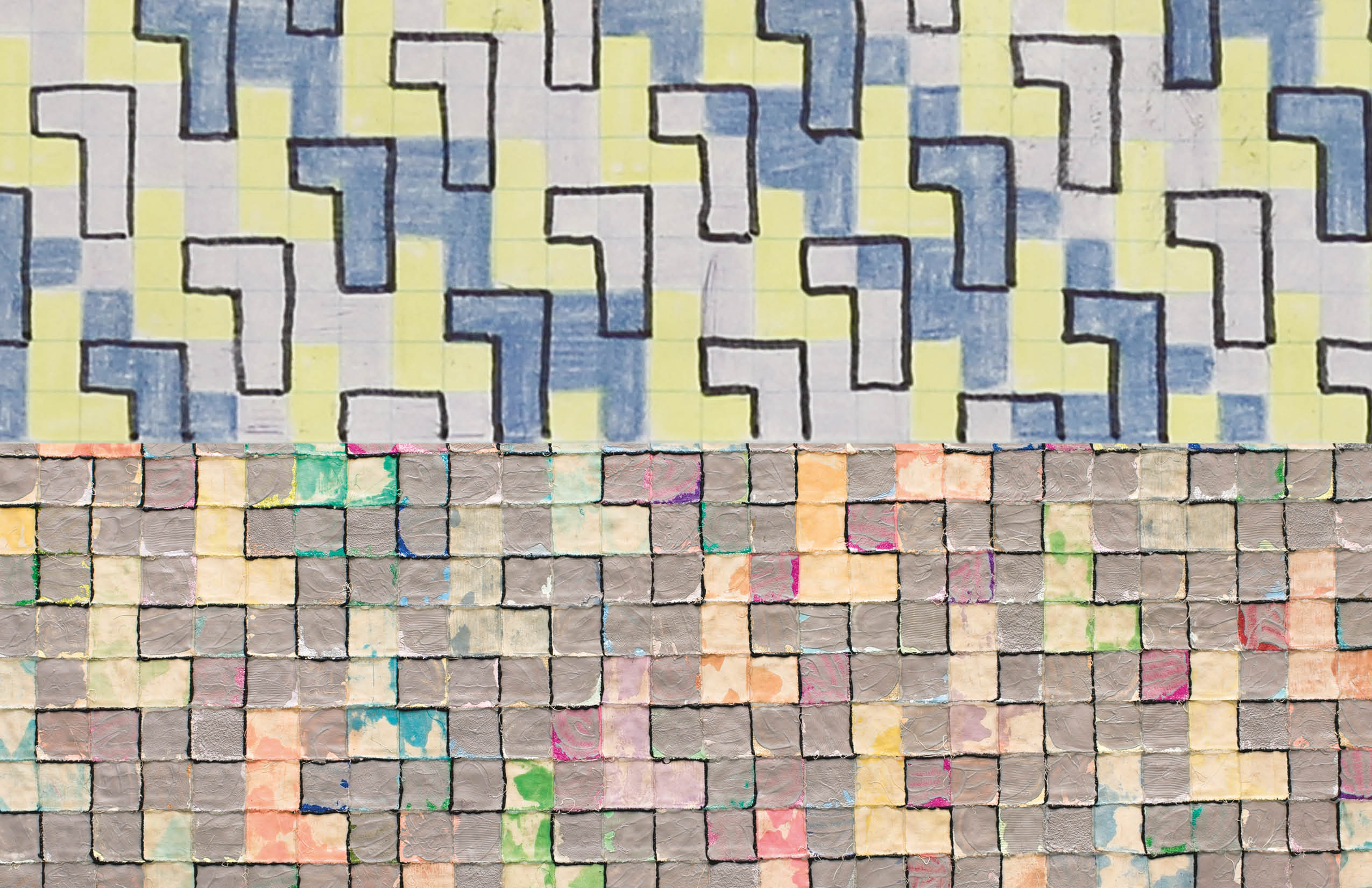
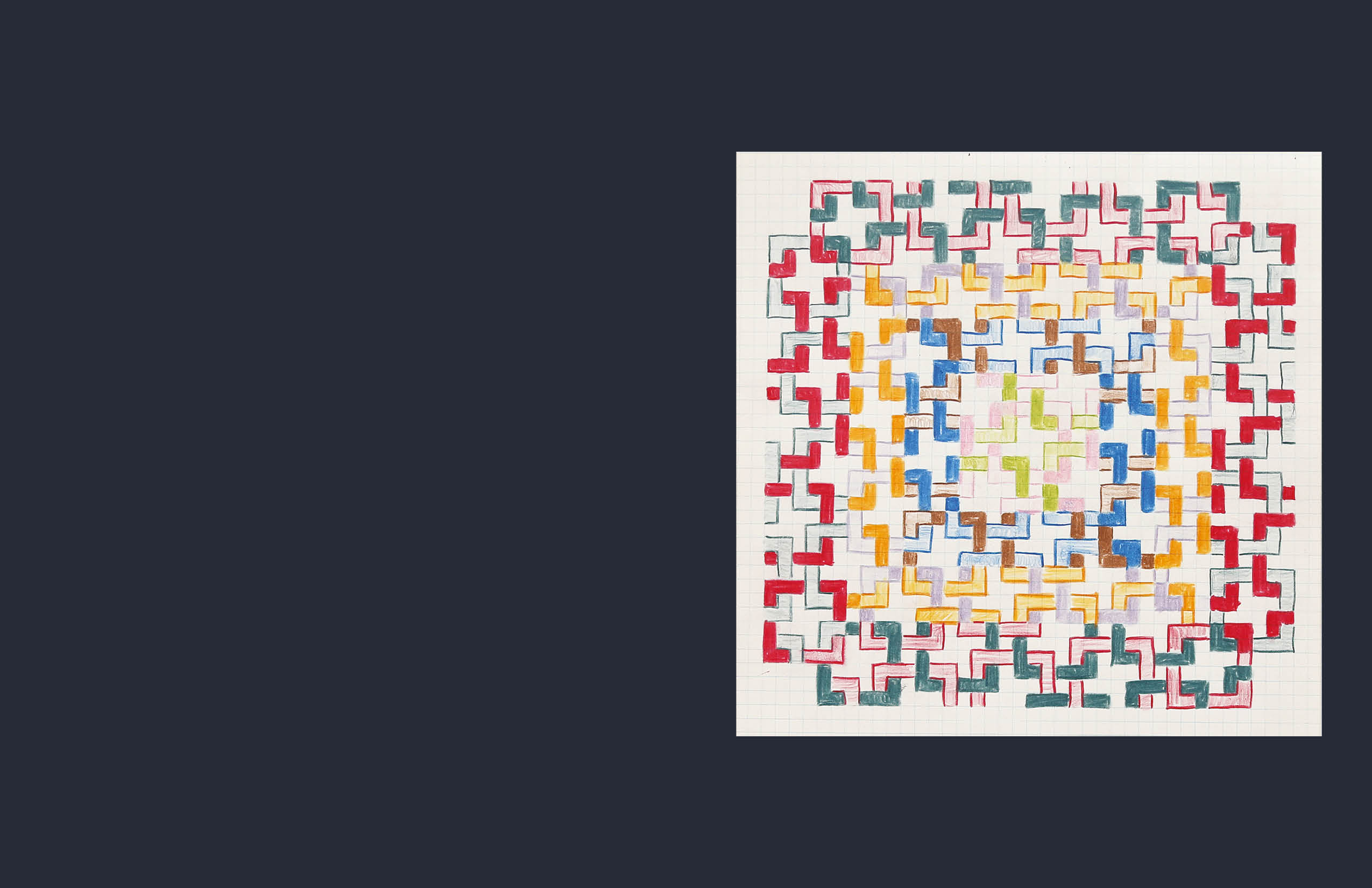
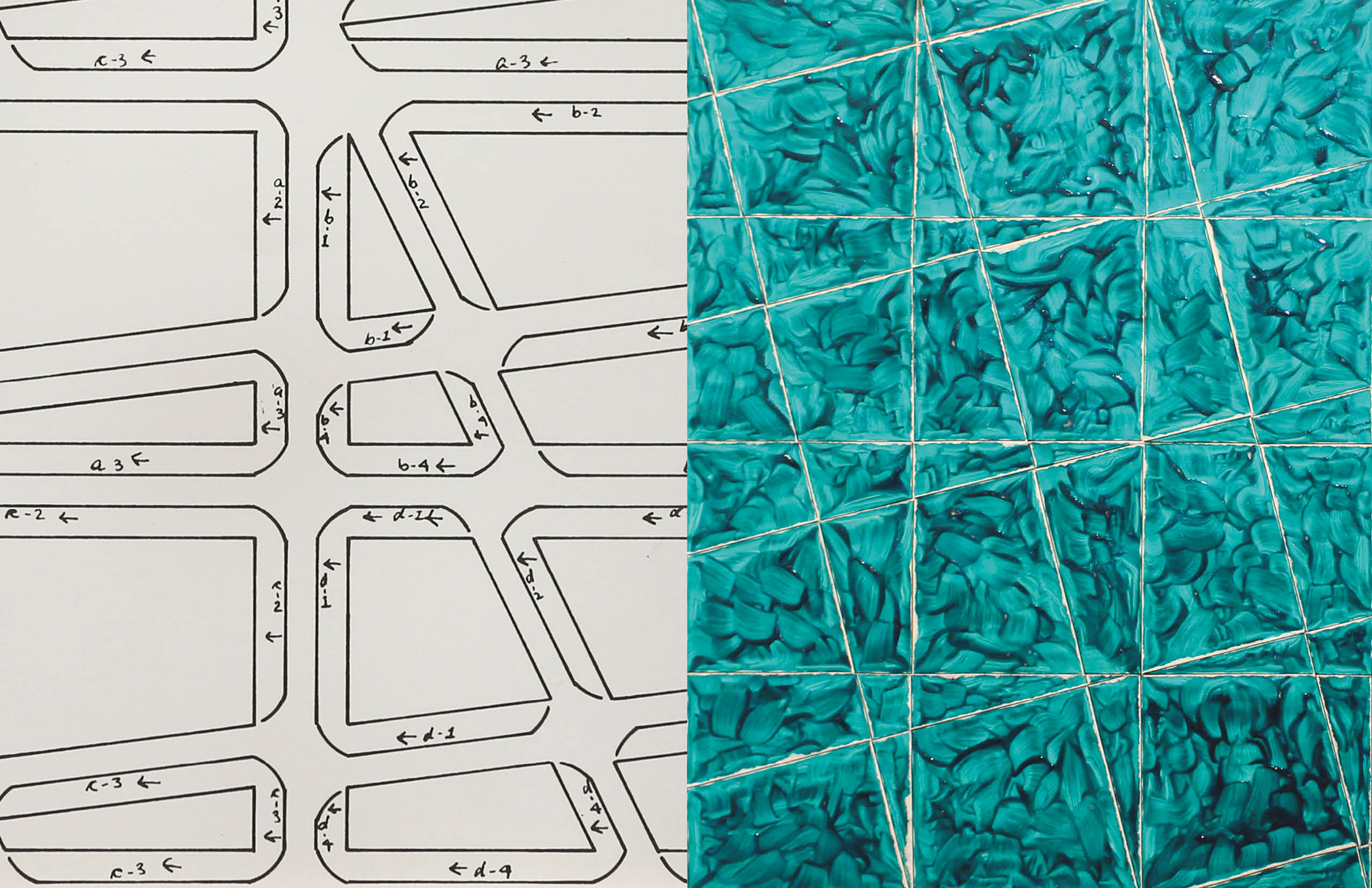
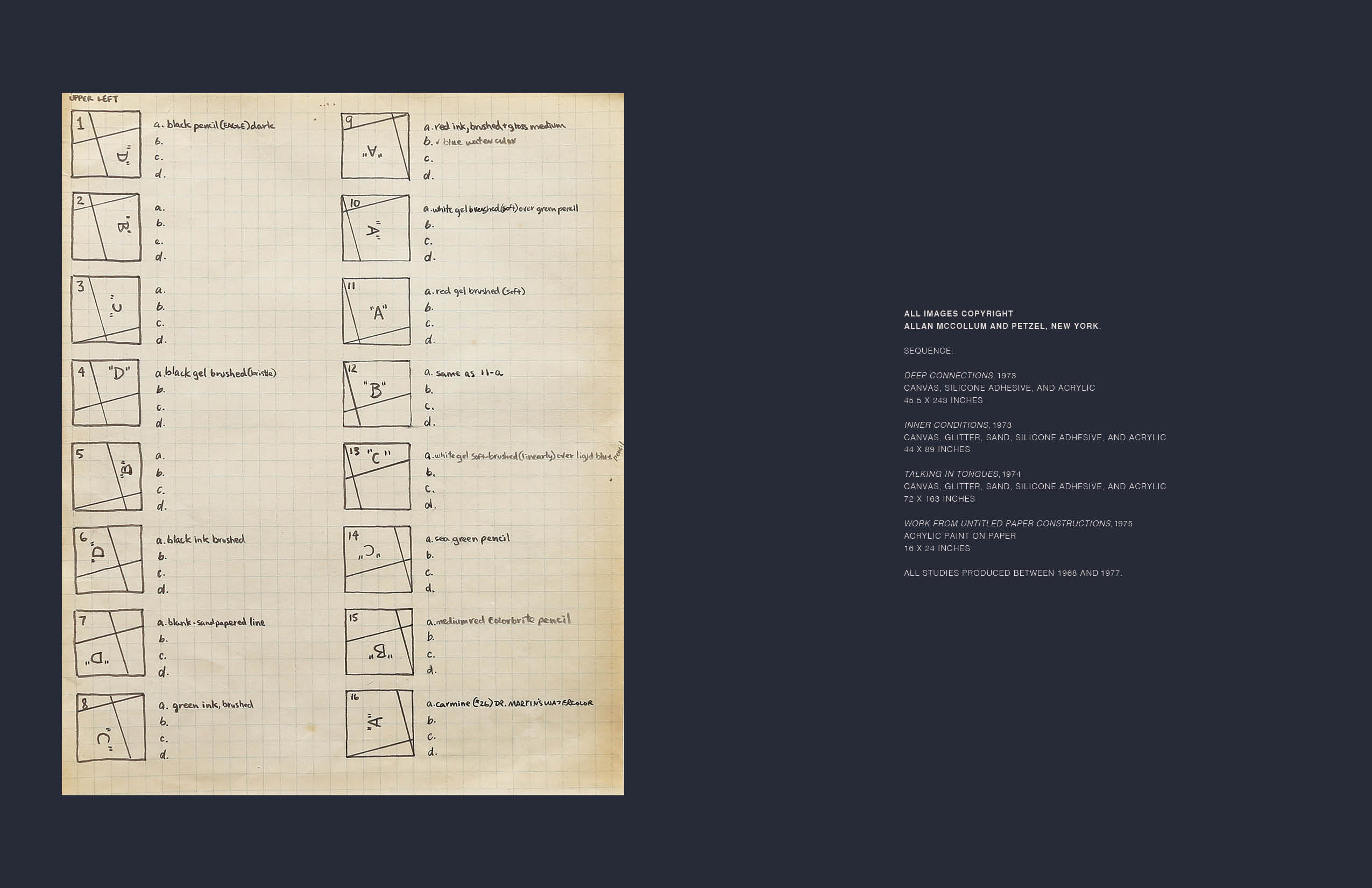
-
Shamus Clisset
Untitled (Empty)
Shamus Clisset
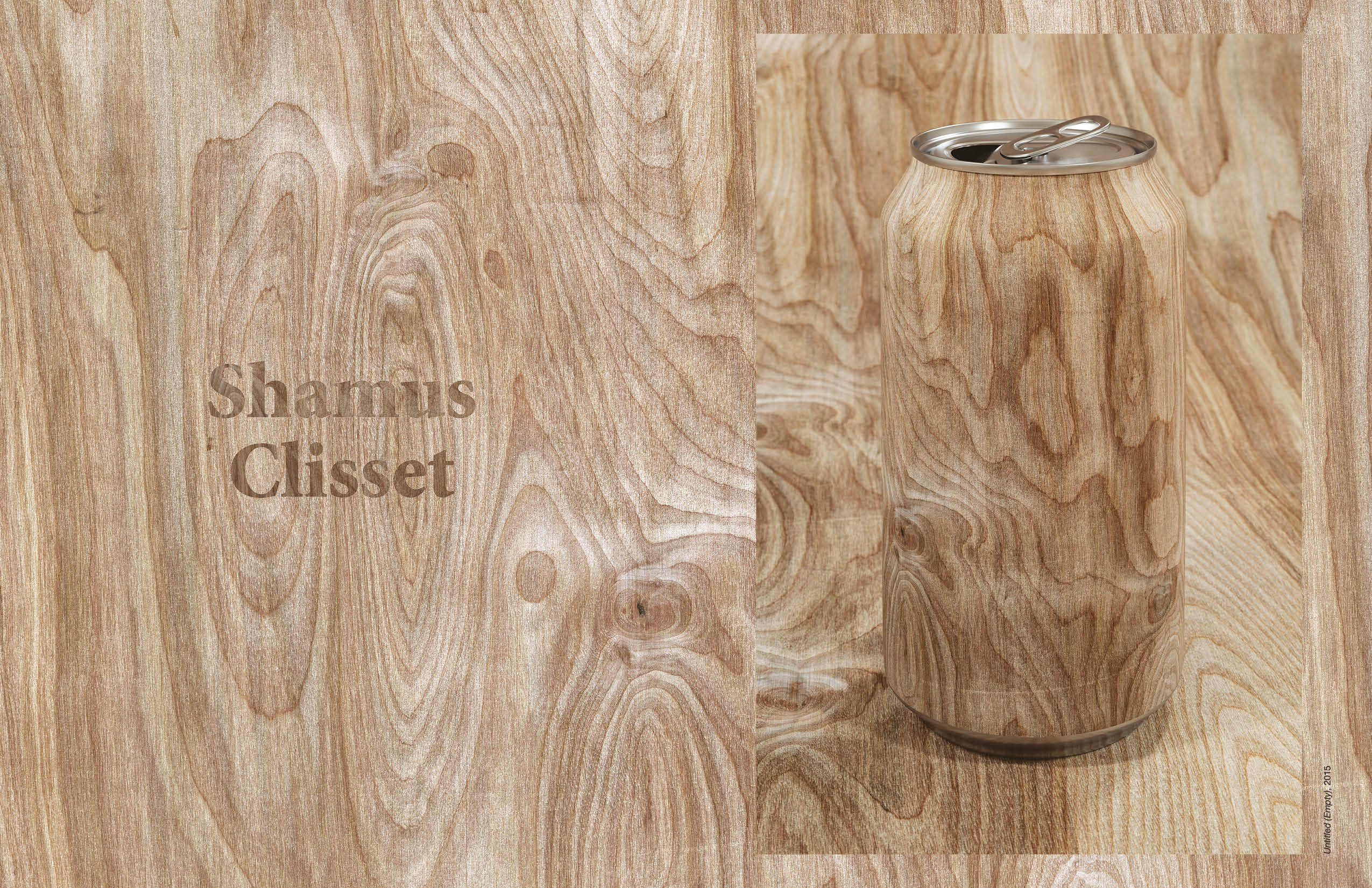
-
Robert Smithson
Pop
Robert Smithson
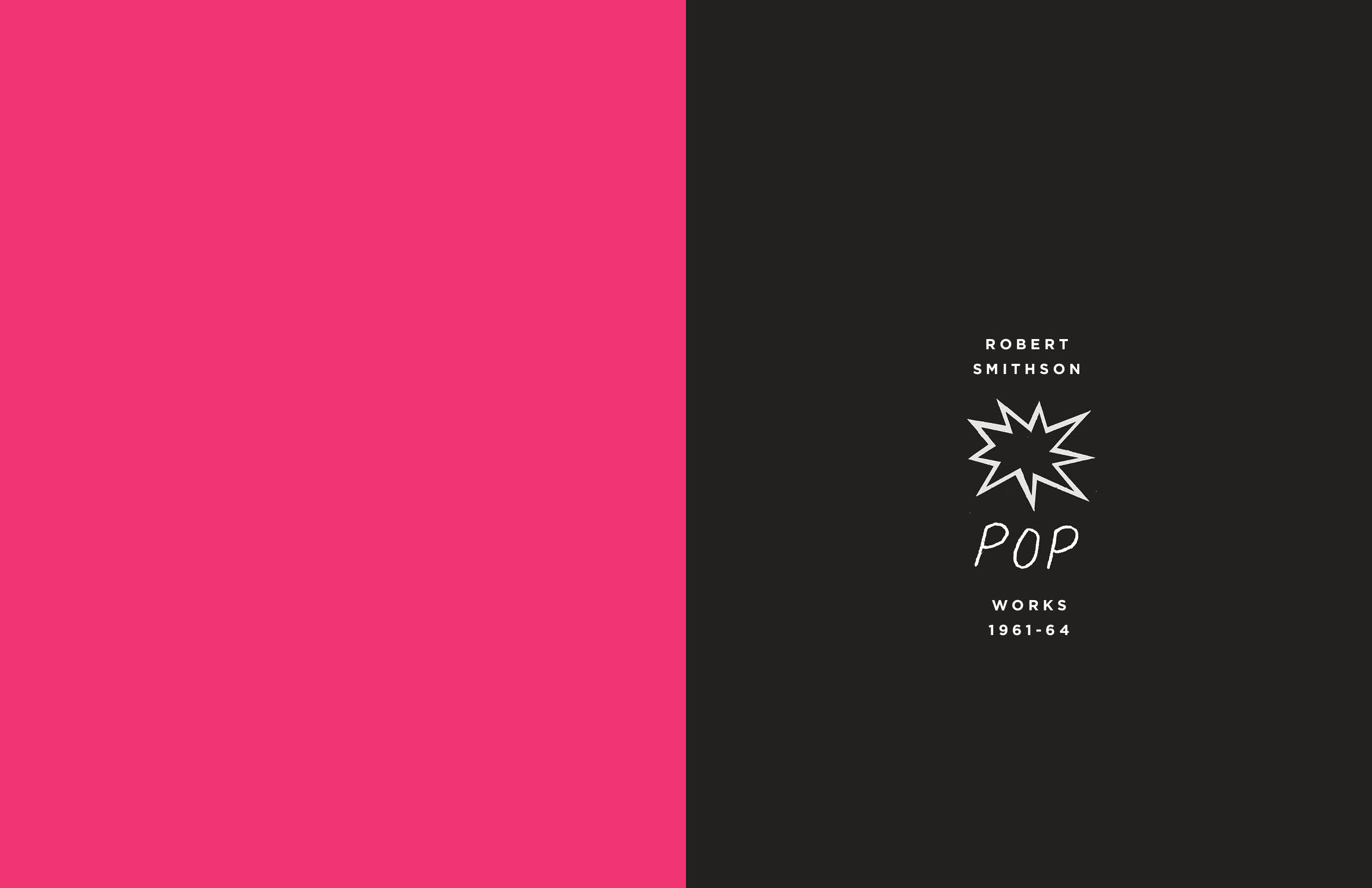
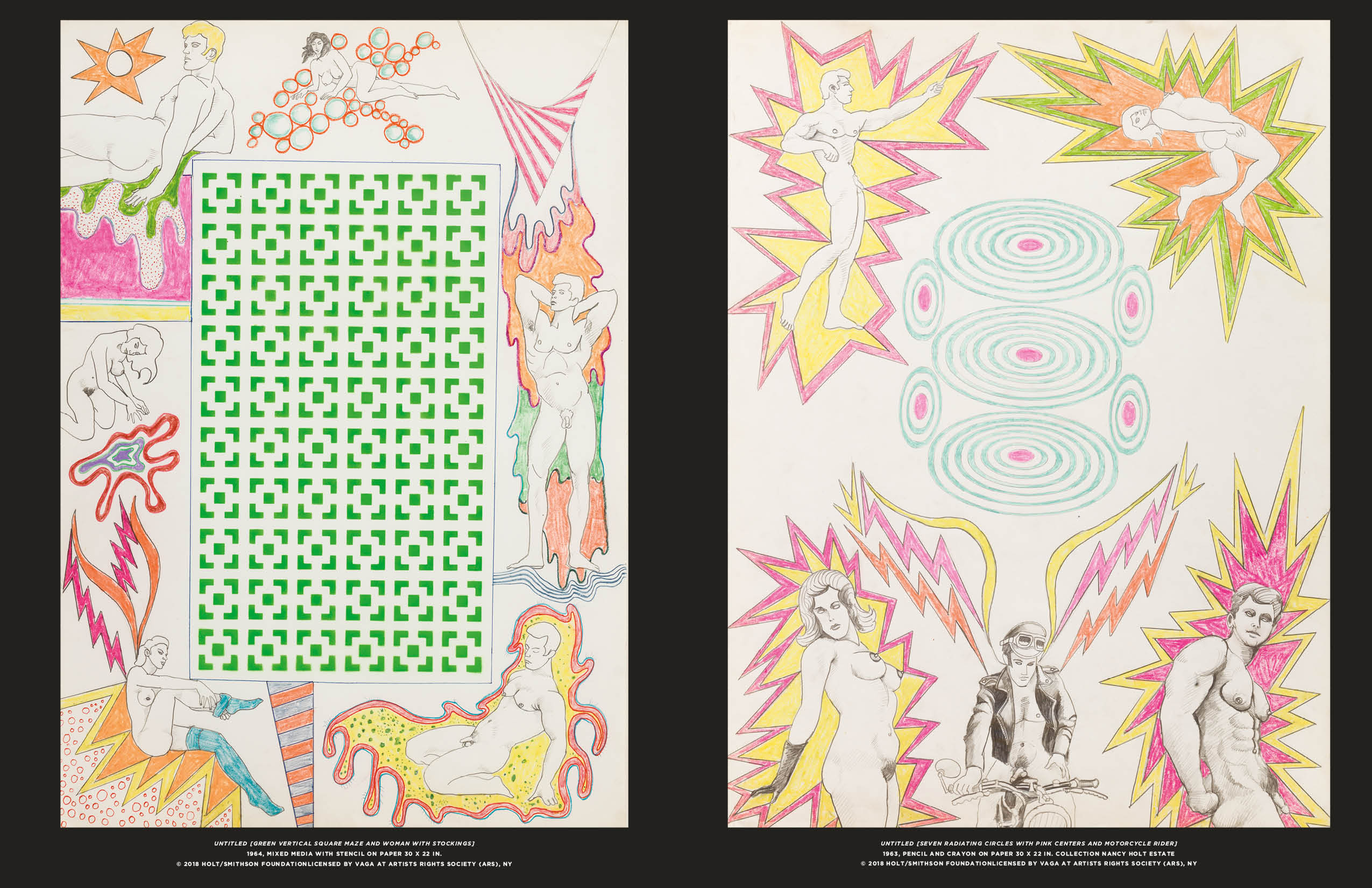
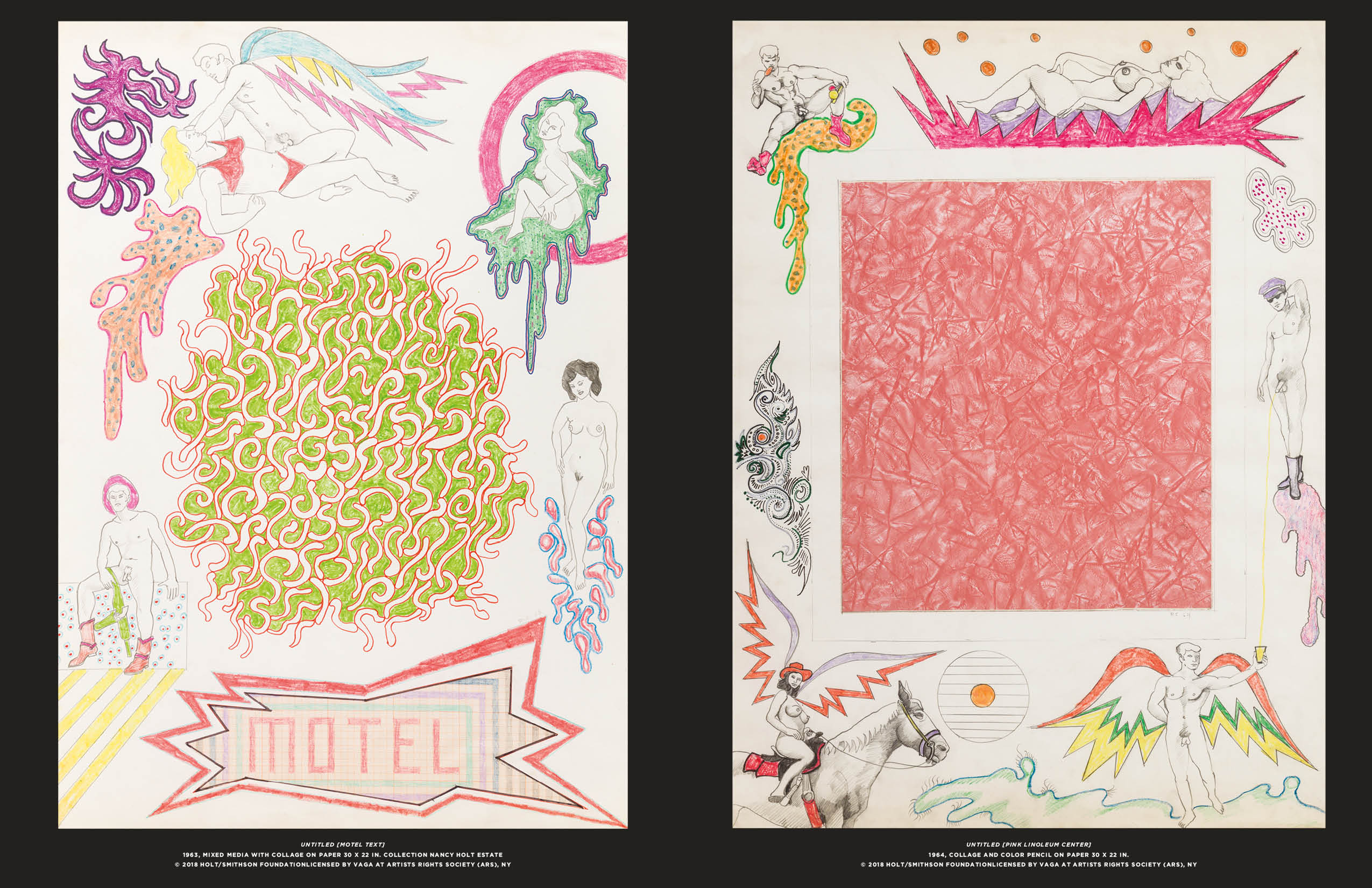
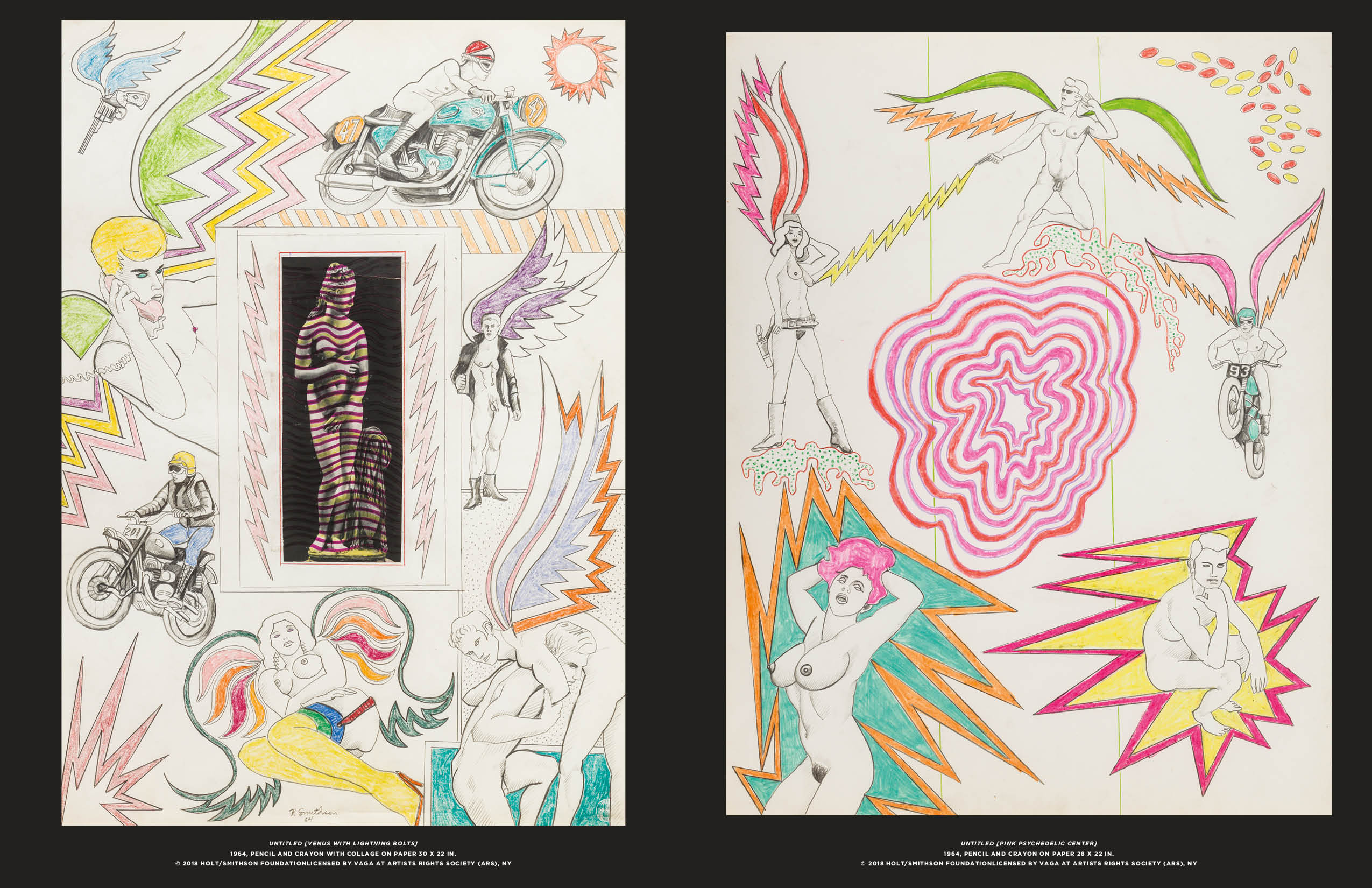
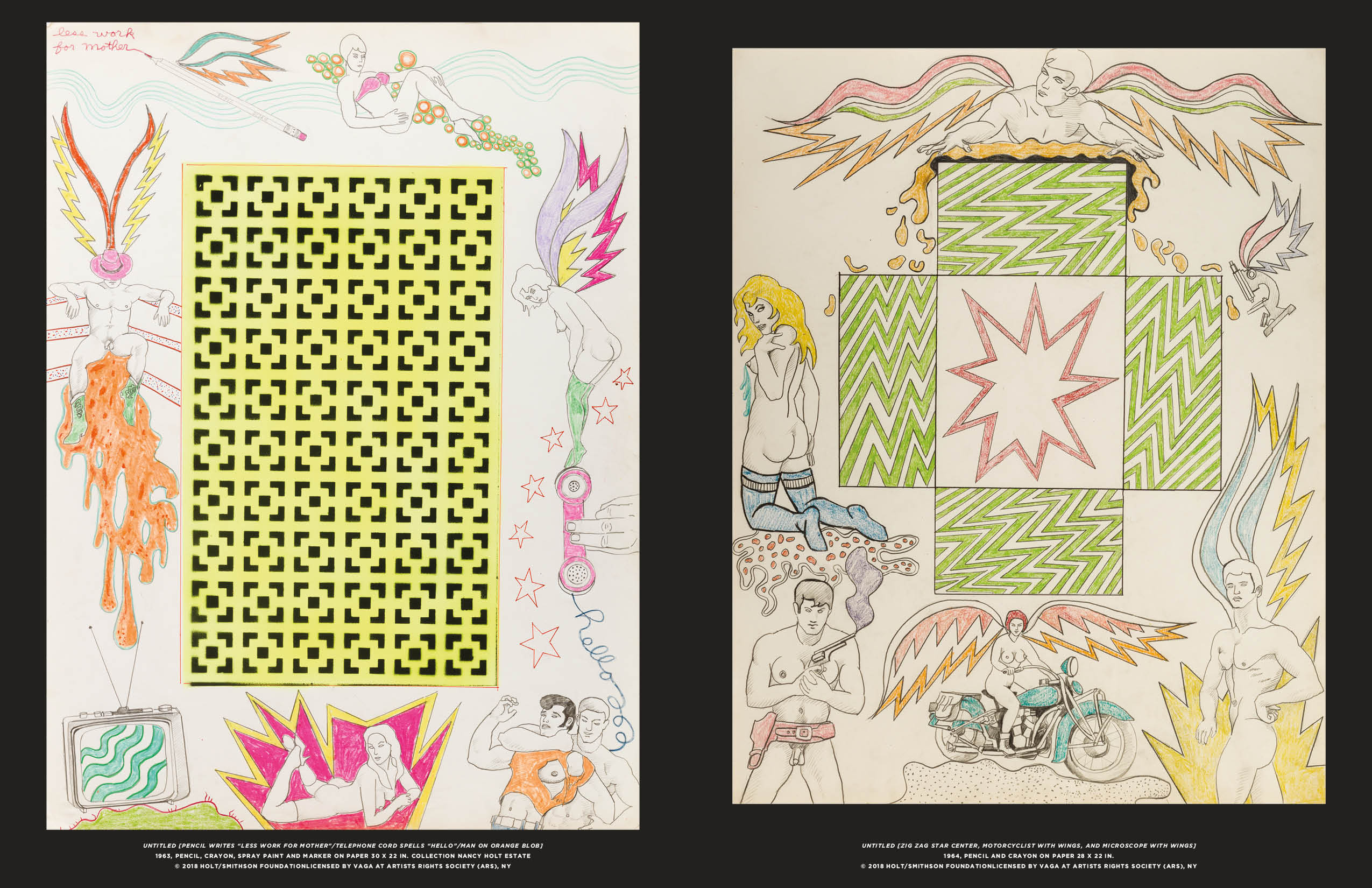
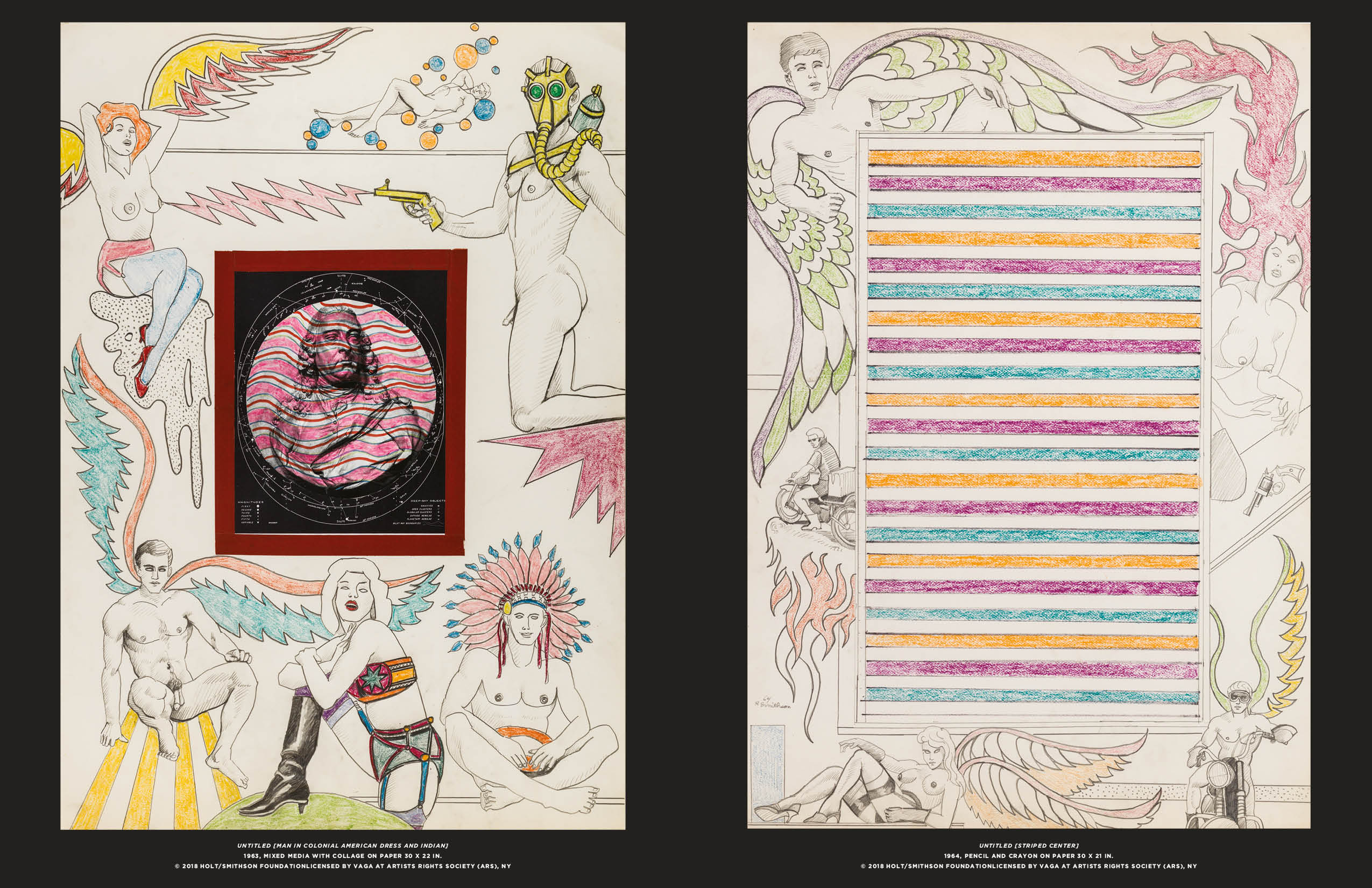
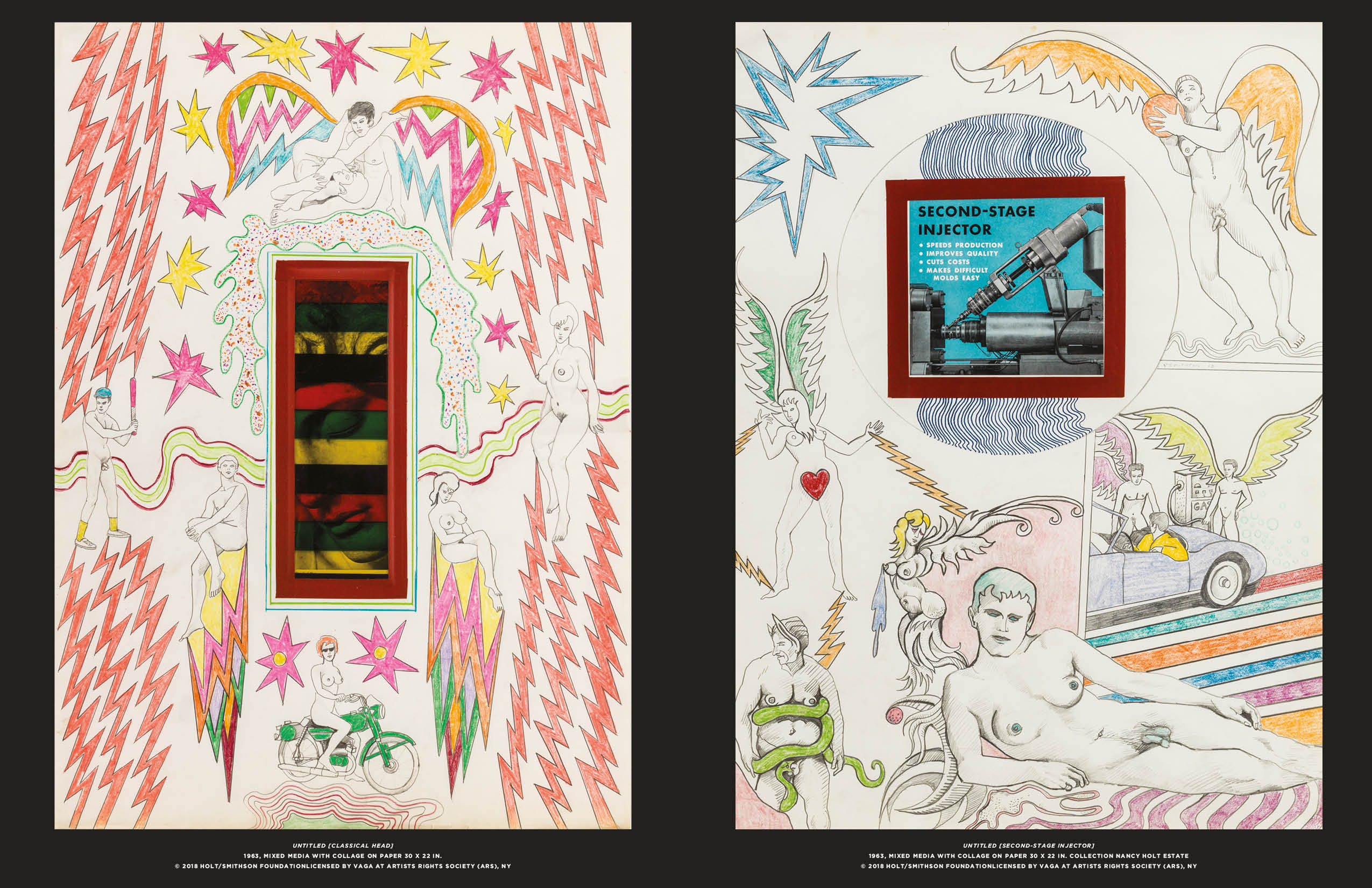
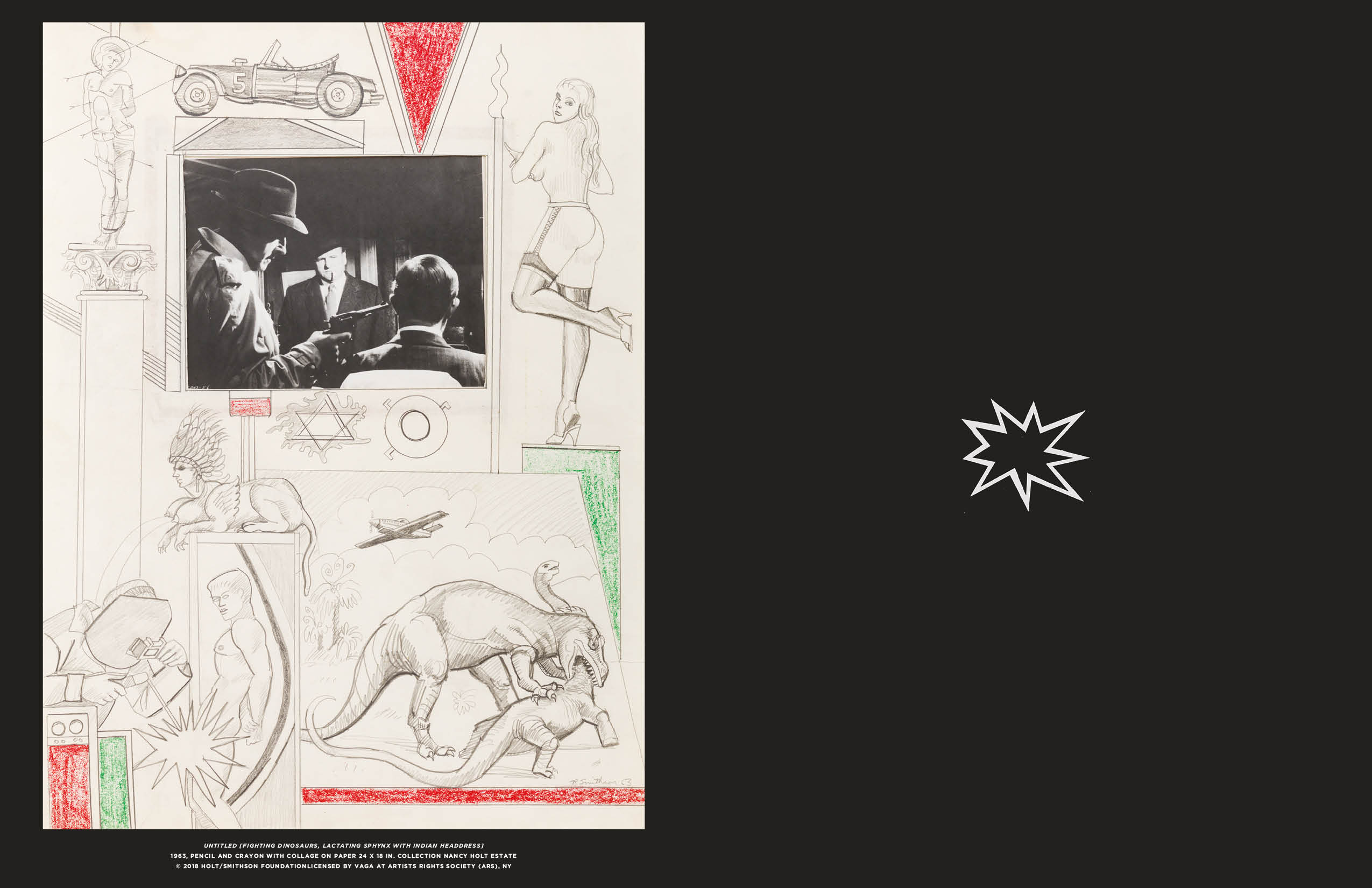
-
Kerri Scharlin
In Her Studio
Kerri Scharlin
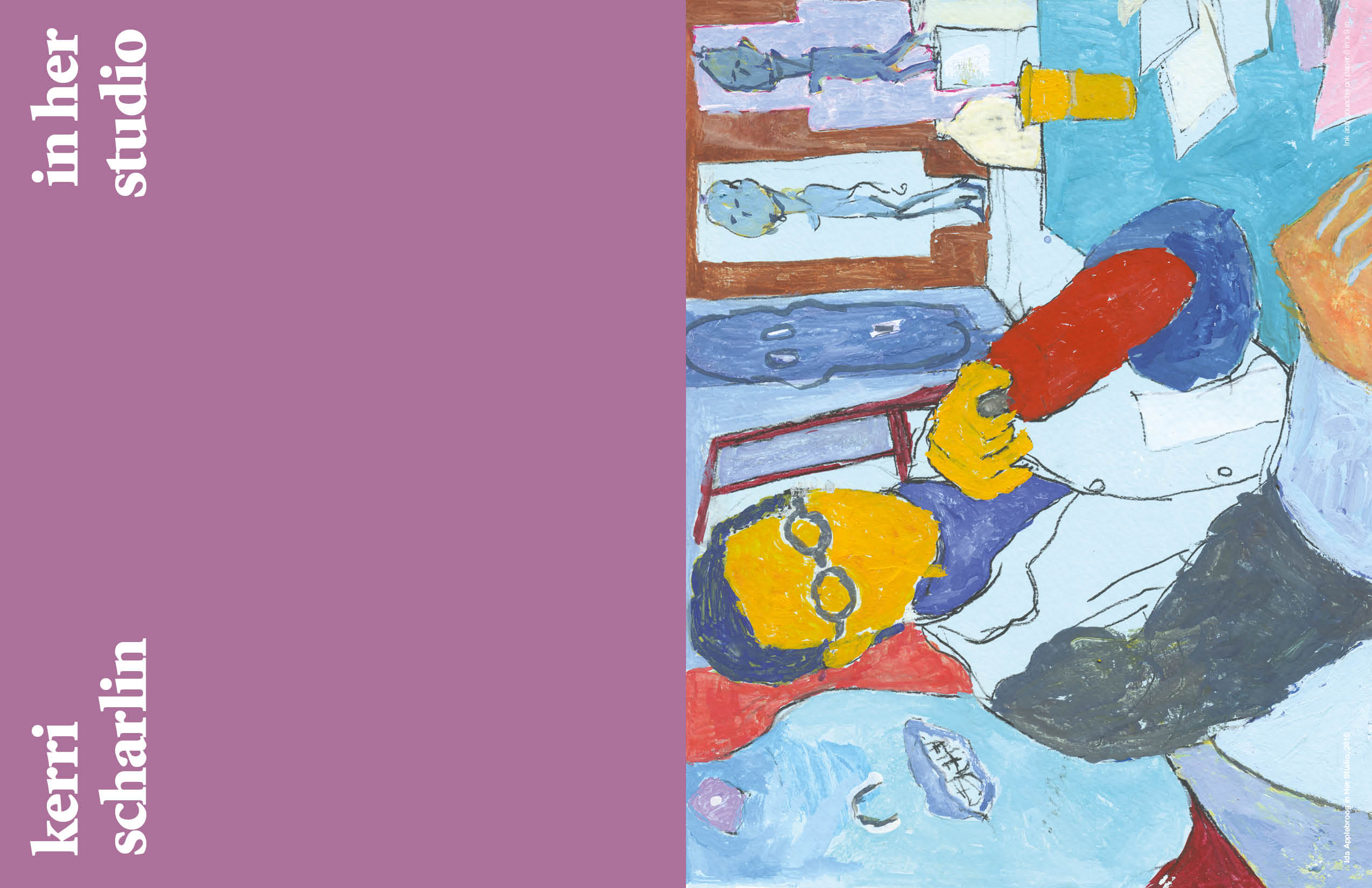
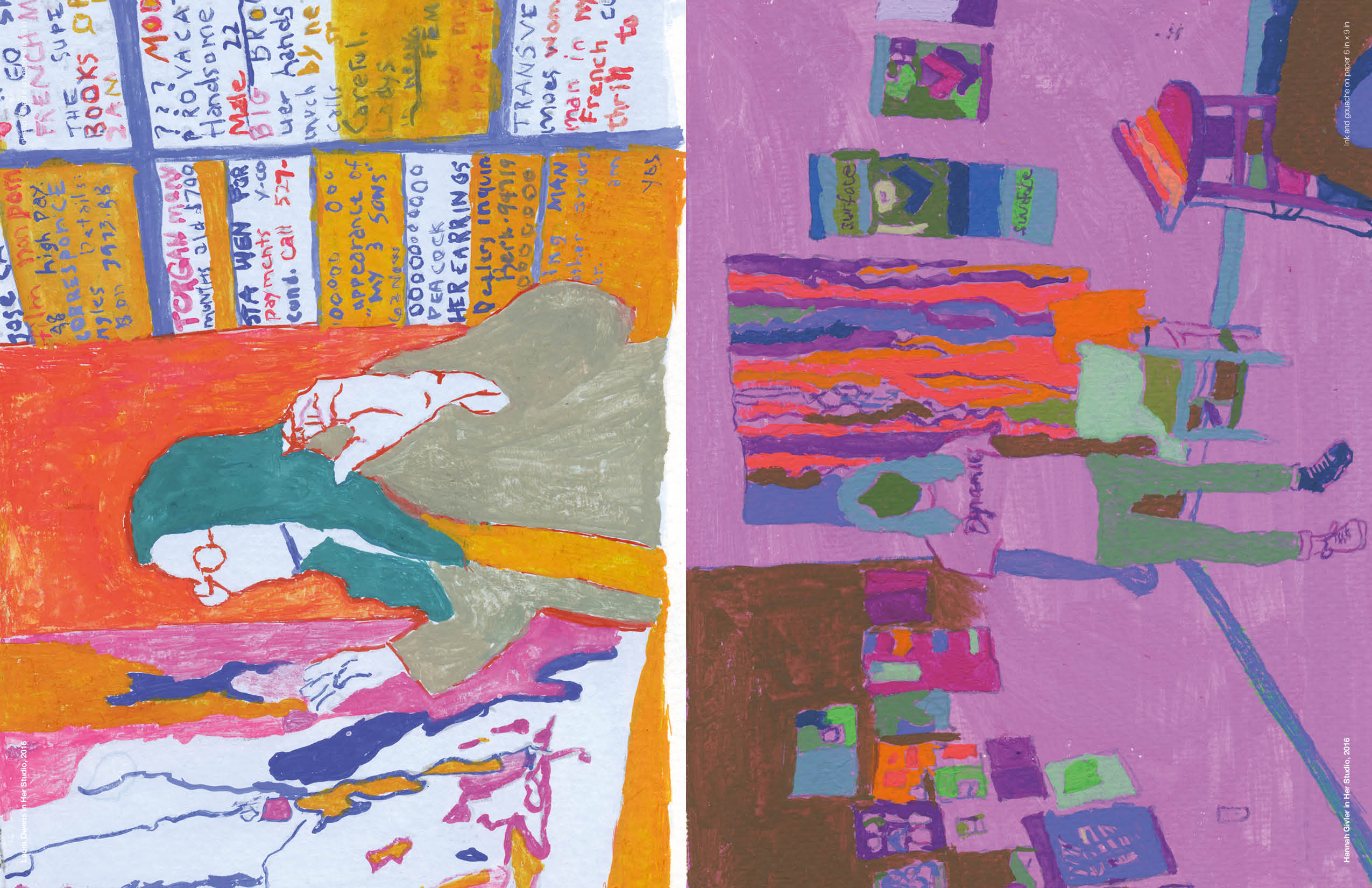
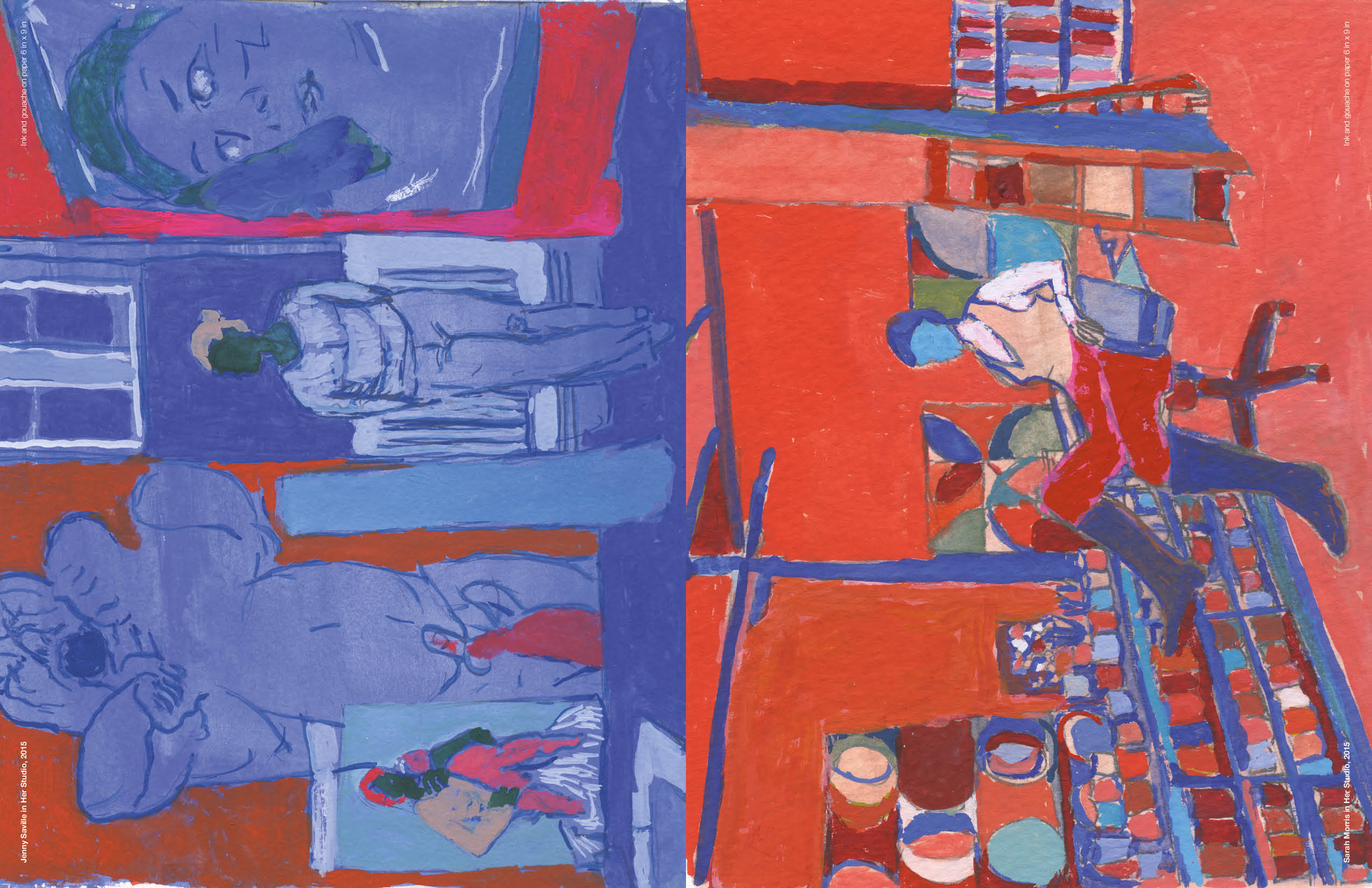
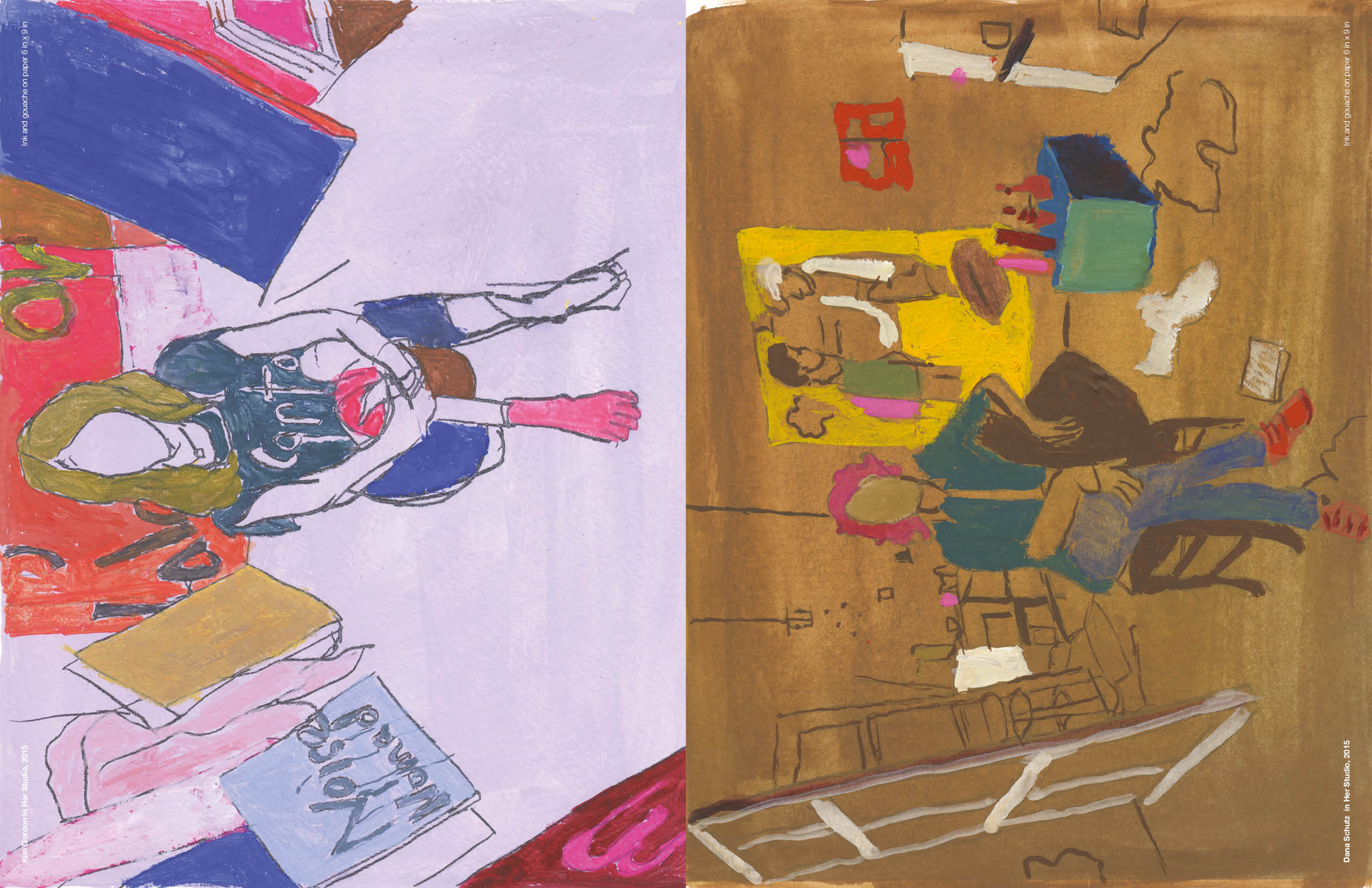
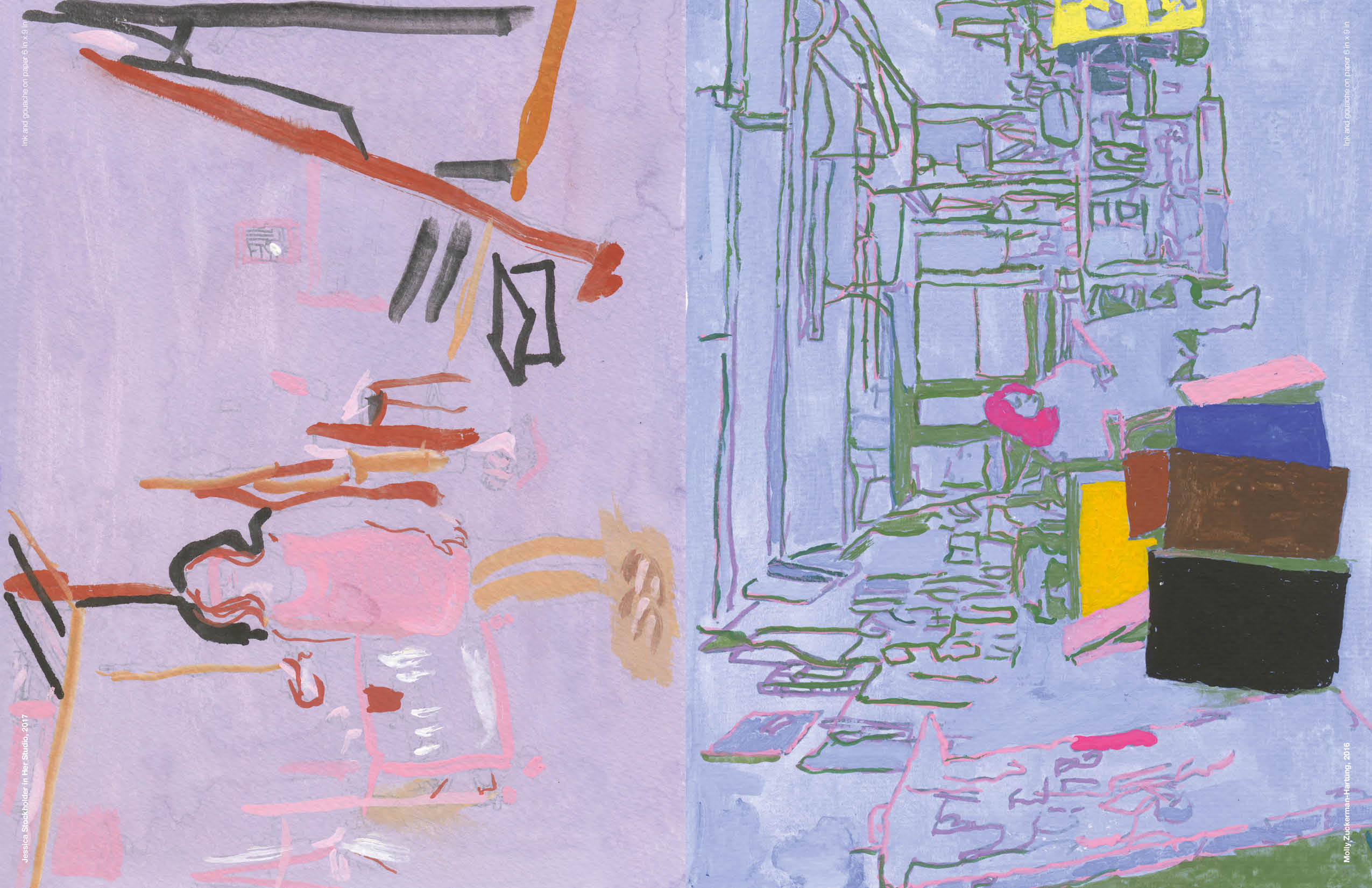
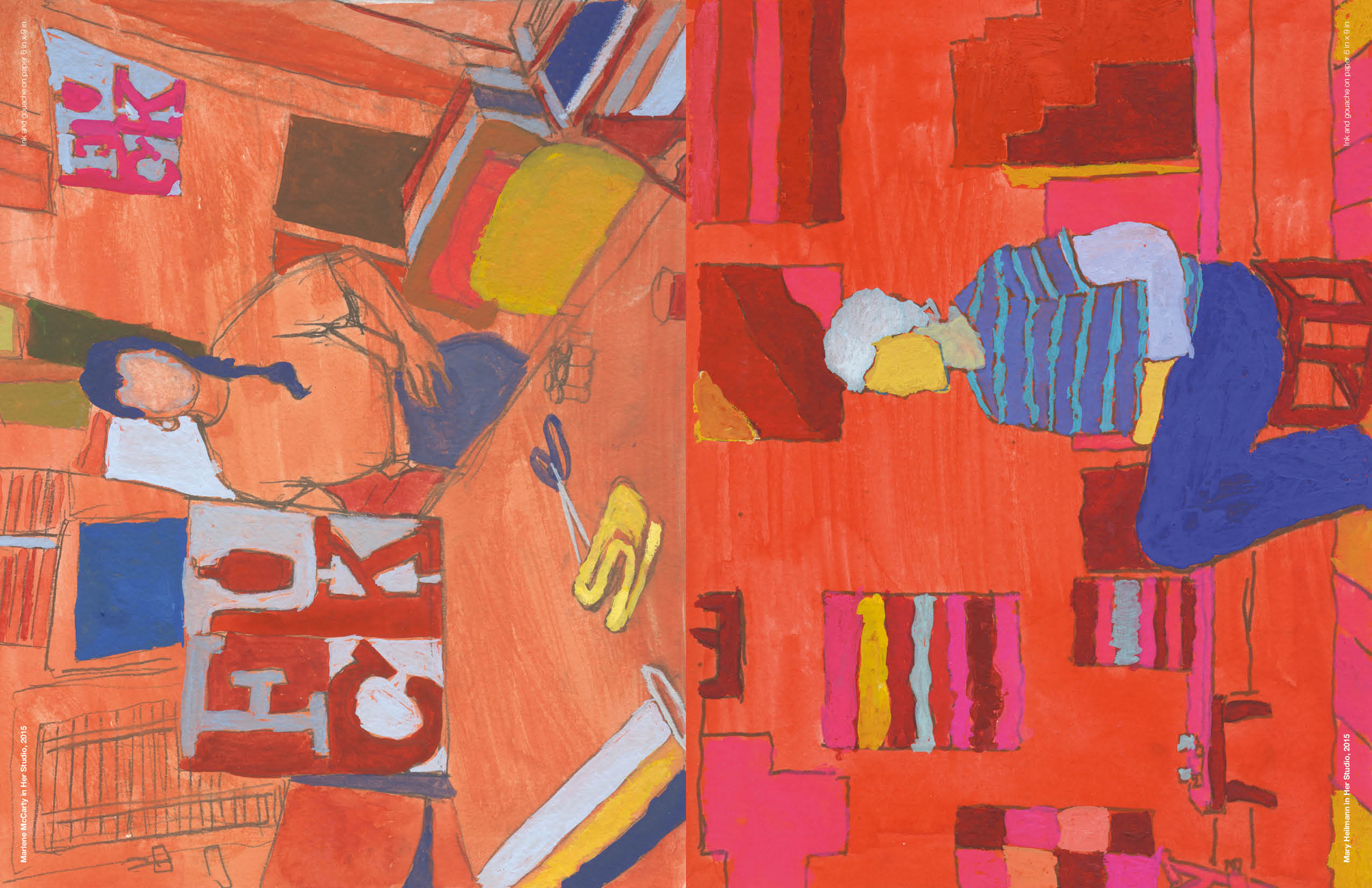
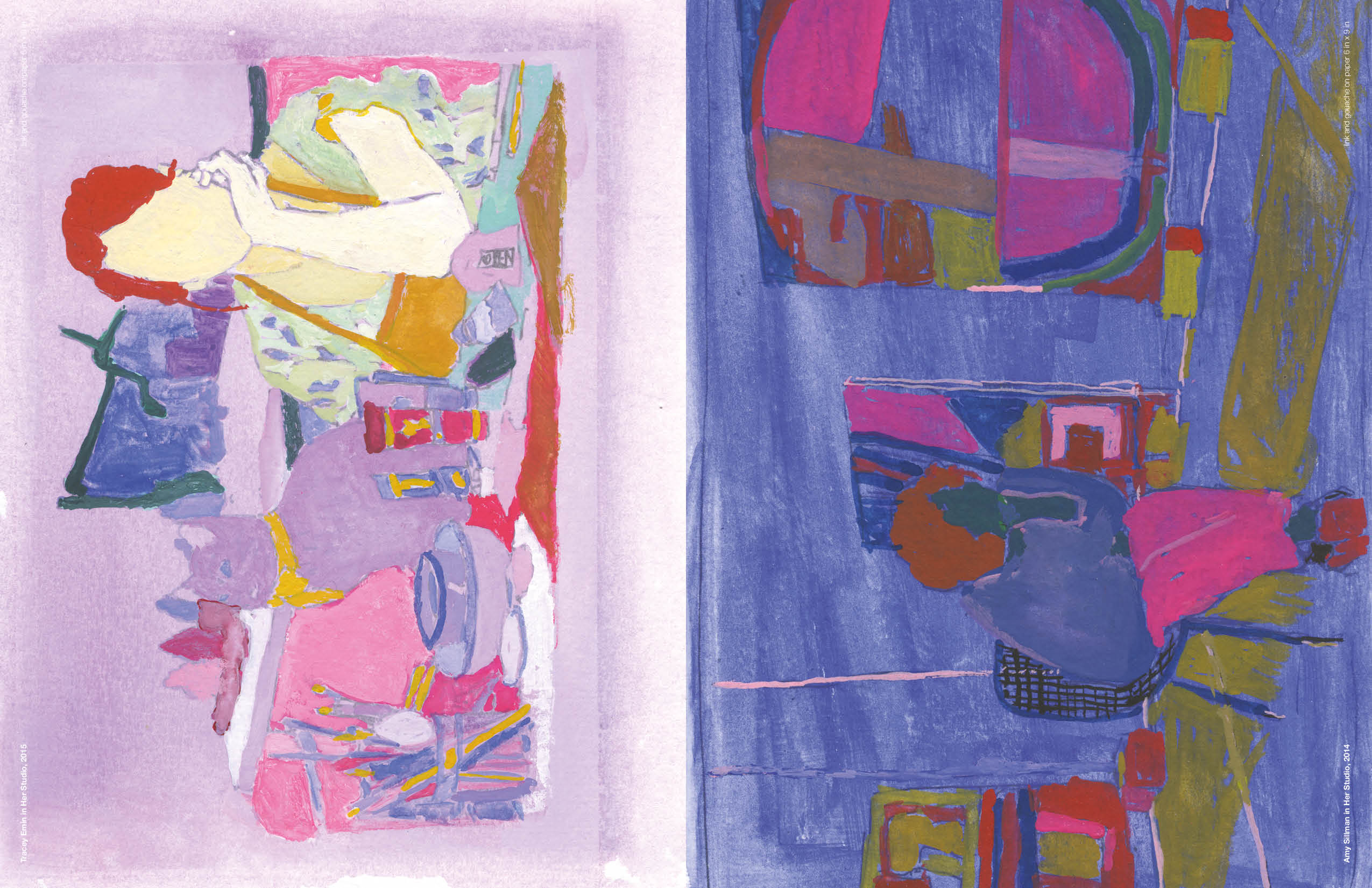
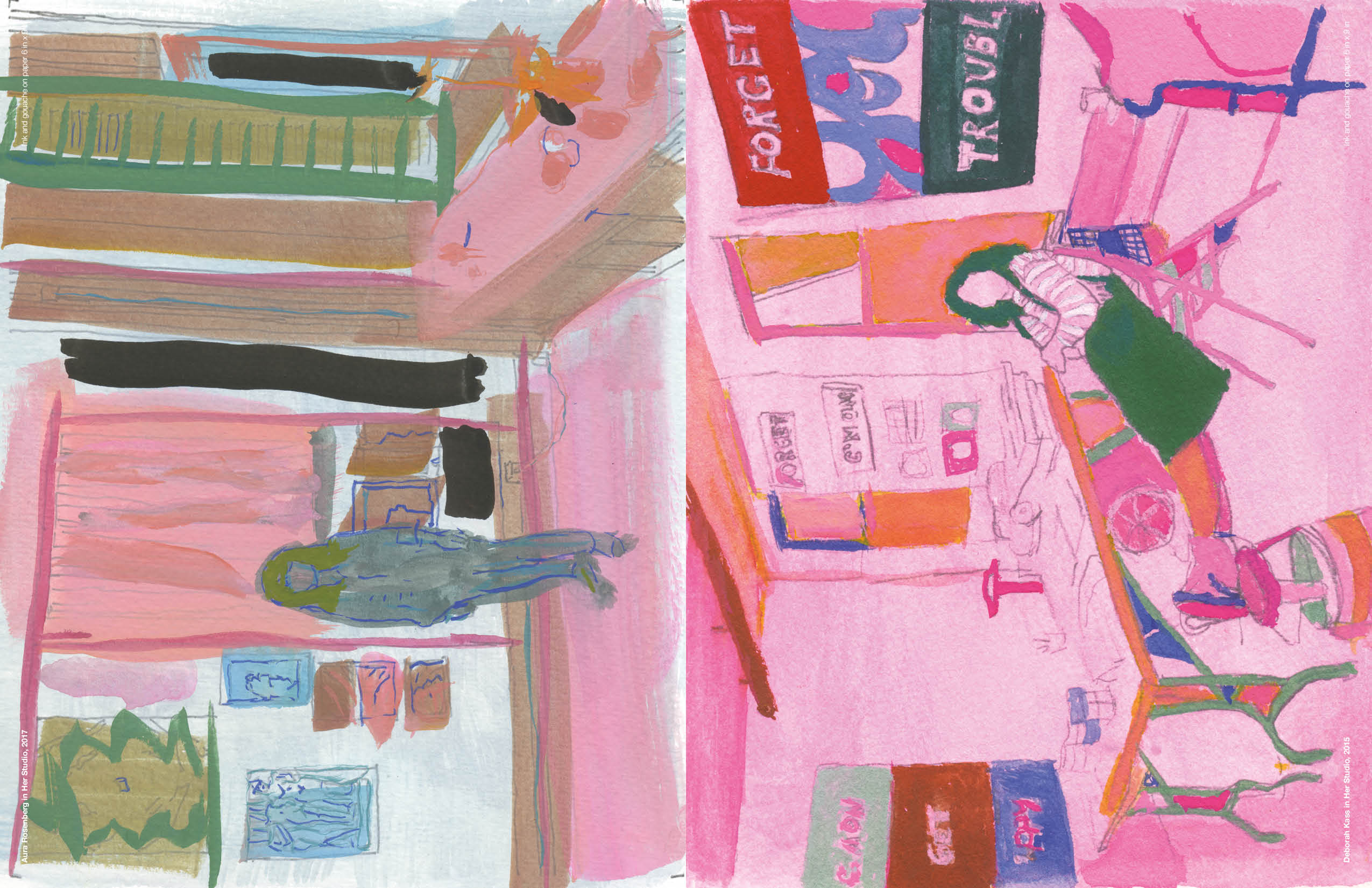
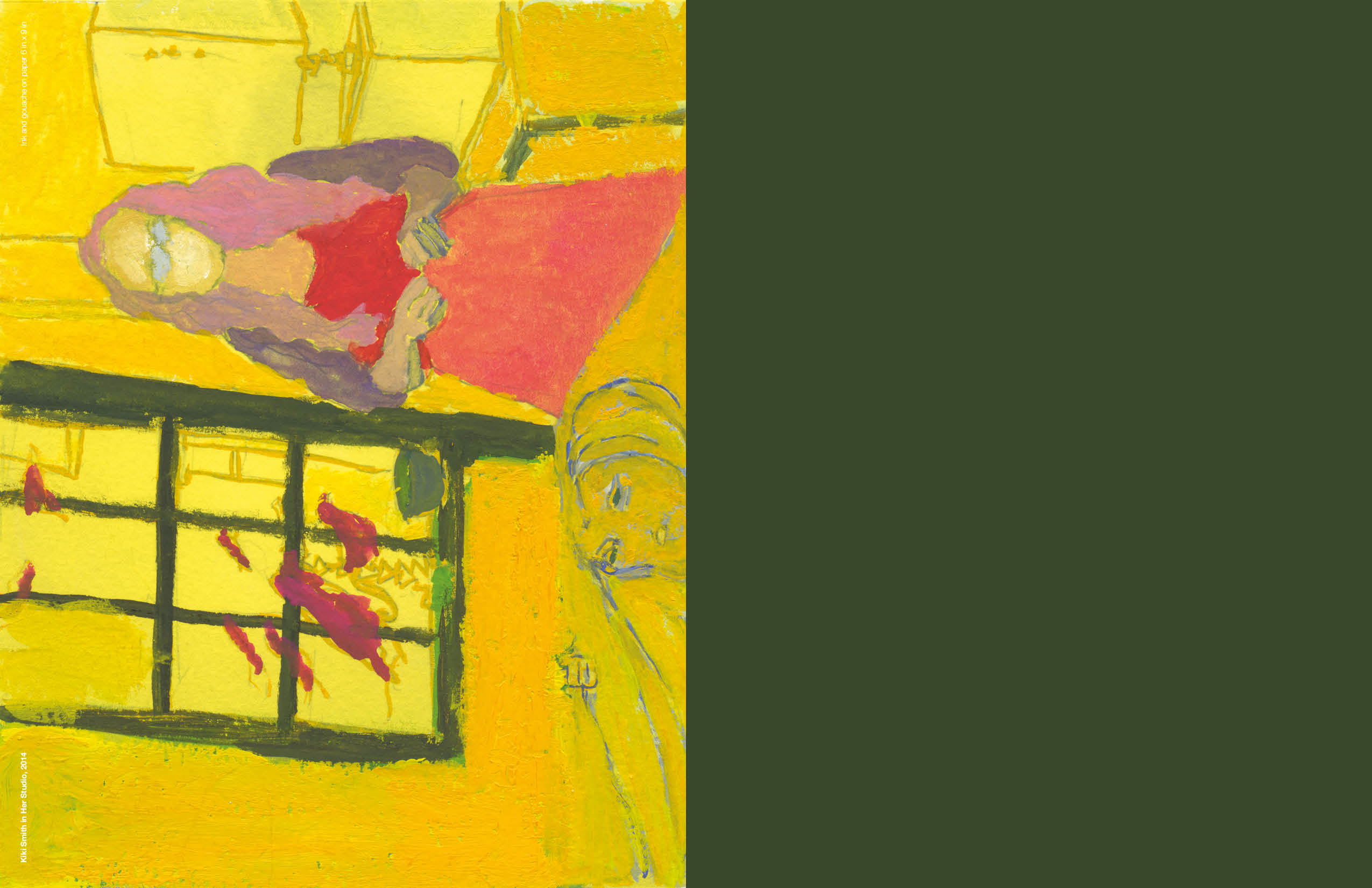
-
Gaston Karquel, curated by Geraldine Postel & David Magnin—Collection David Magnin
Megéve: Two Days in the Summer 1948
Gaston Karquel, curated by Geraldine Postel & David Magnin—Collection David Magnin
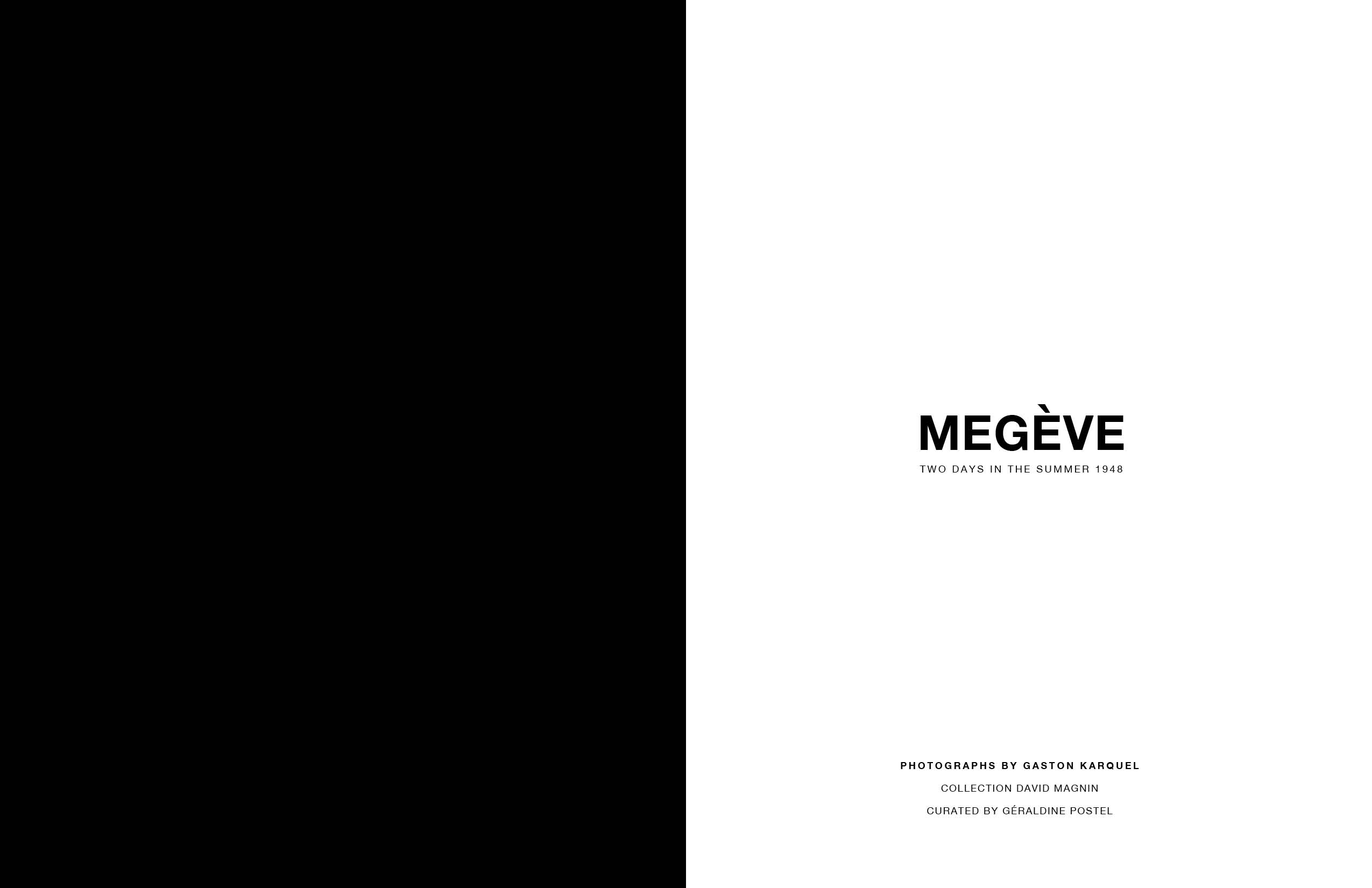
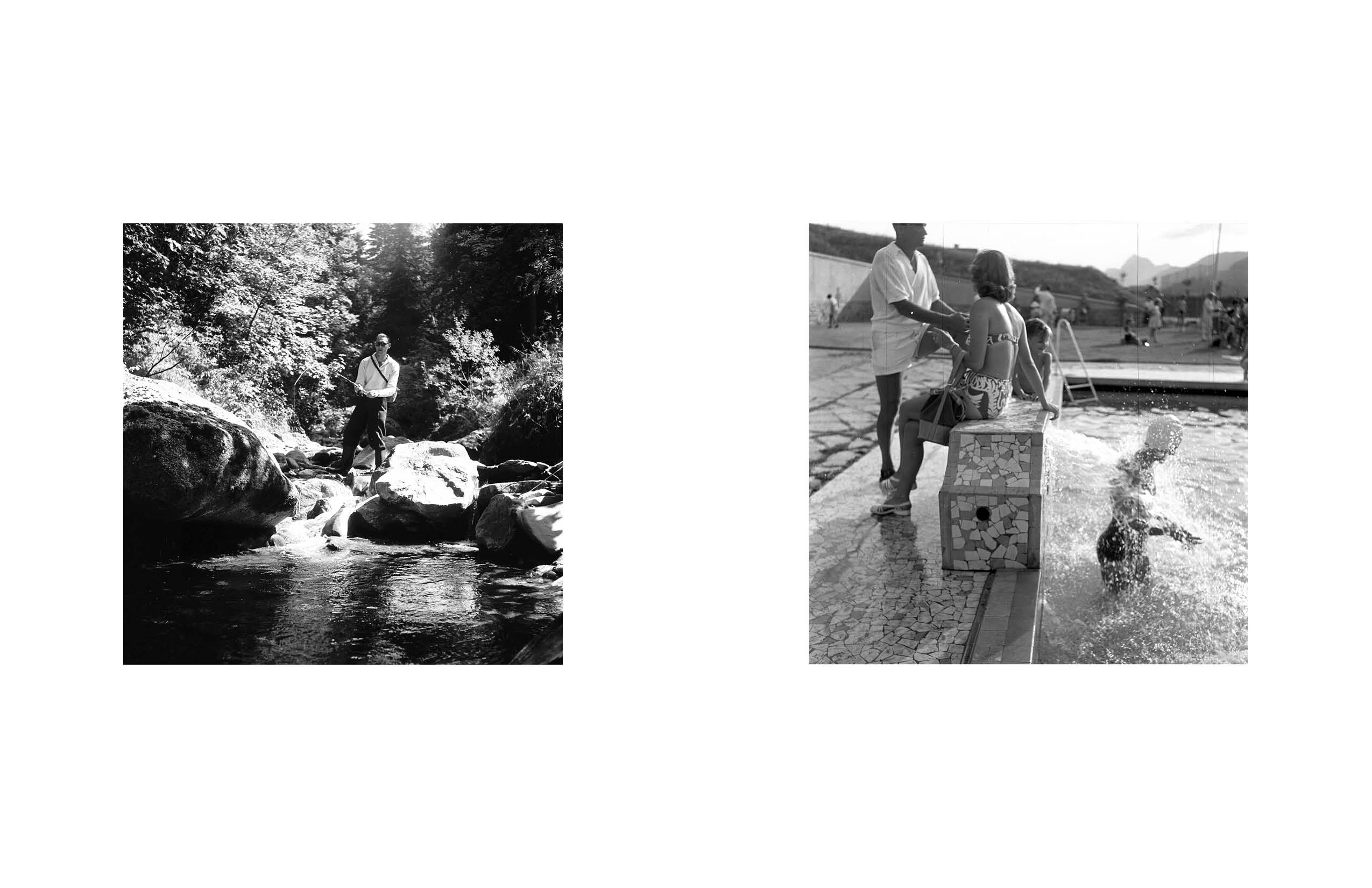
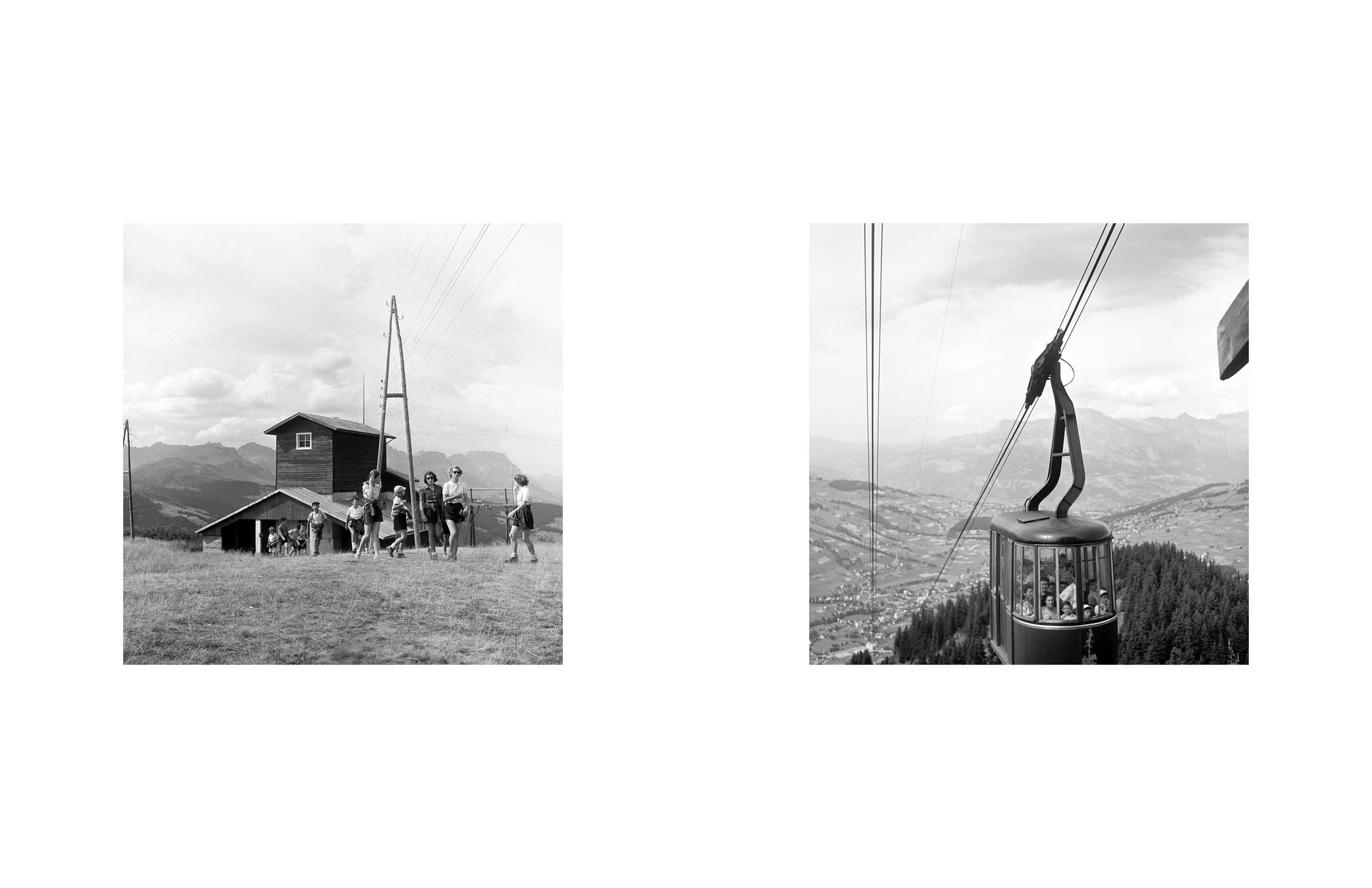
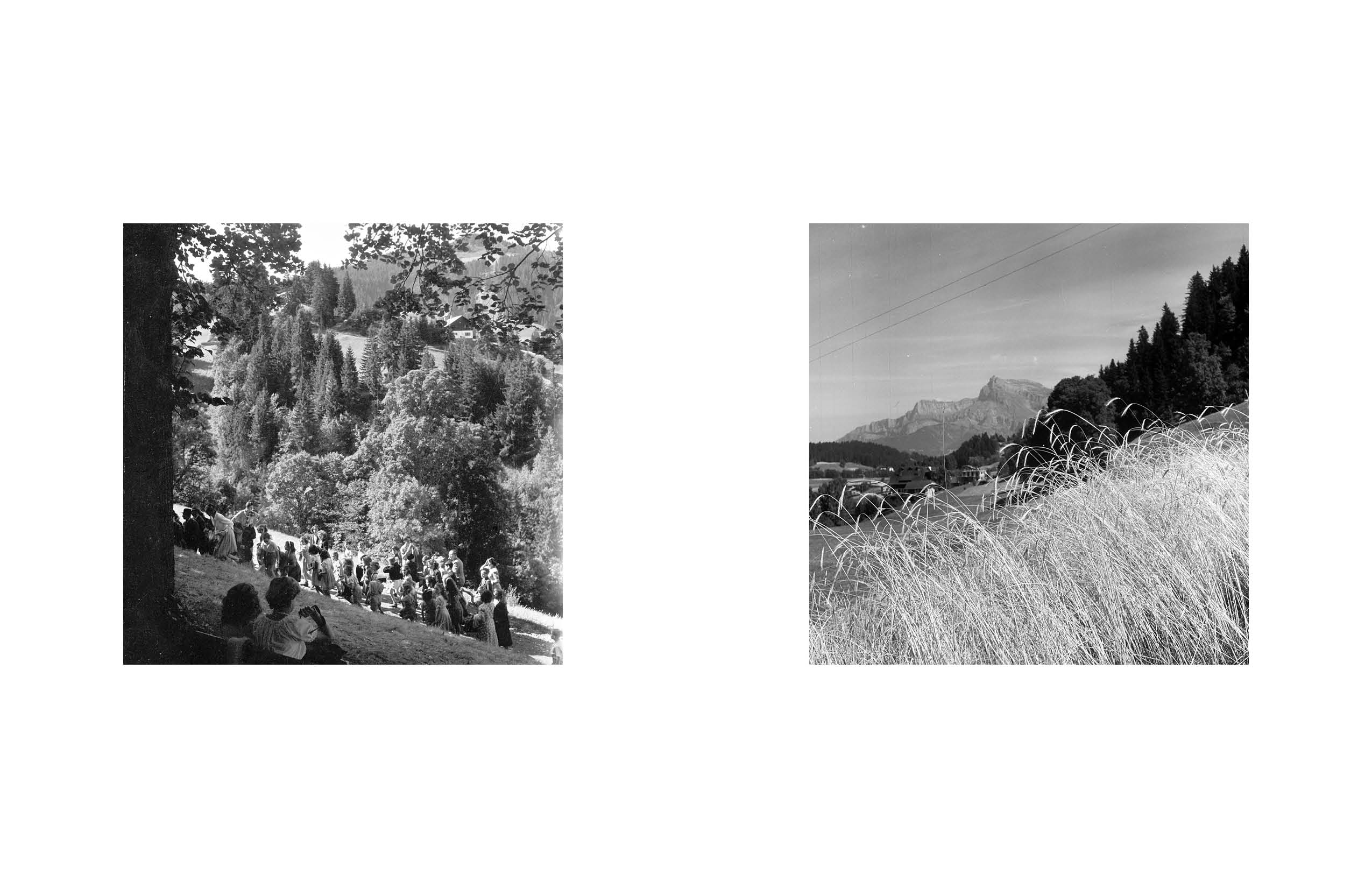
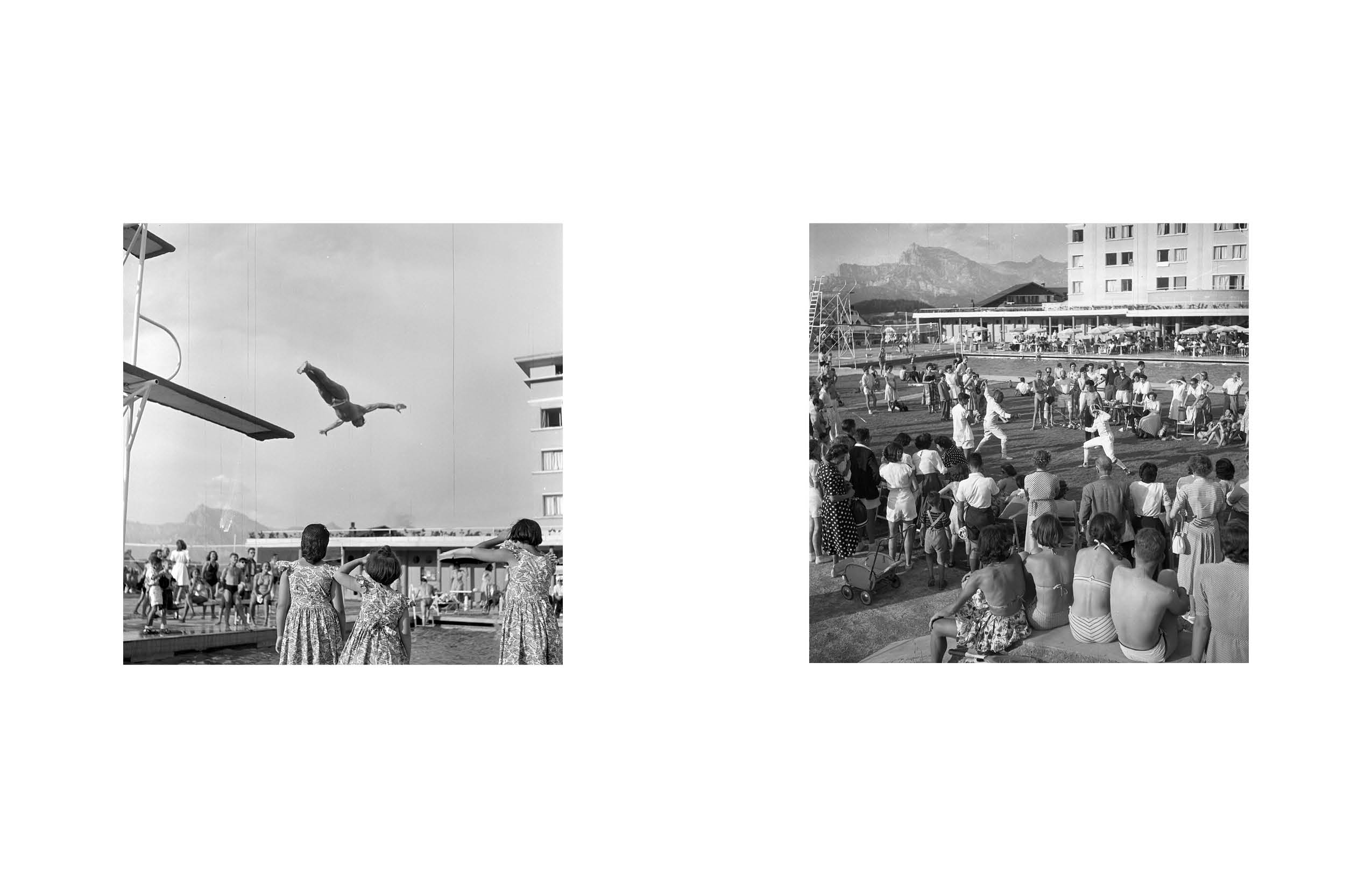
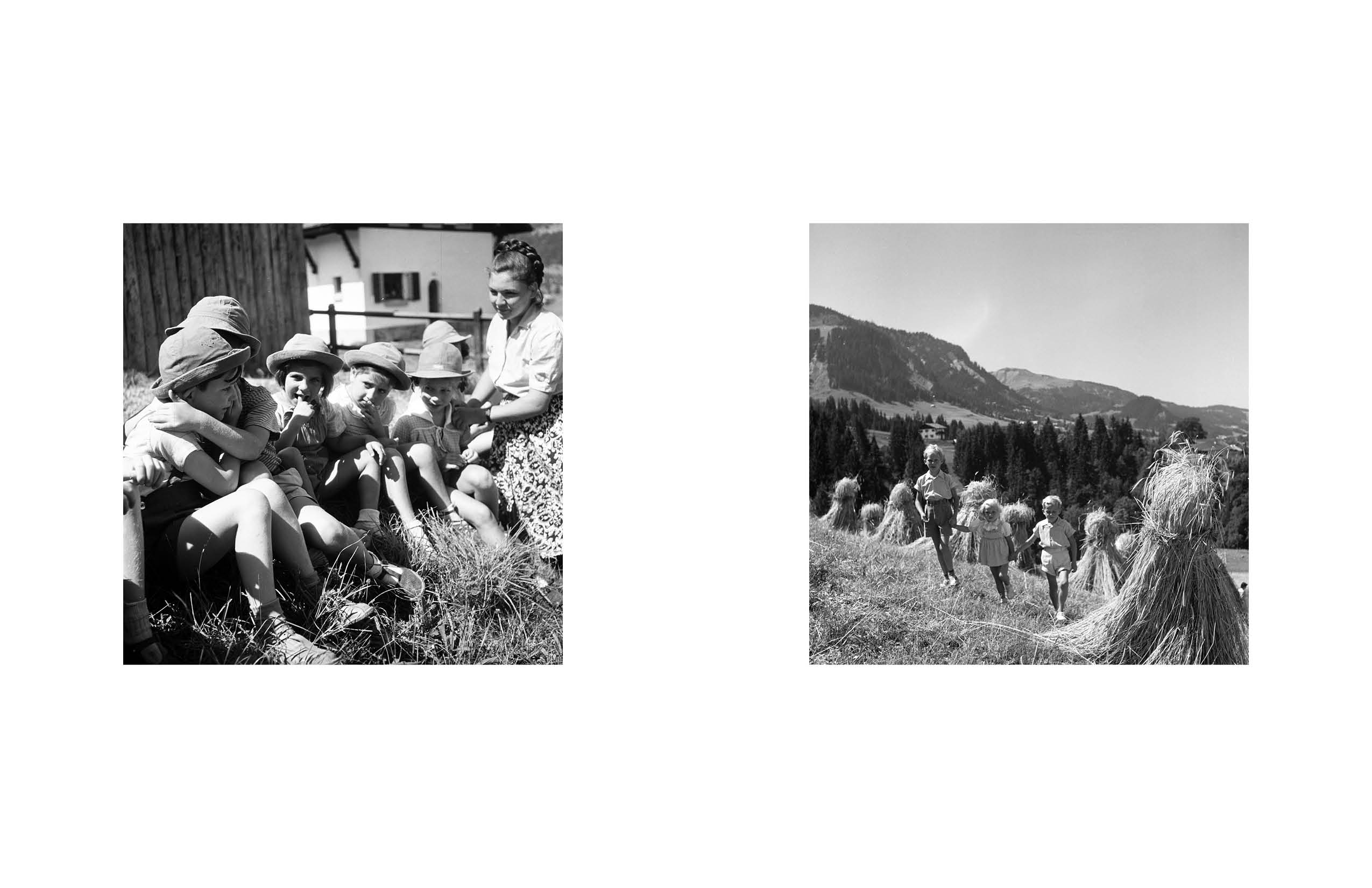
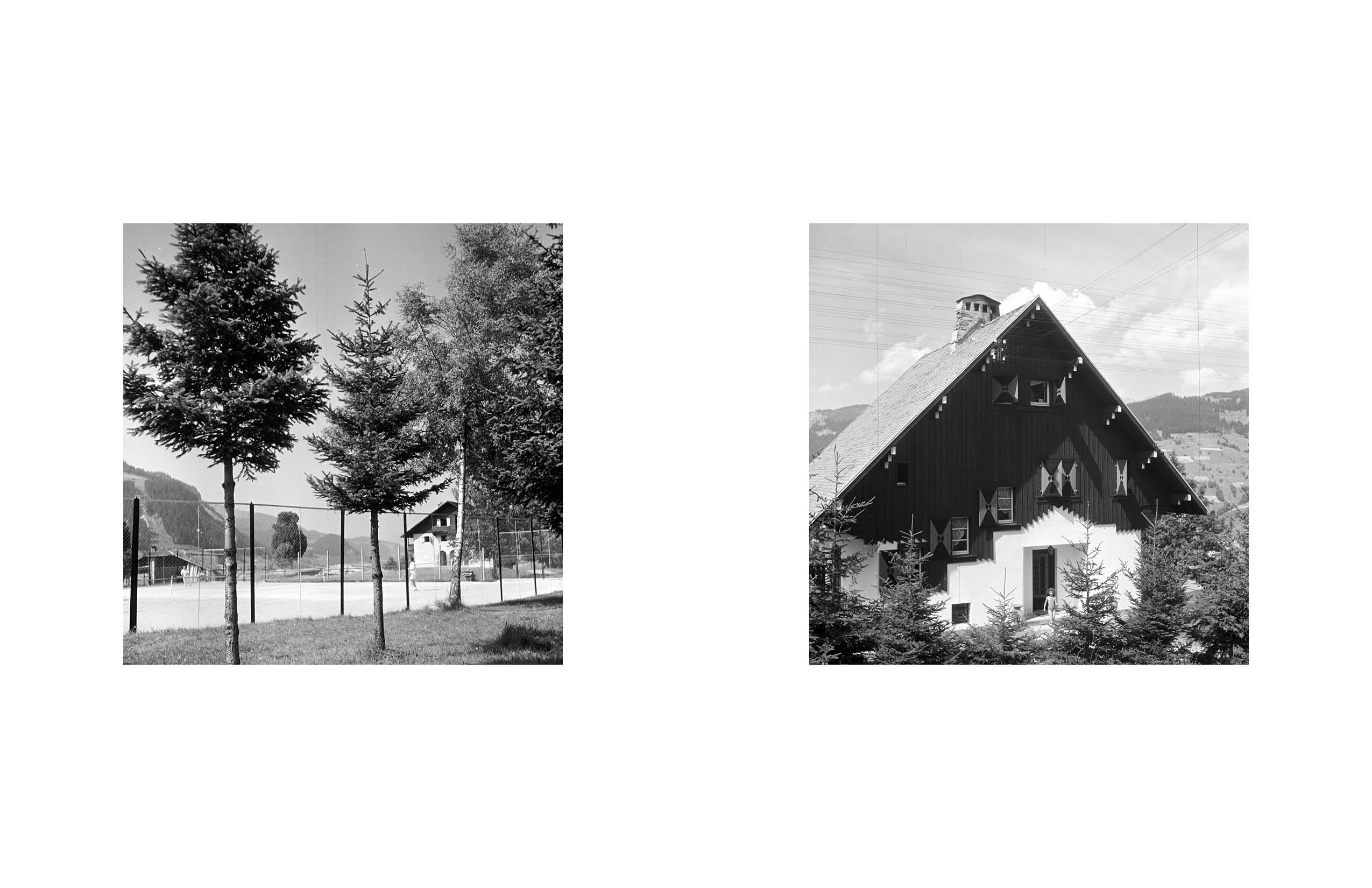
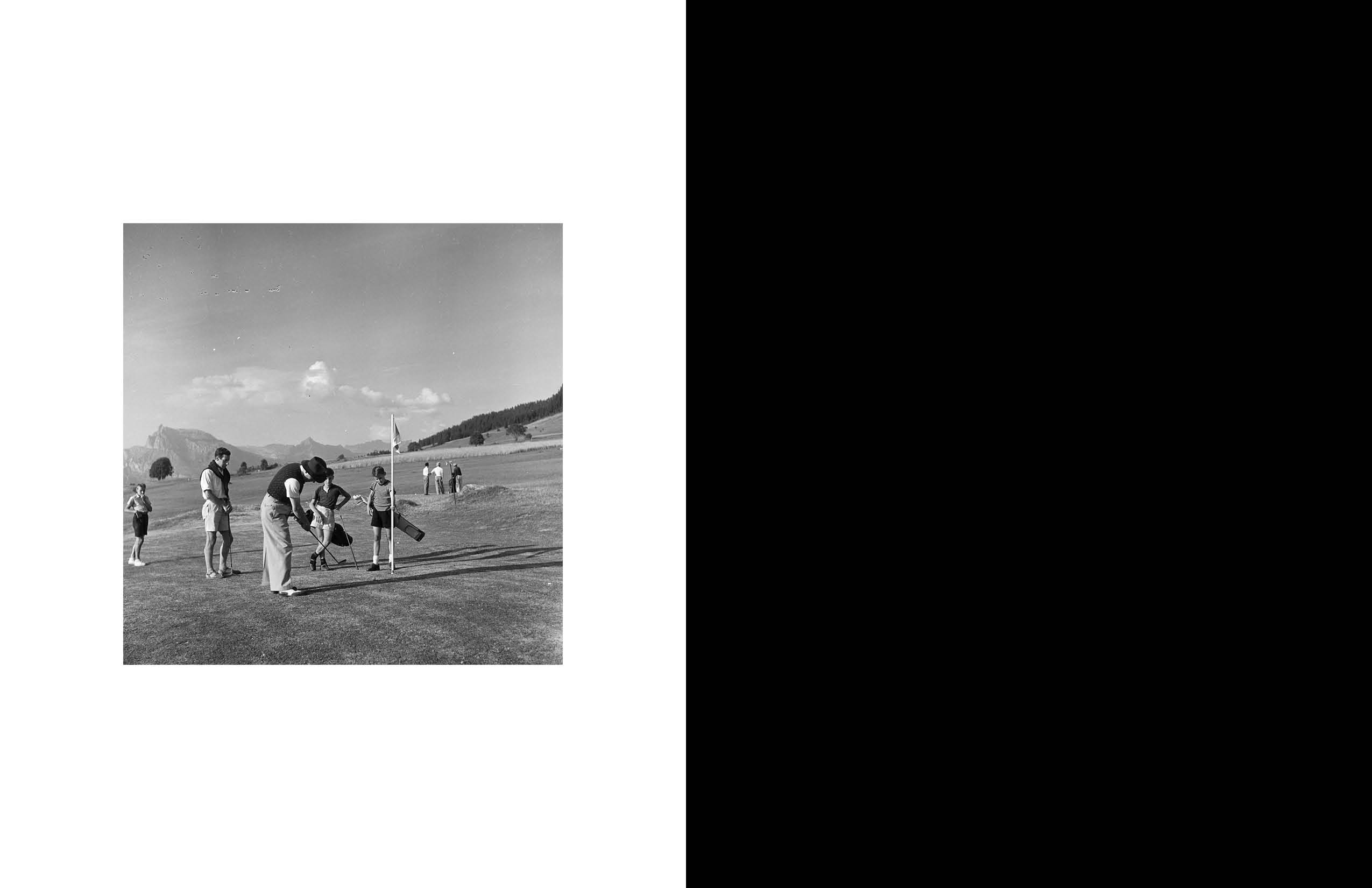
-
Polly Apfelbaum
The Potential of Women
Polly Apfelbaum
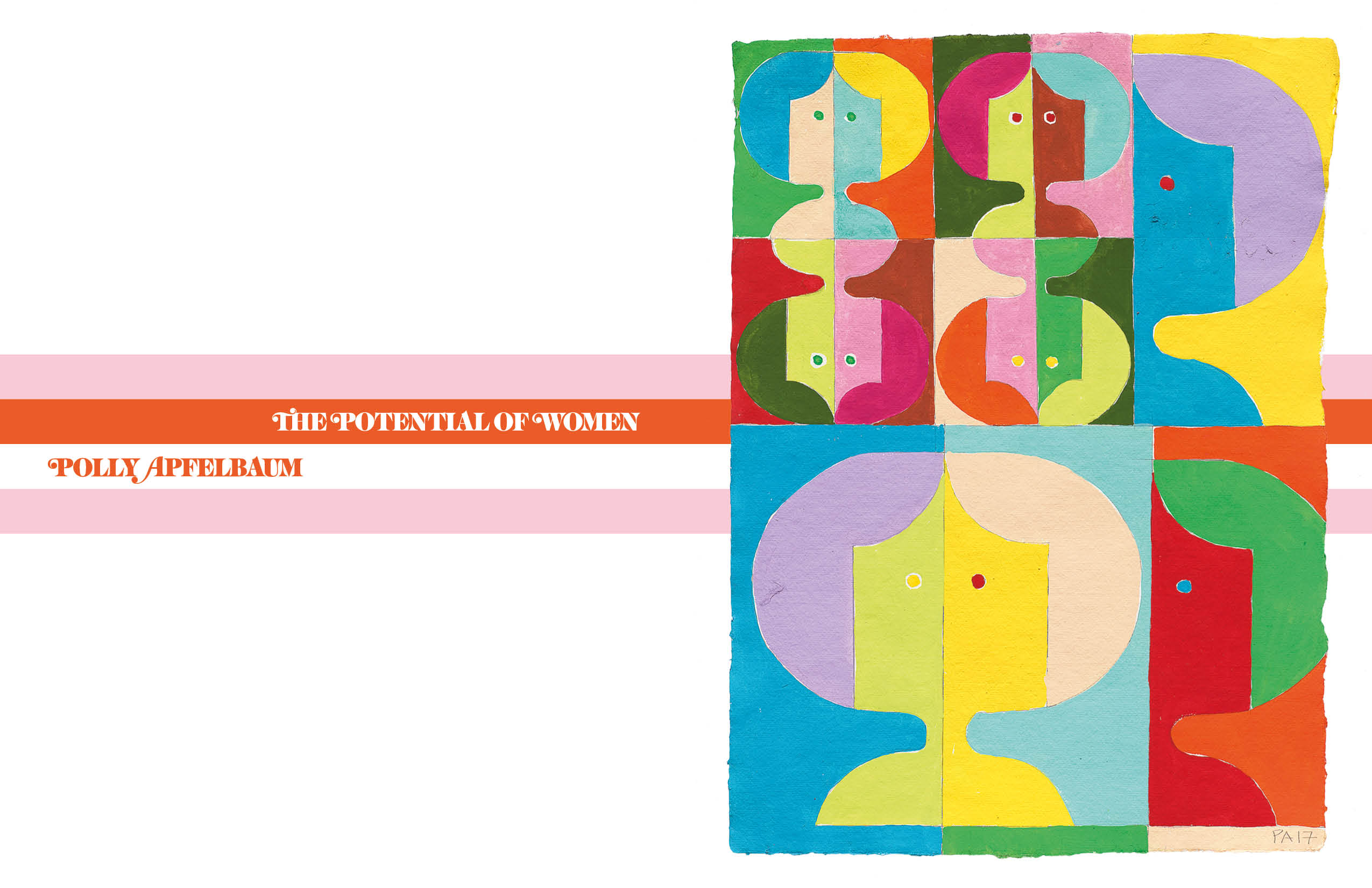
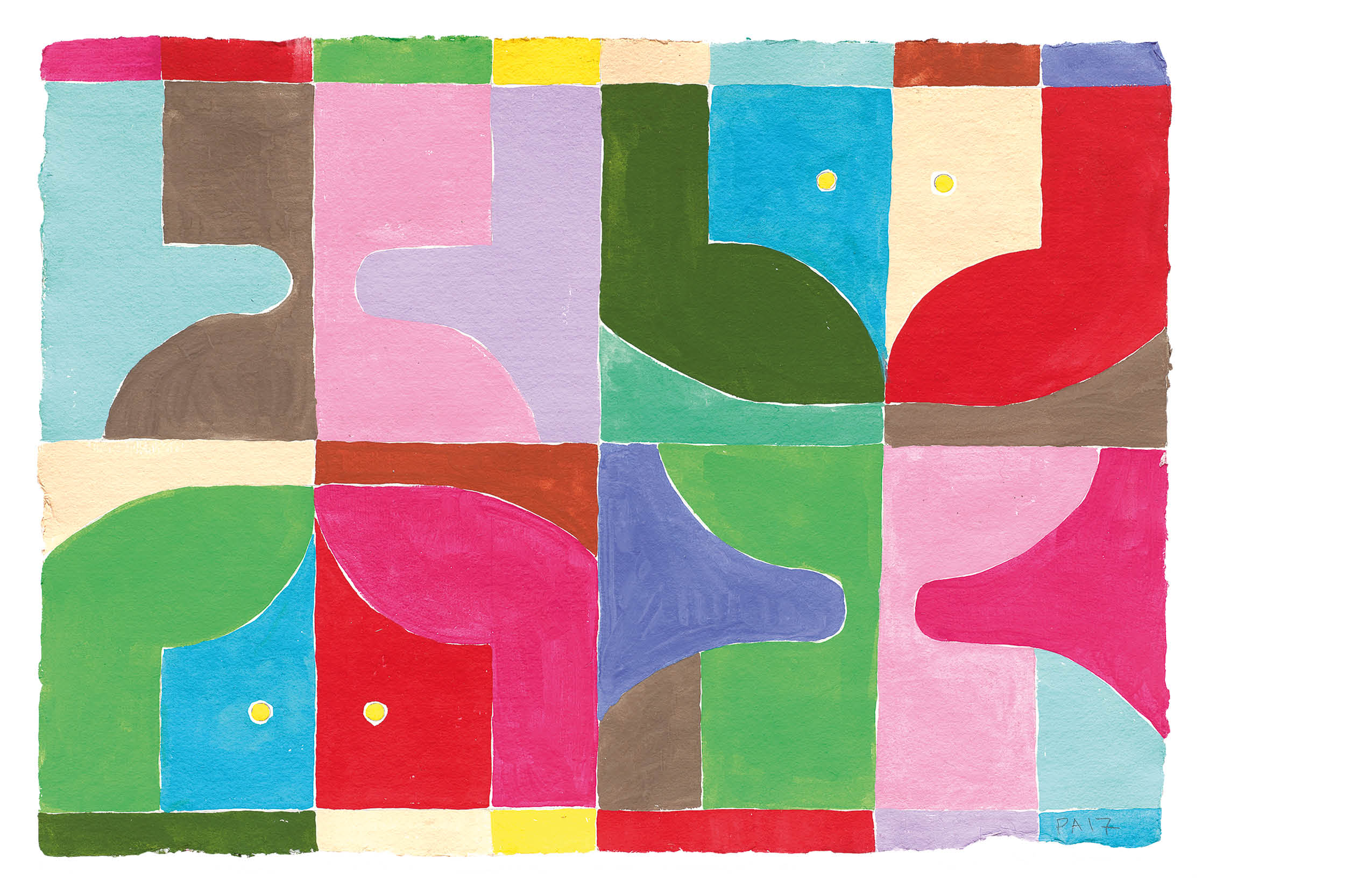
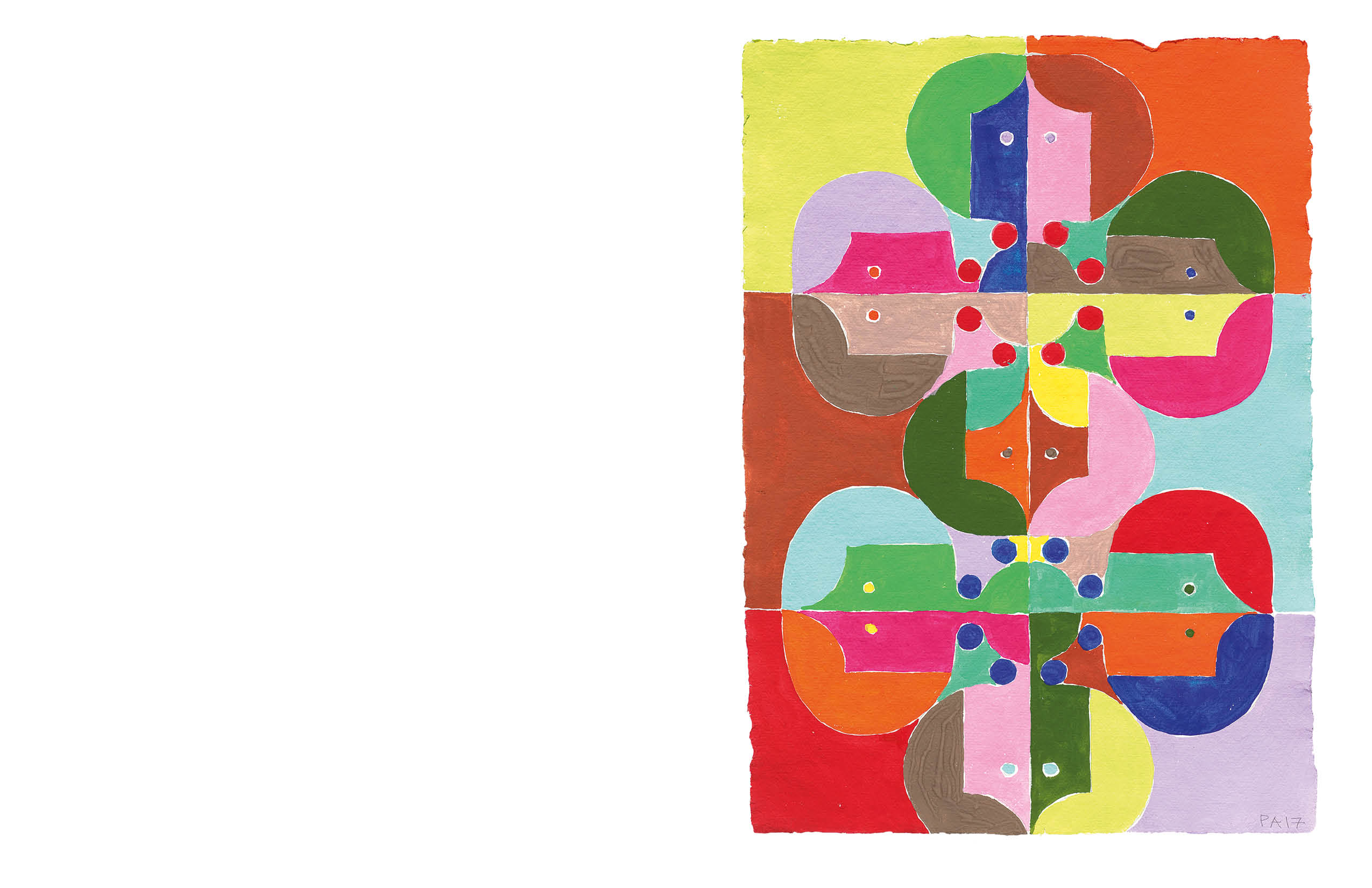
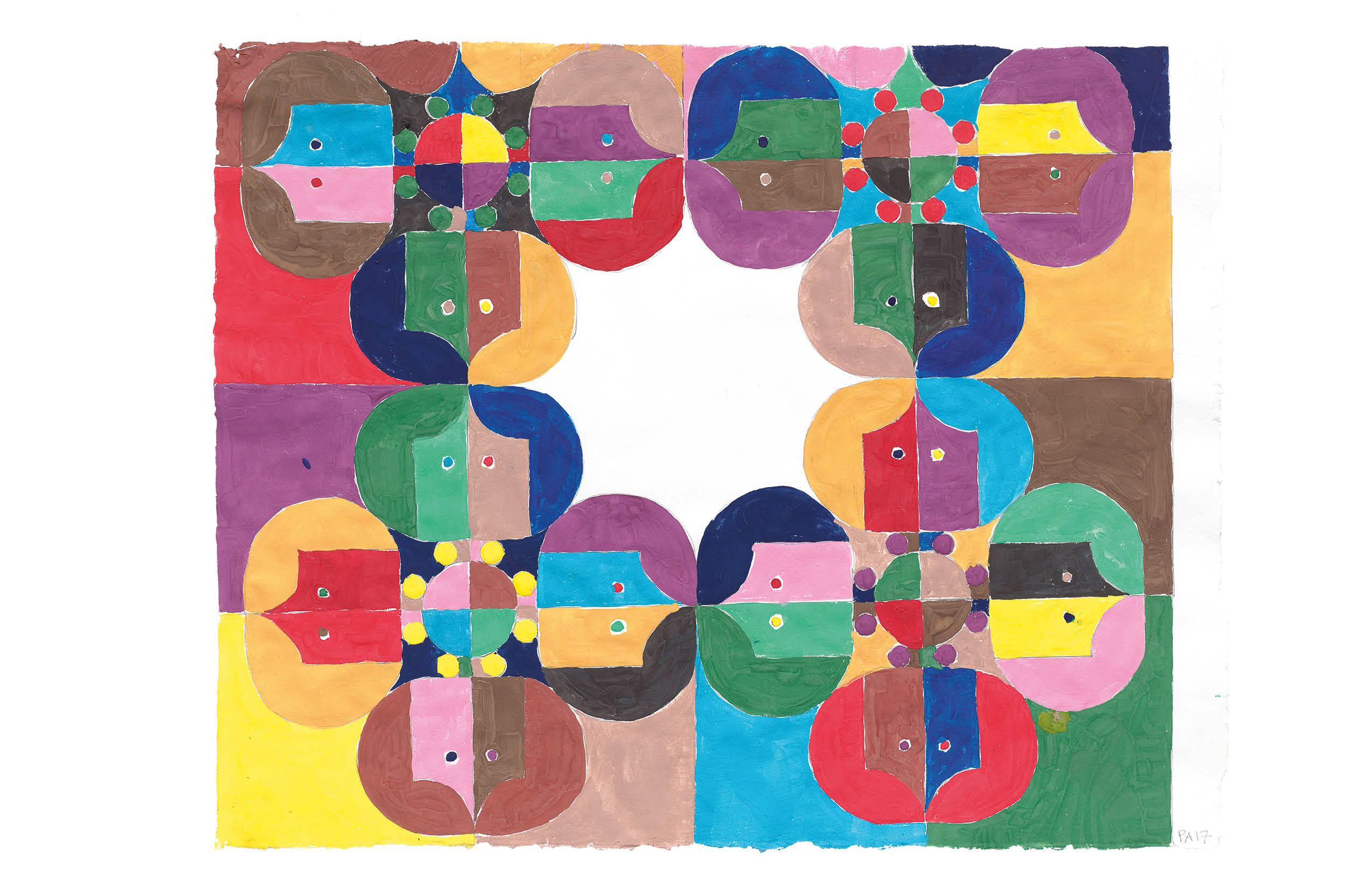
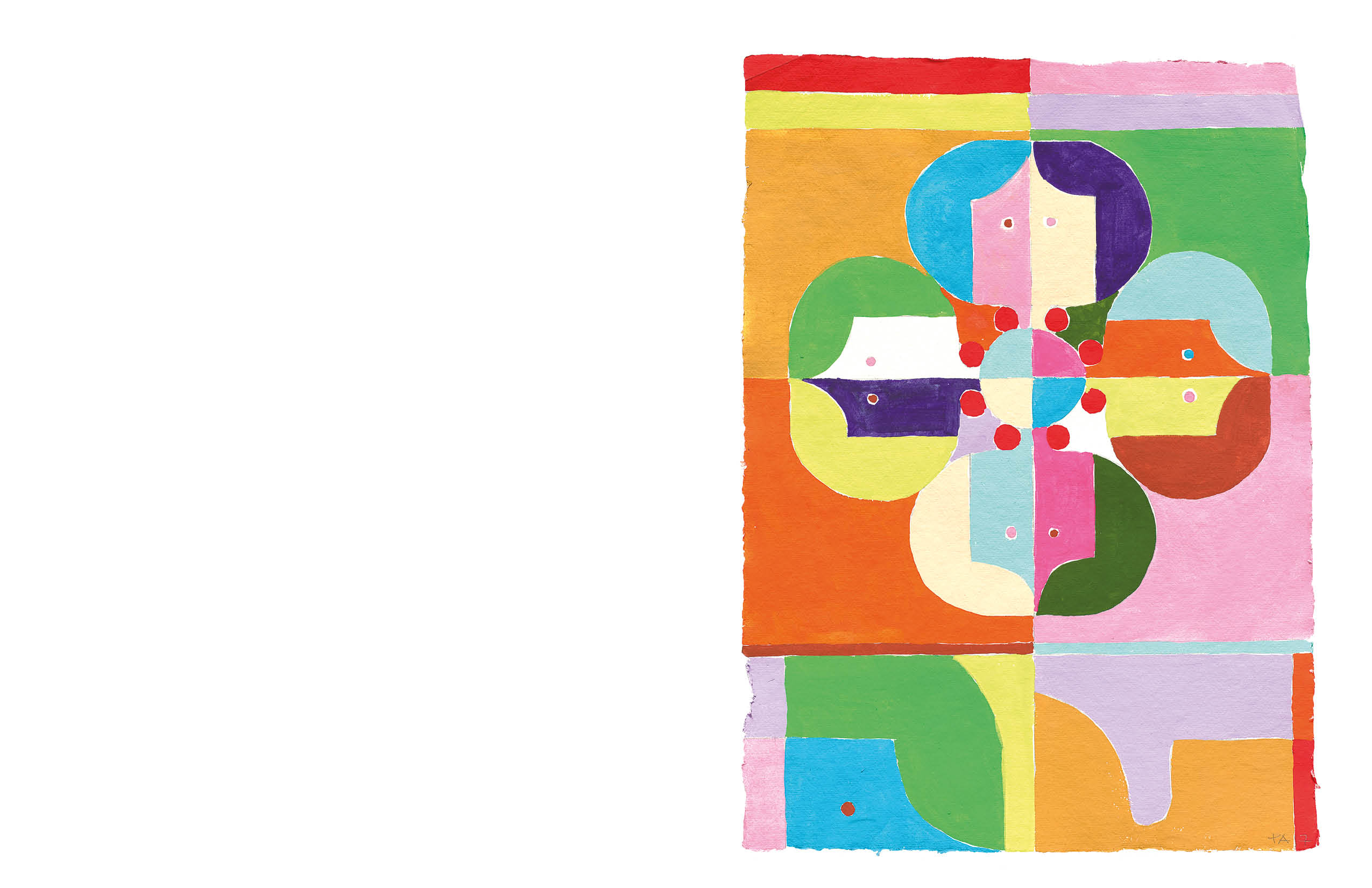
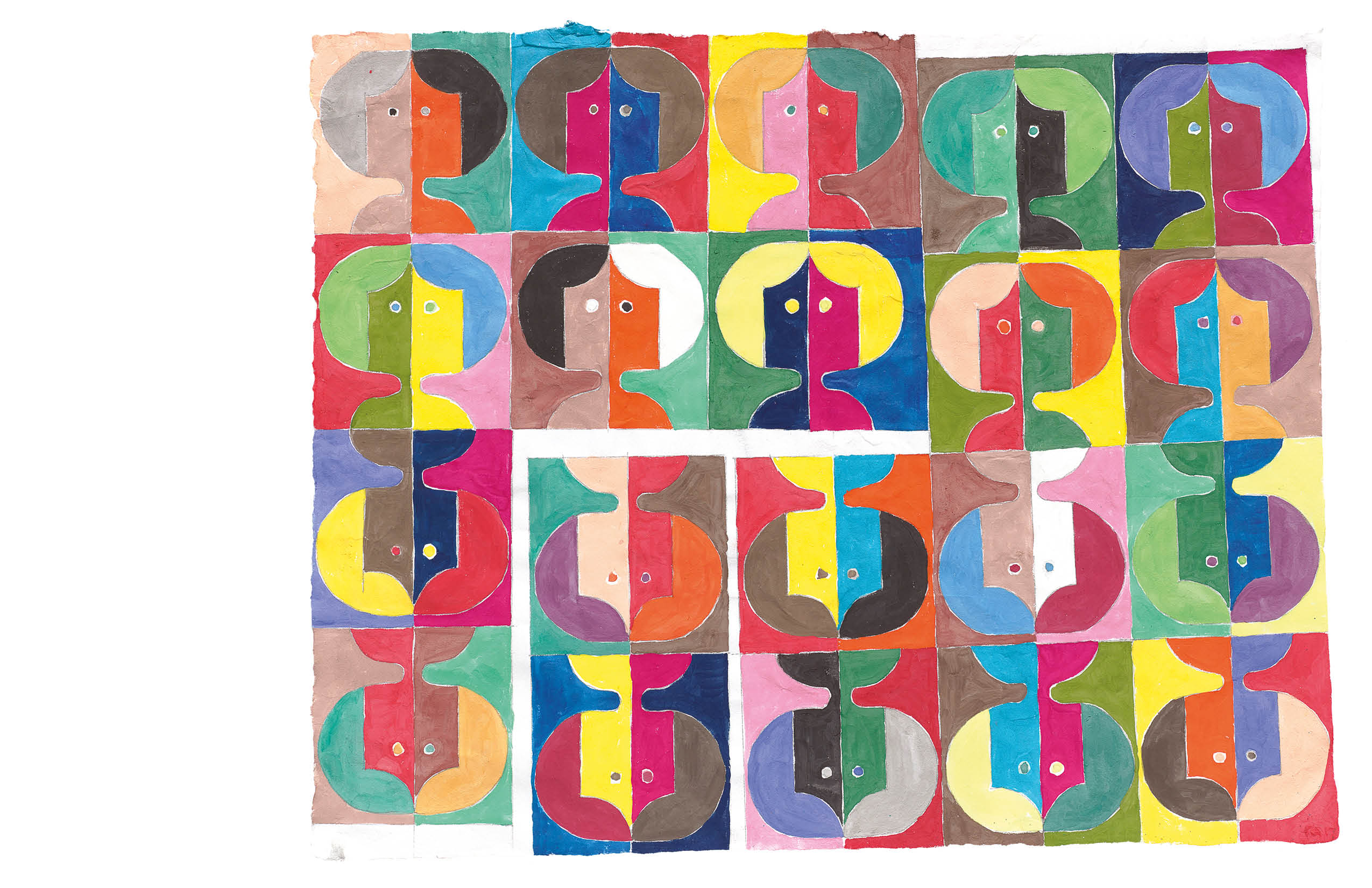
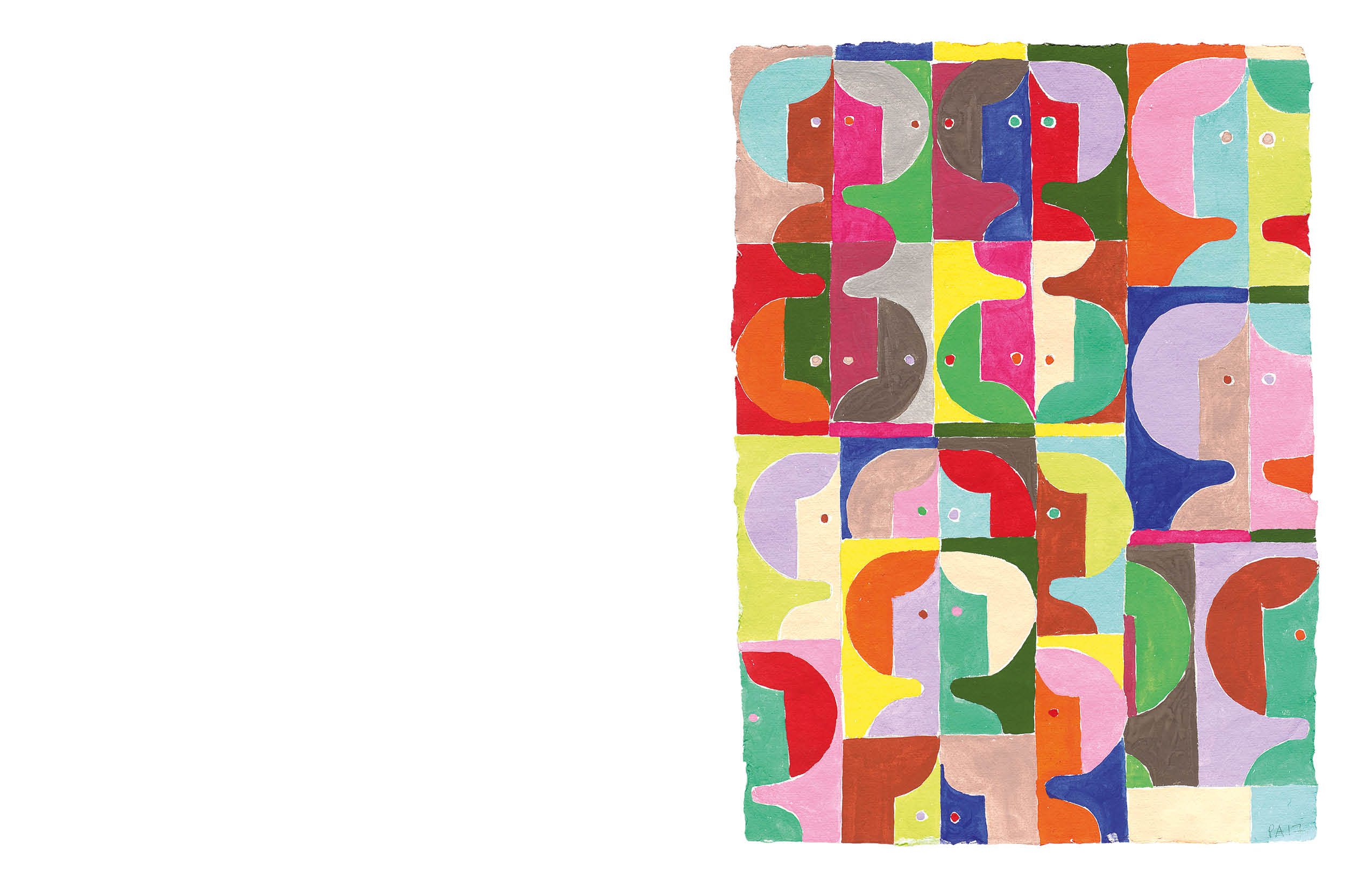
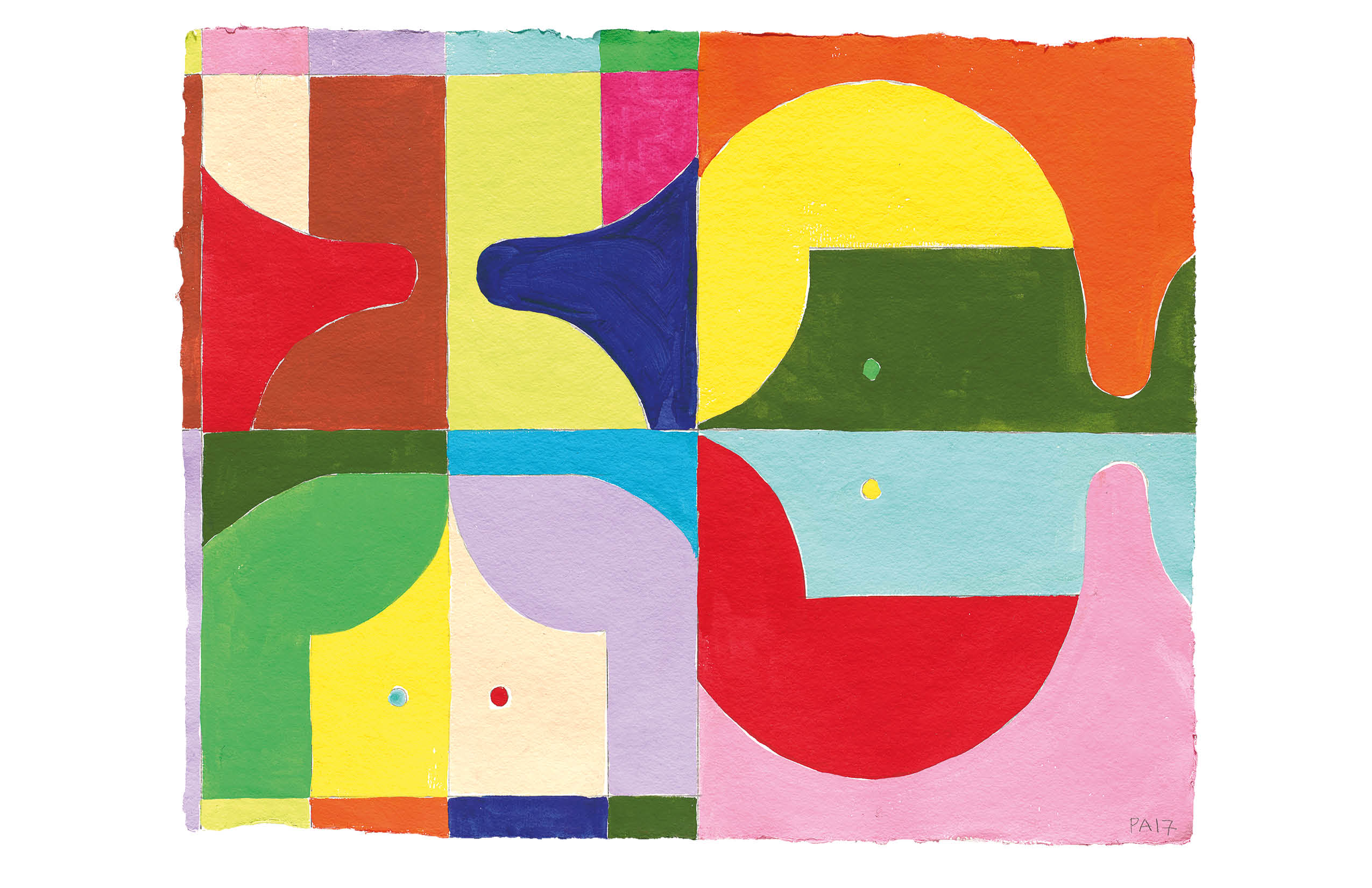
-
Craig Dykers/Snøhetta
Observationalist
Craig Dykers/Snøhetta
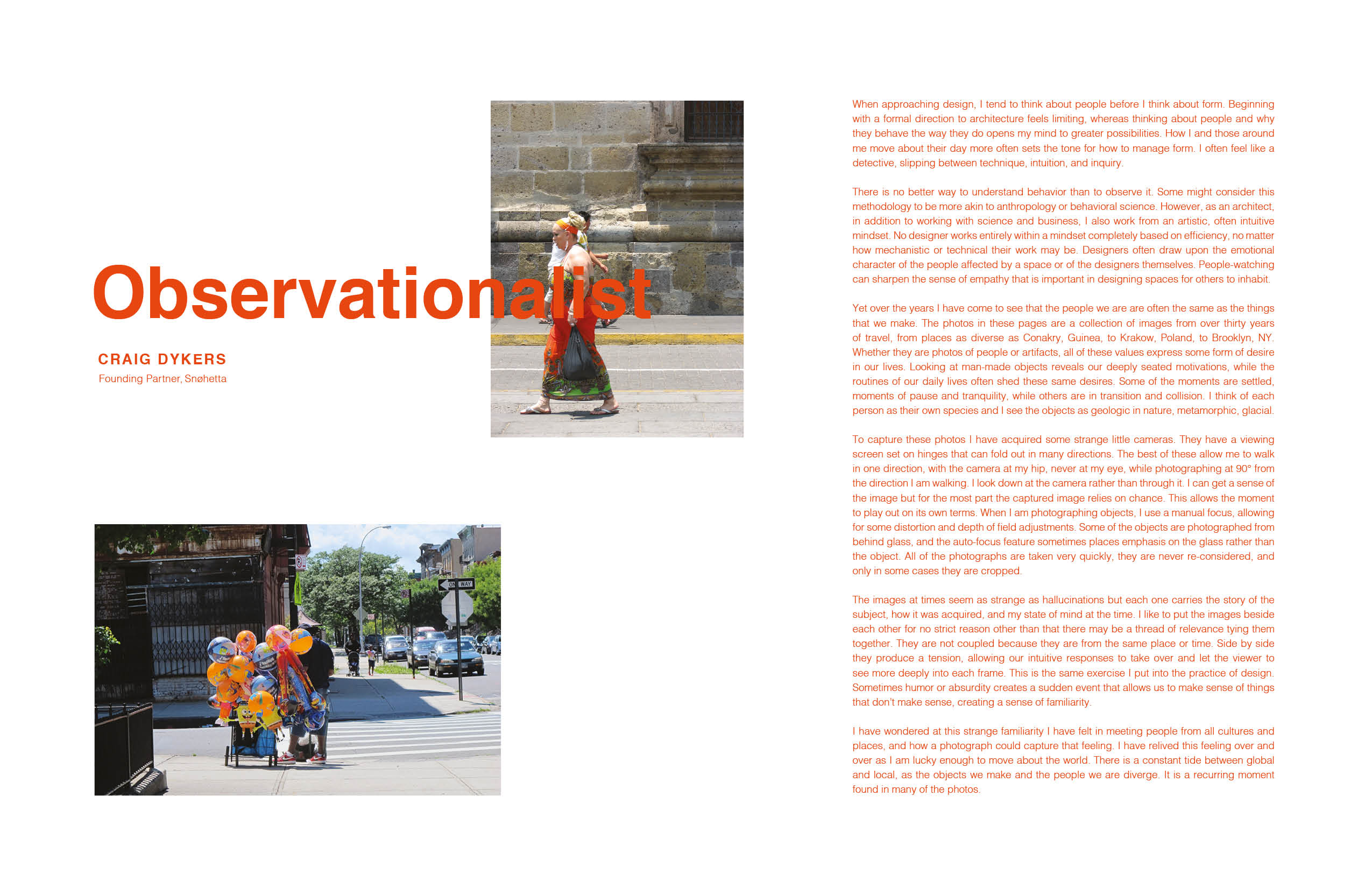
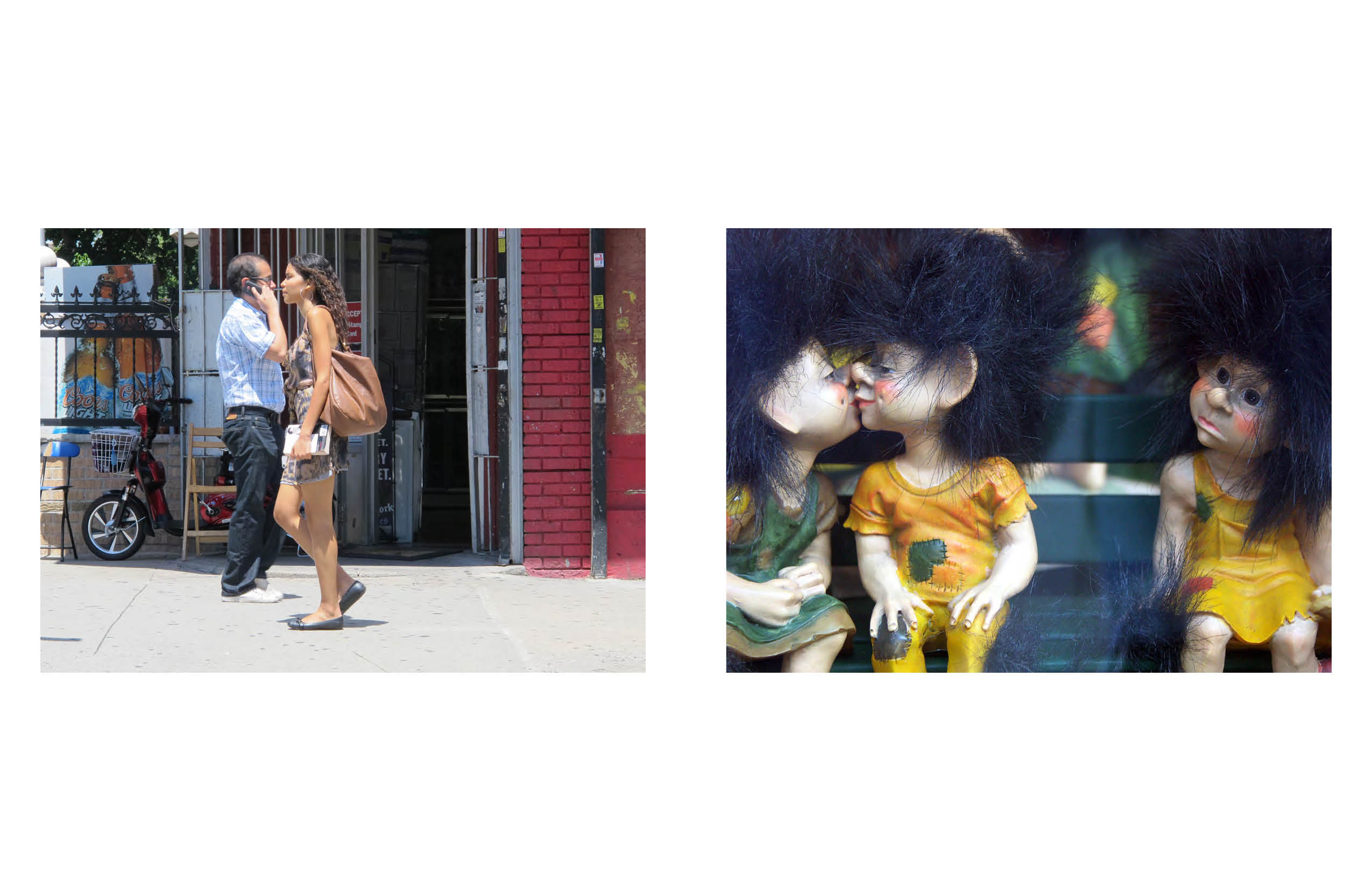
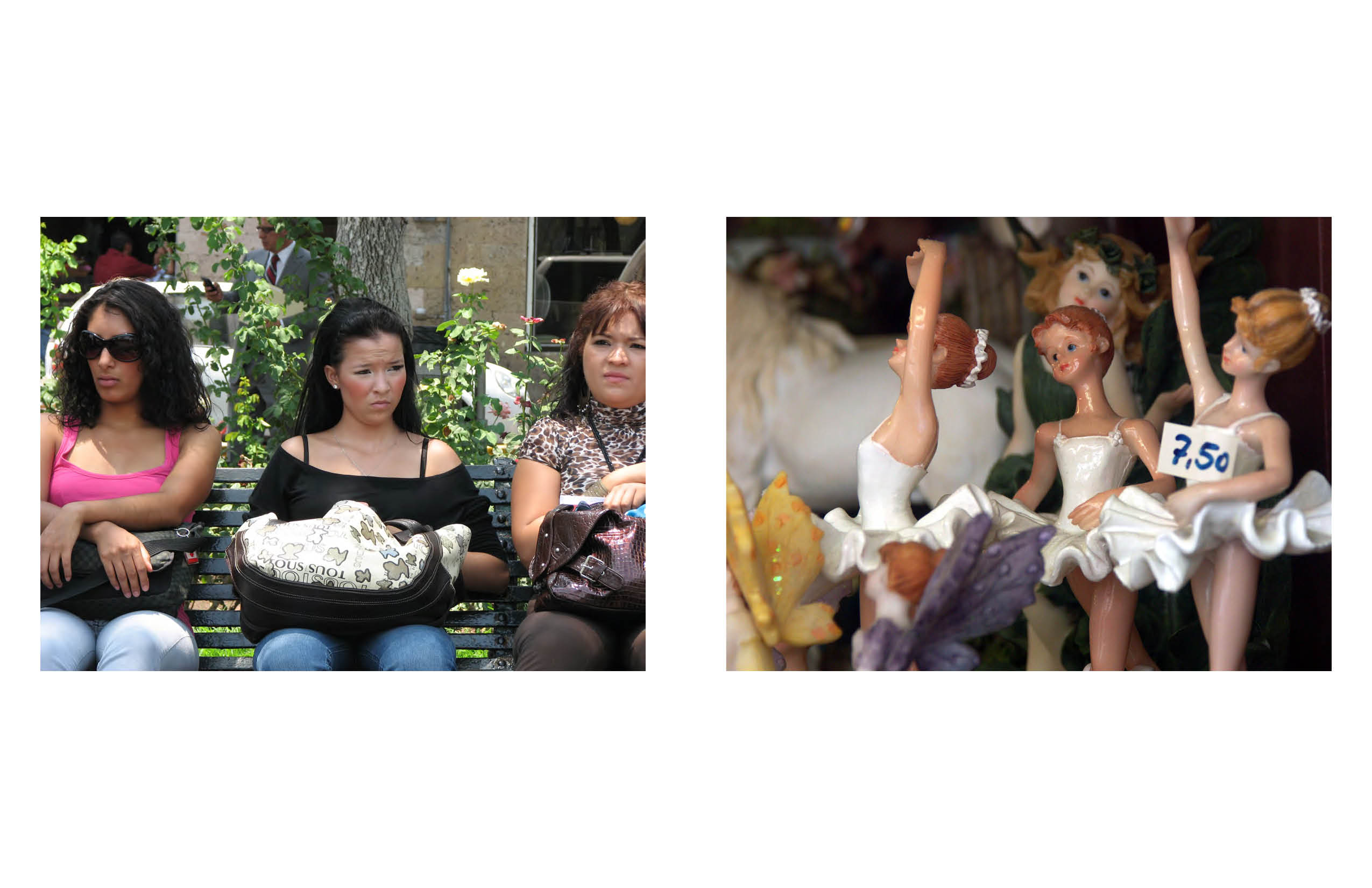
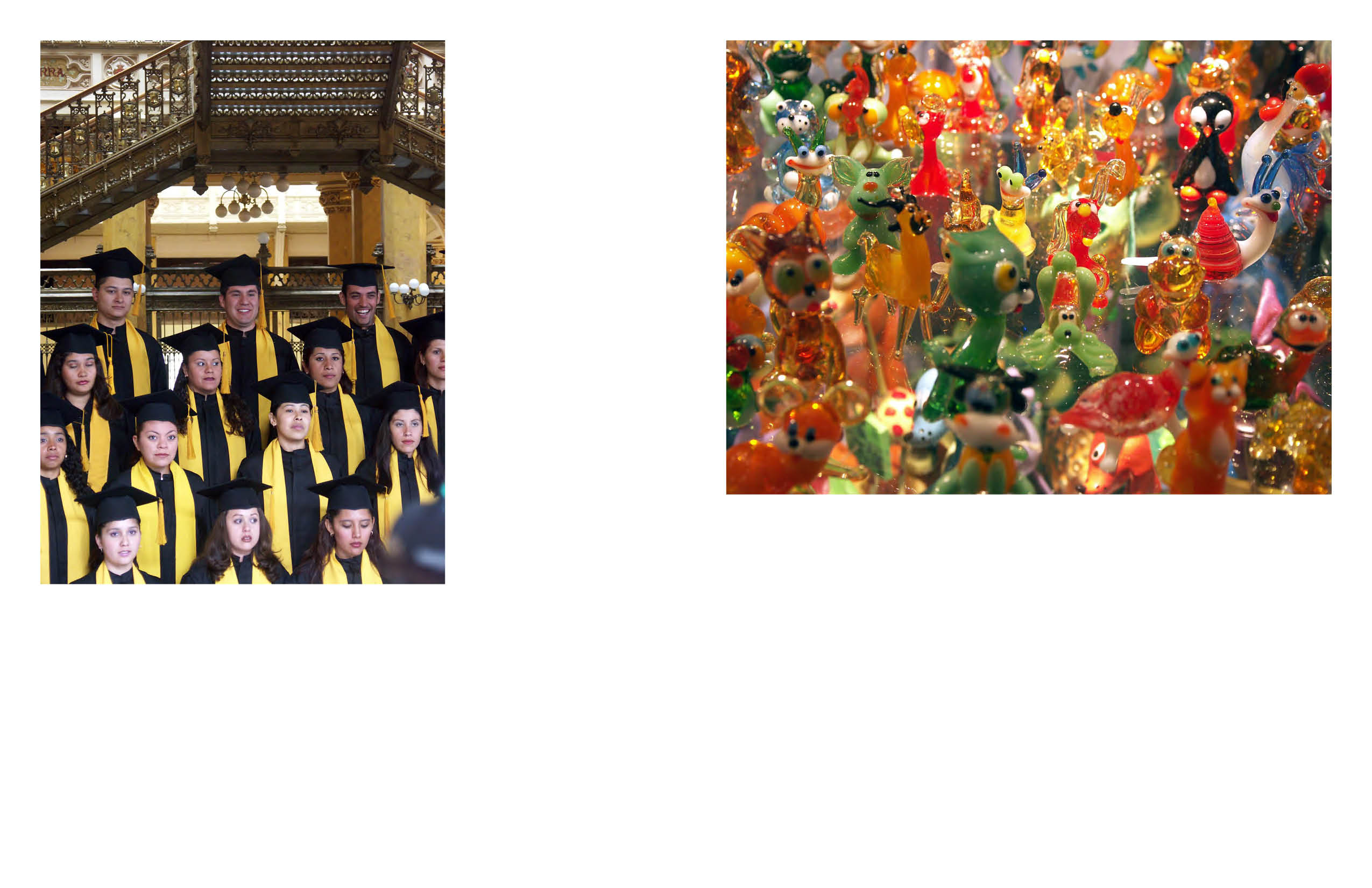
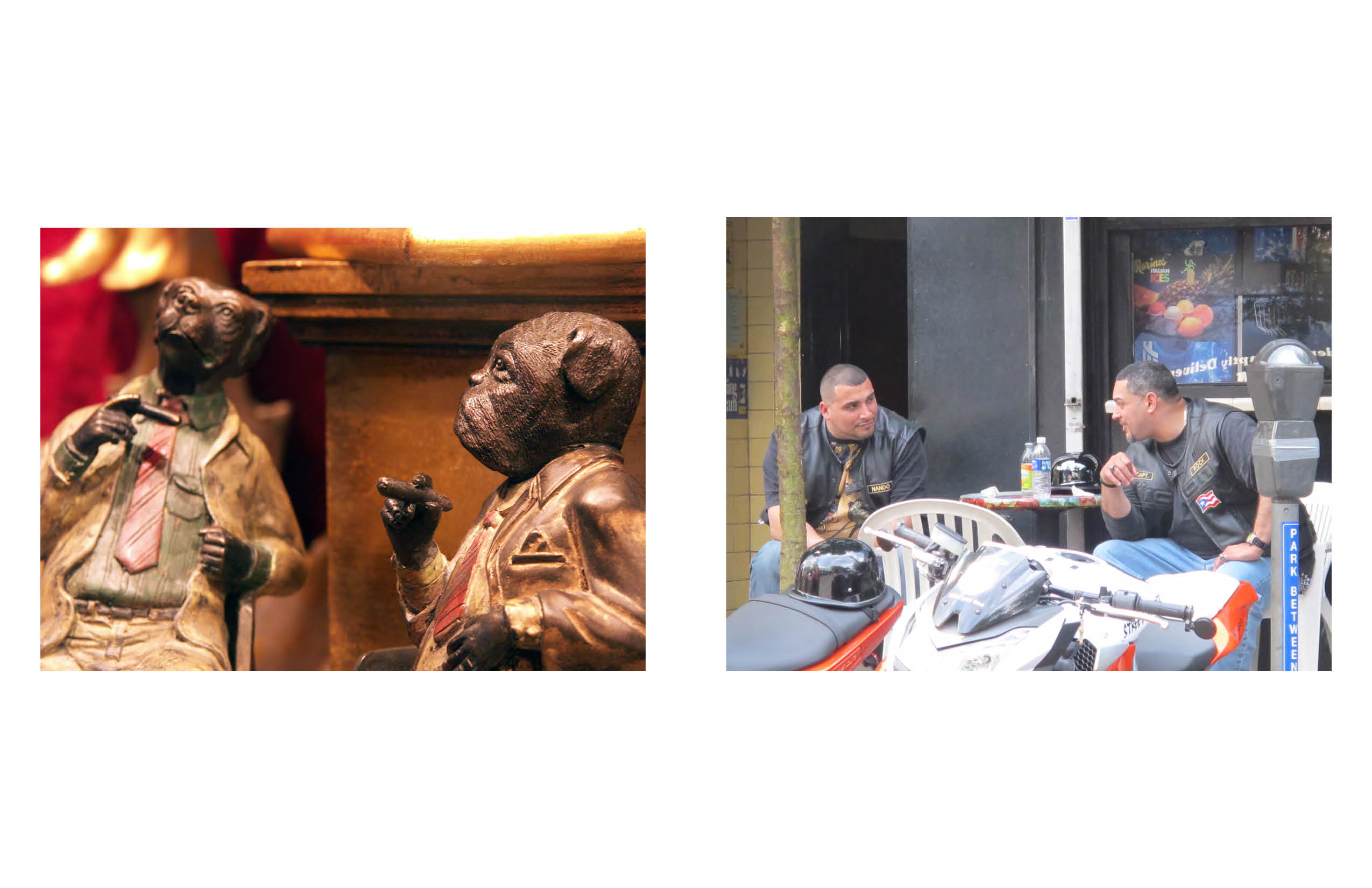
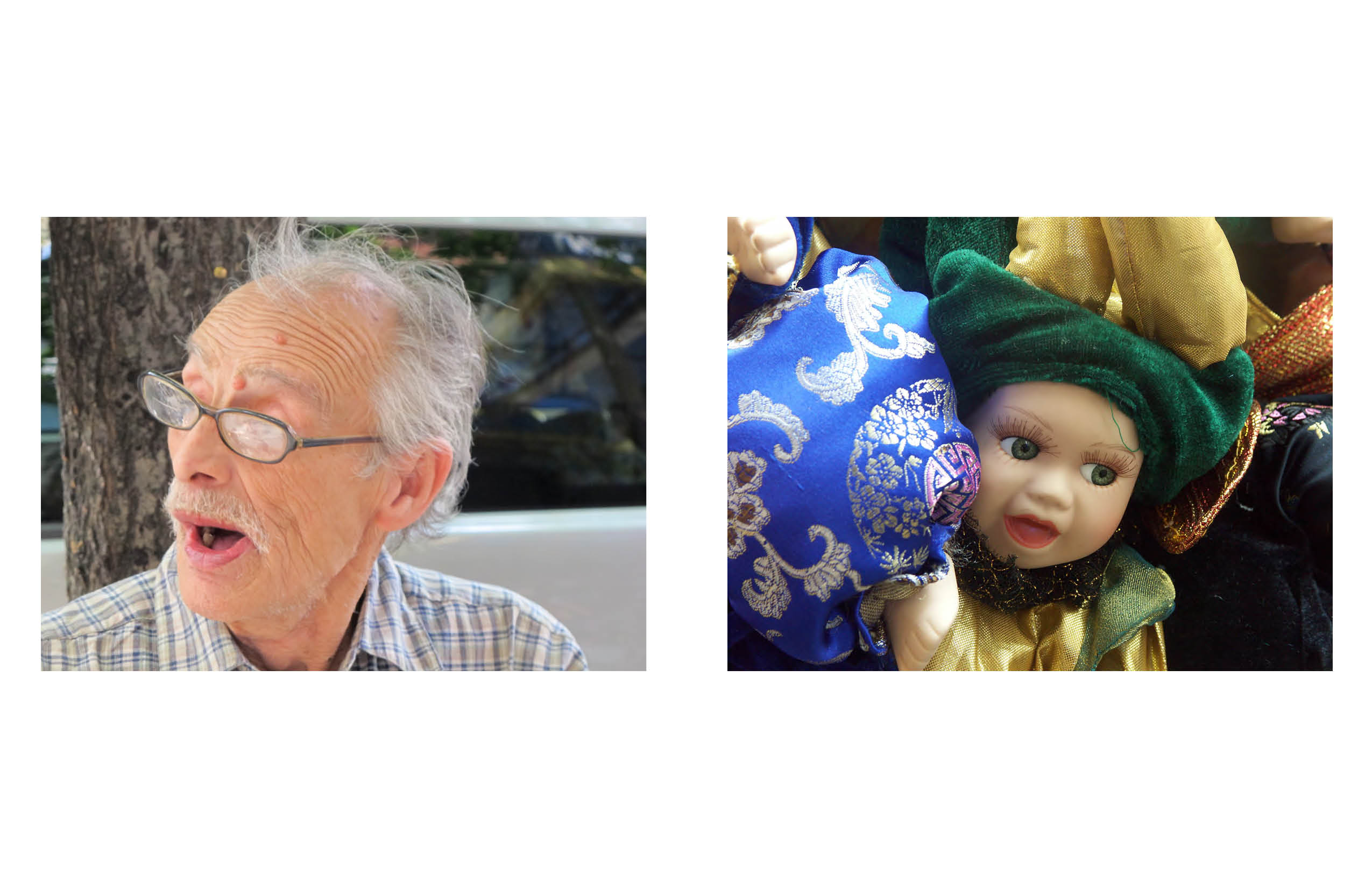
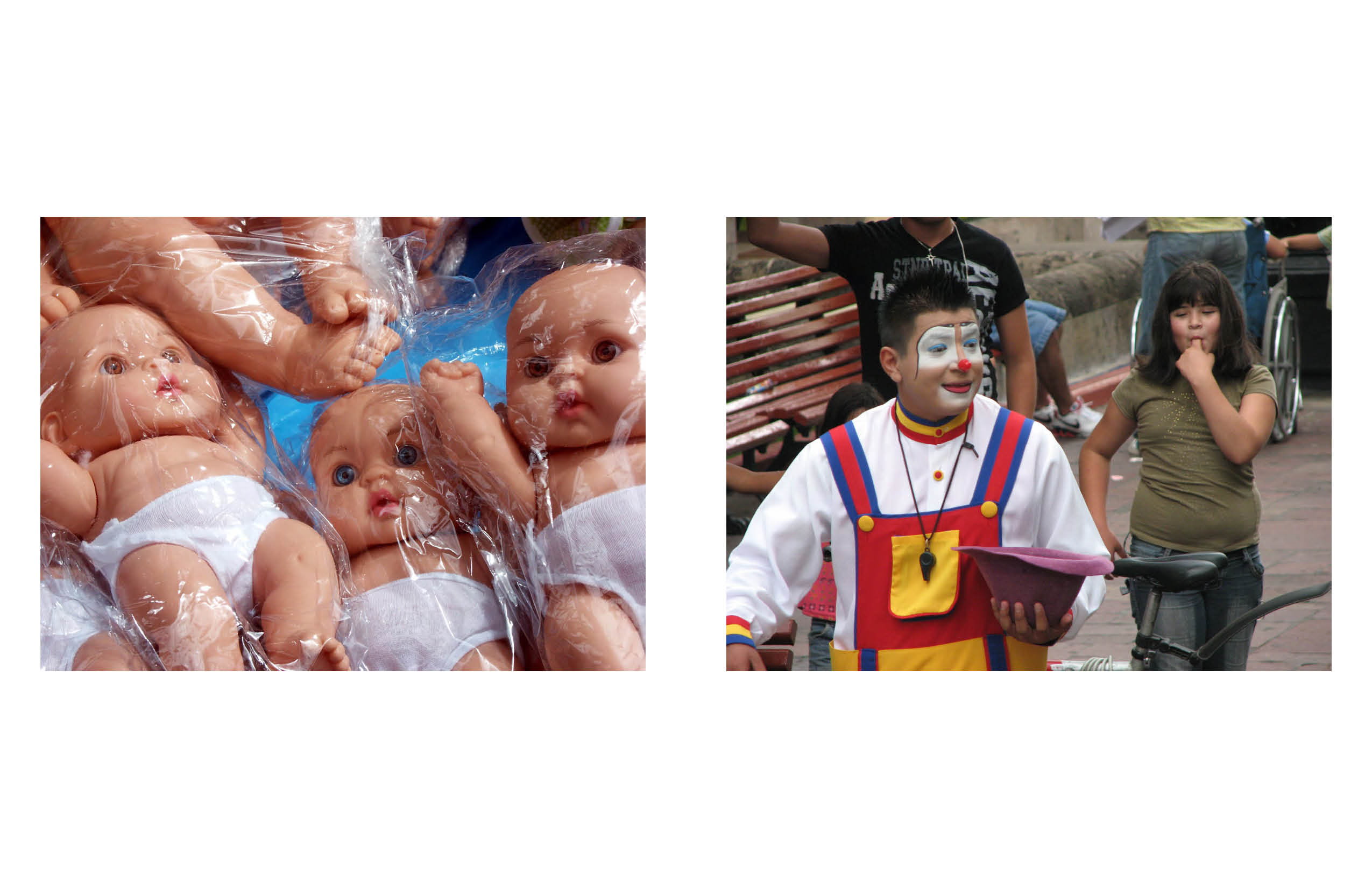
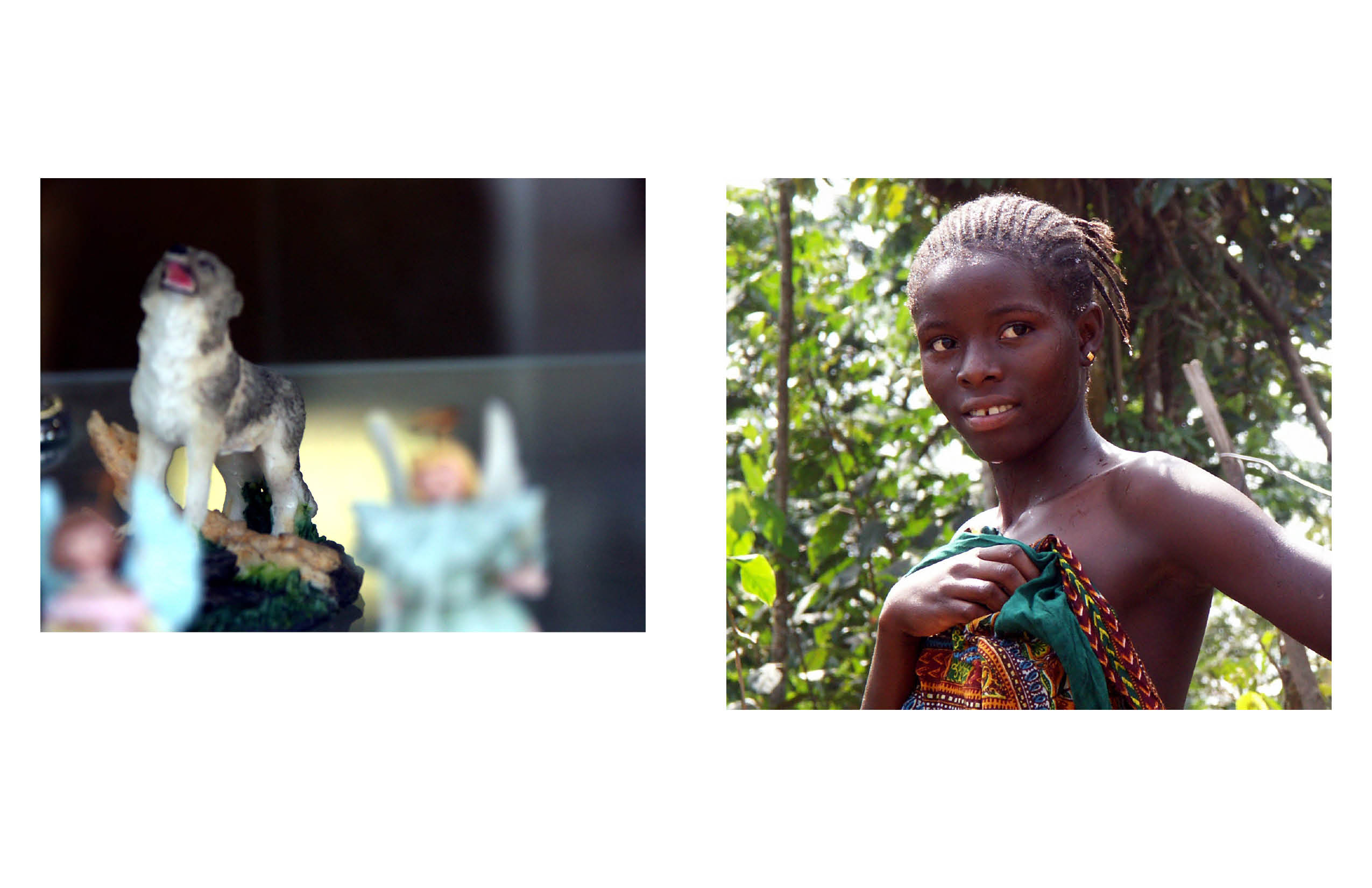
-
Michael Ross
Sculpture|2005-2006
Michael Ross
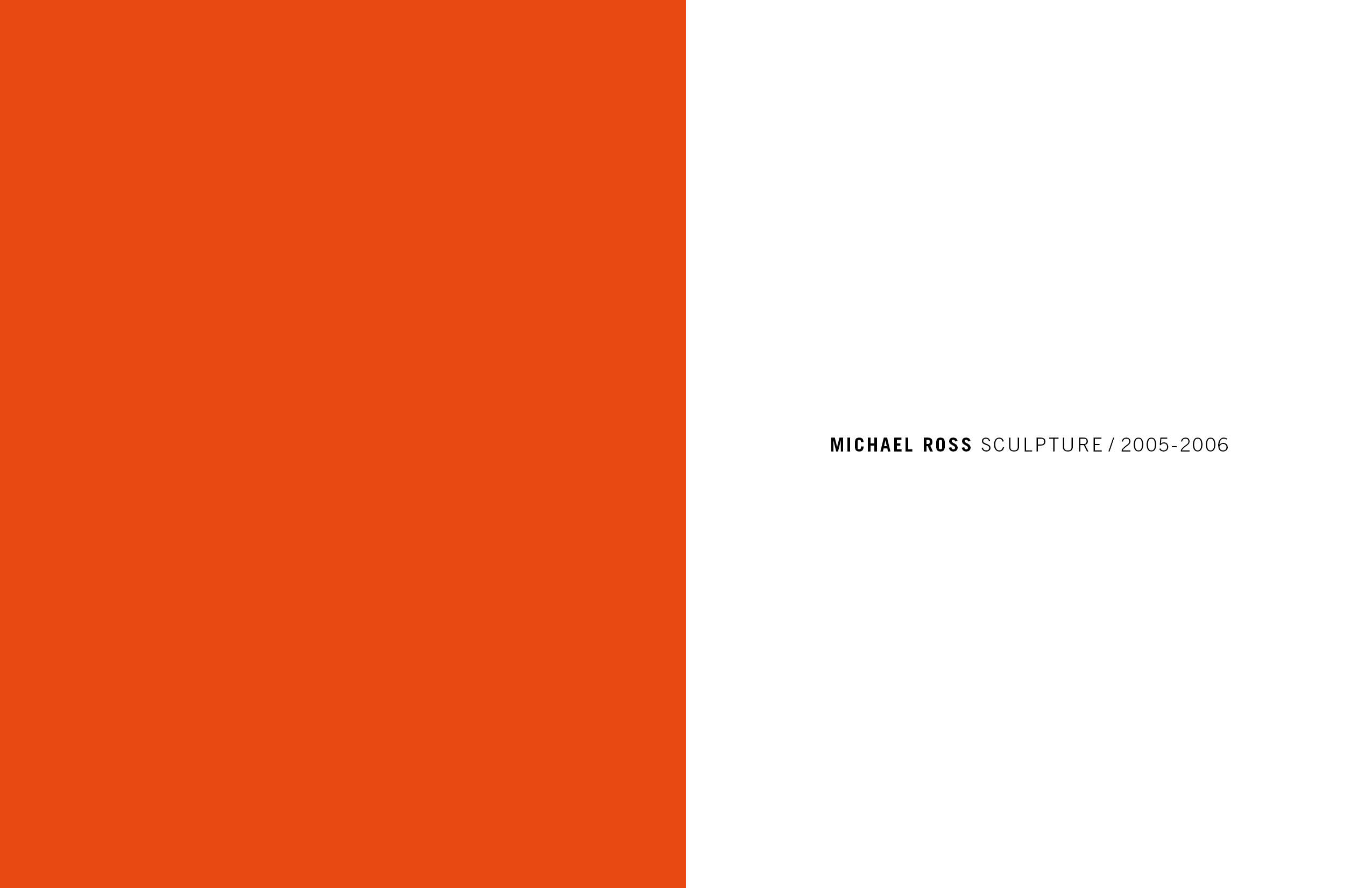
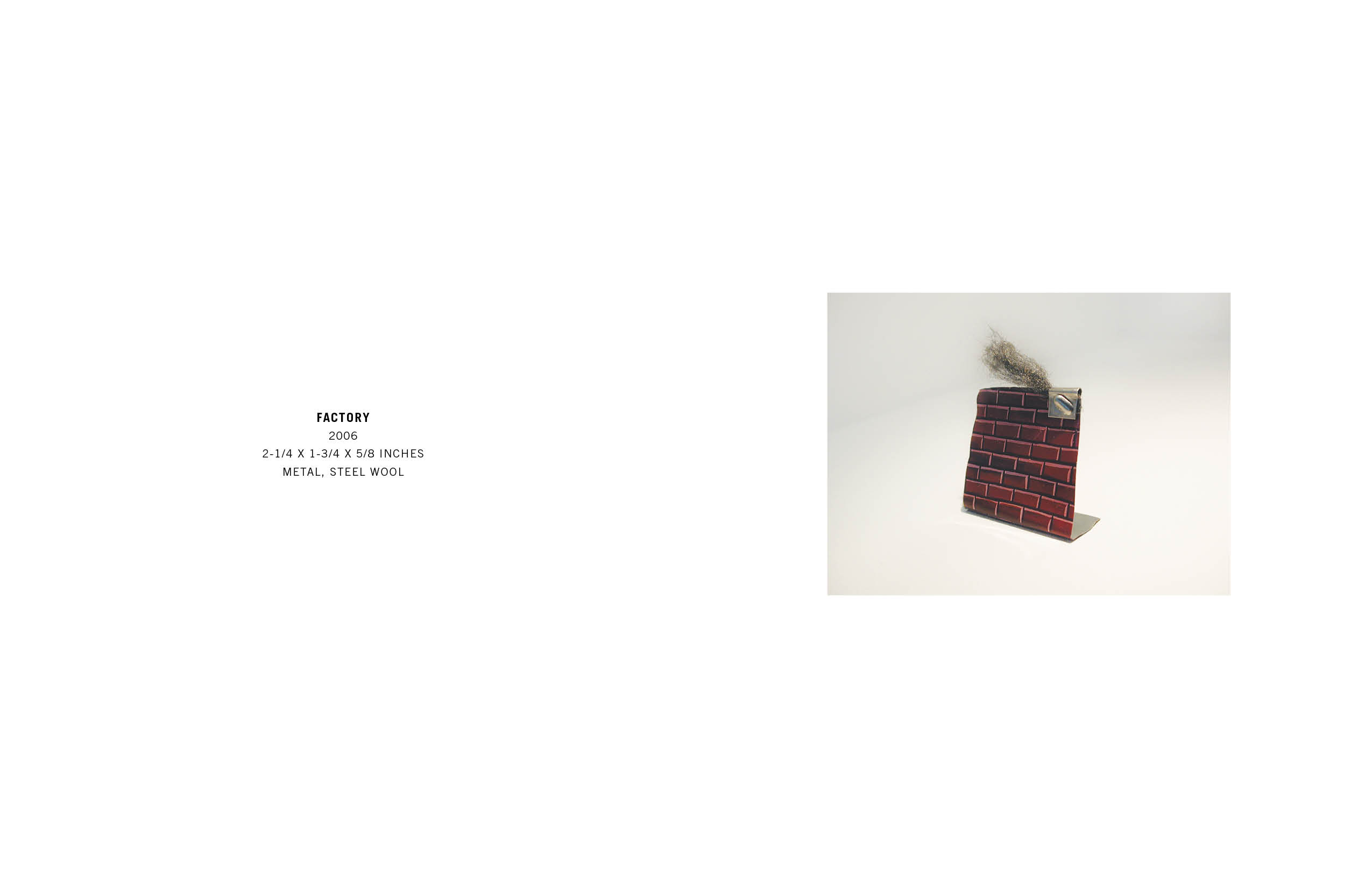
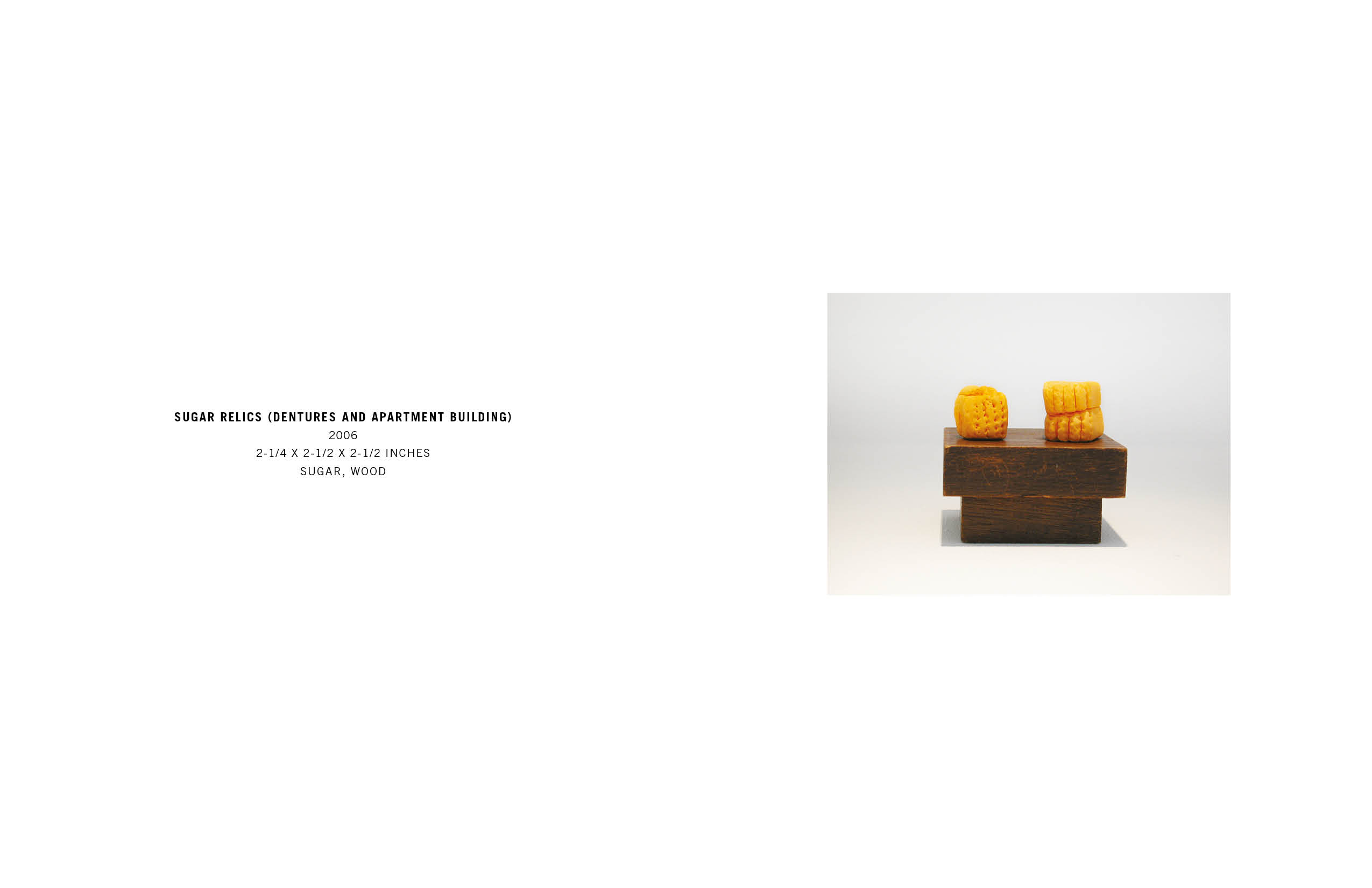
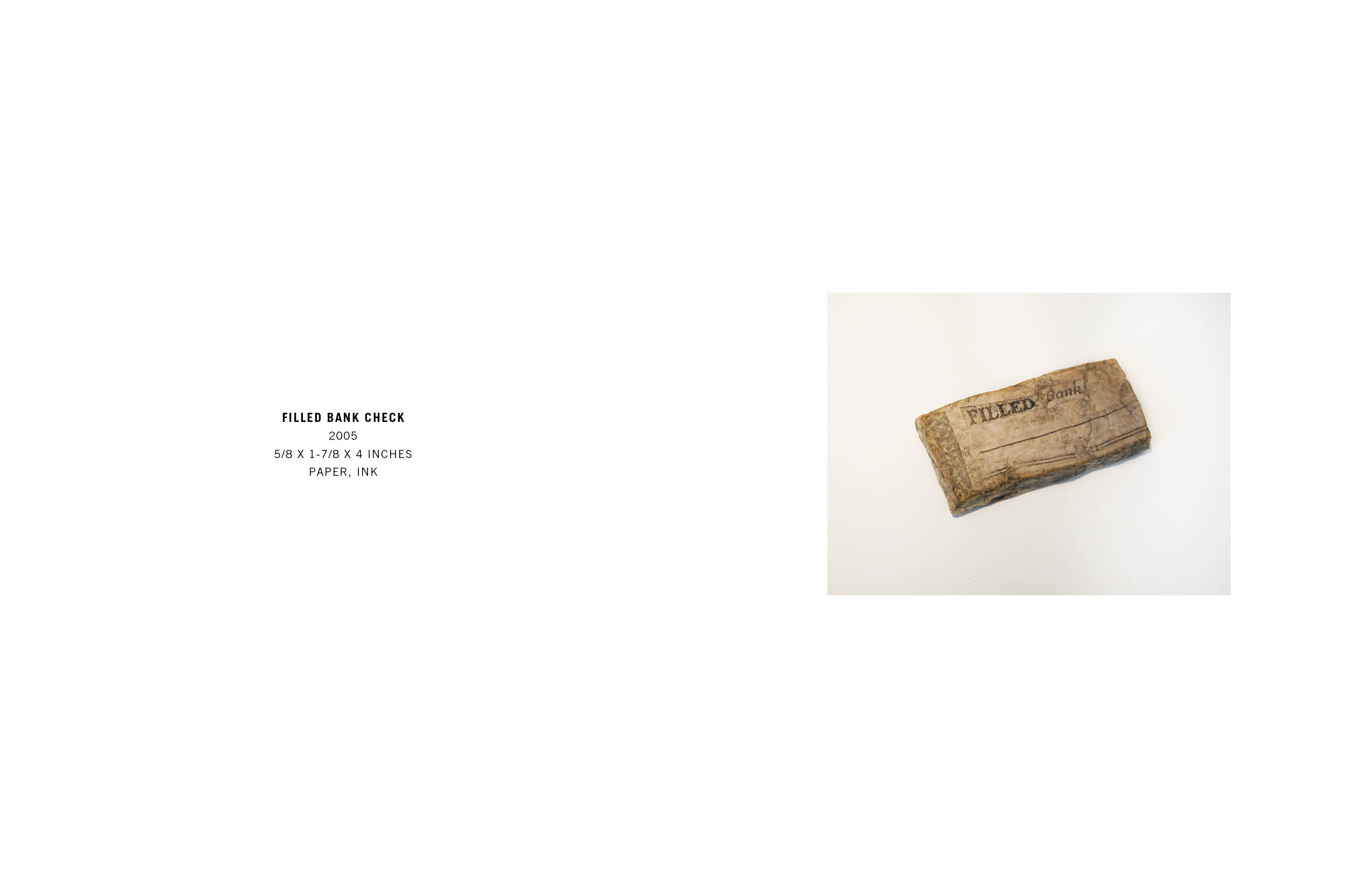
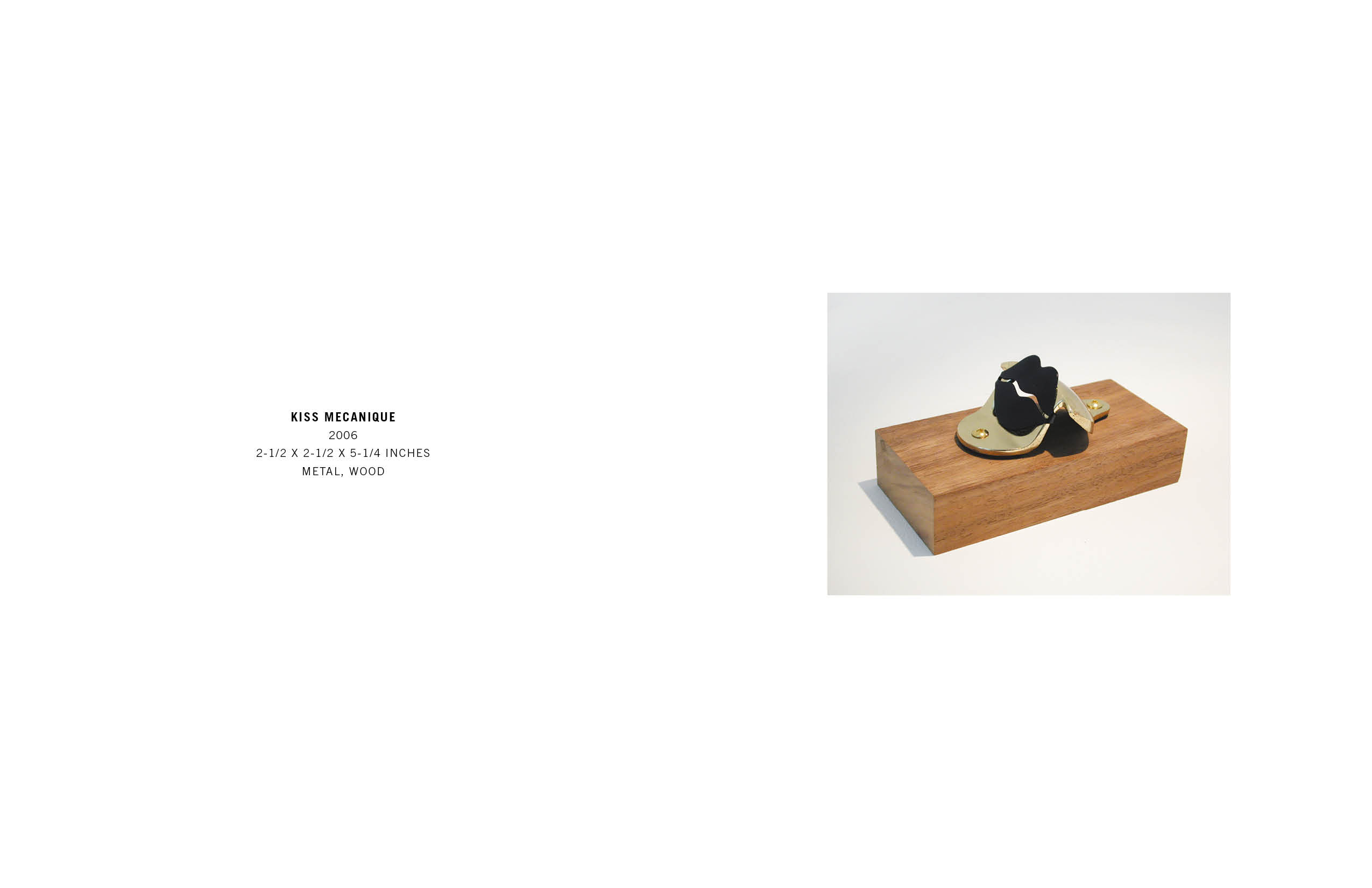
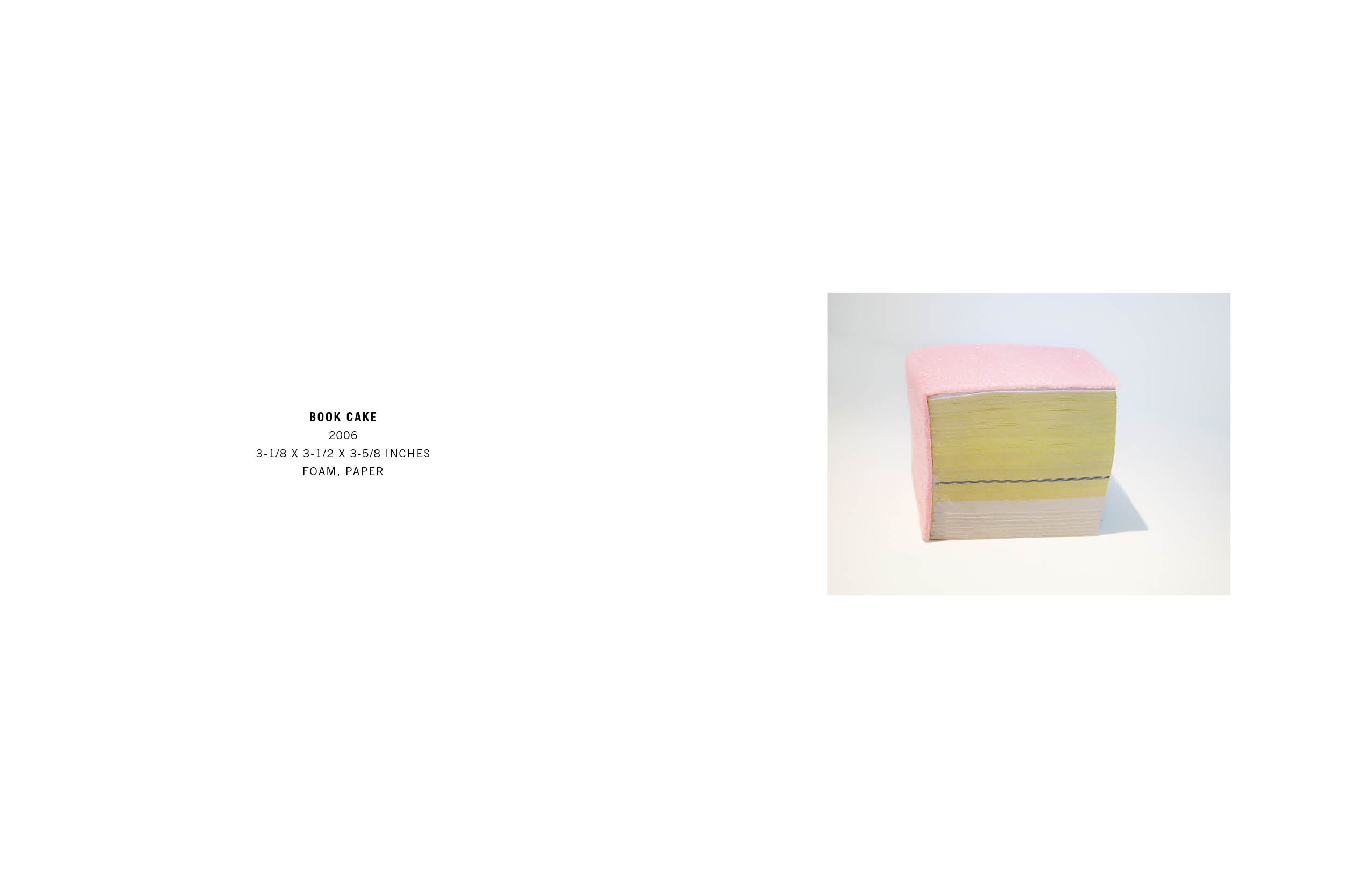
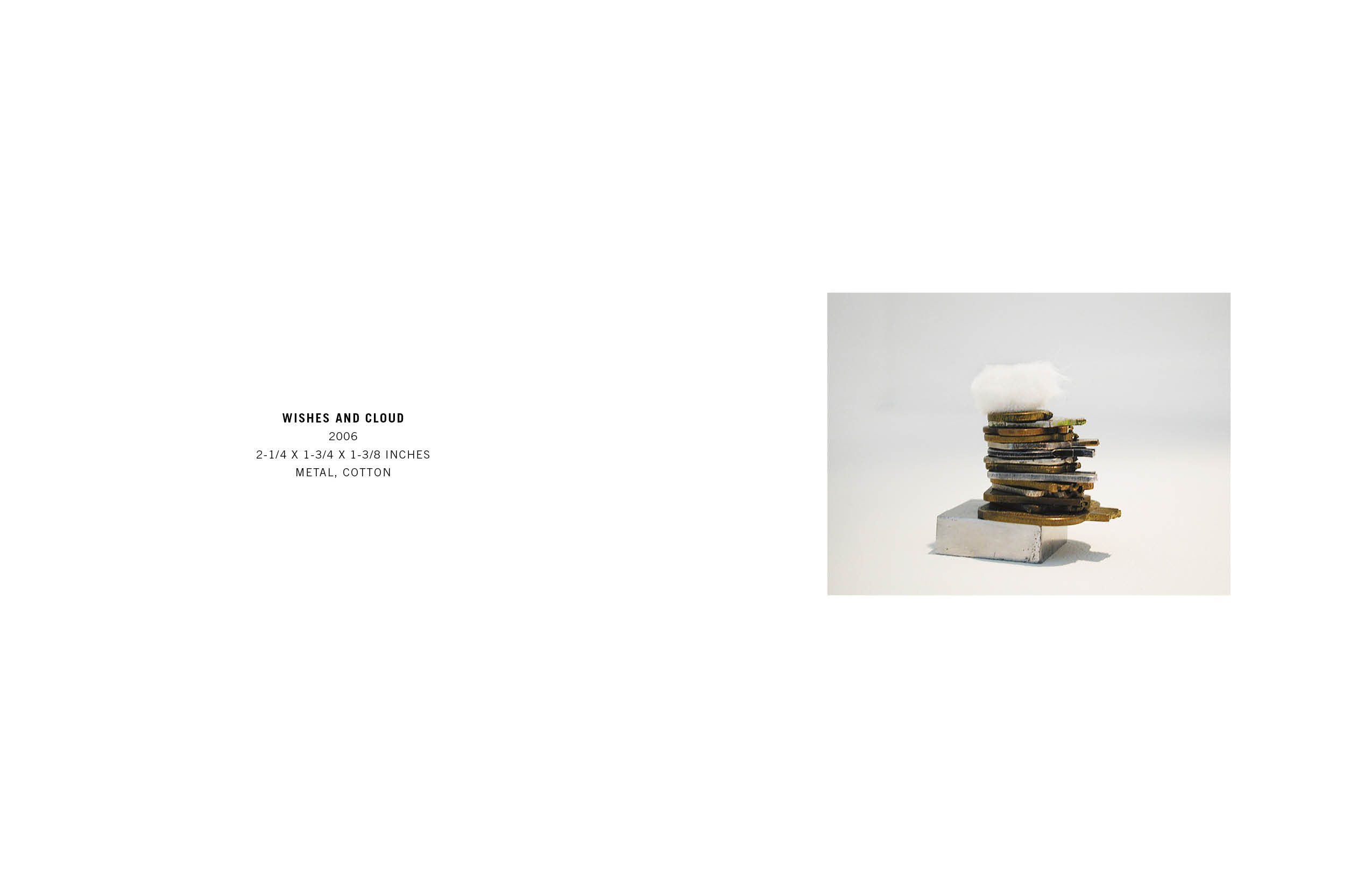
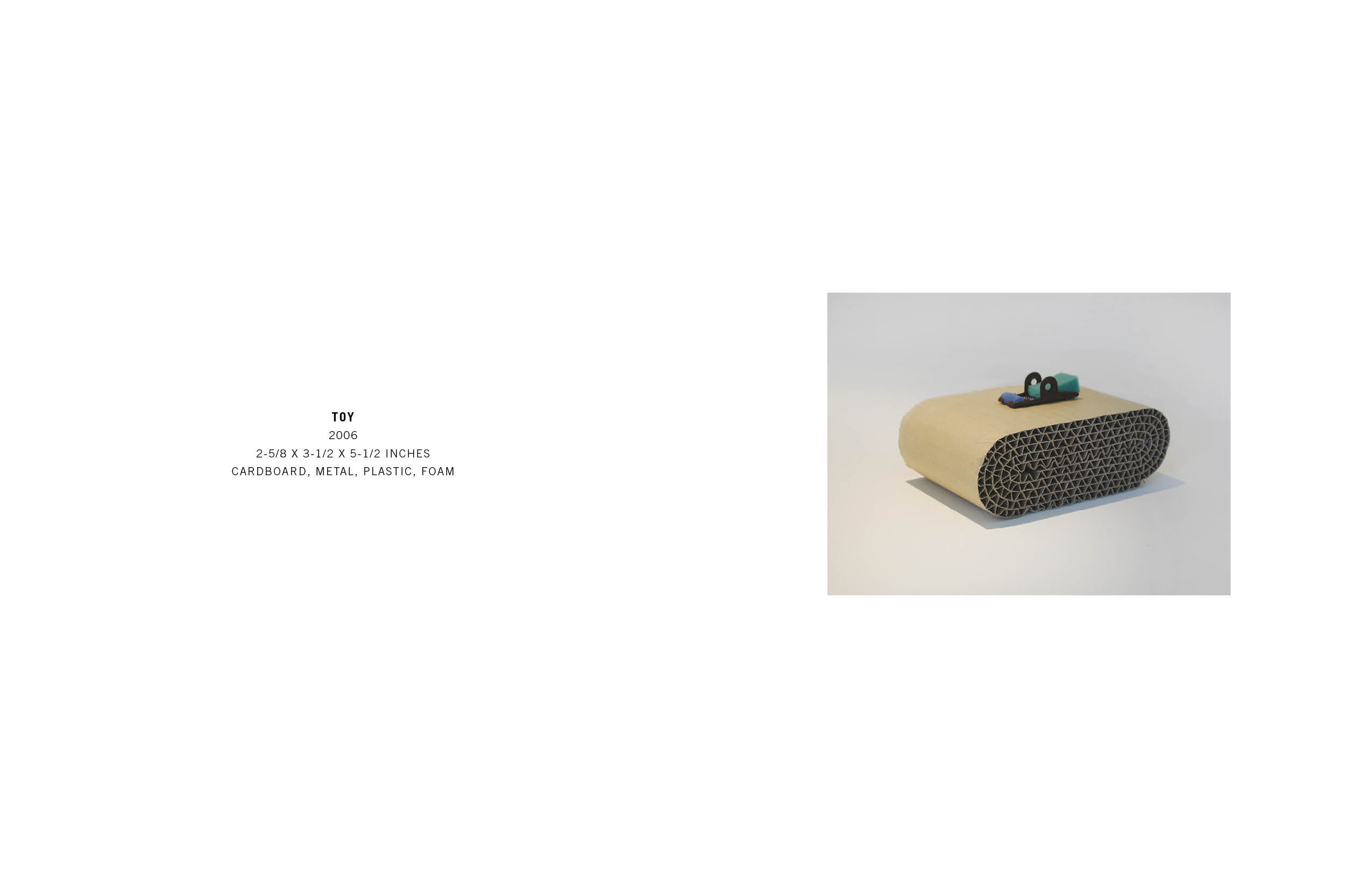
-
Jennifer Grimyser
Missing or Free
Jennifer Grimyser
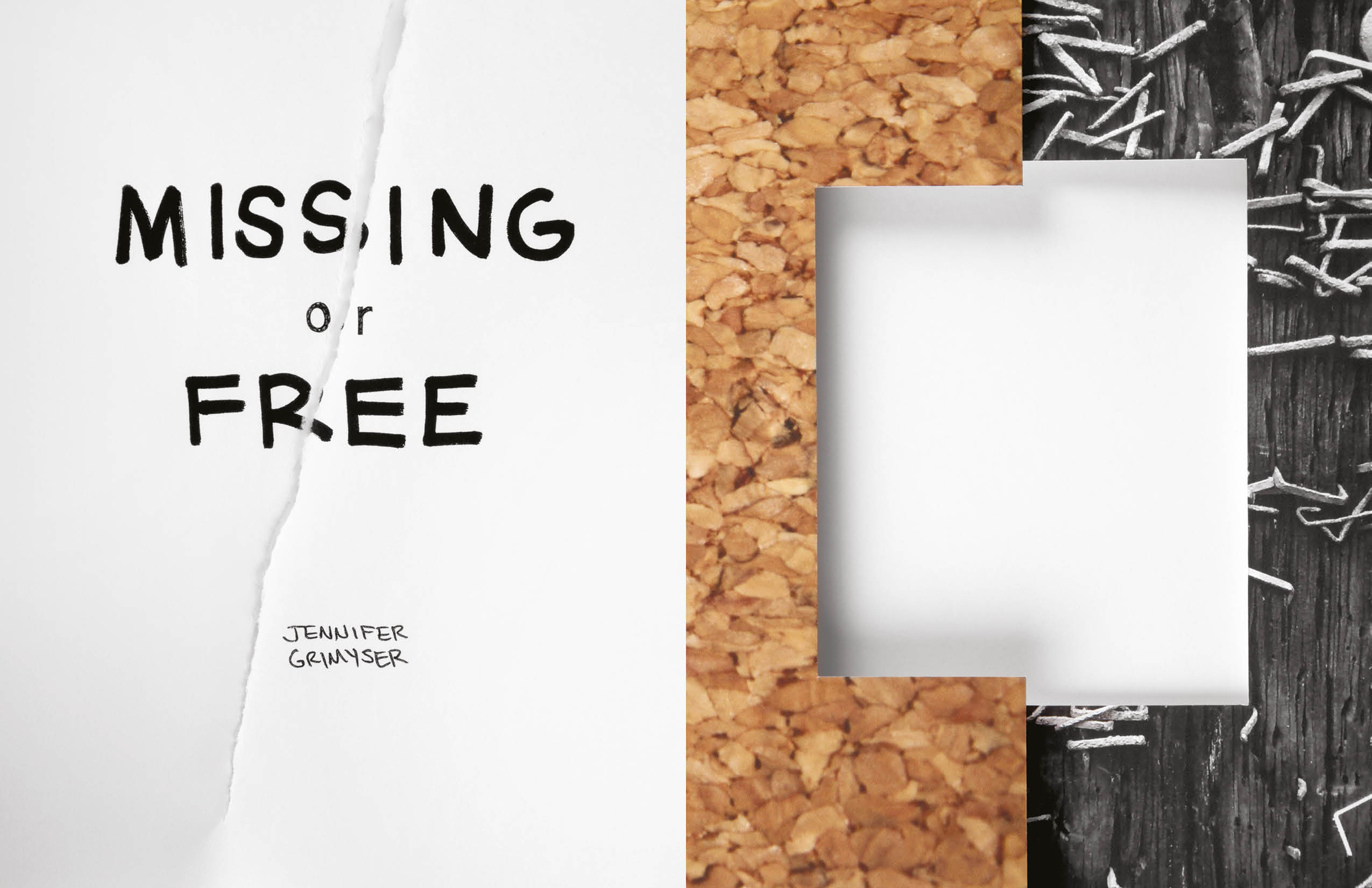
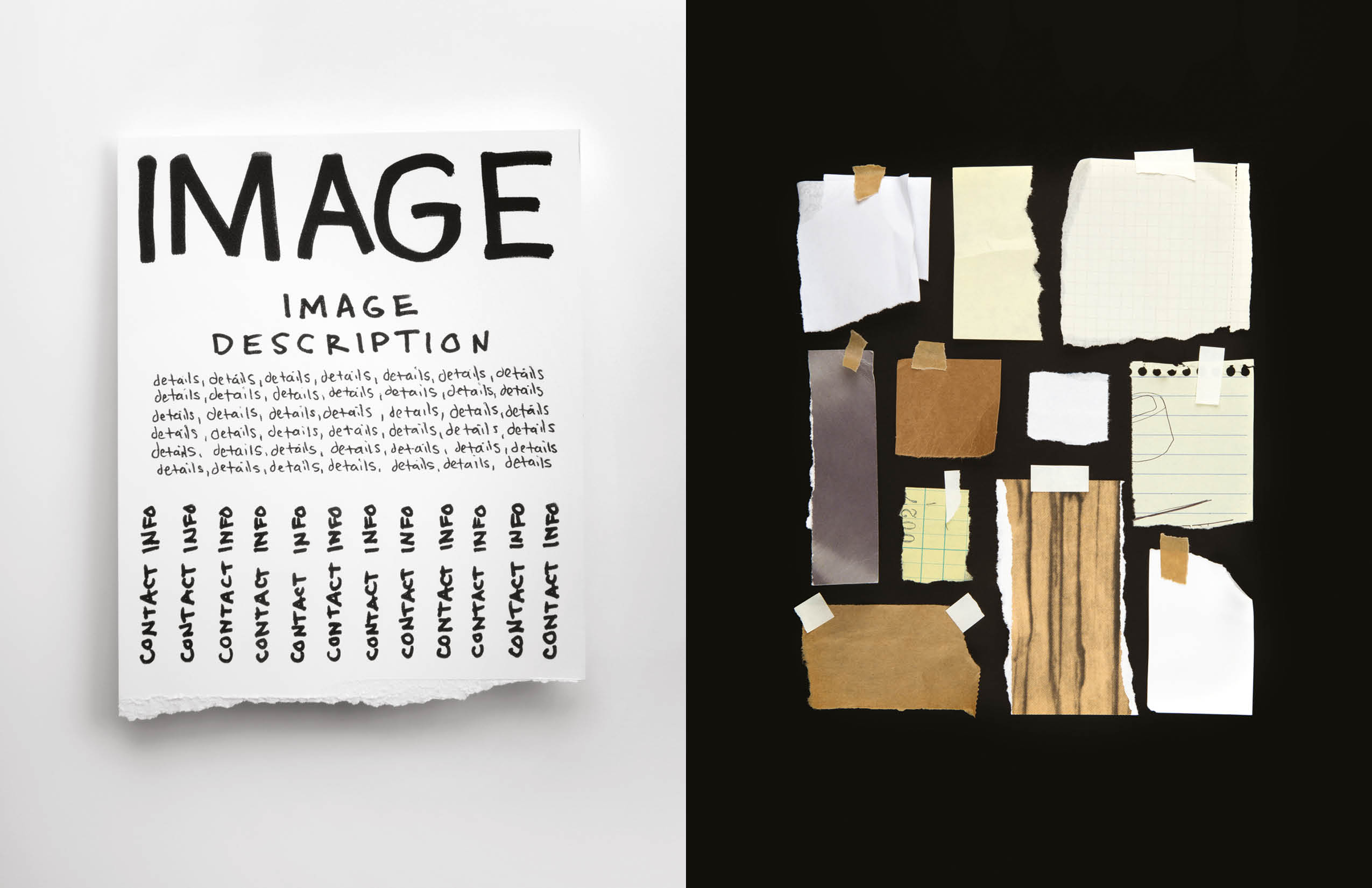
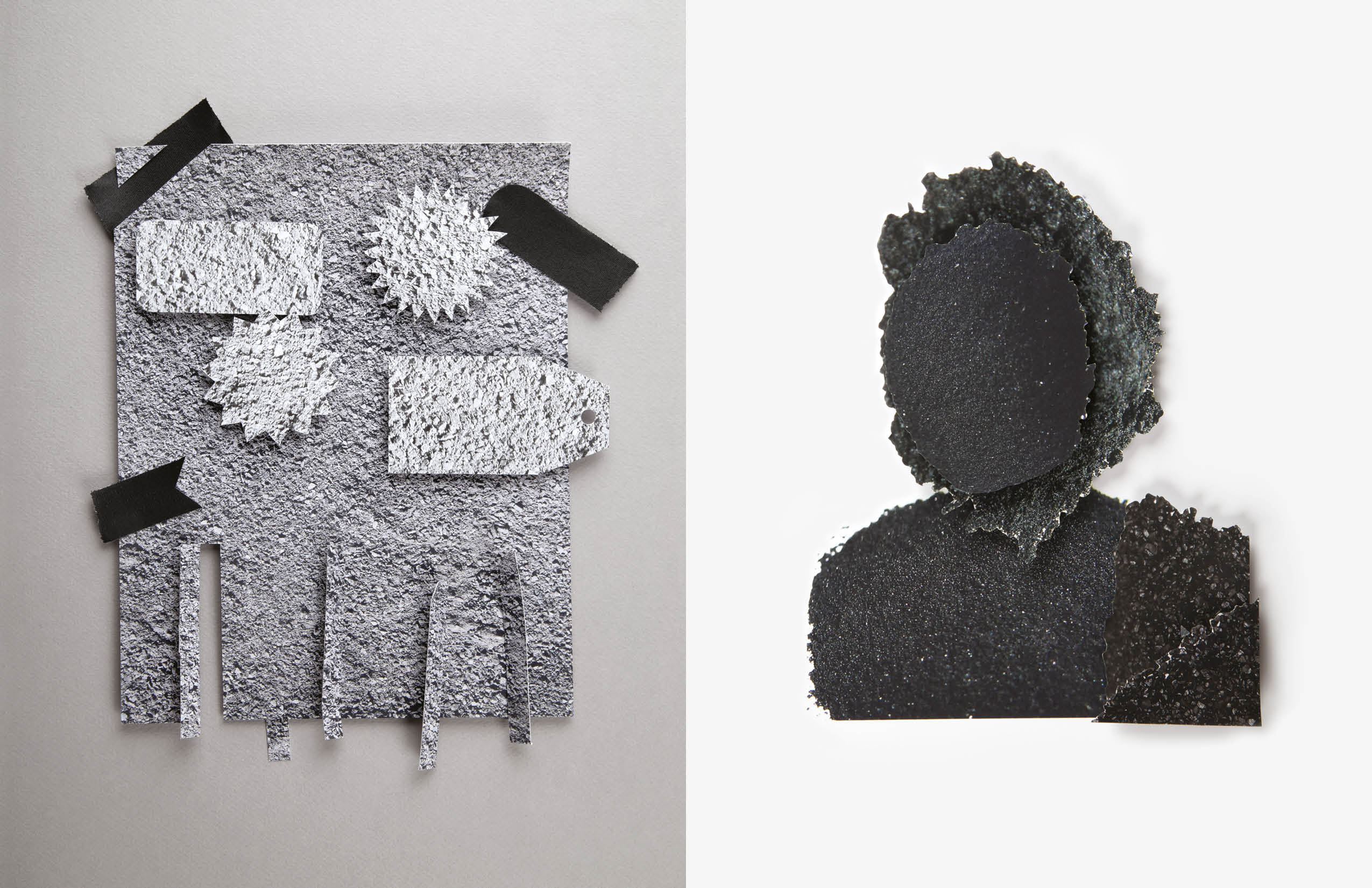
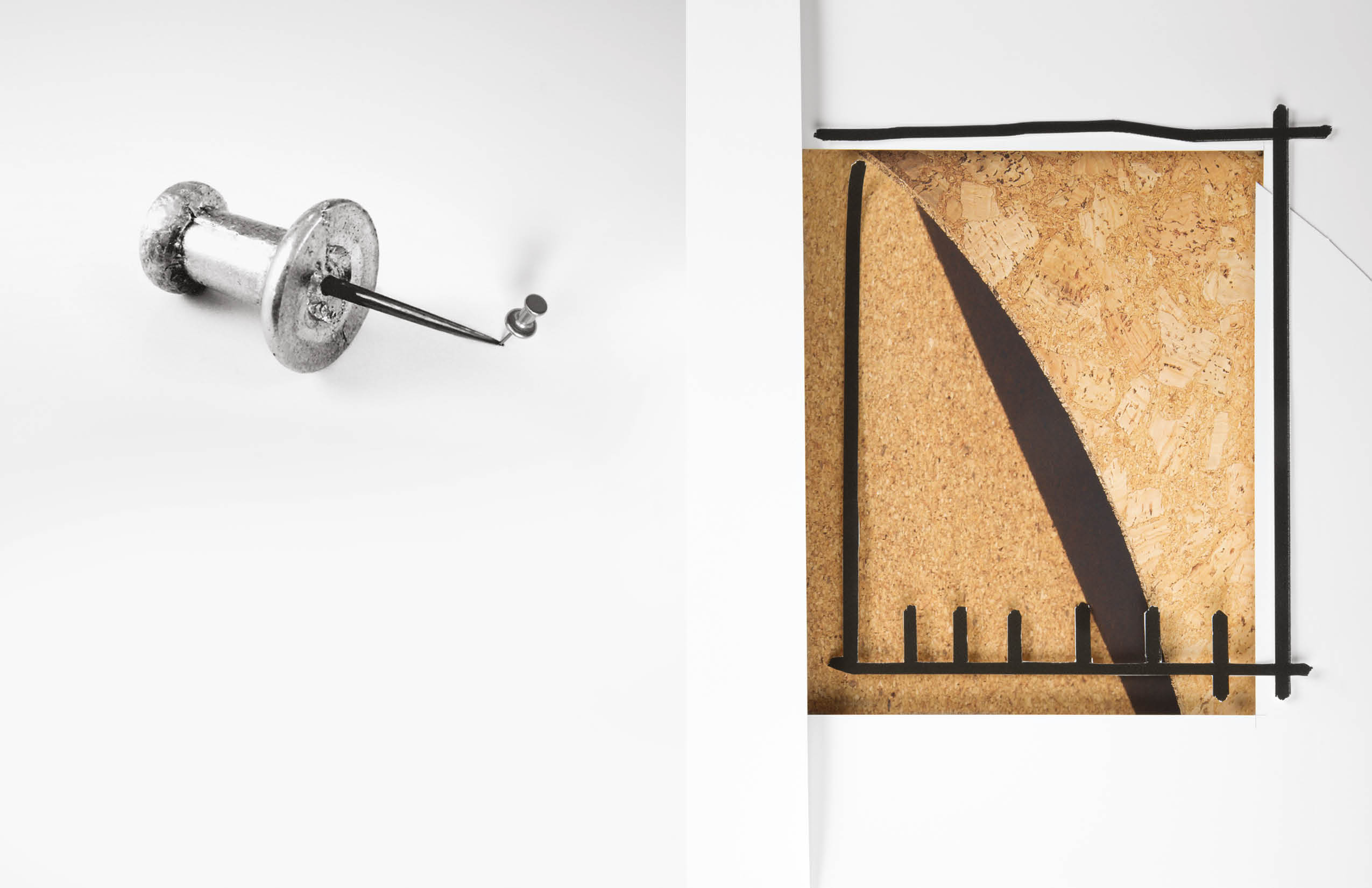
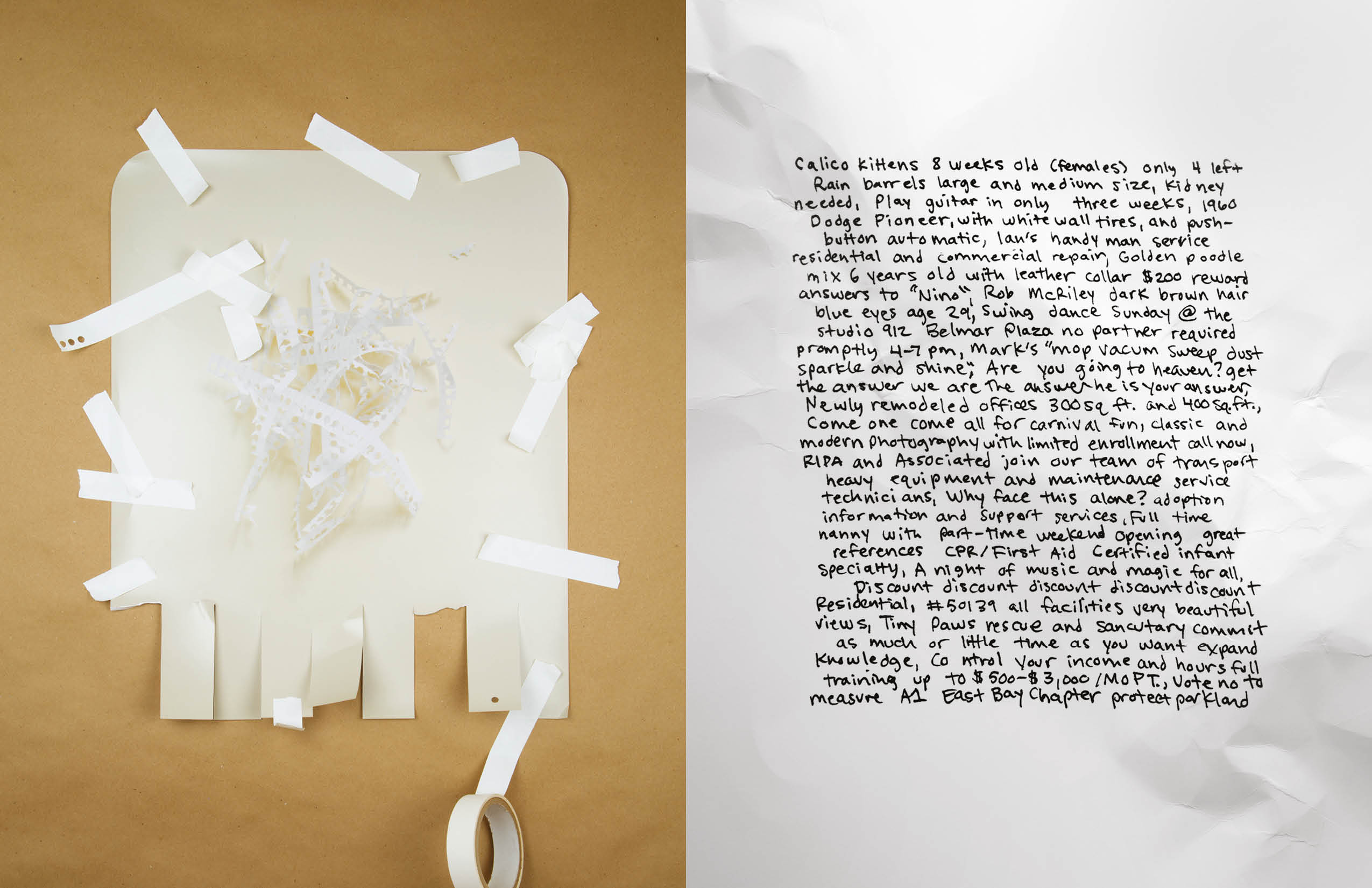
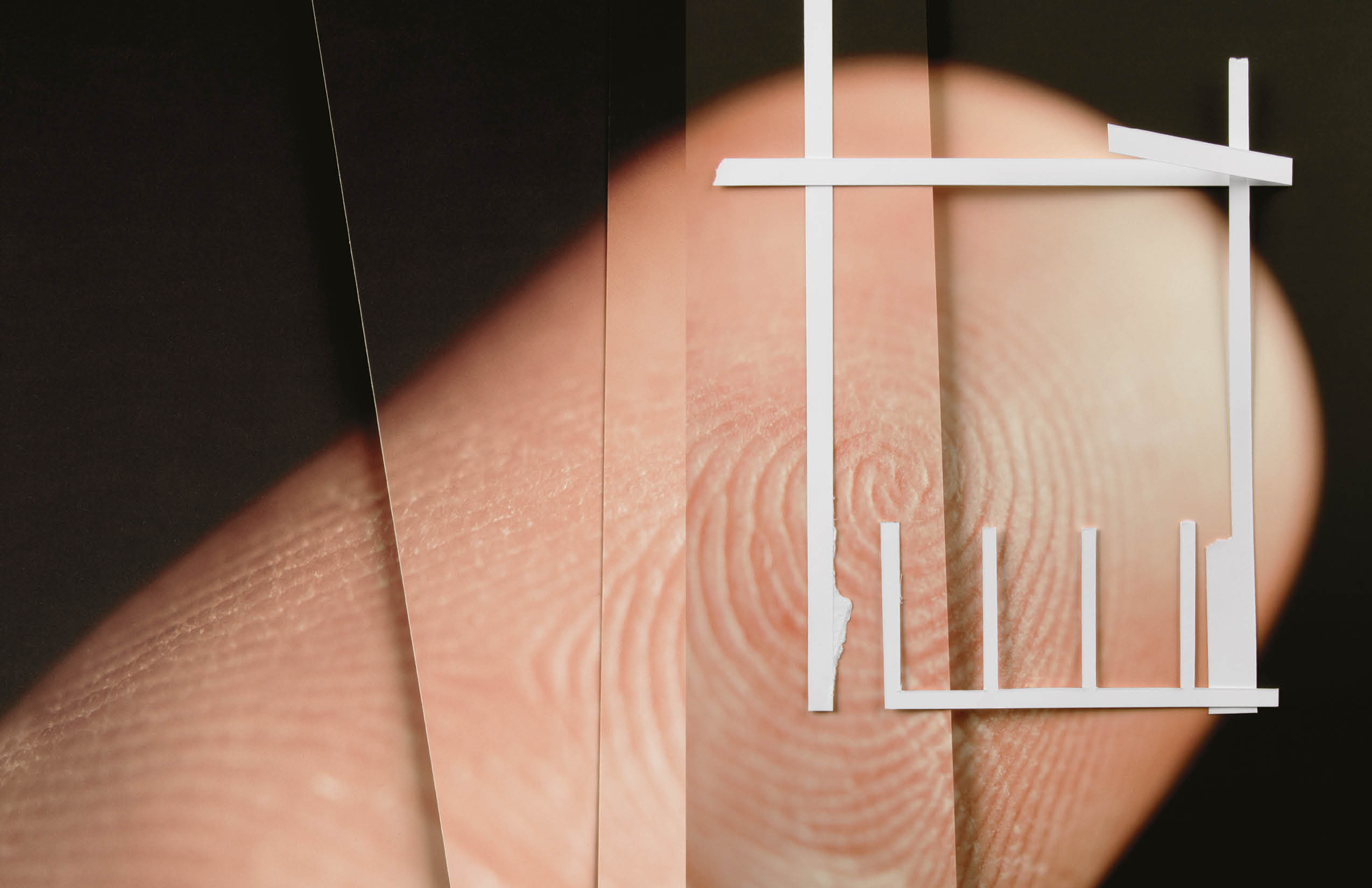
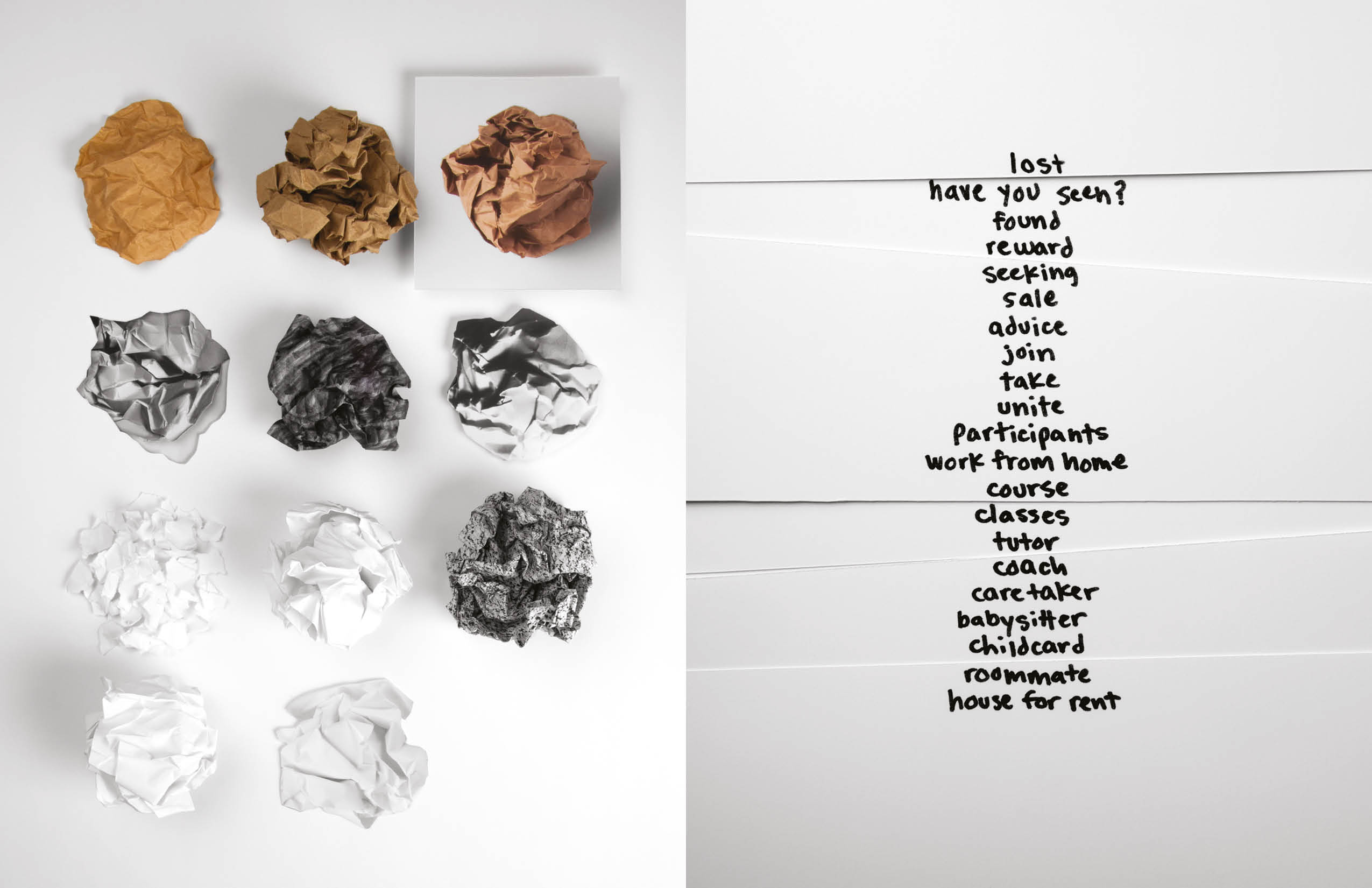
-
Karin Bravin
Proposal
Karin Bravin
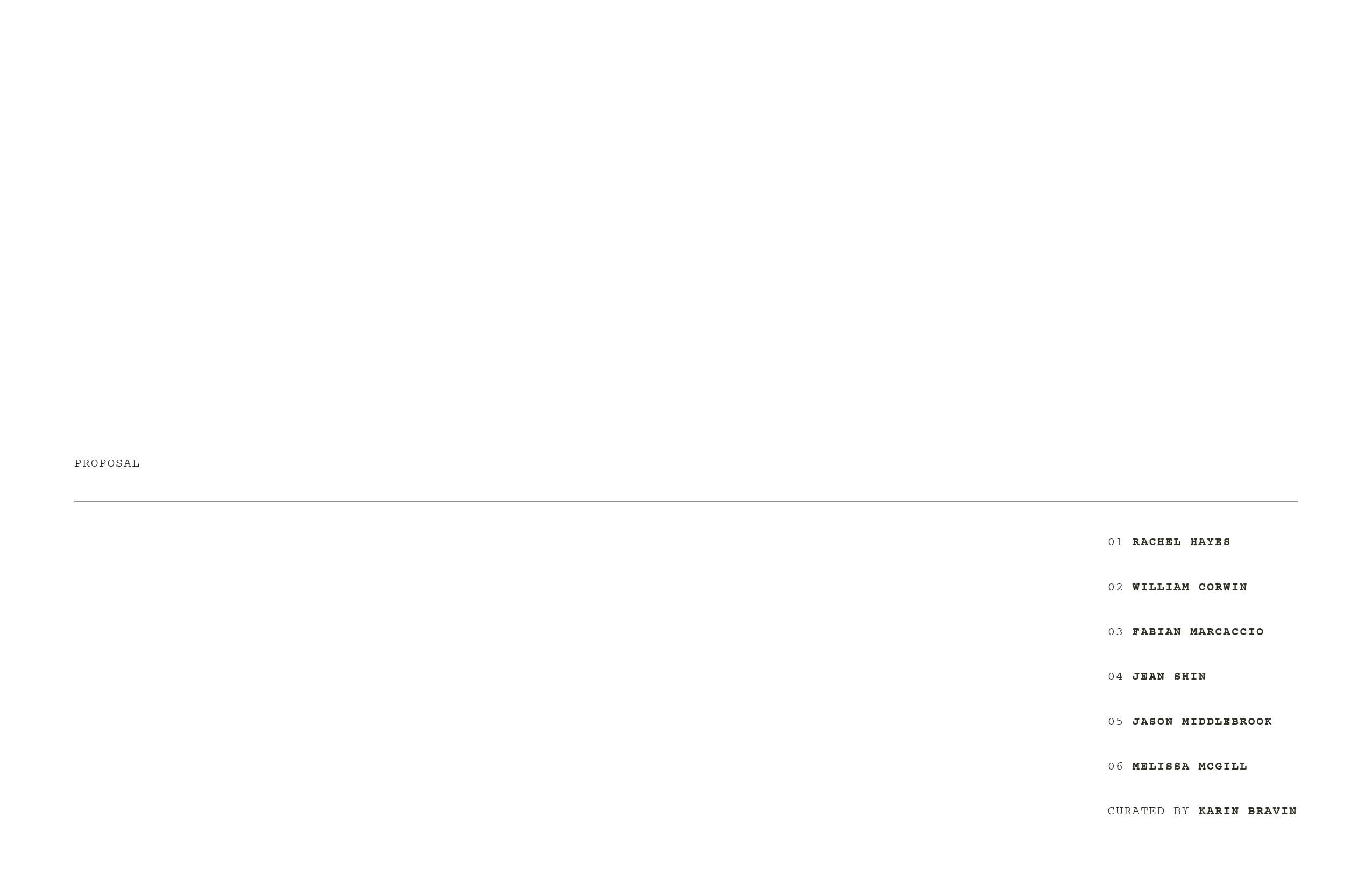
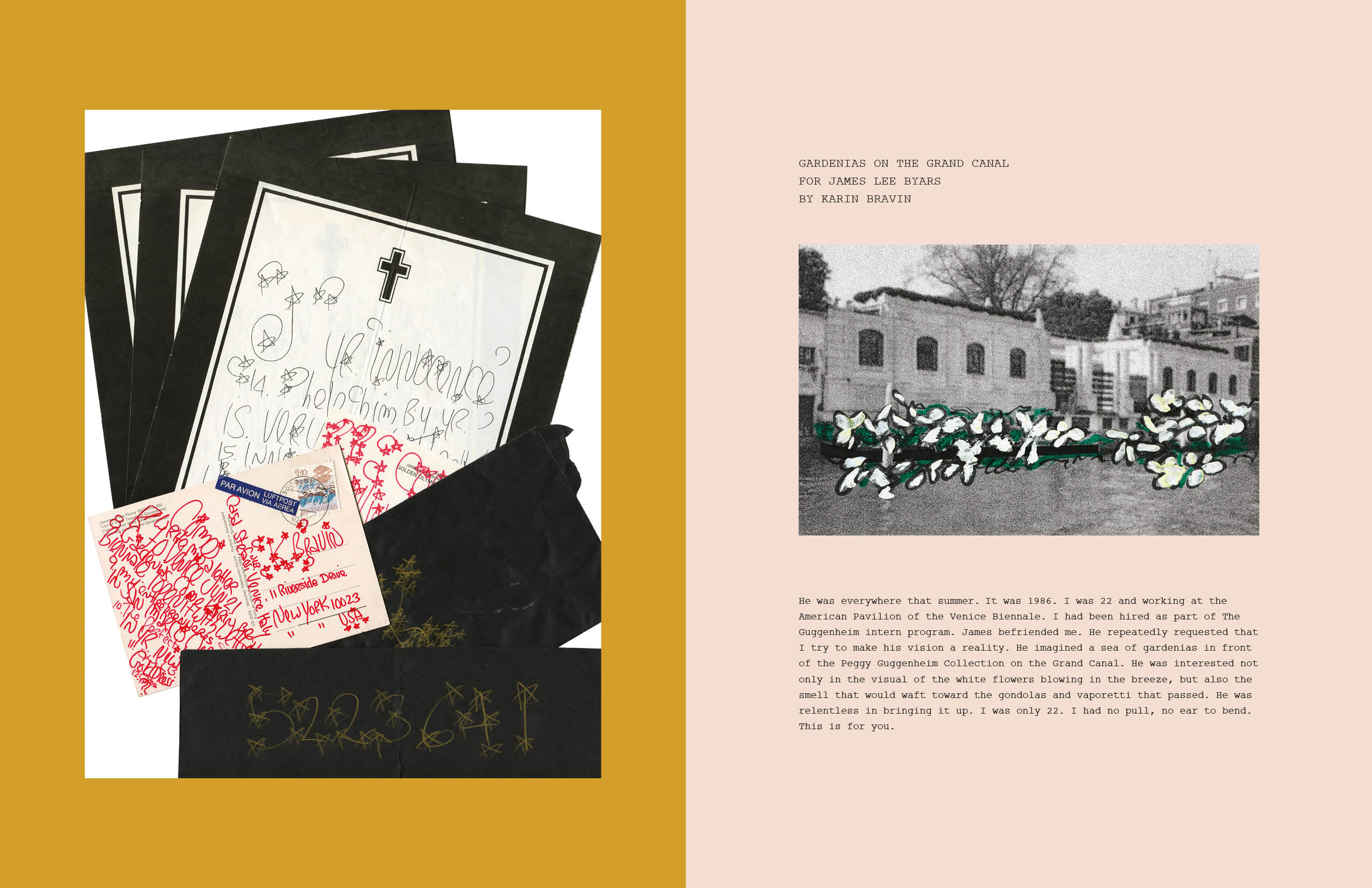
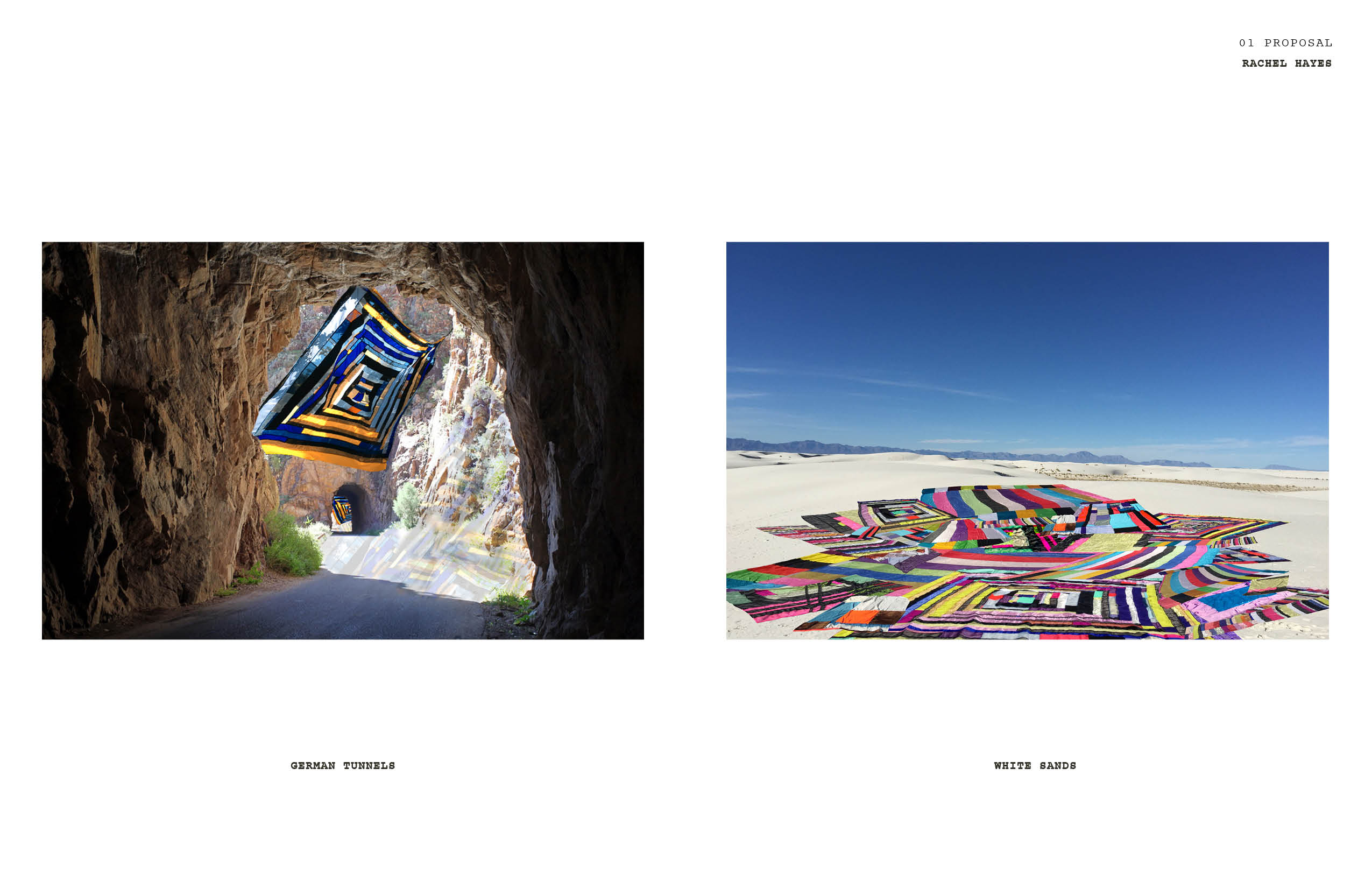
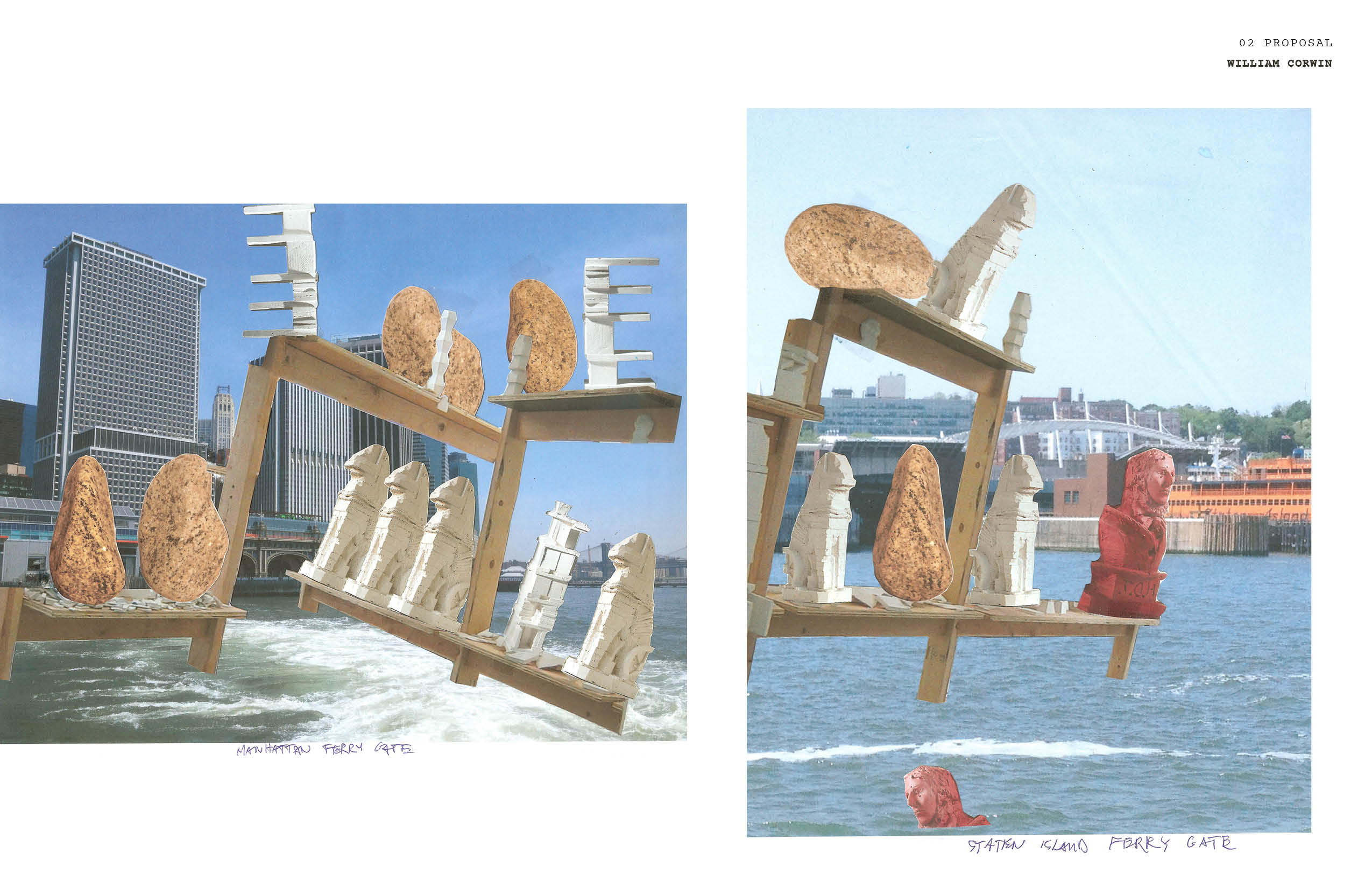
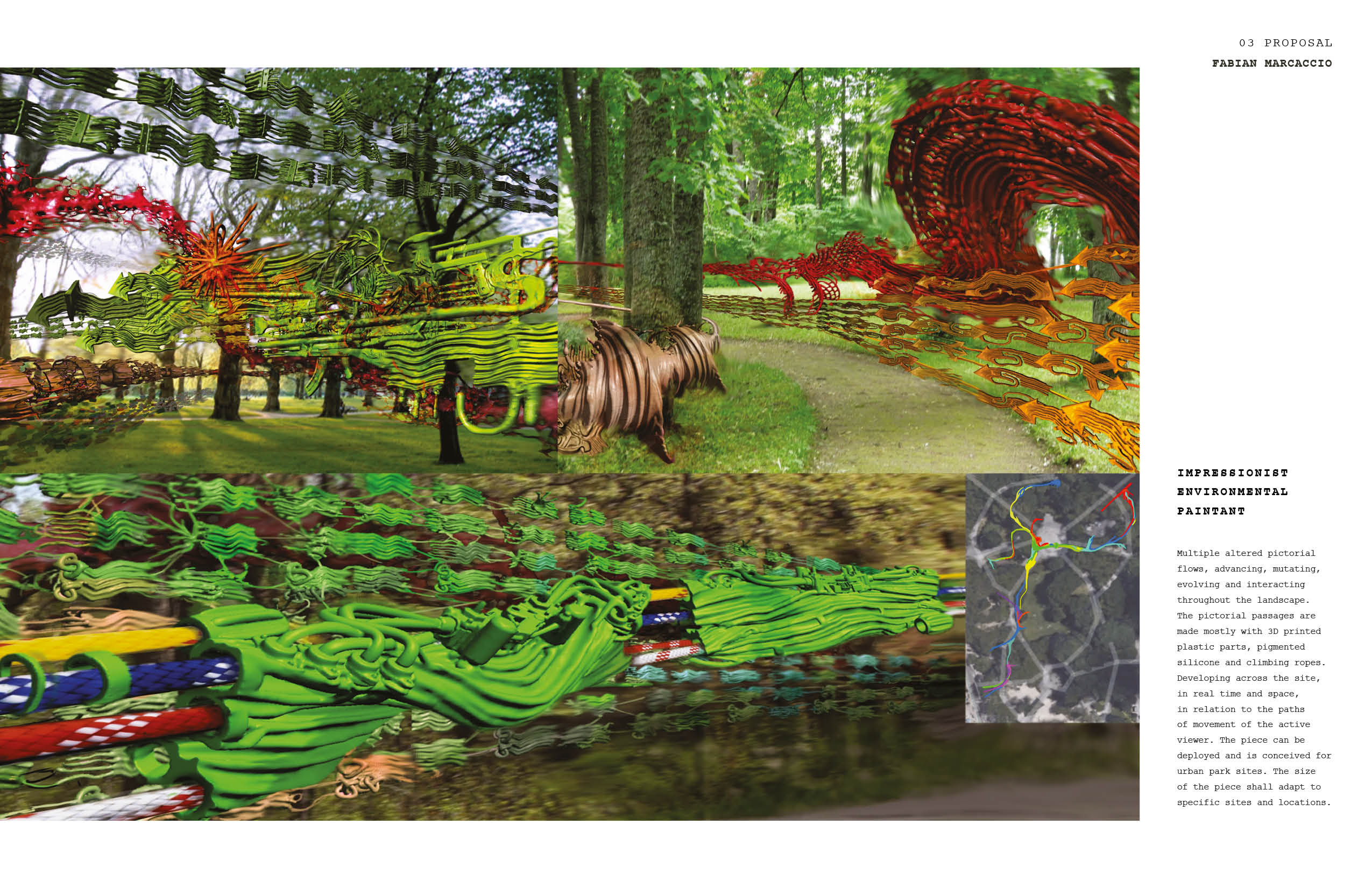
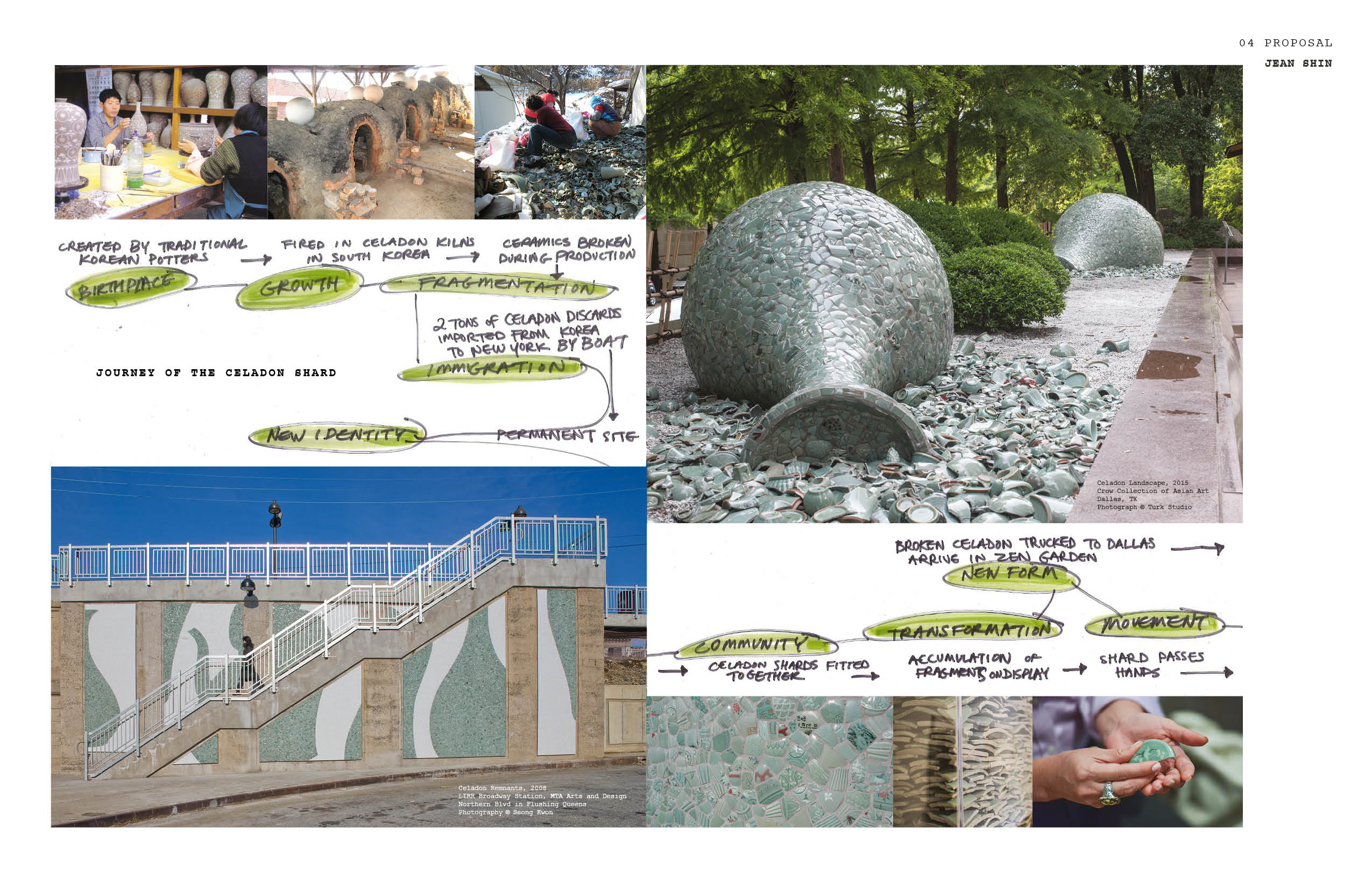
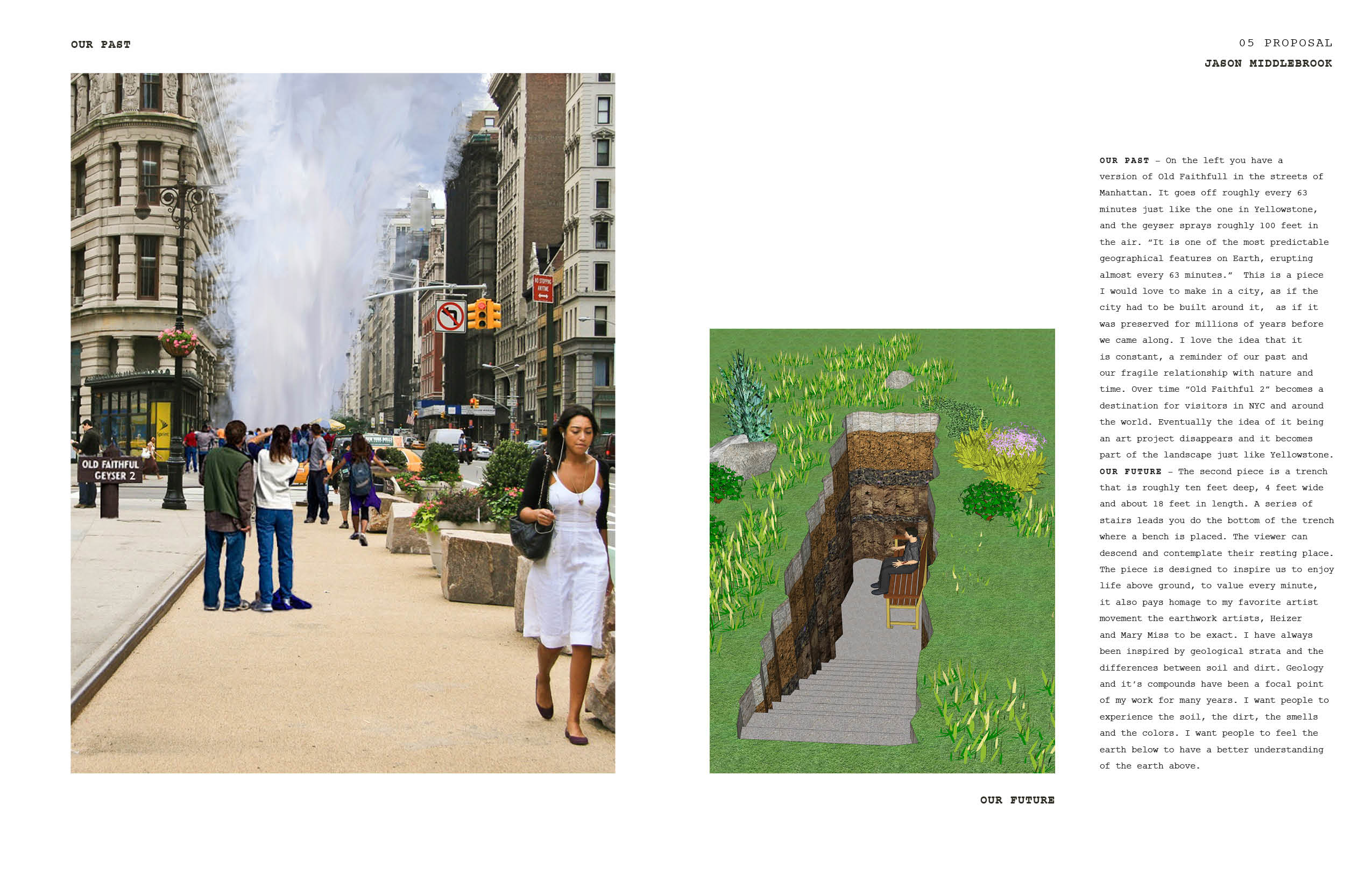
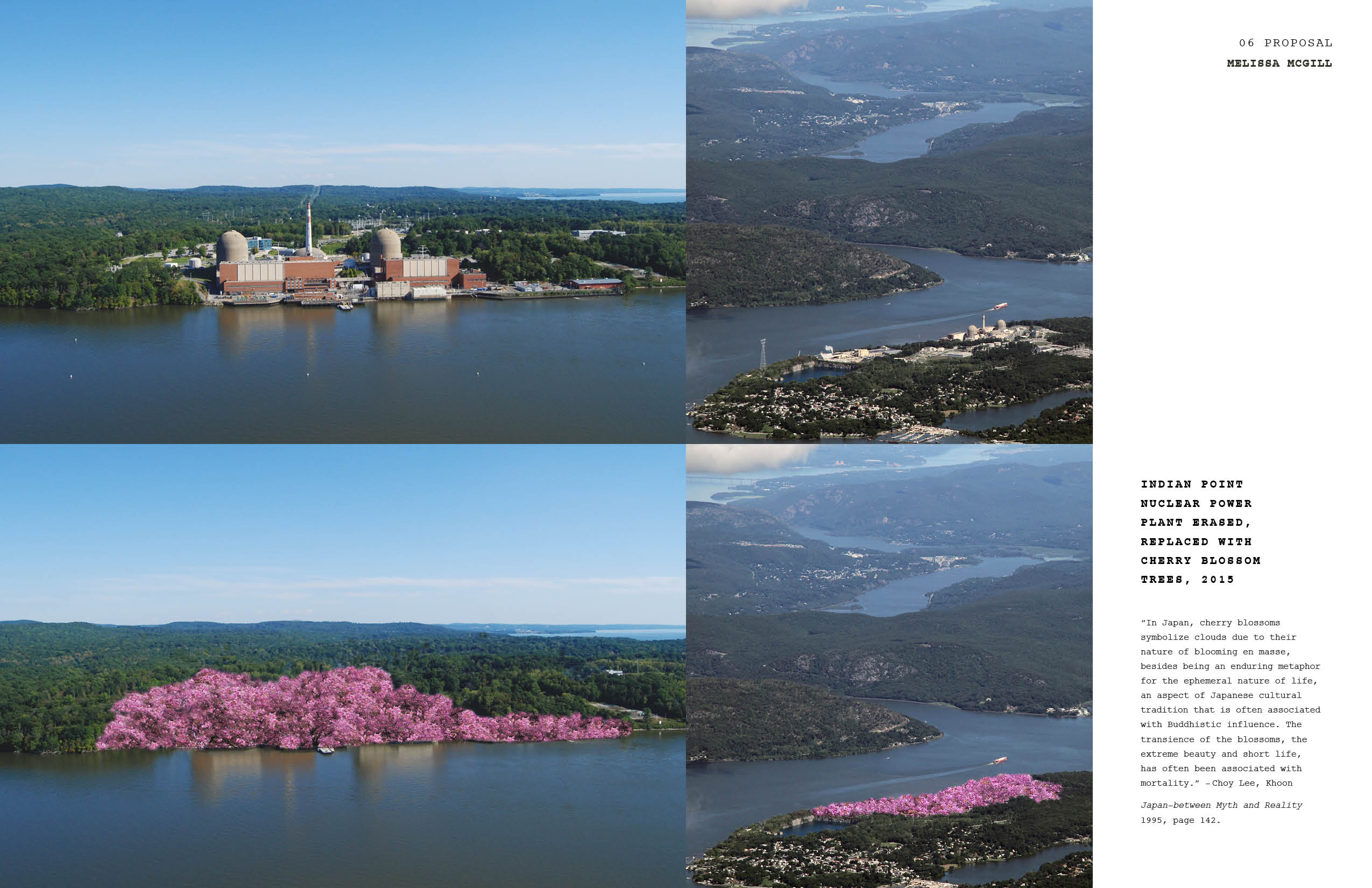
-
Maria Antelman, curated by Melanie Flood
The Spacesaver
Maria Antelman, curated by Melanie Flood
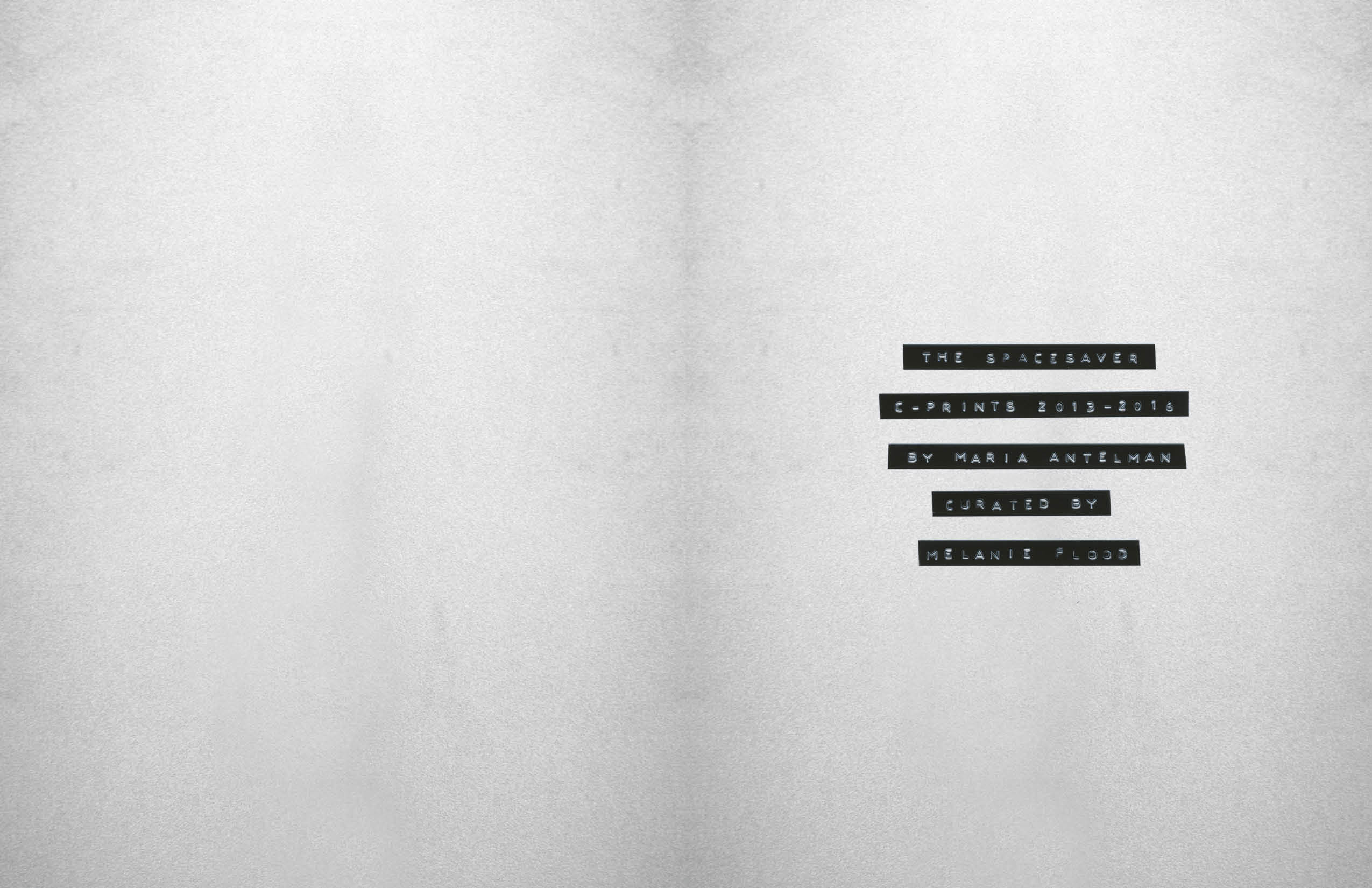
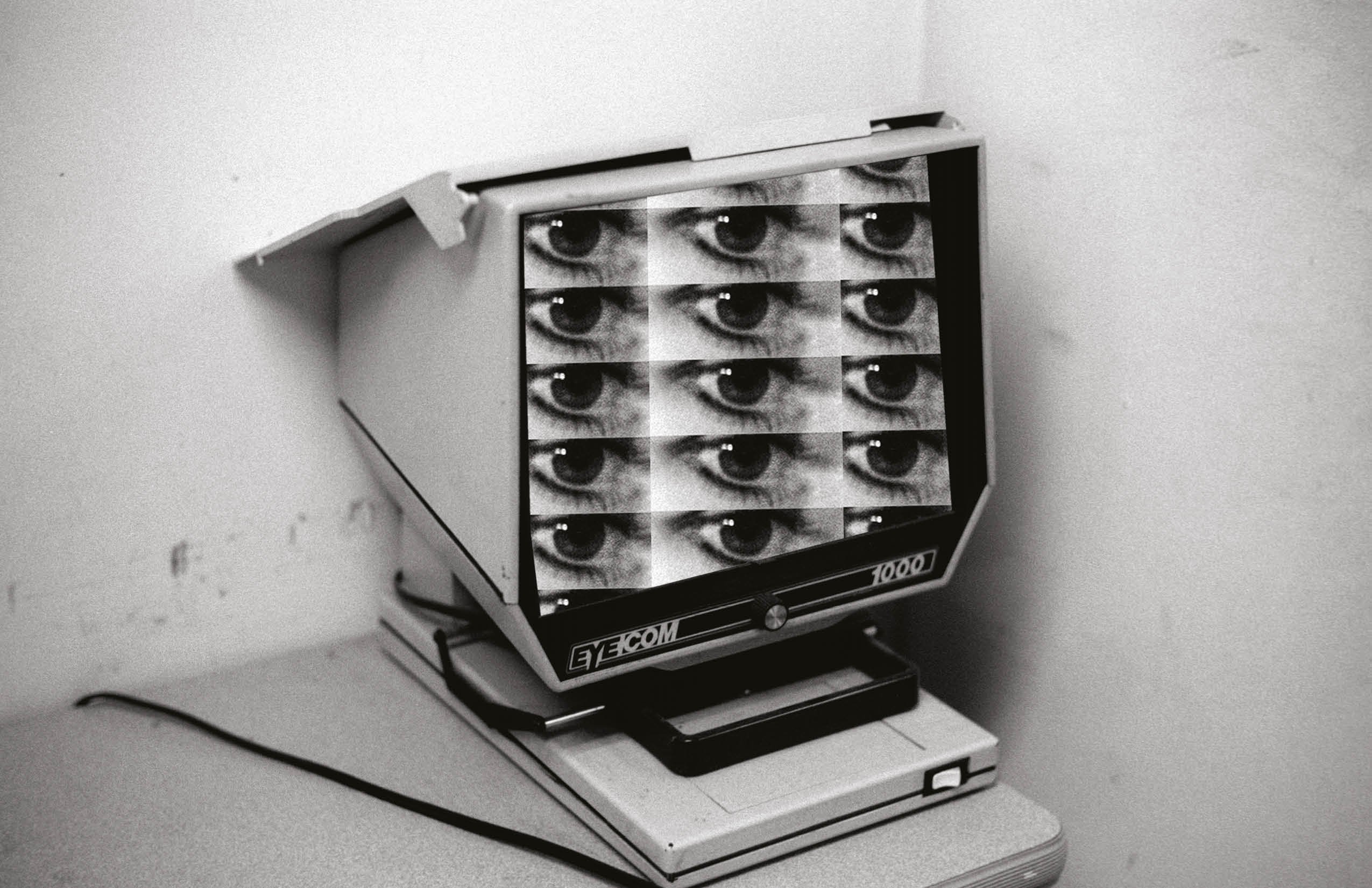
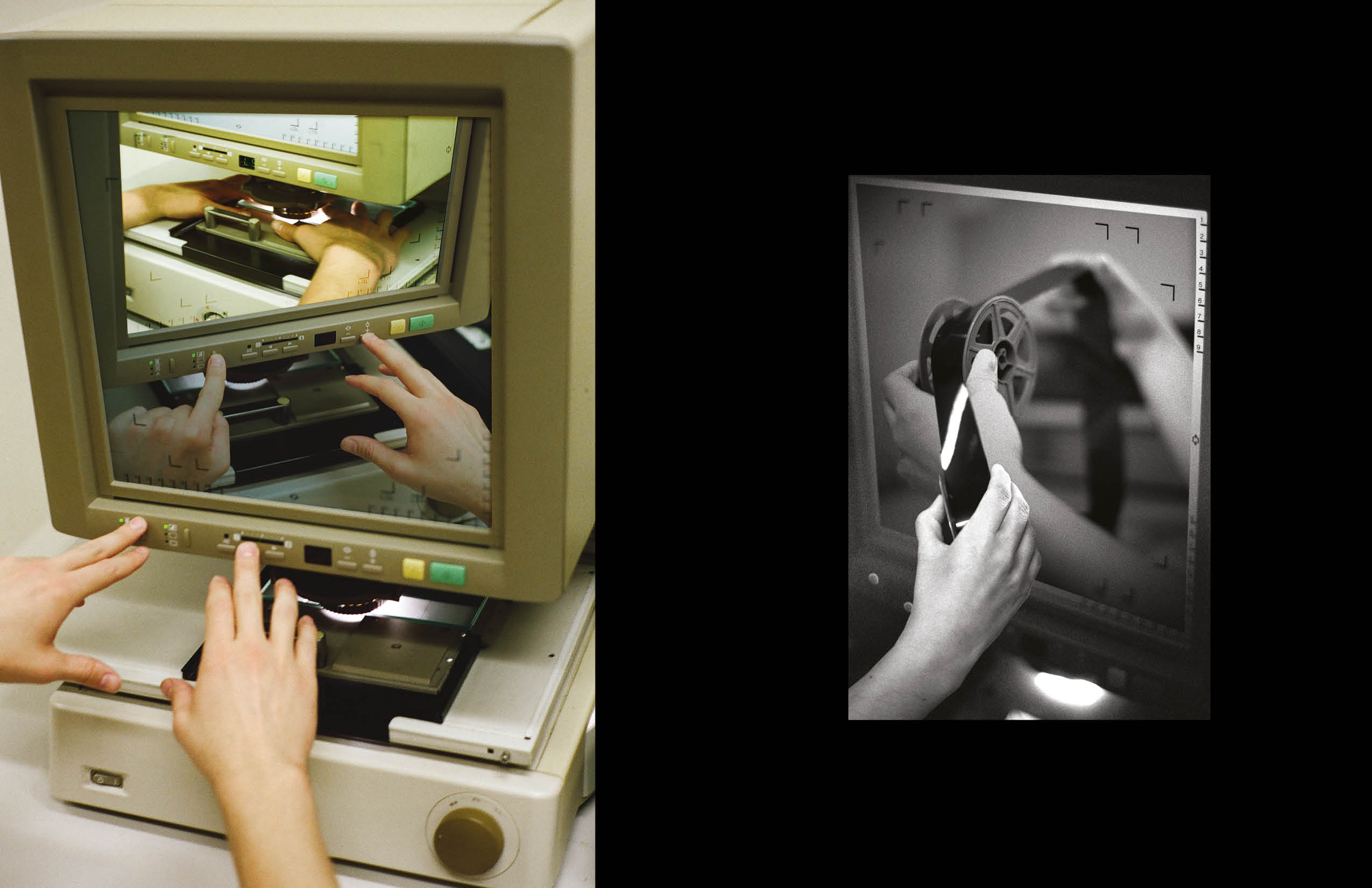
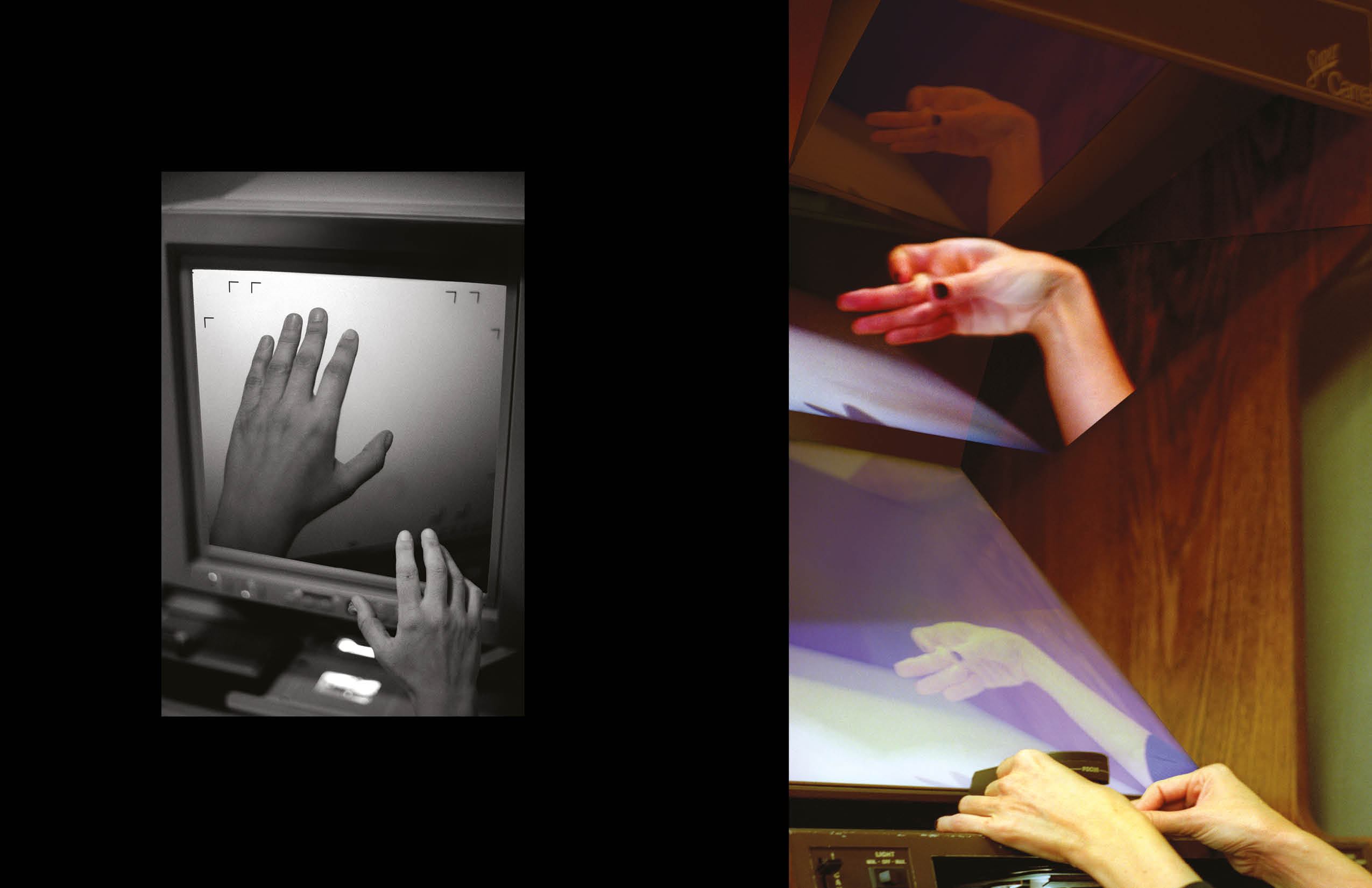
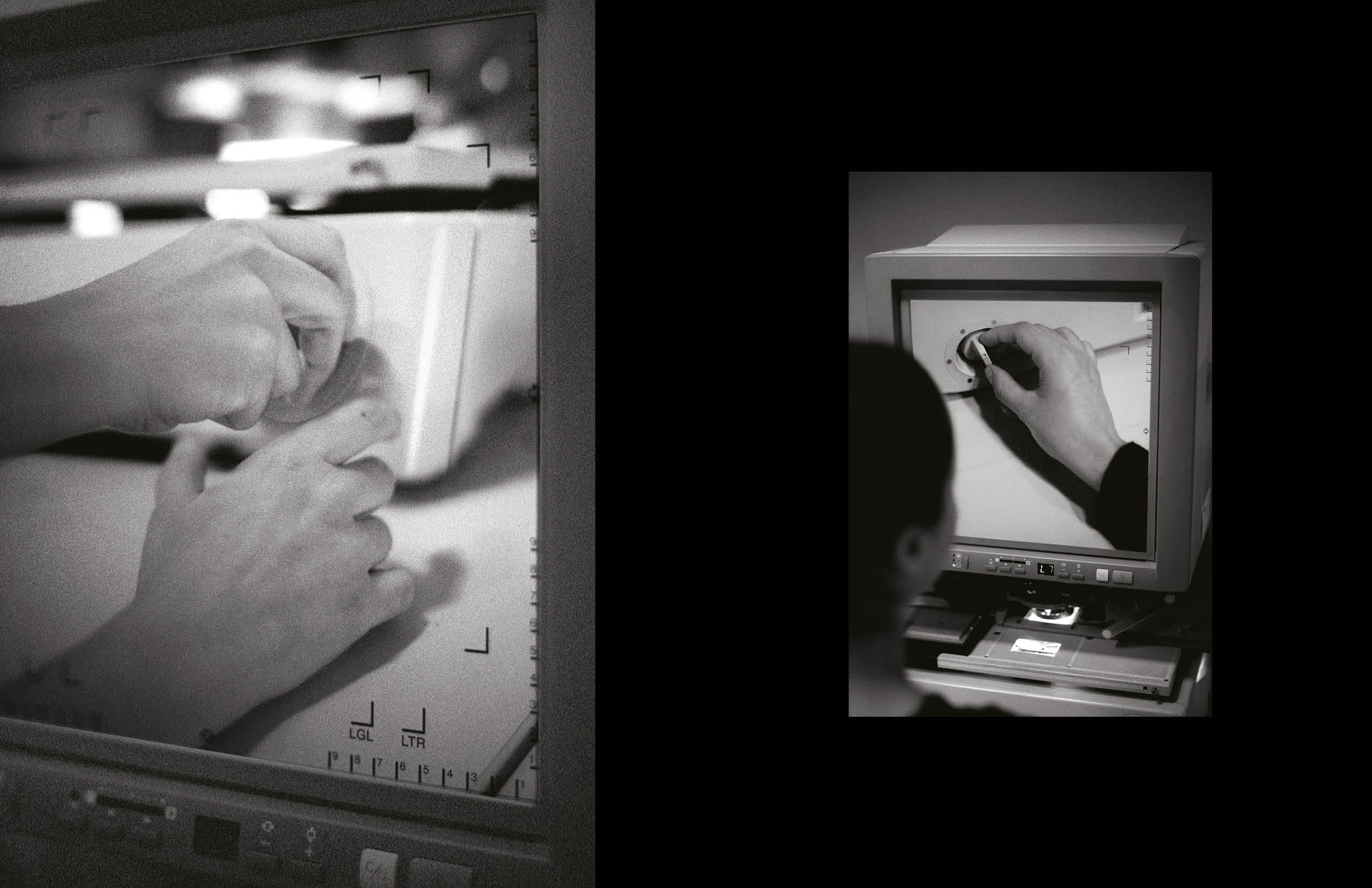
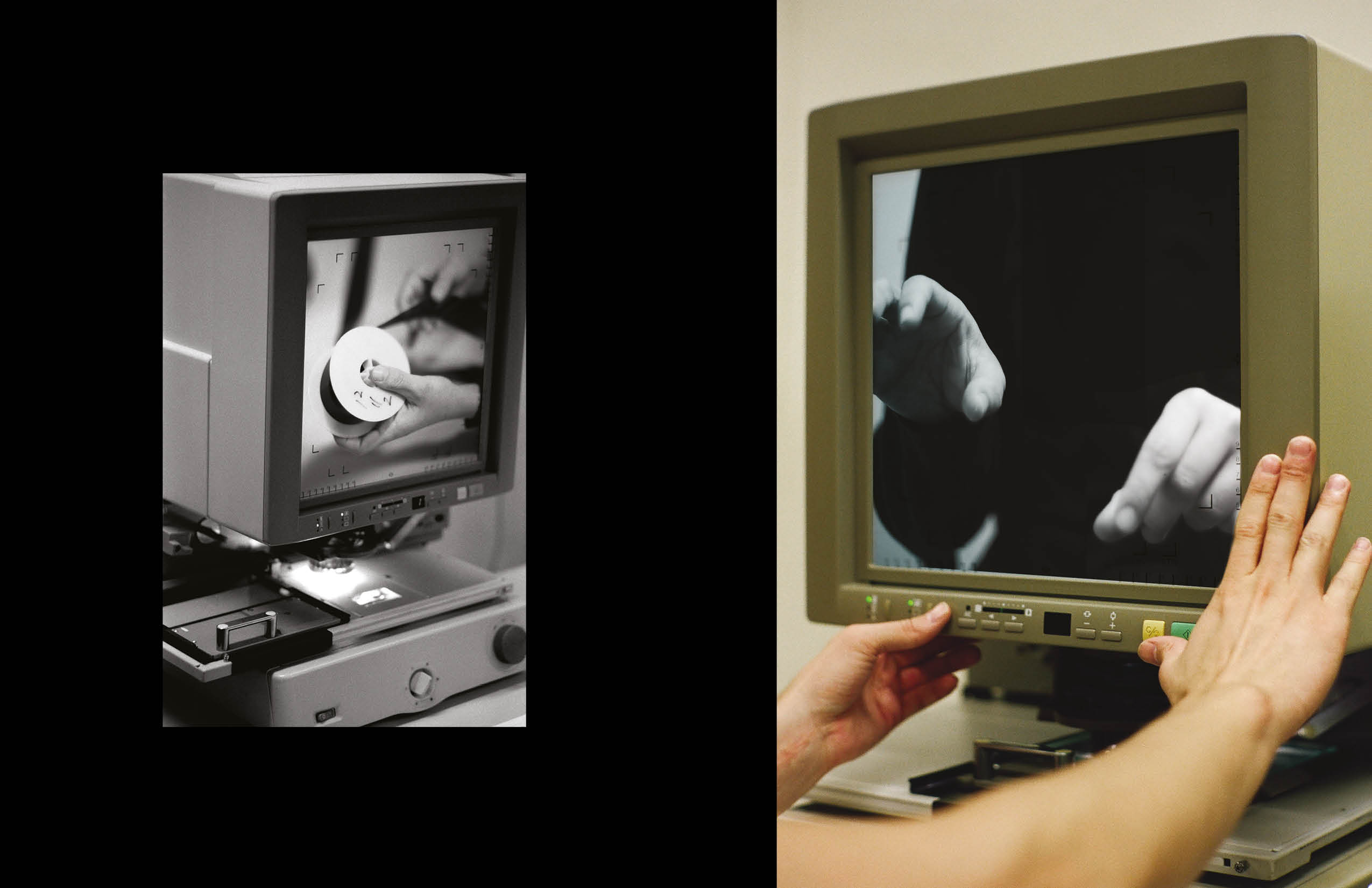
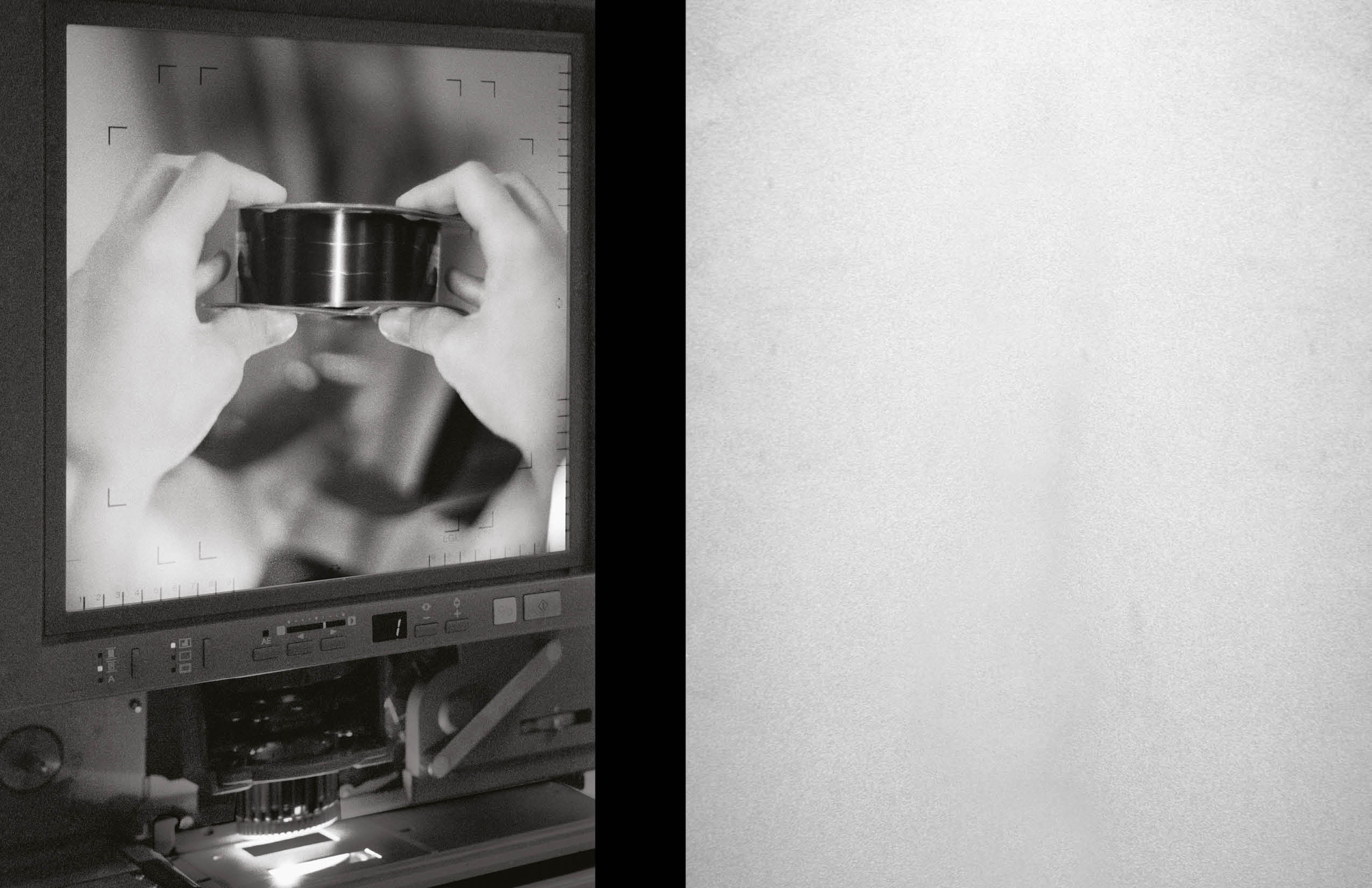
-
Willard Boepple
Rips
Willard Boepple
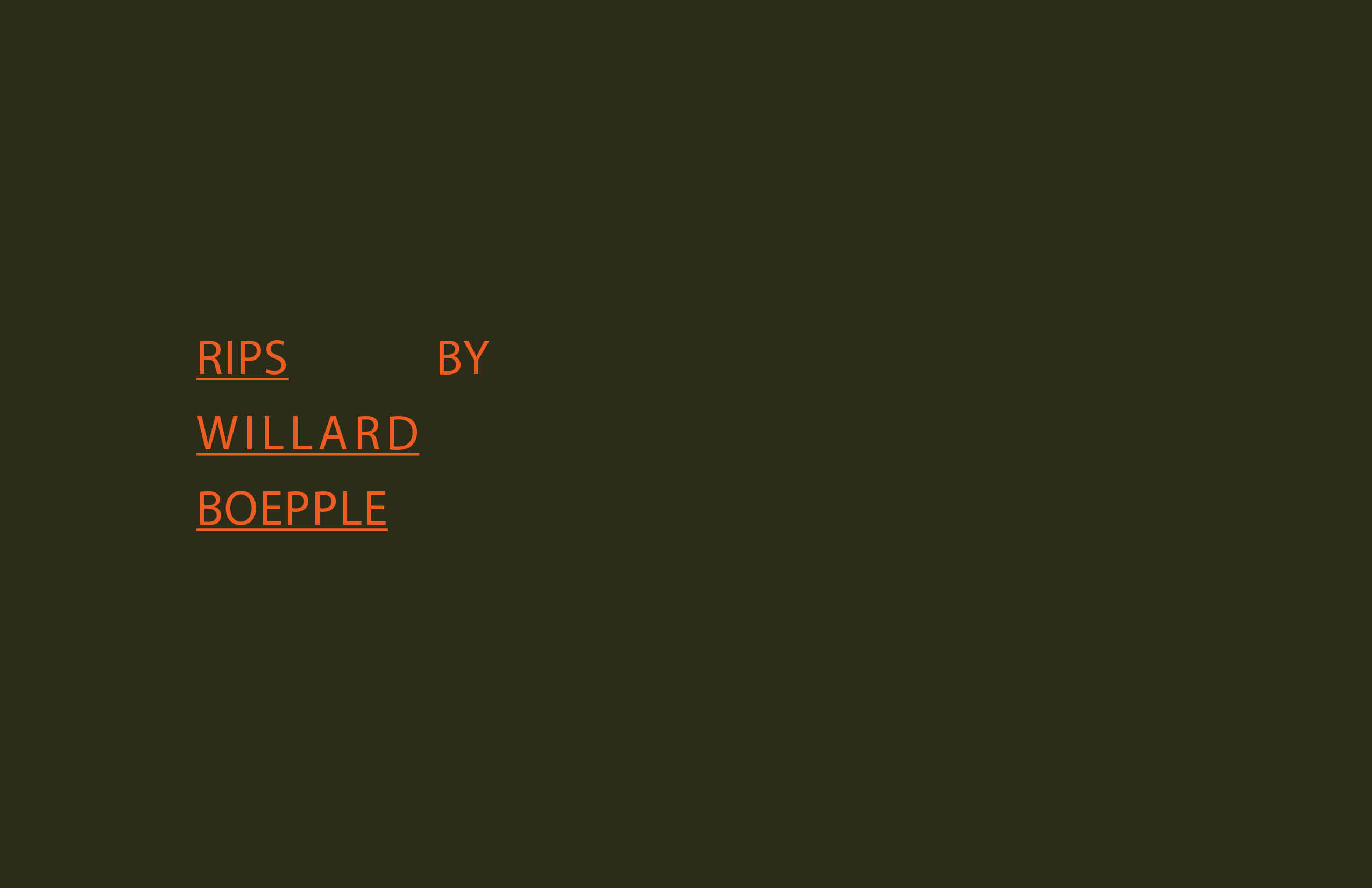
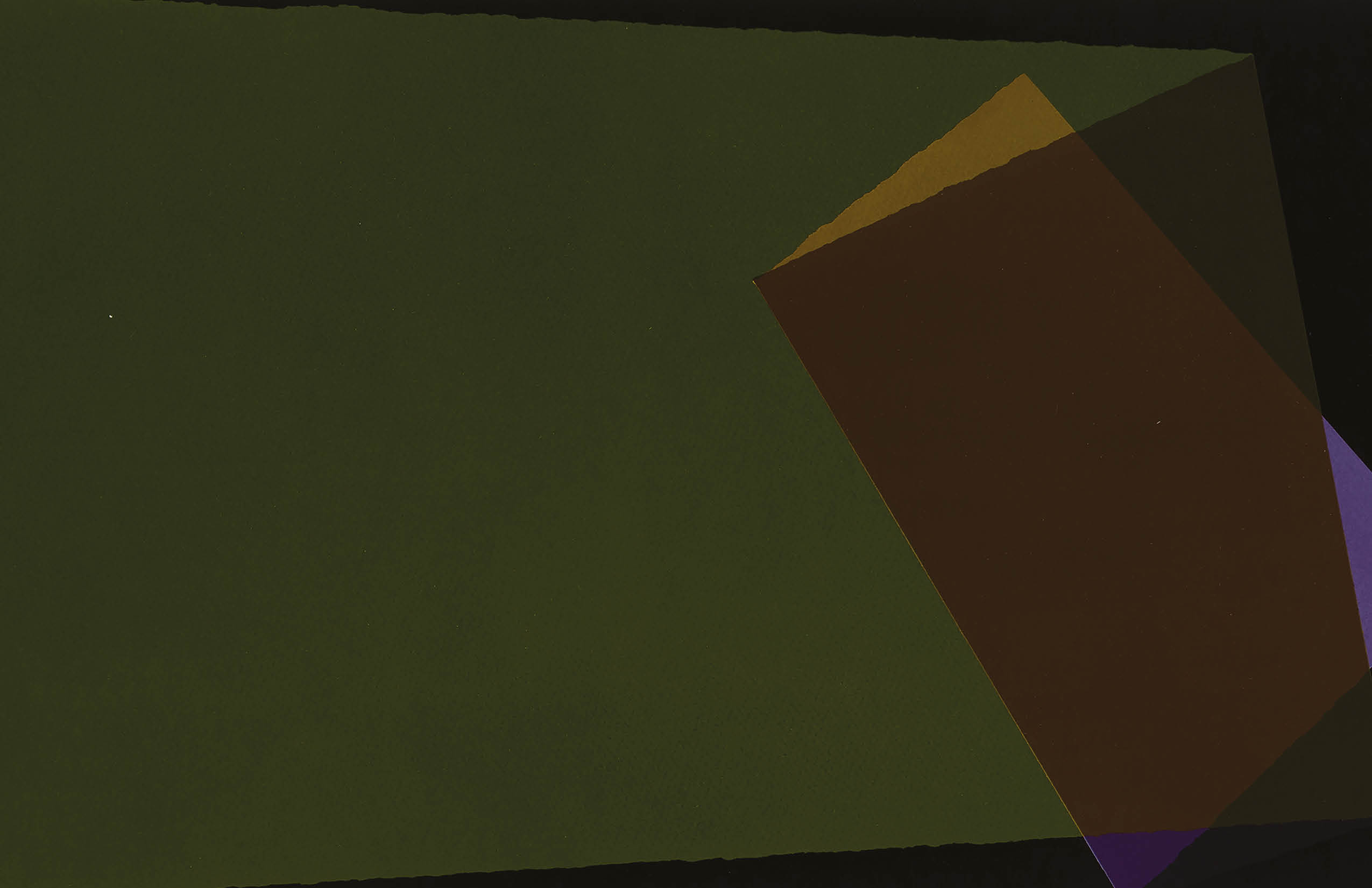
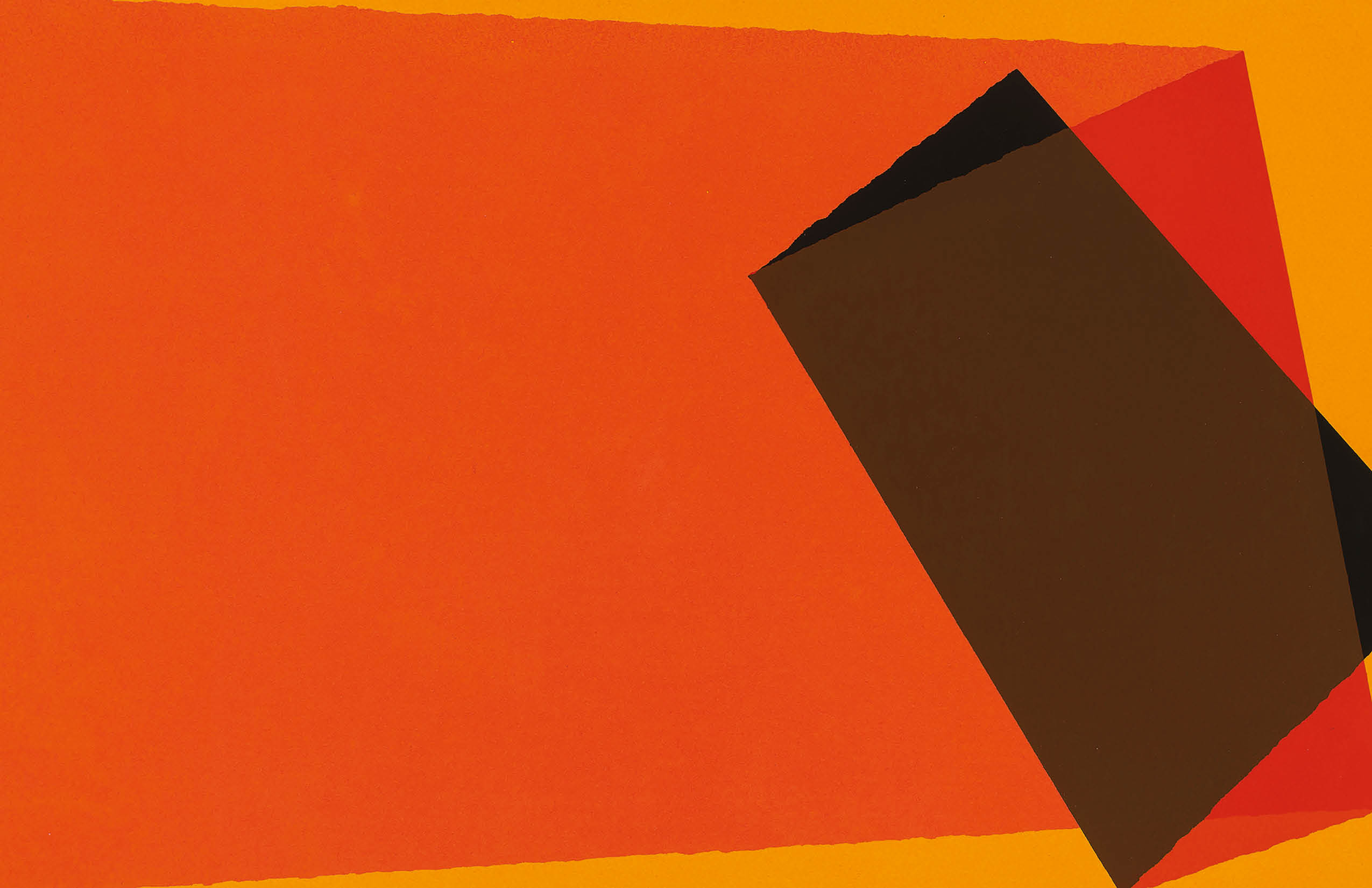
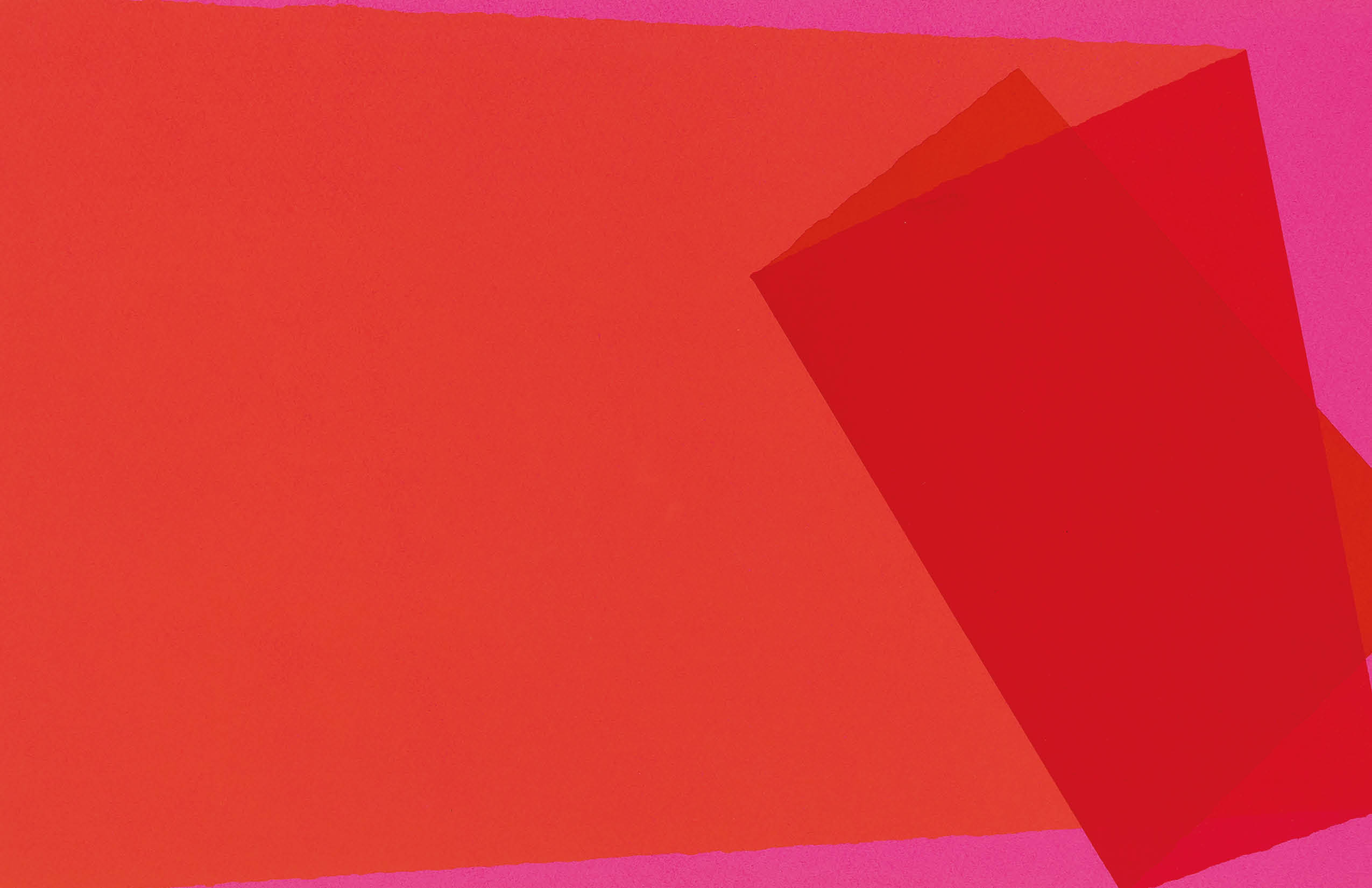
-
Heidi Zuckerman
. . . some fragment of a dream
Heidi Zuckerman
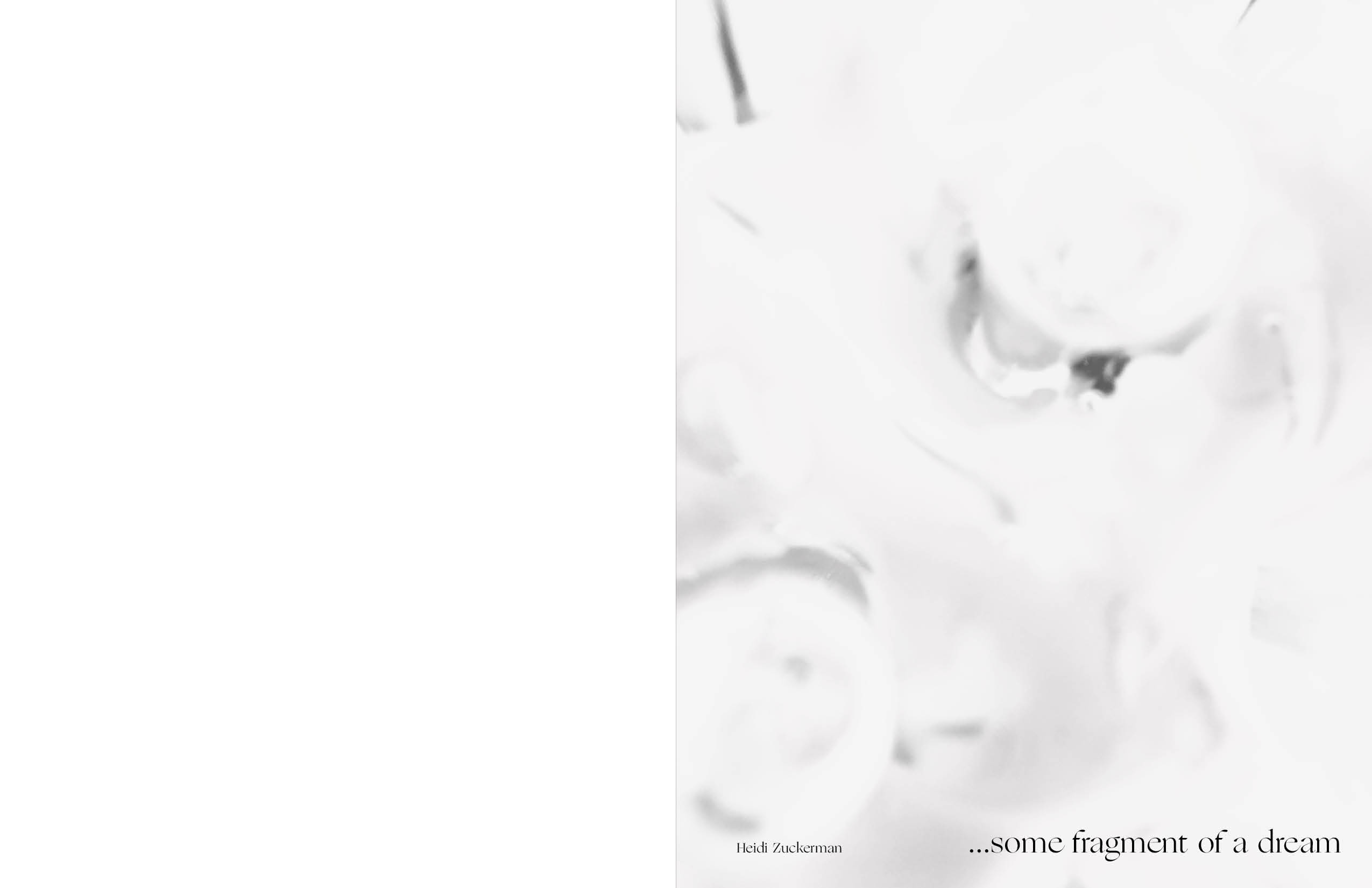
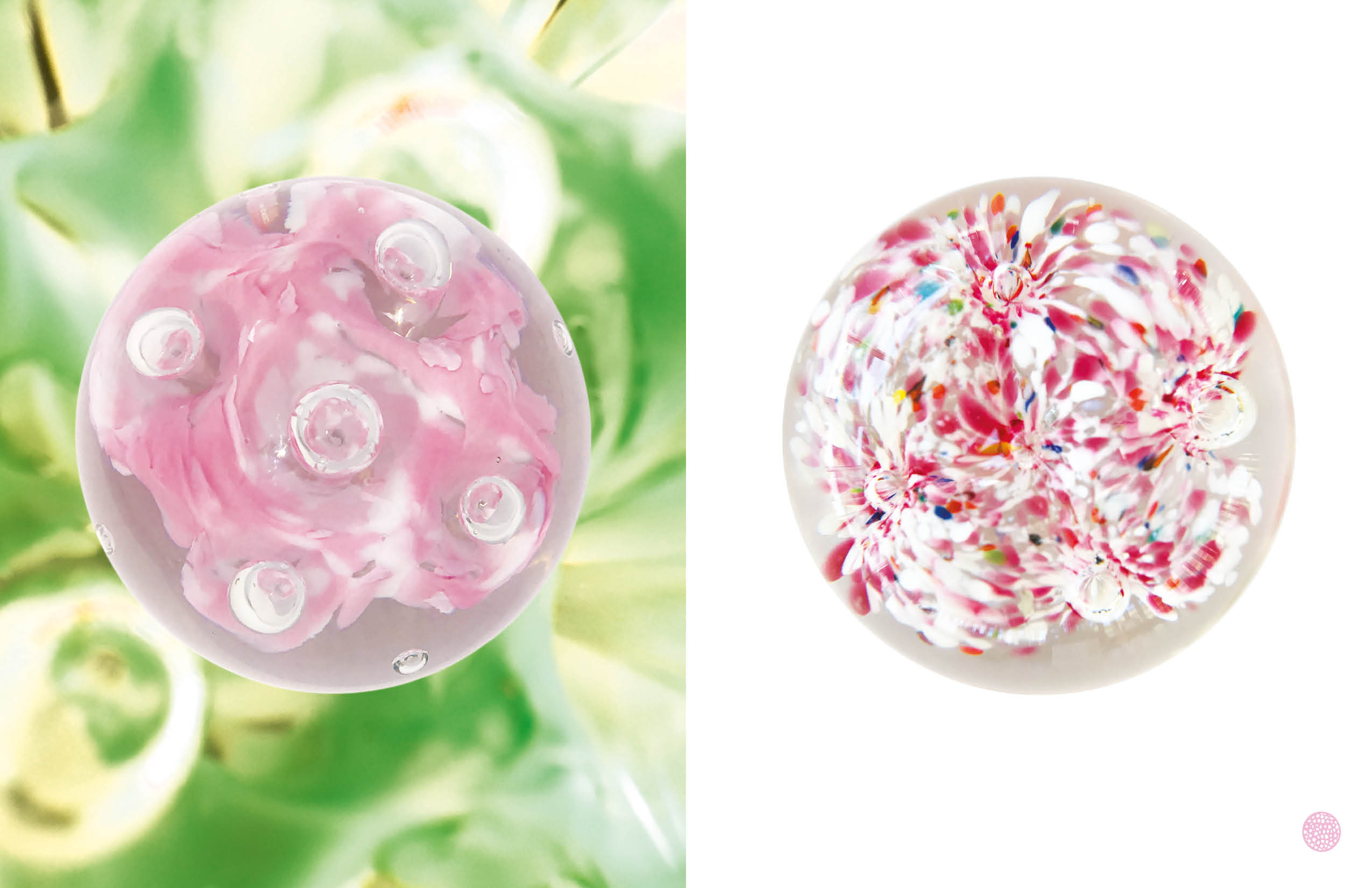
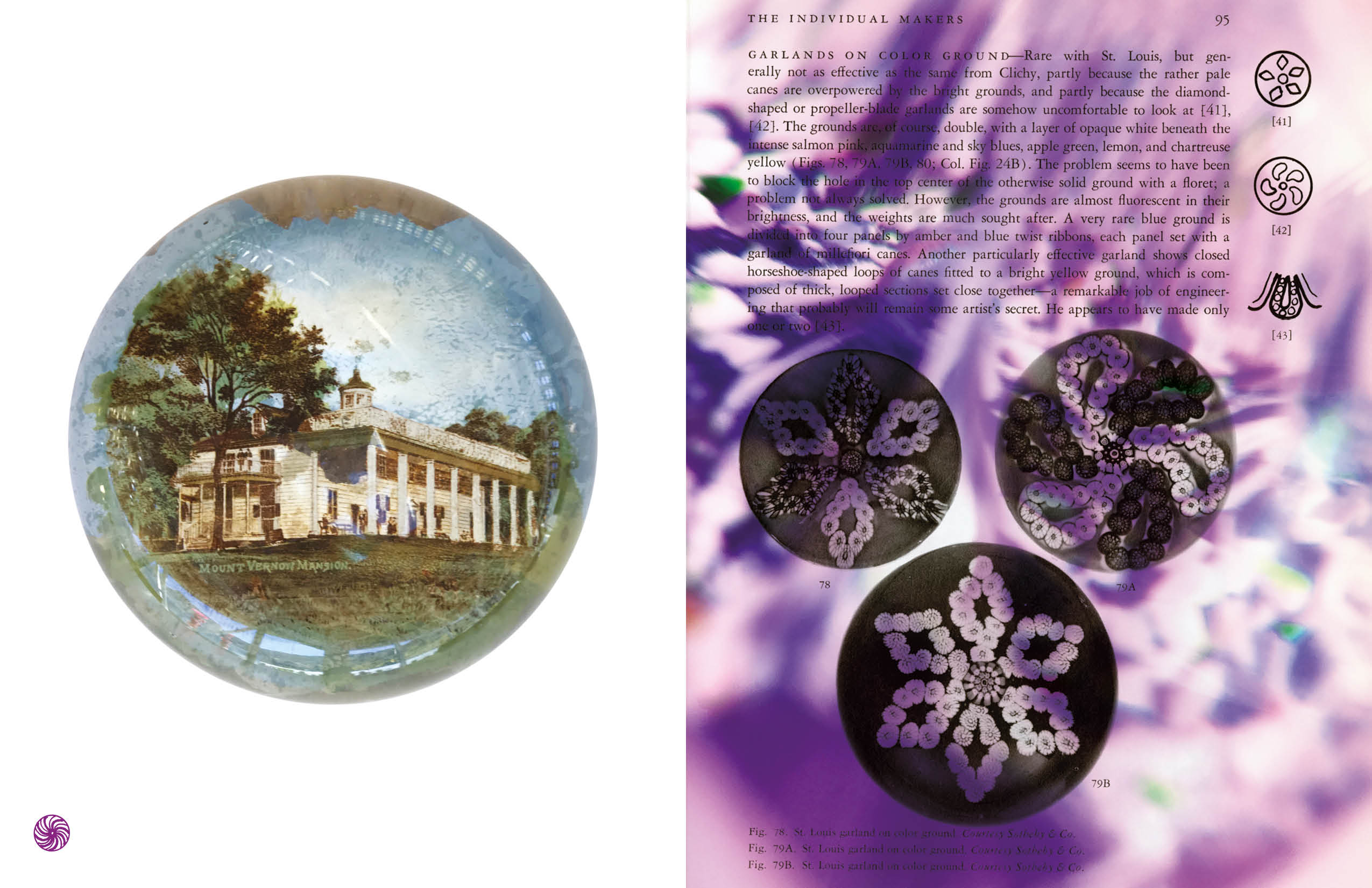
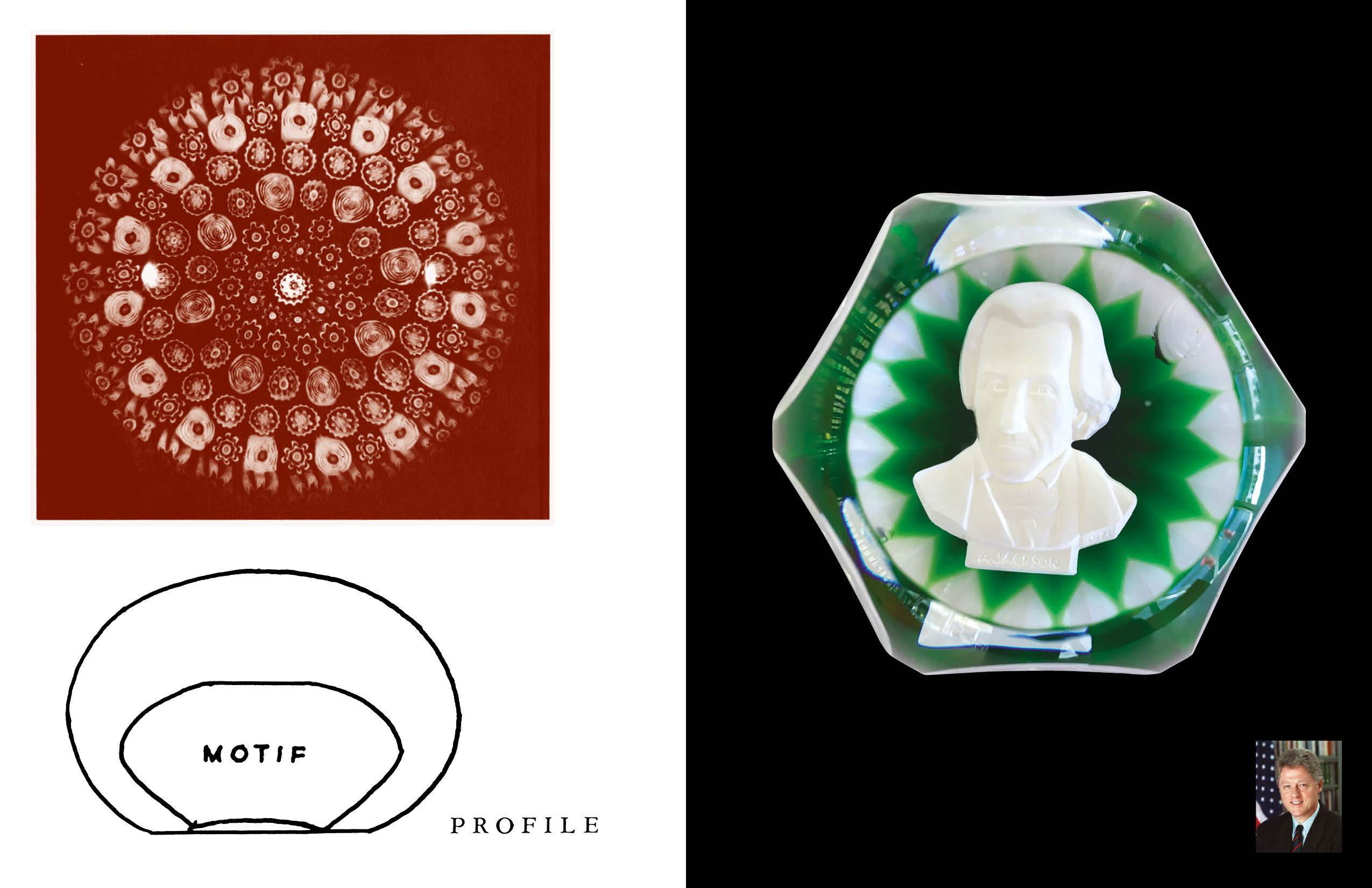
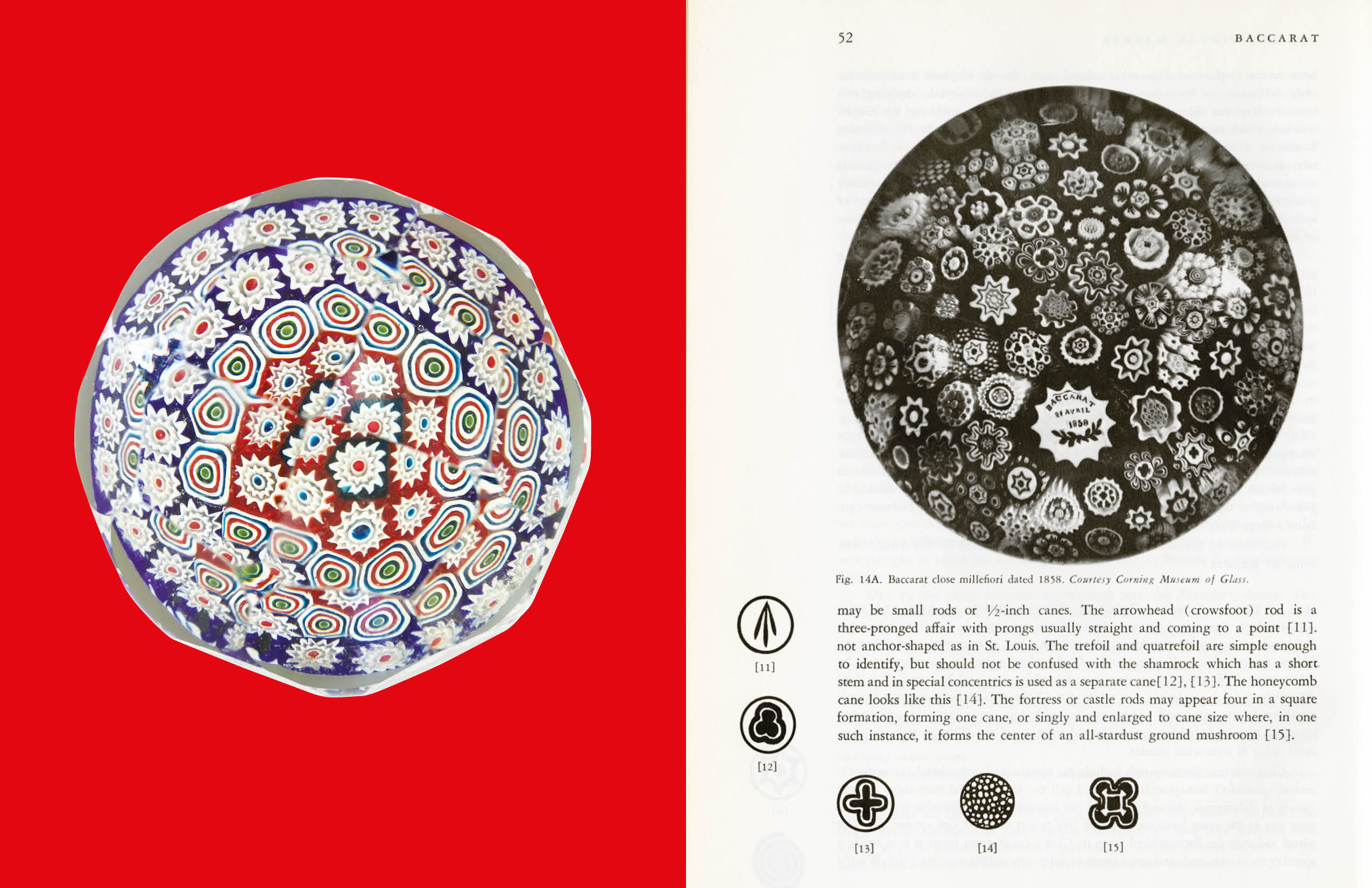
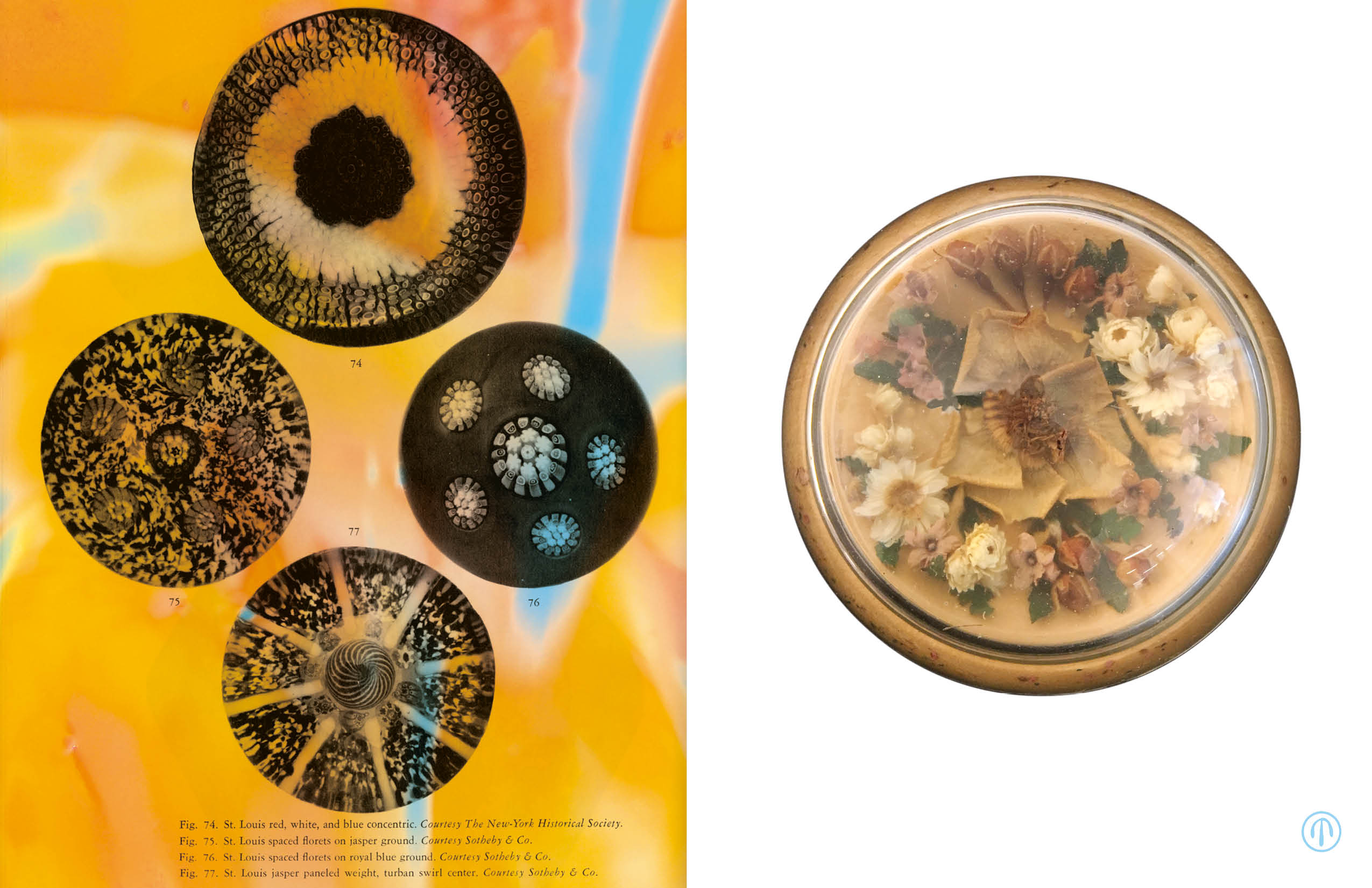
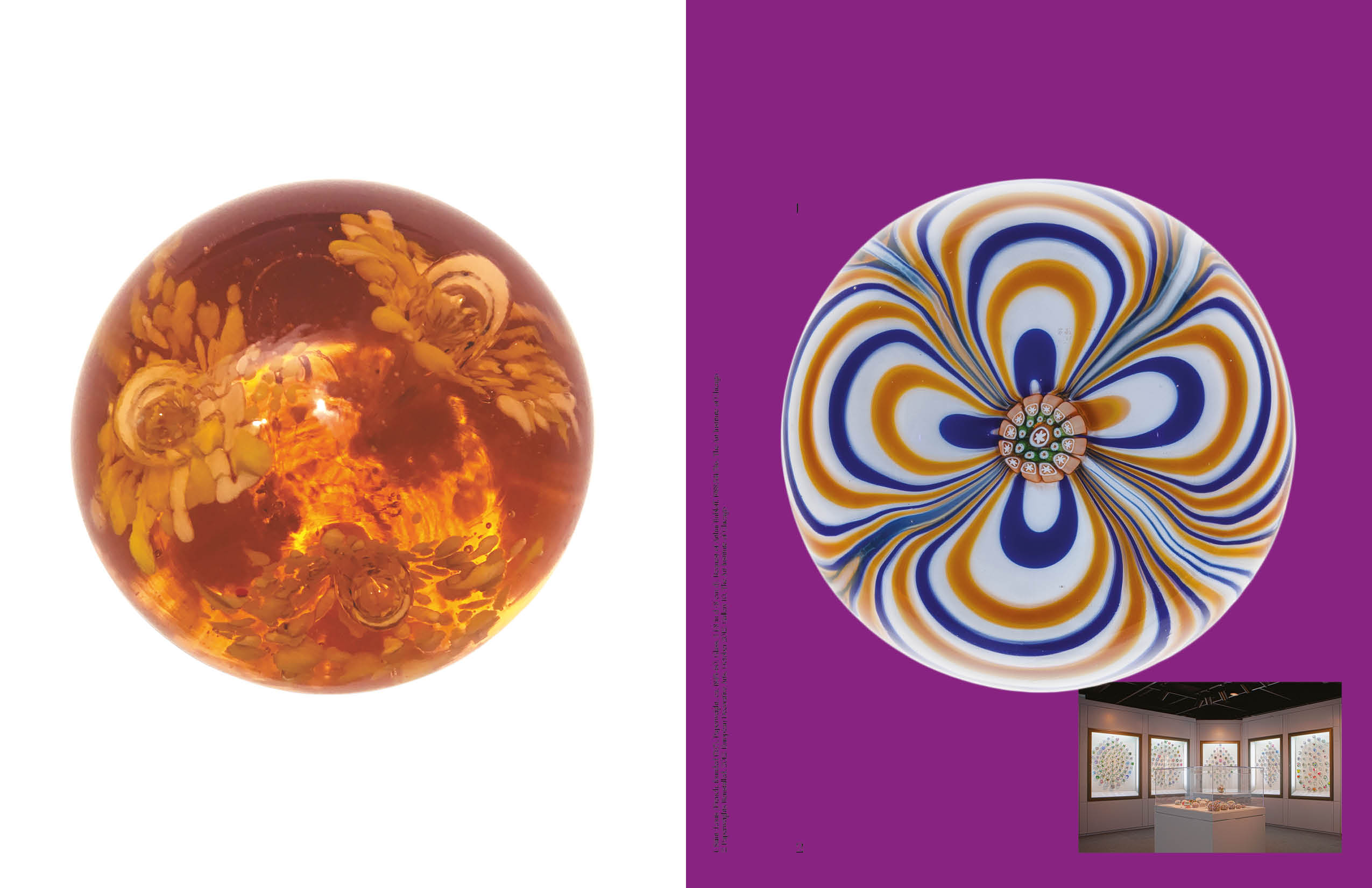
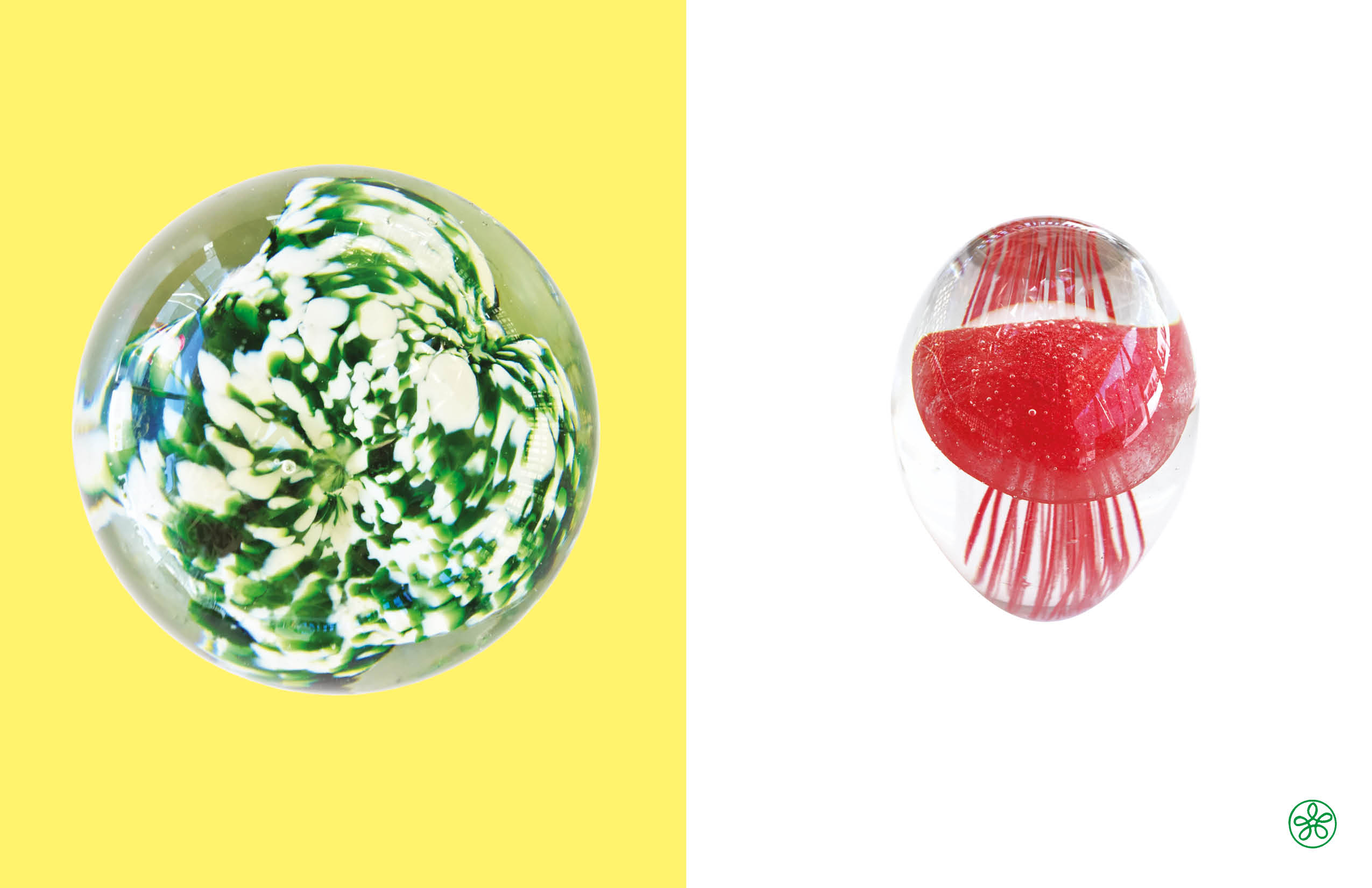
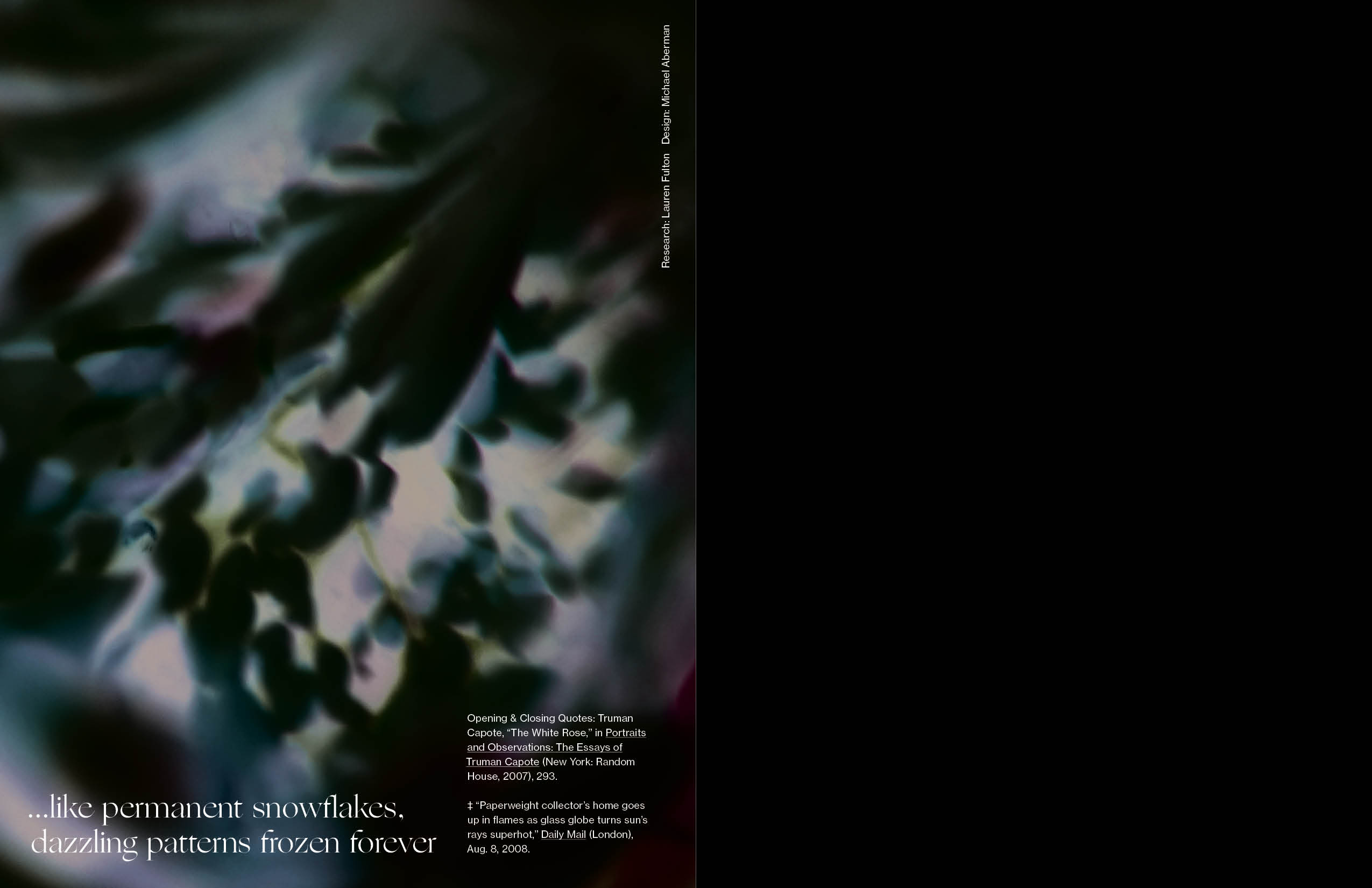
-
Christian Schumann
Obstacles
Christian Schumann
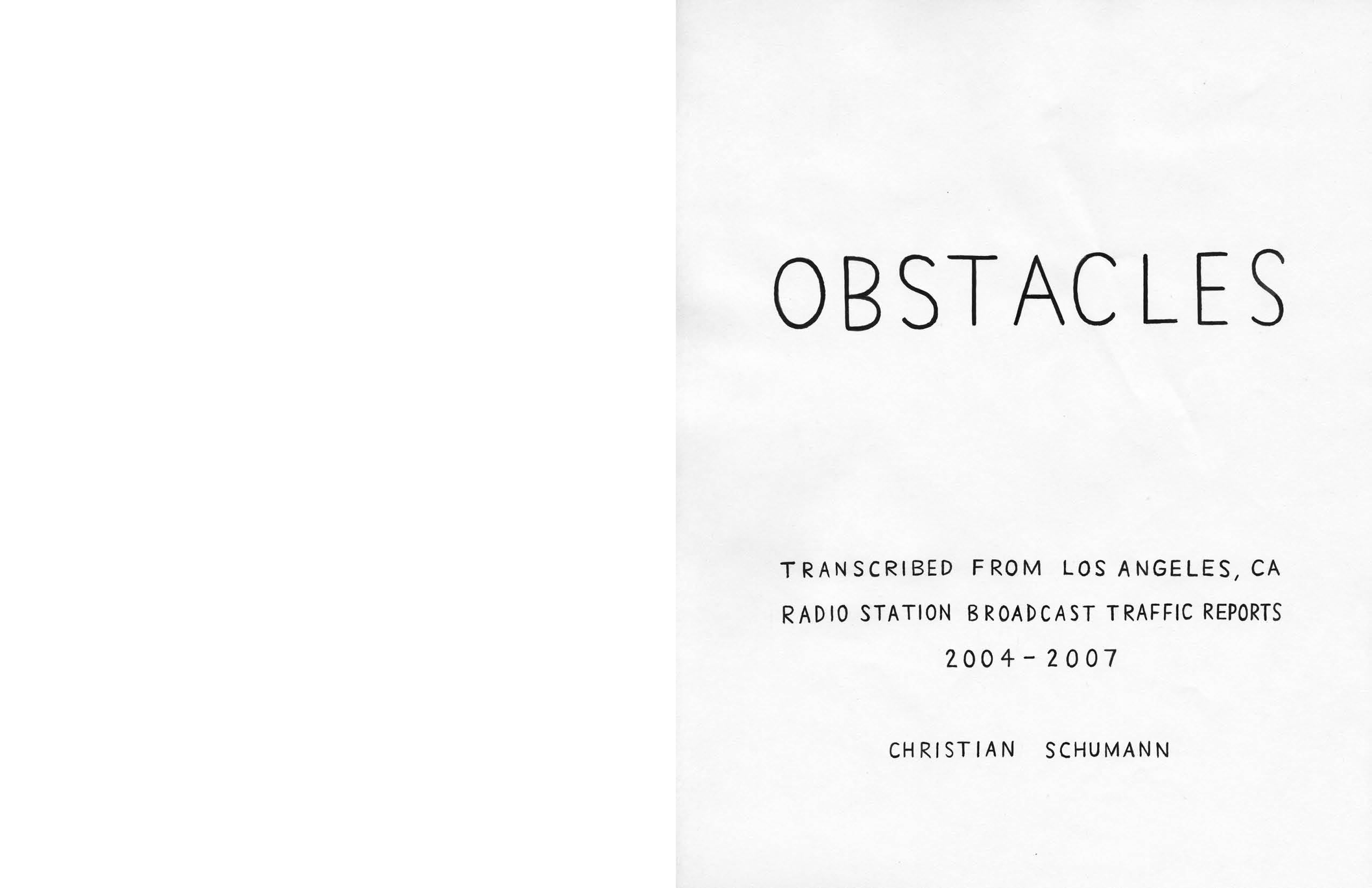

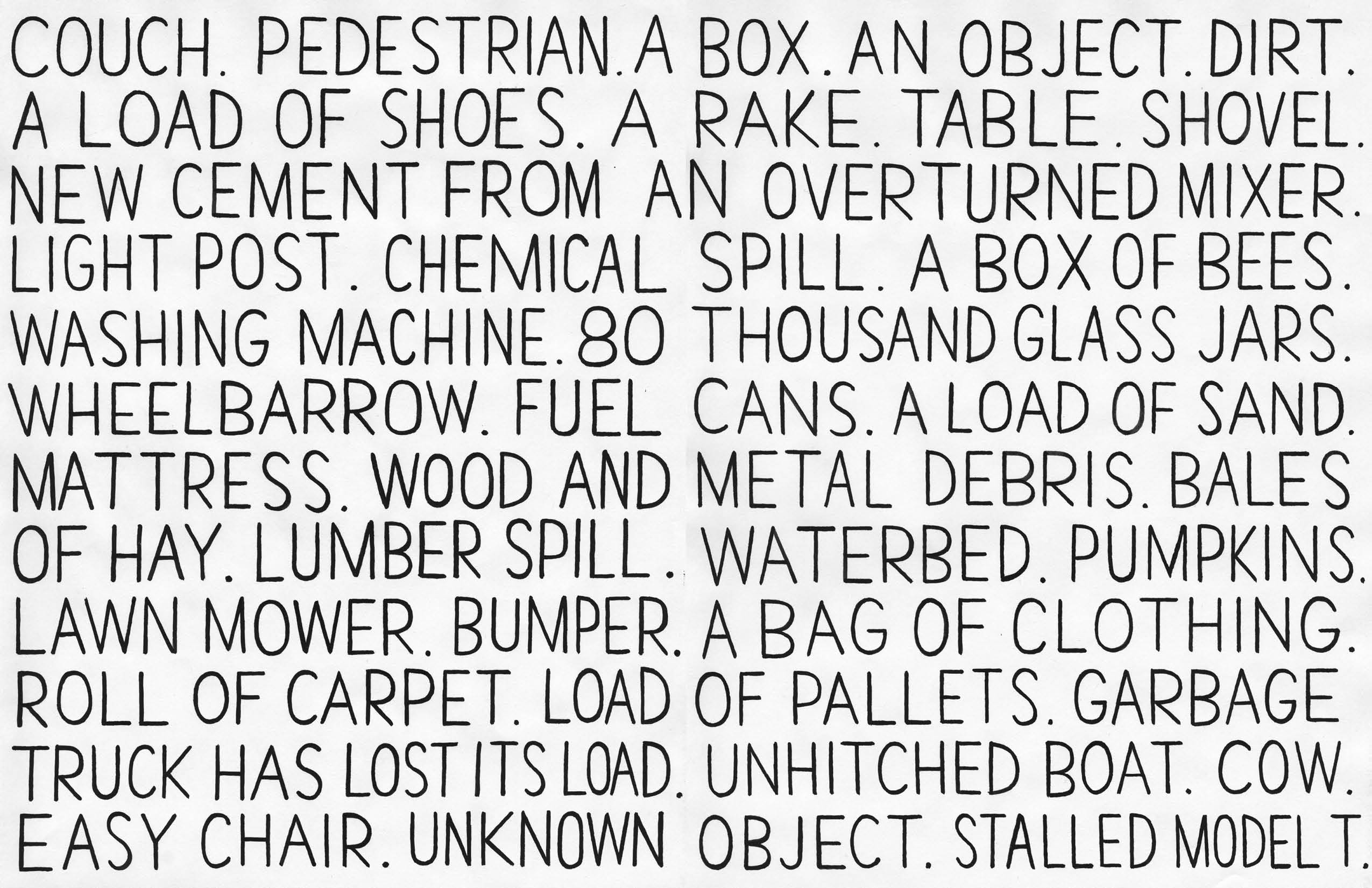
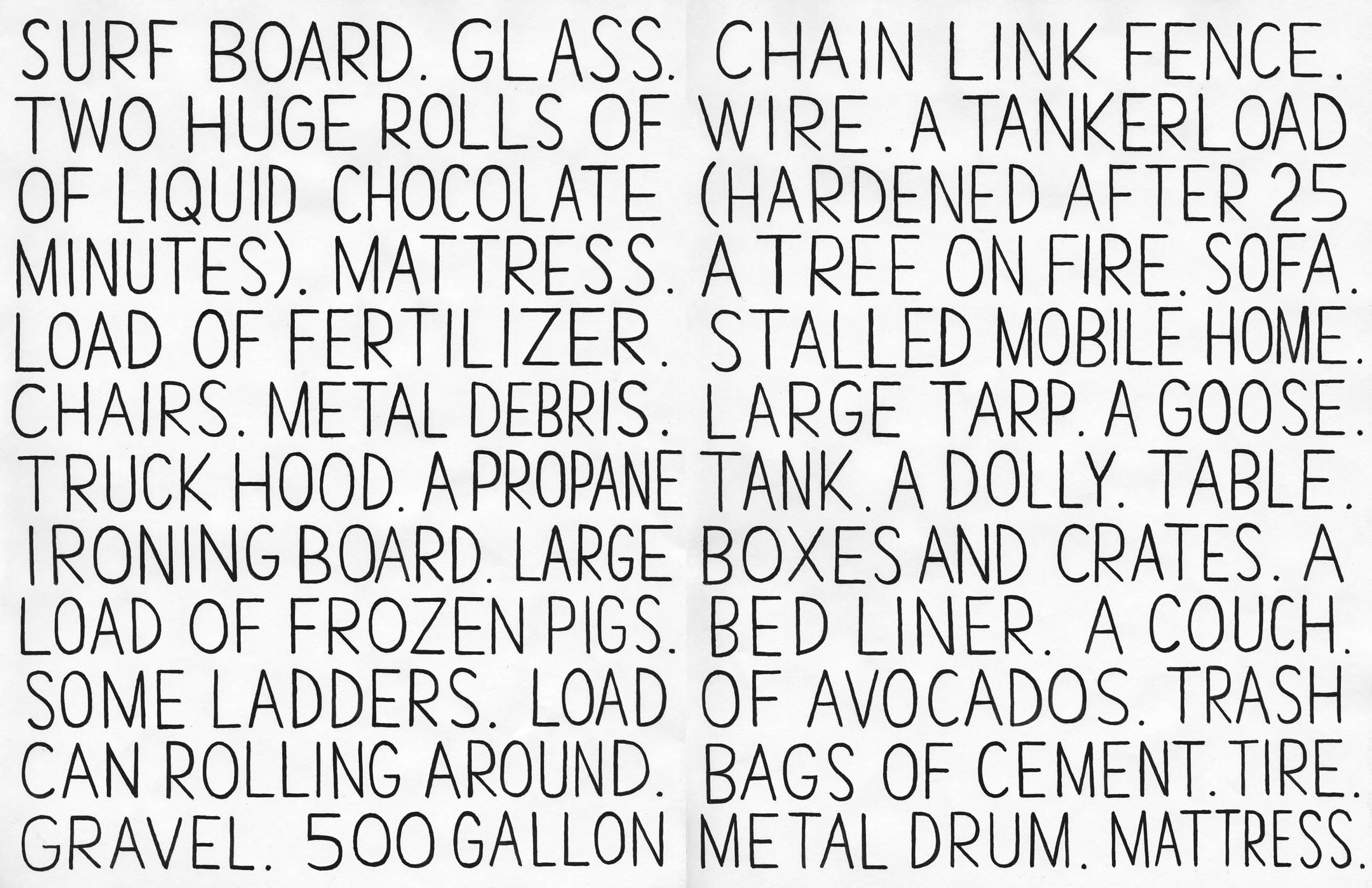

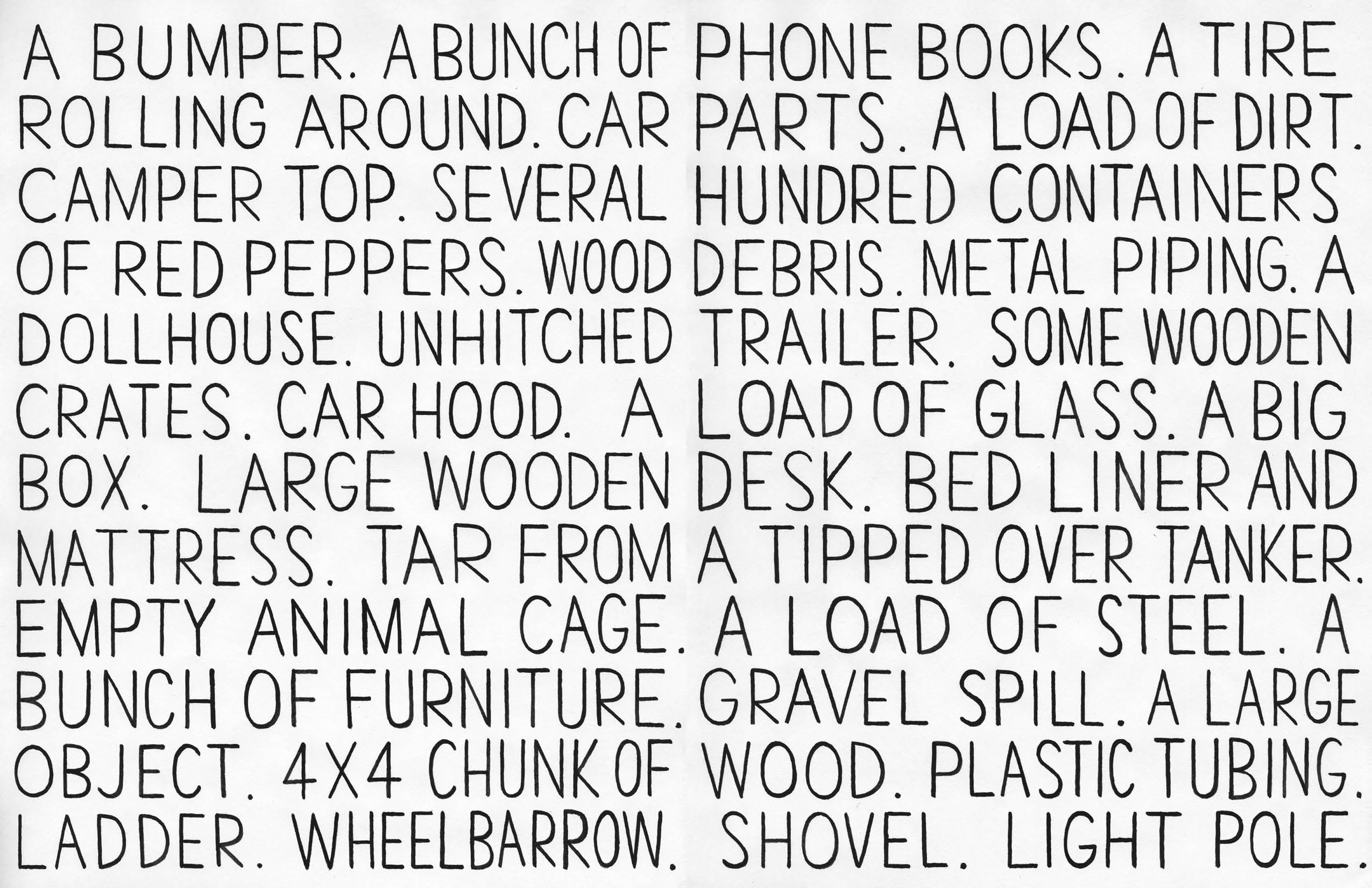
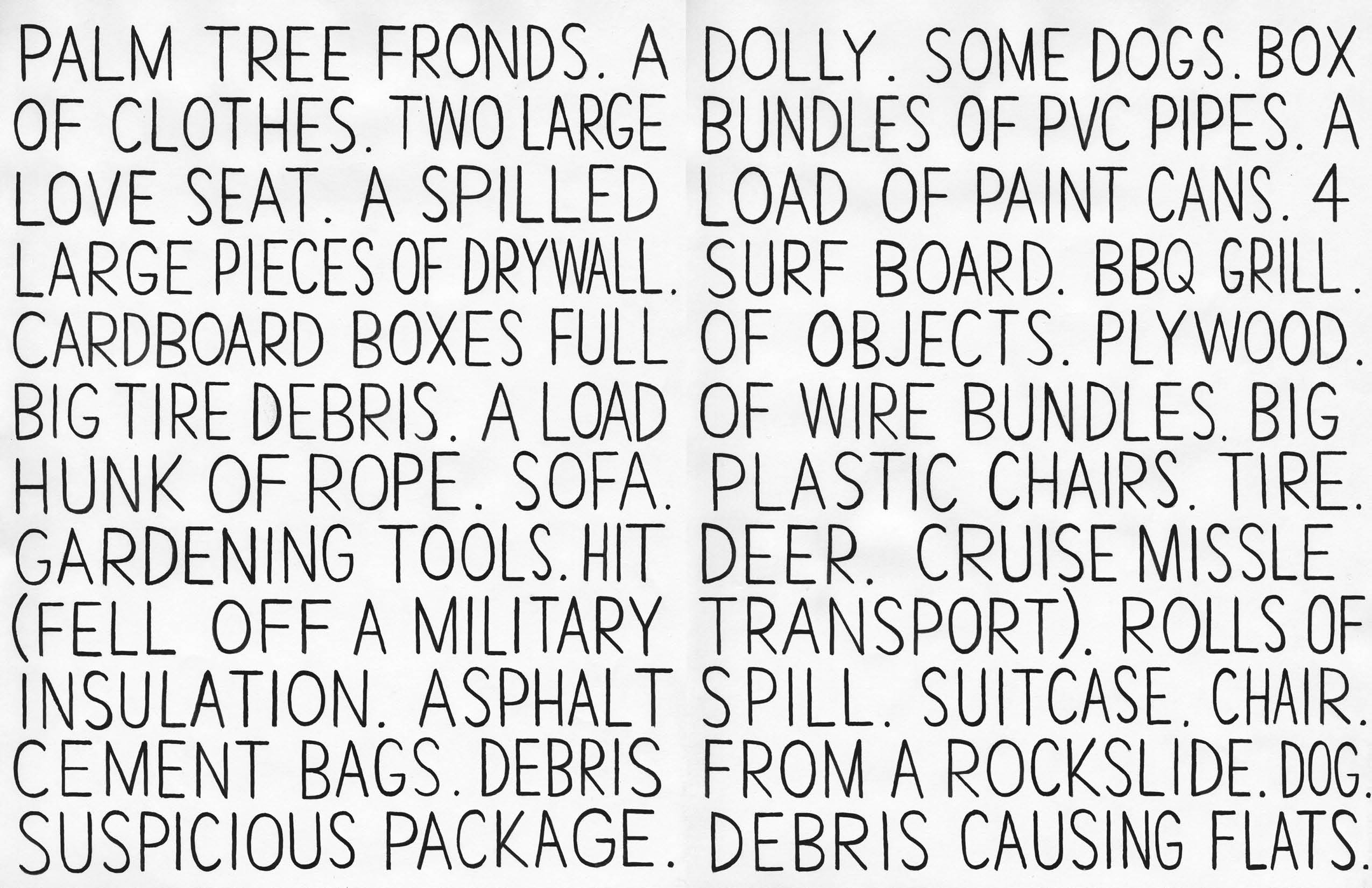
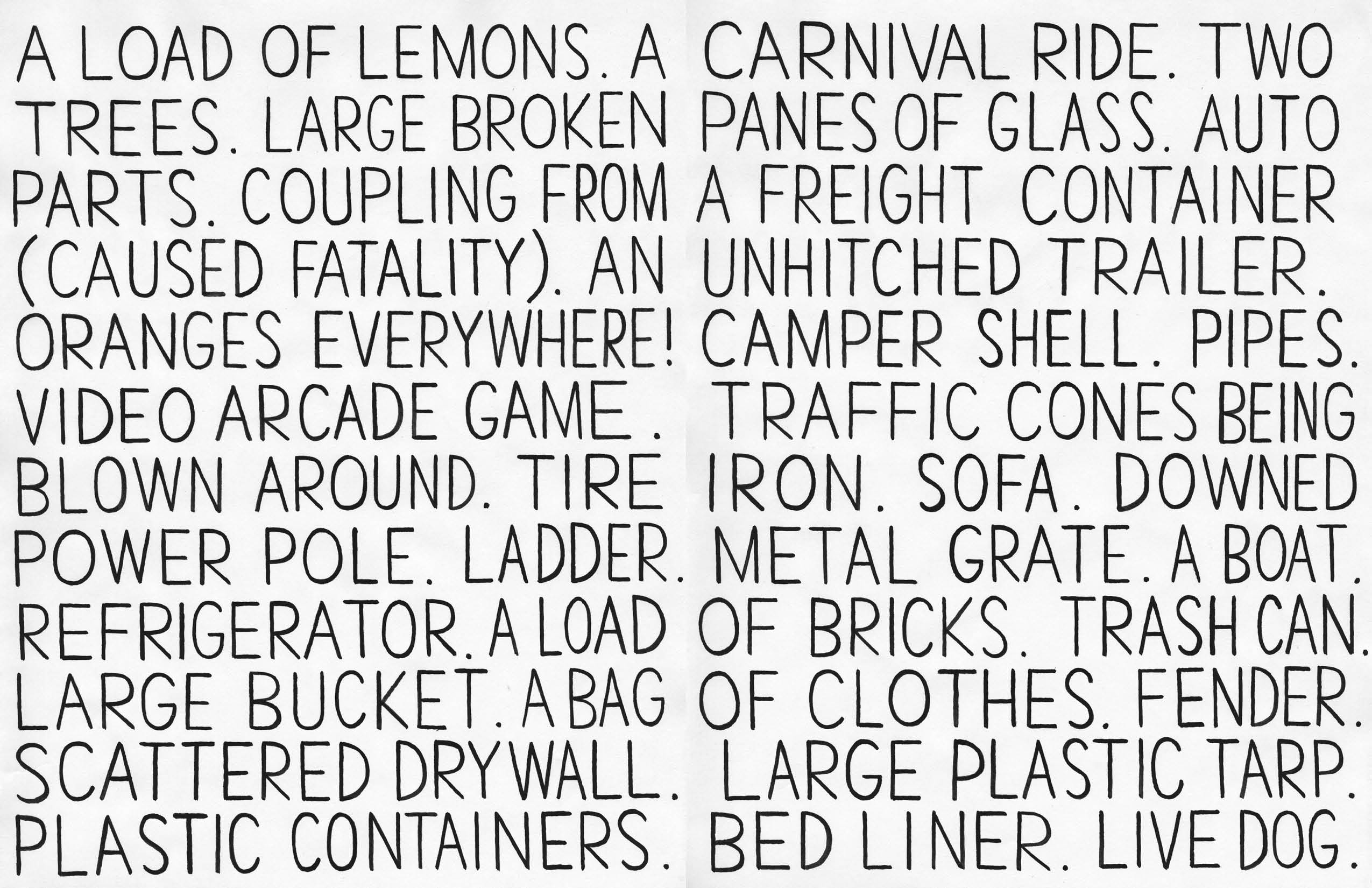

-
Elmgreen & Dragset, curated by Maureen Sullivan
Variations of Blue
Elmgreen & Dragset, curated by Maureen Sullivan
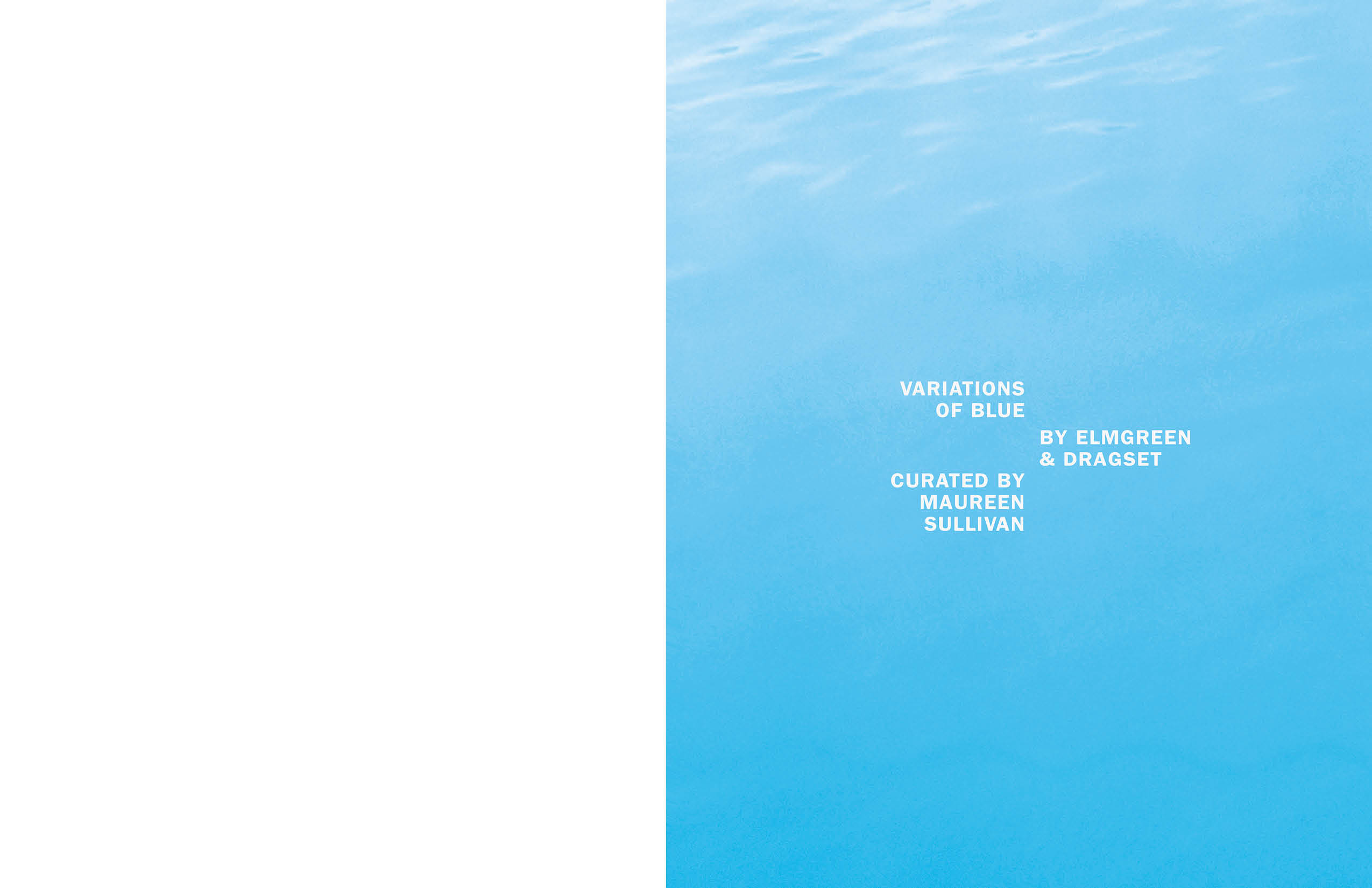
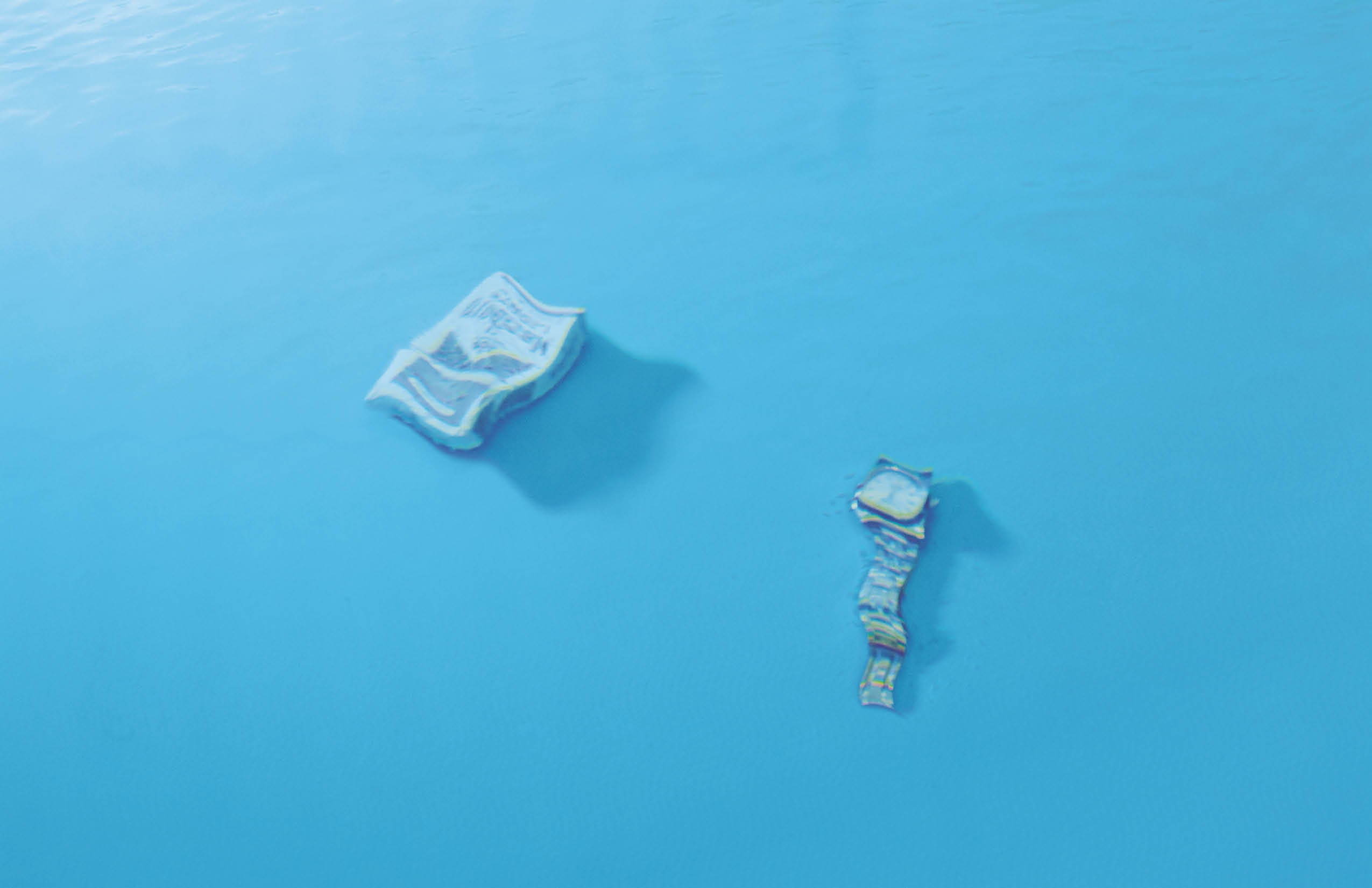
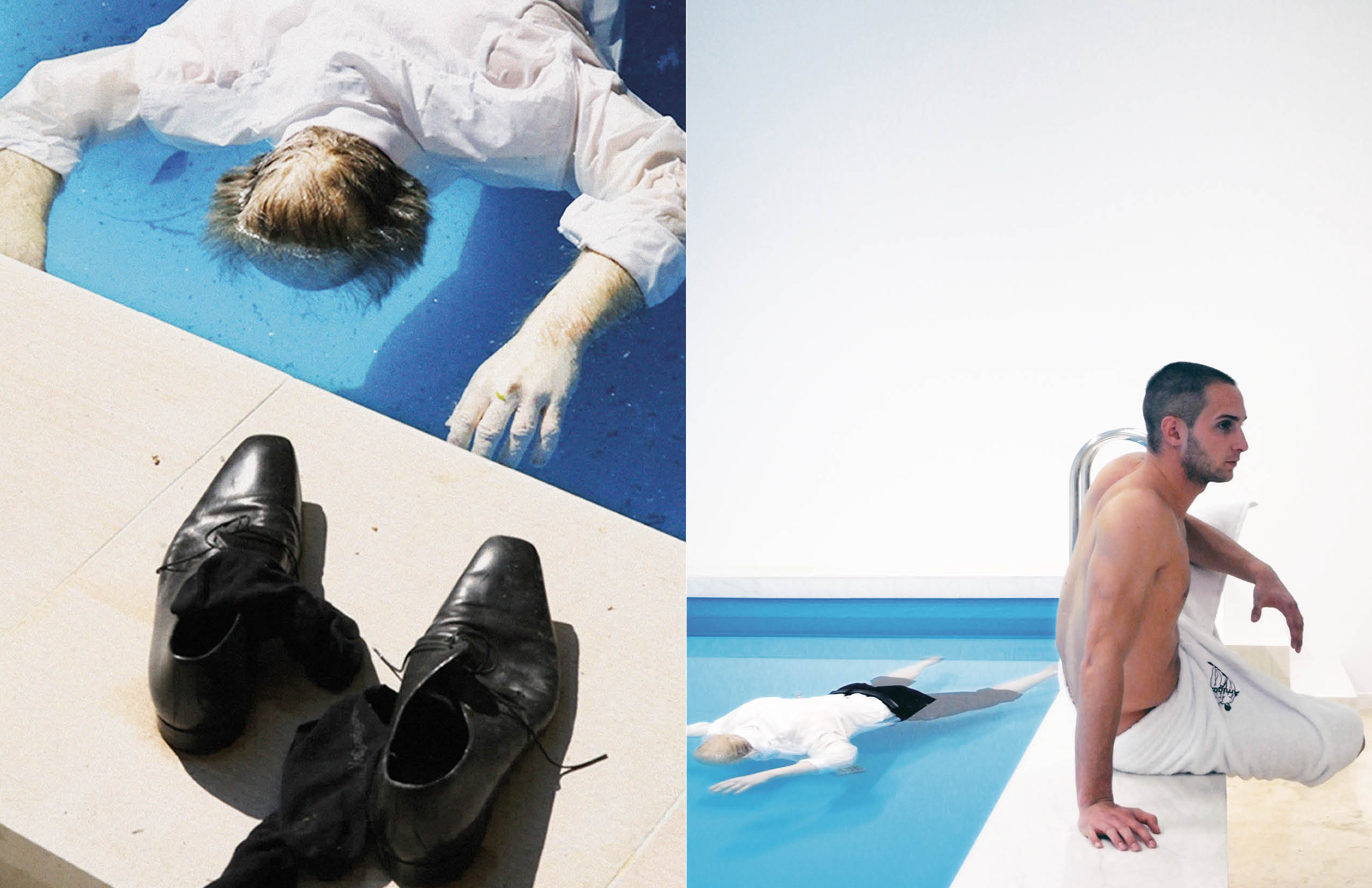
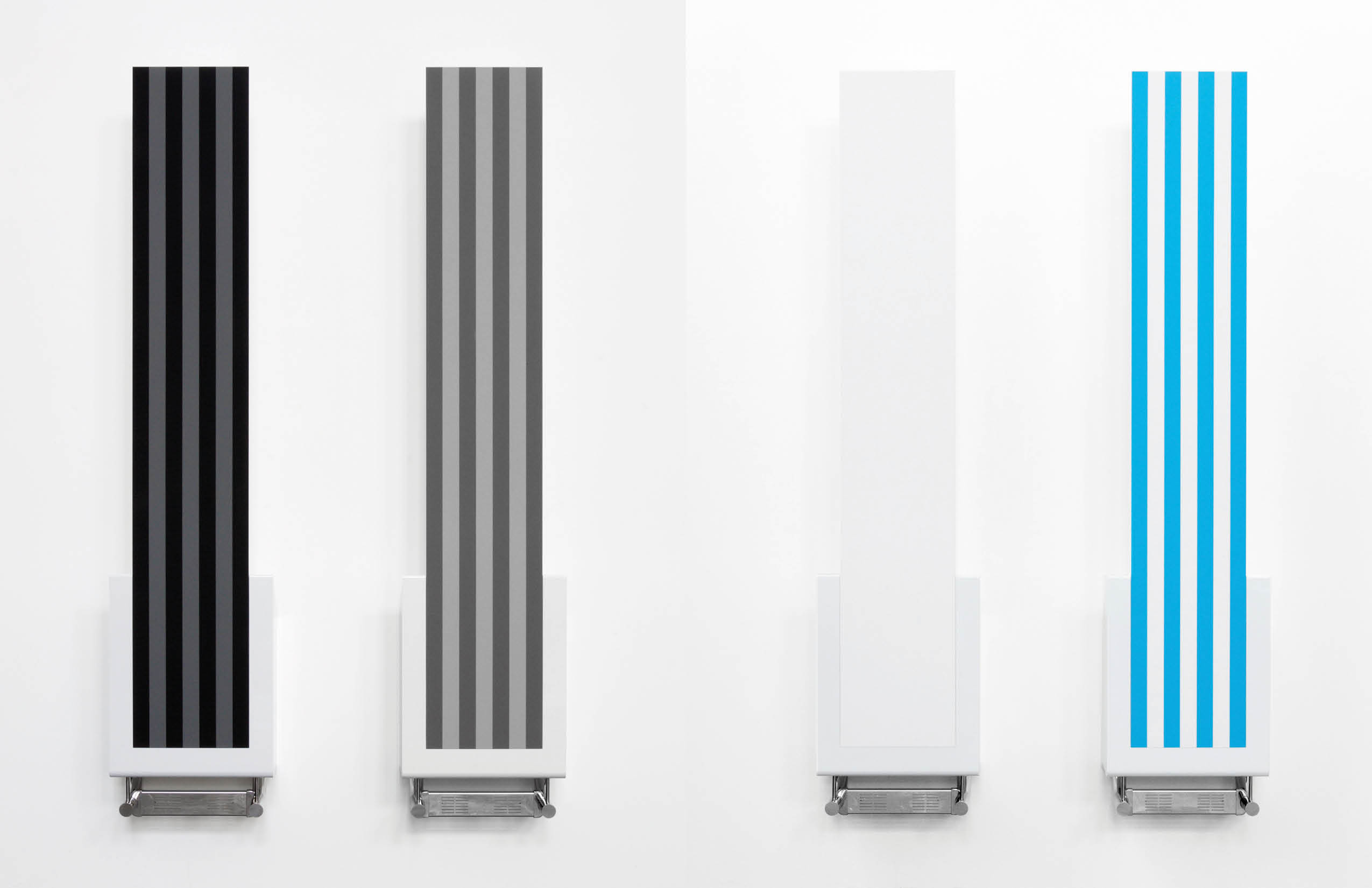
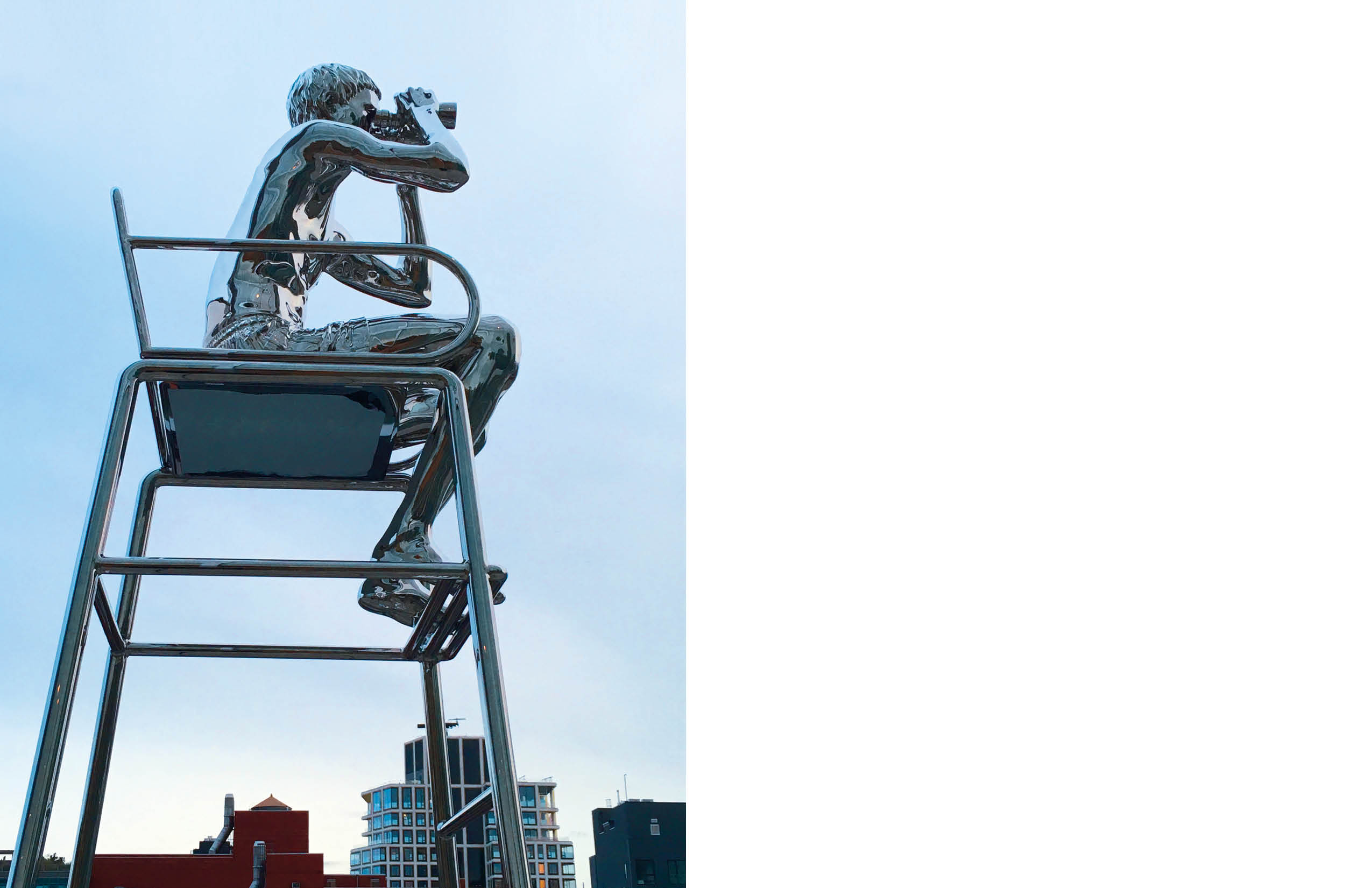
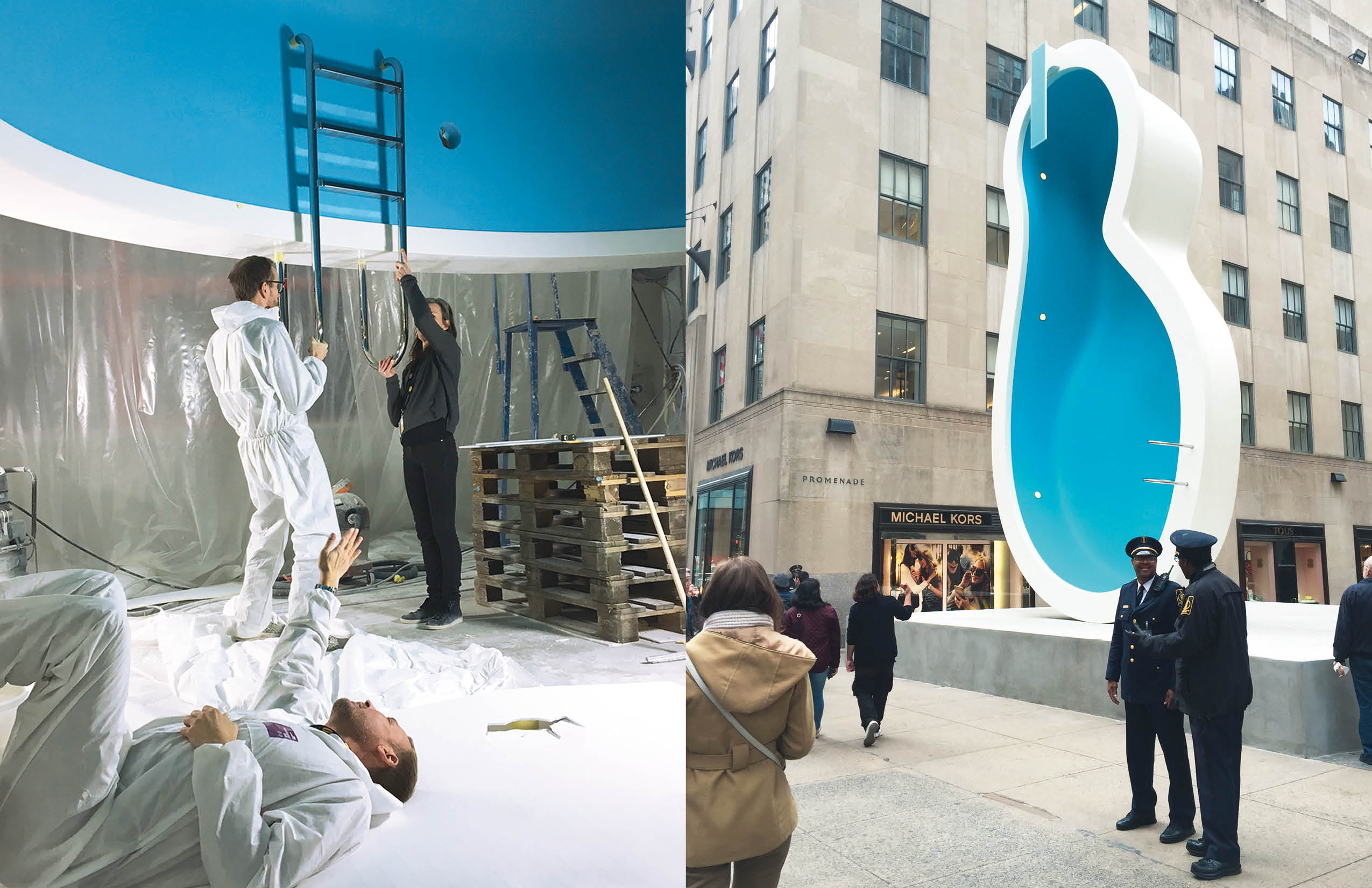
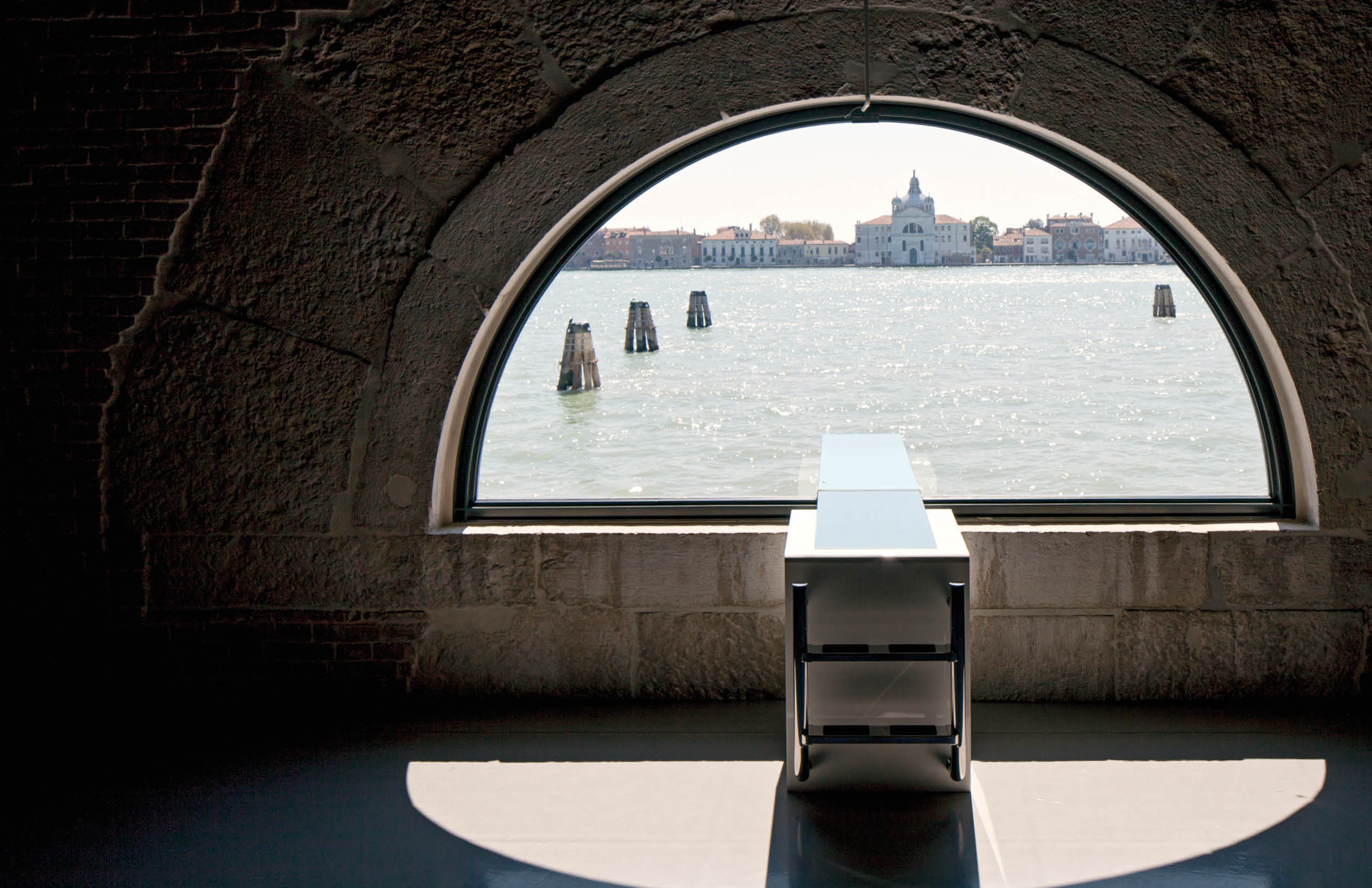
-
Bjarne Melgaard
The Worst Year of My Life
Bjarne Melgaard
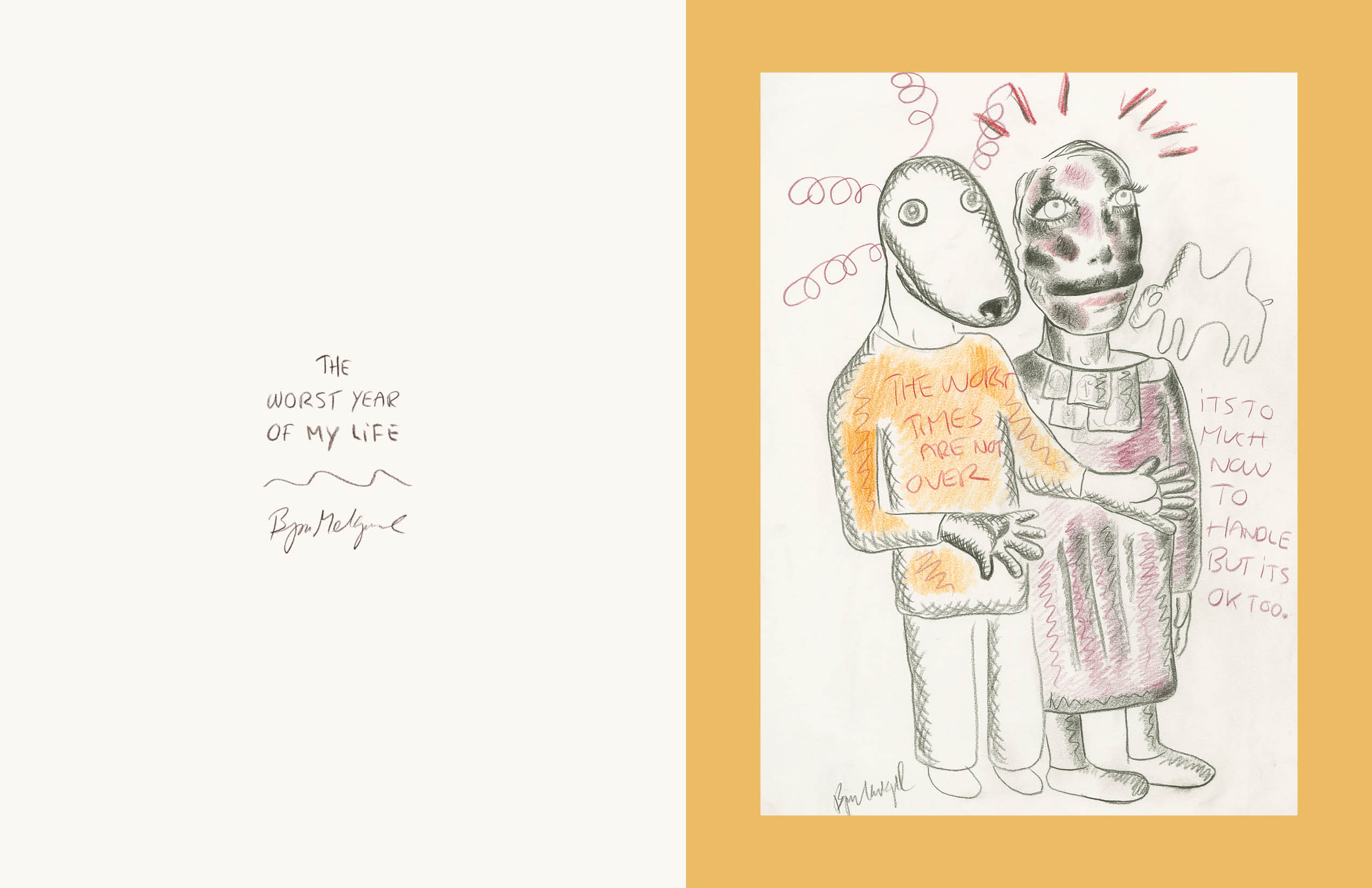
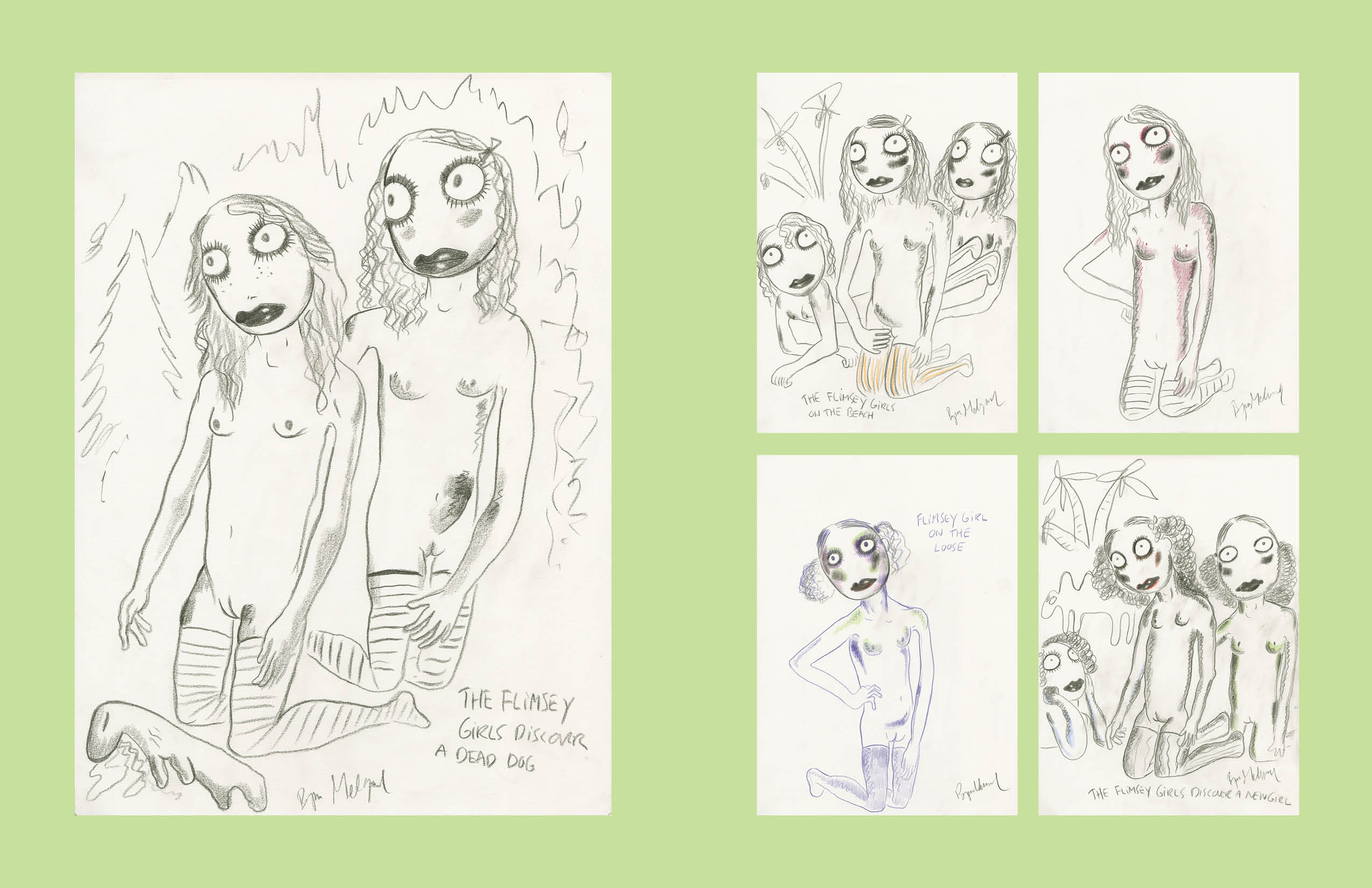
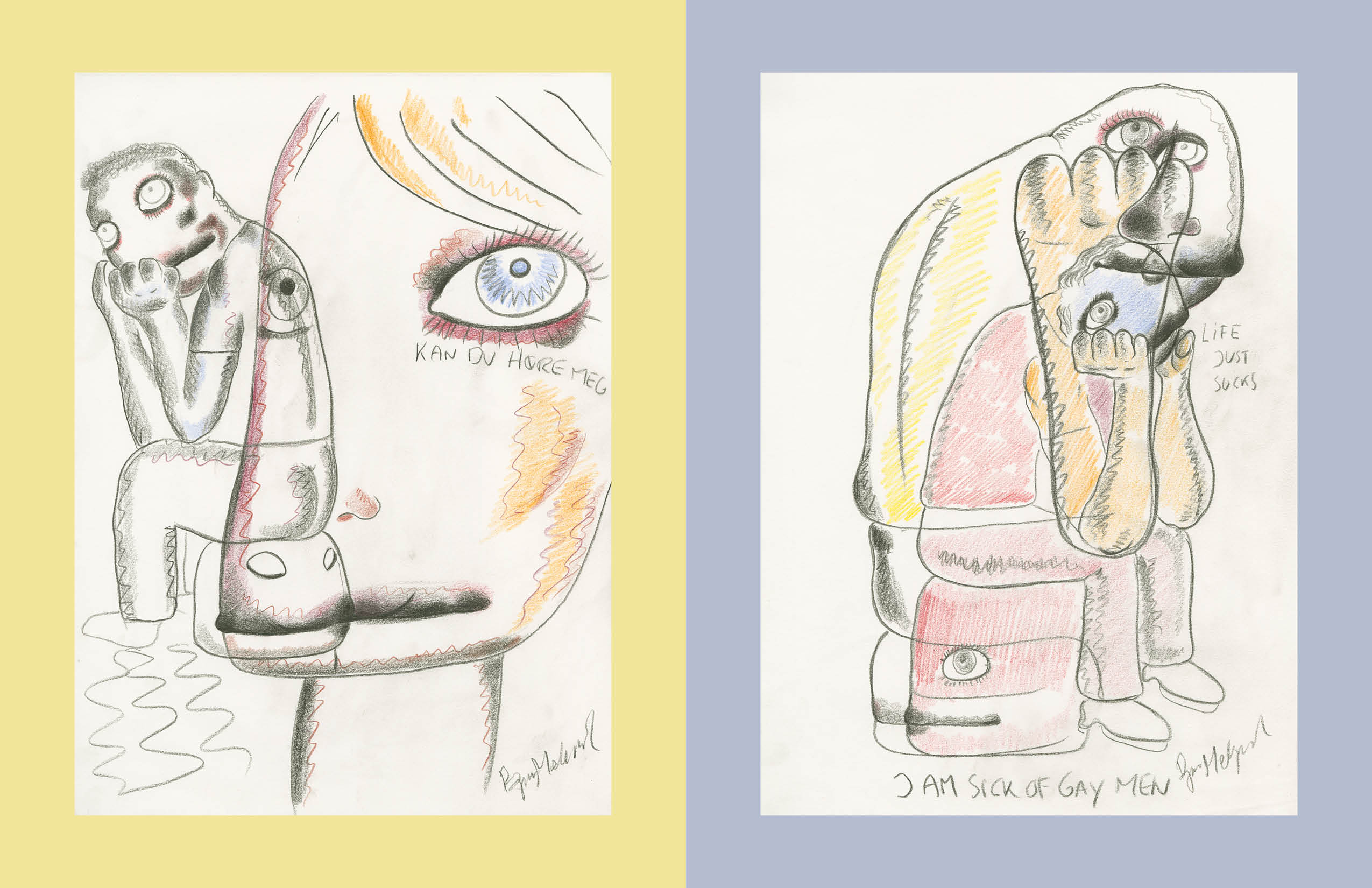
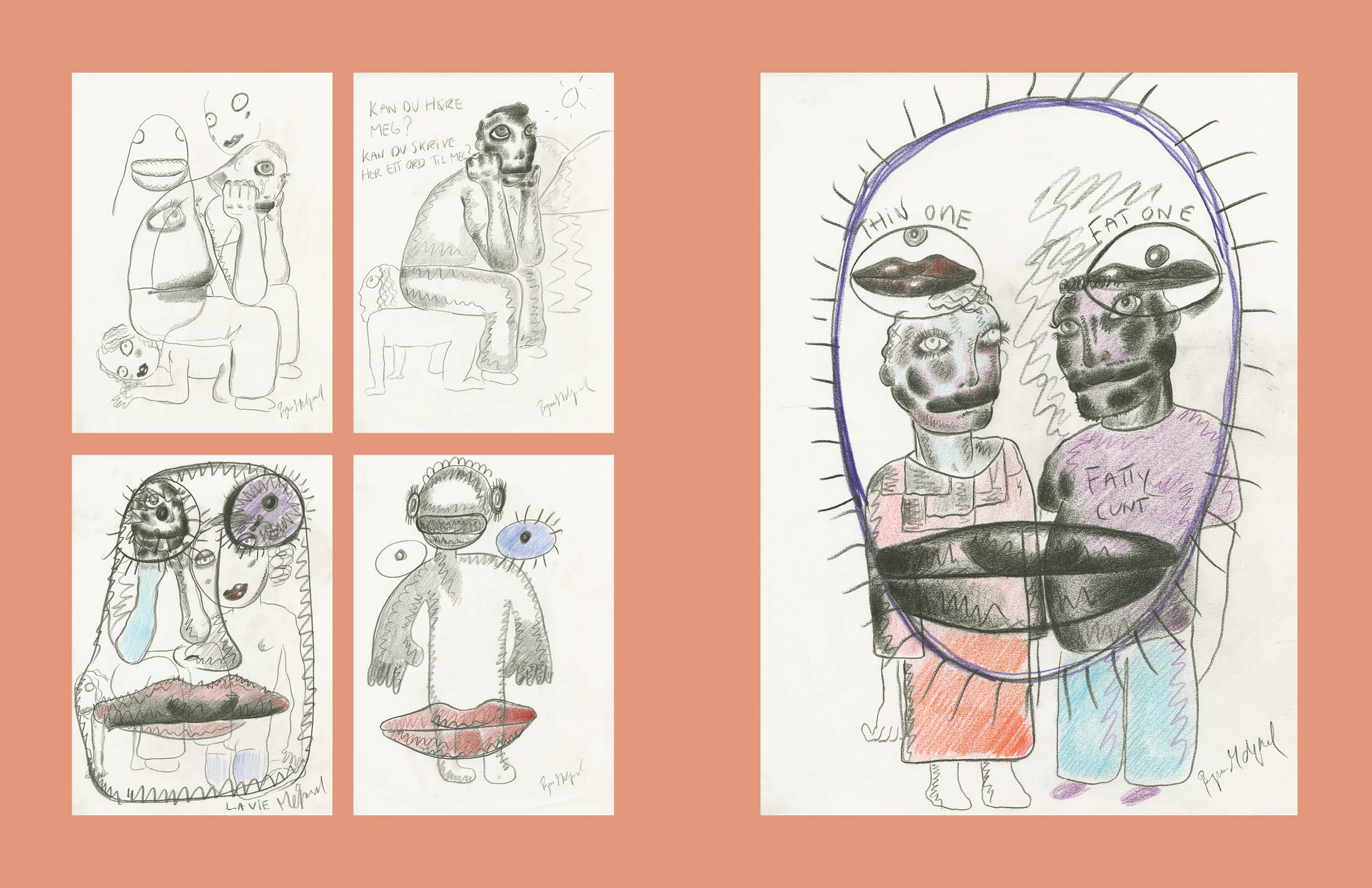
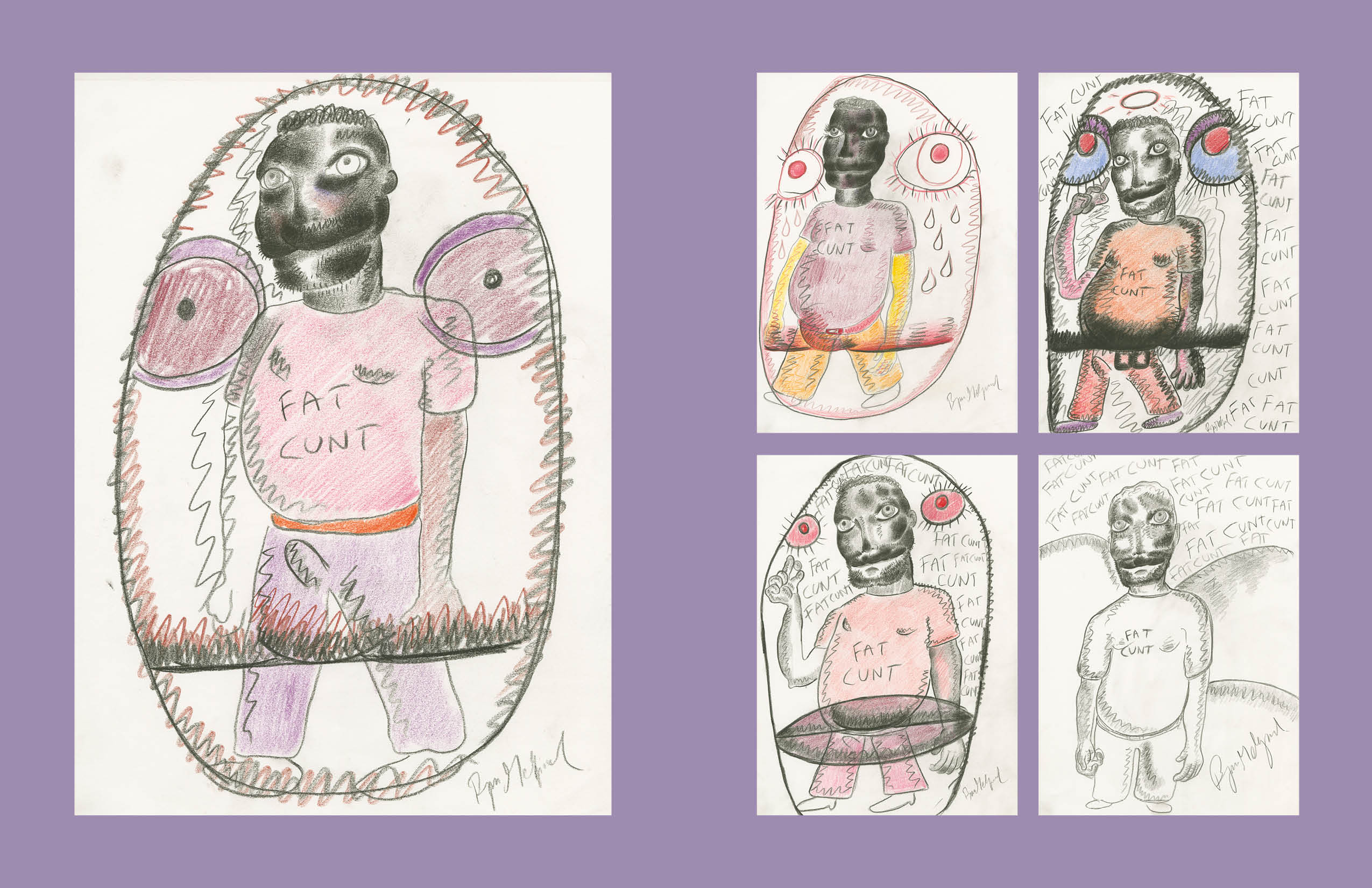
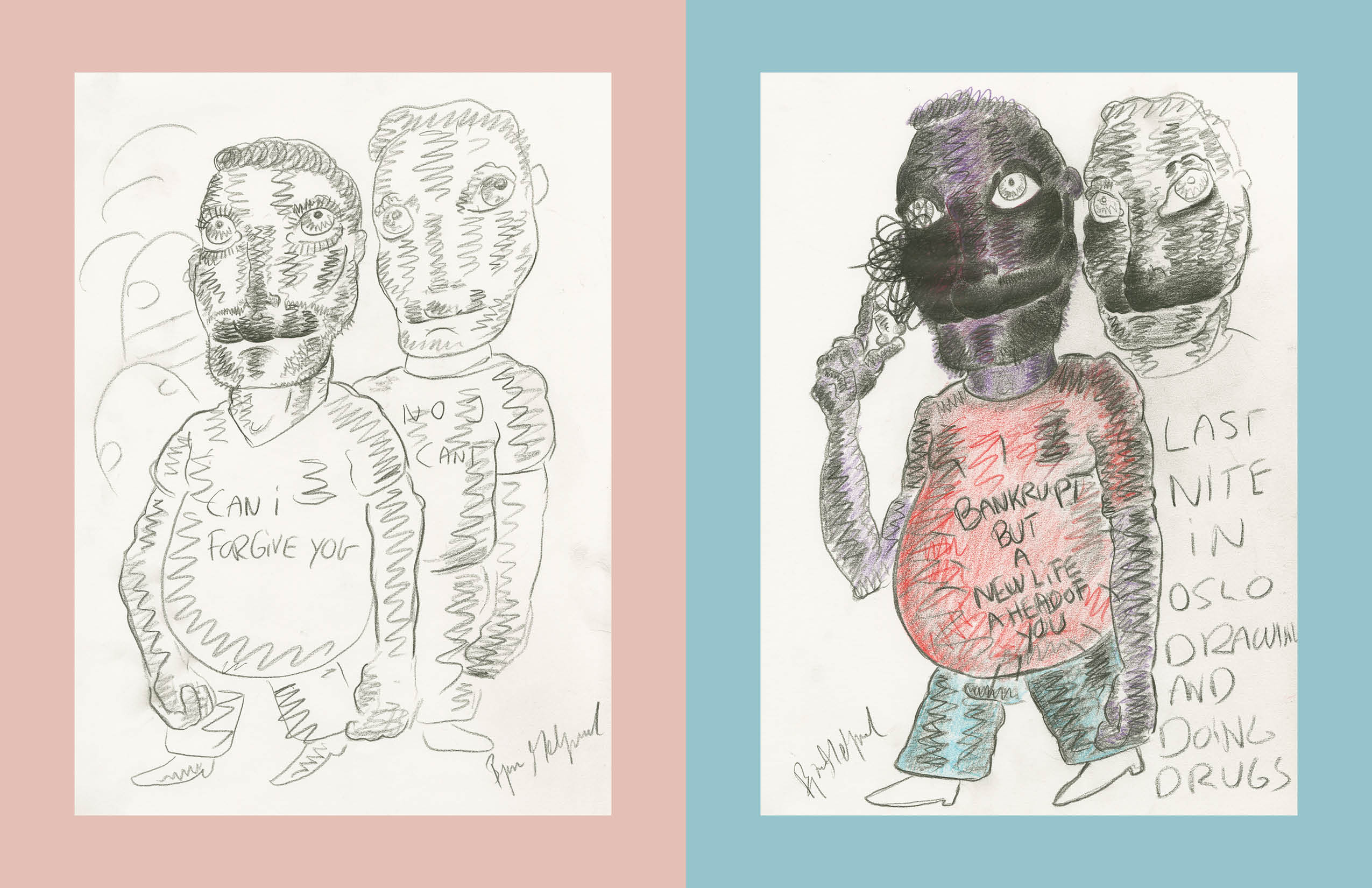
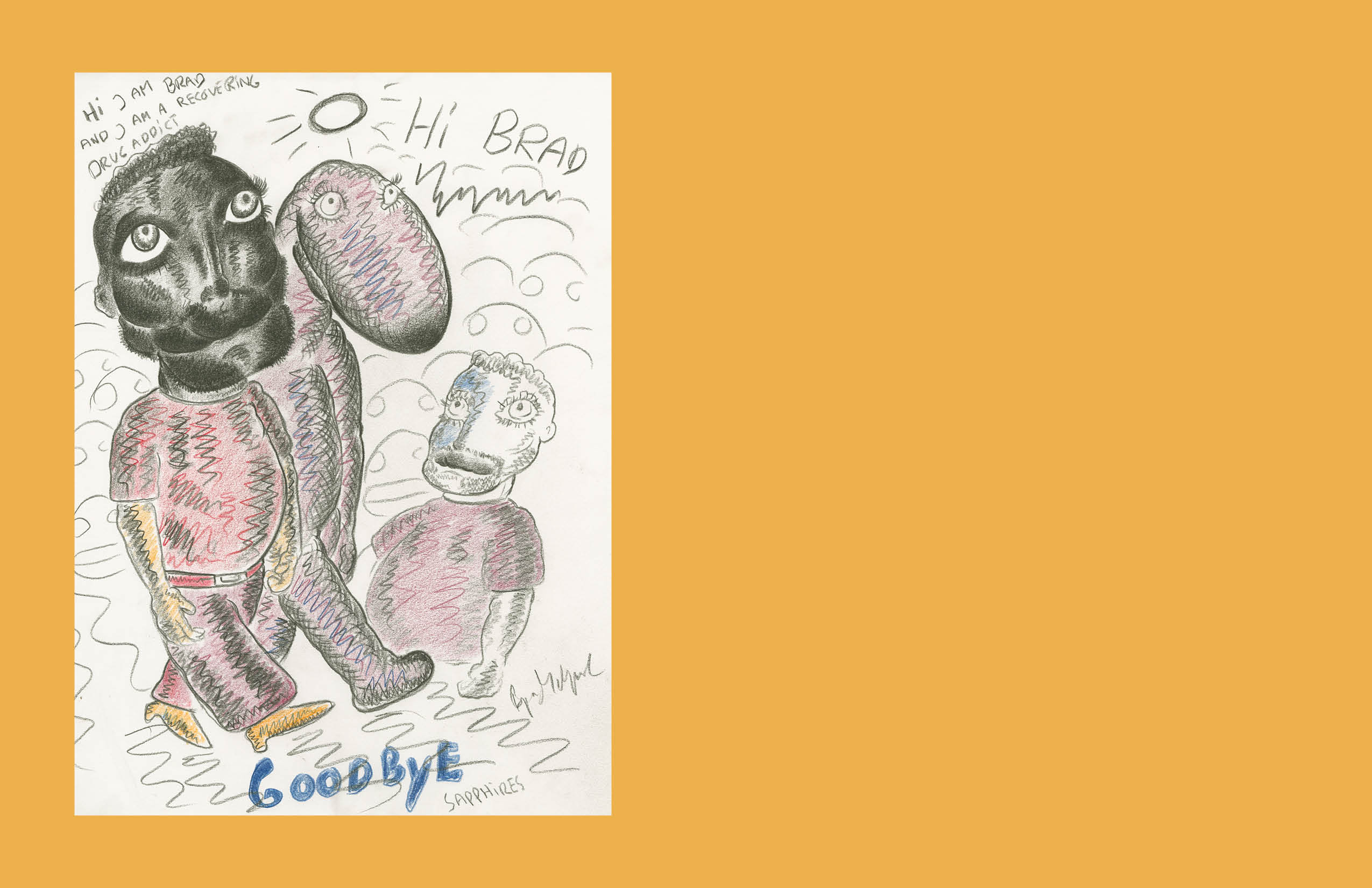
-
Romana Drdová
Mapo Tofu Masks: An Asian Love Story
Romana Drdová
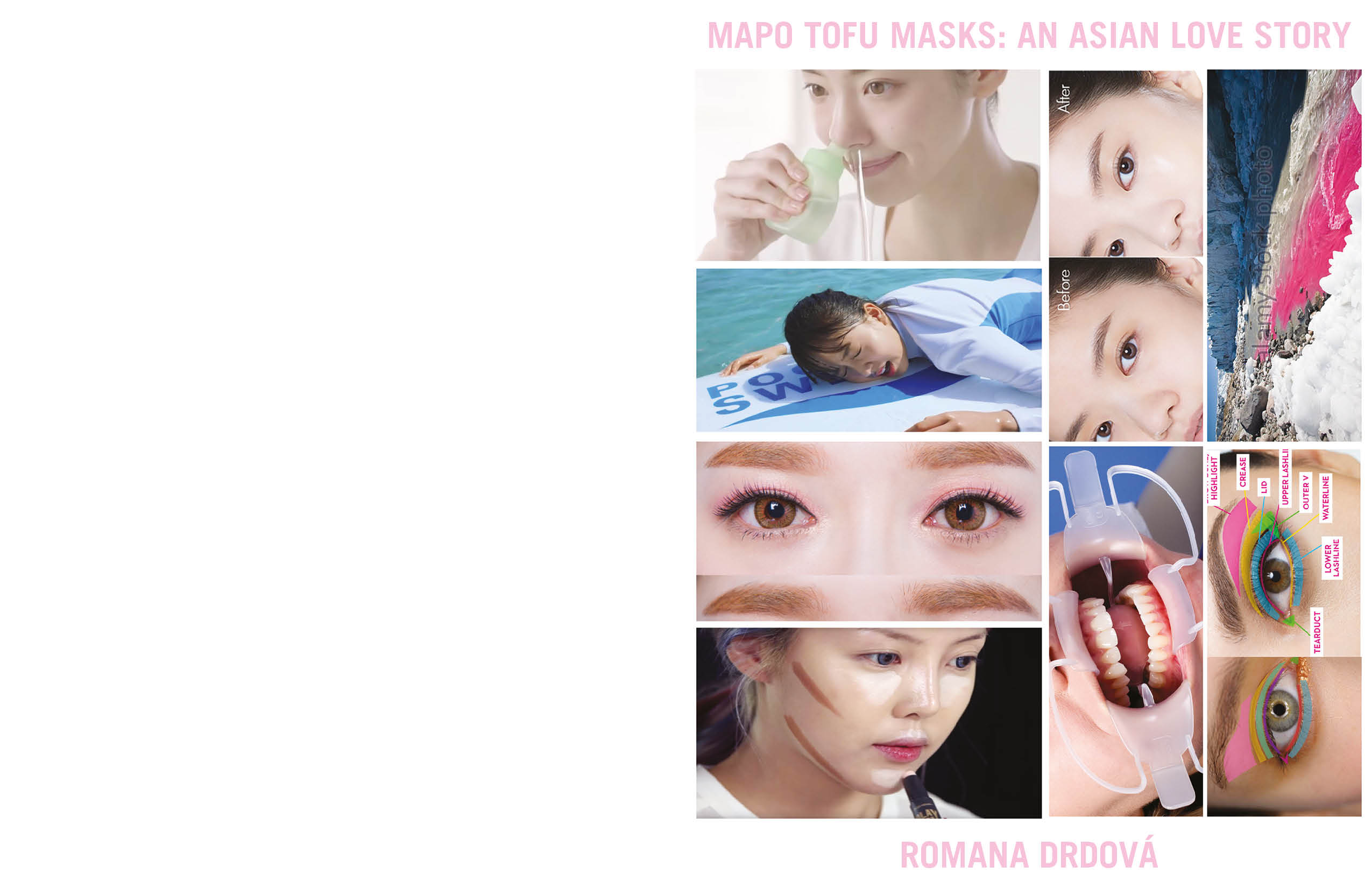
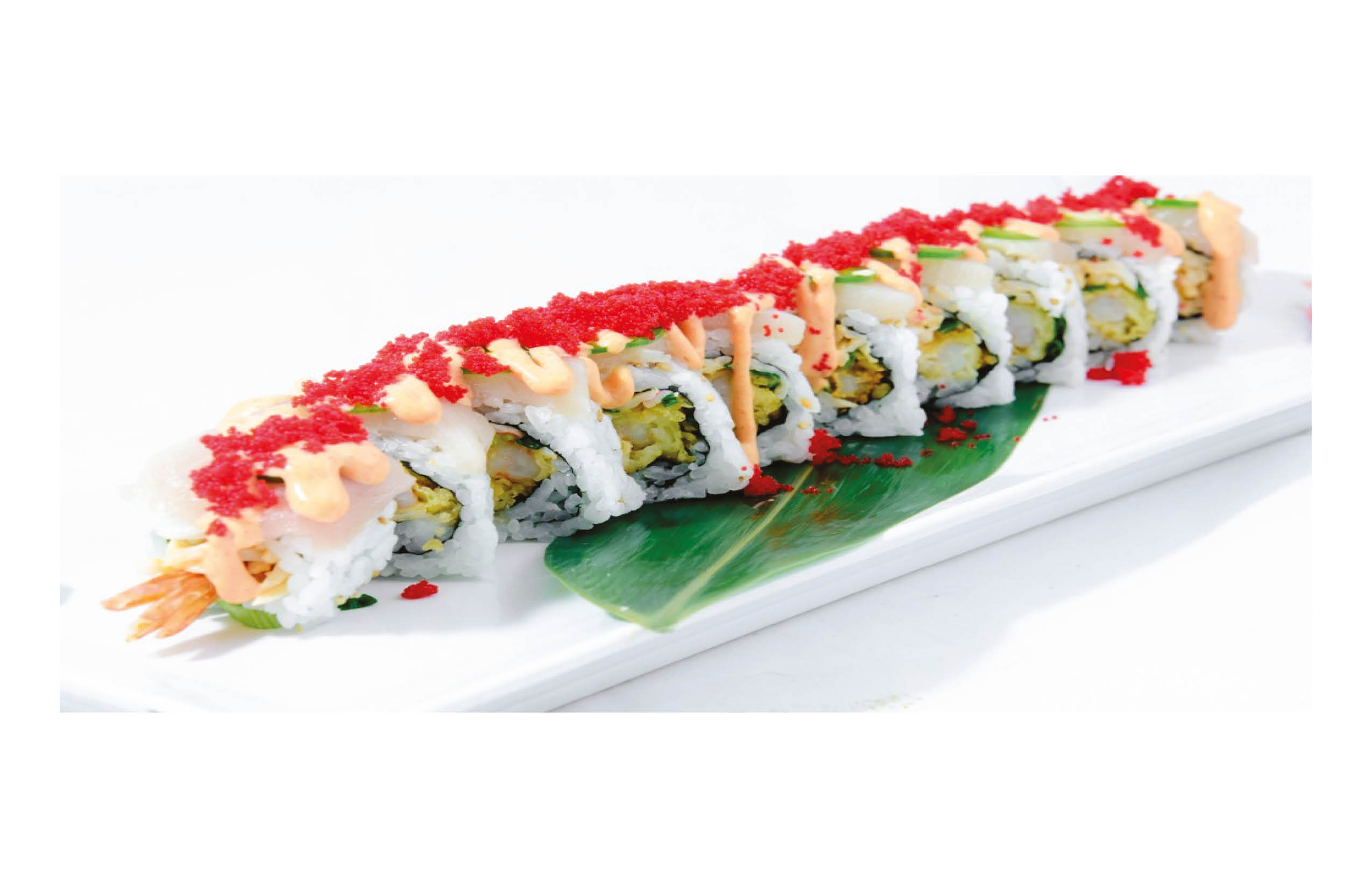
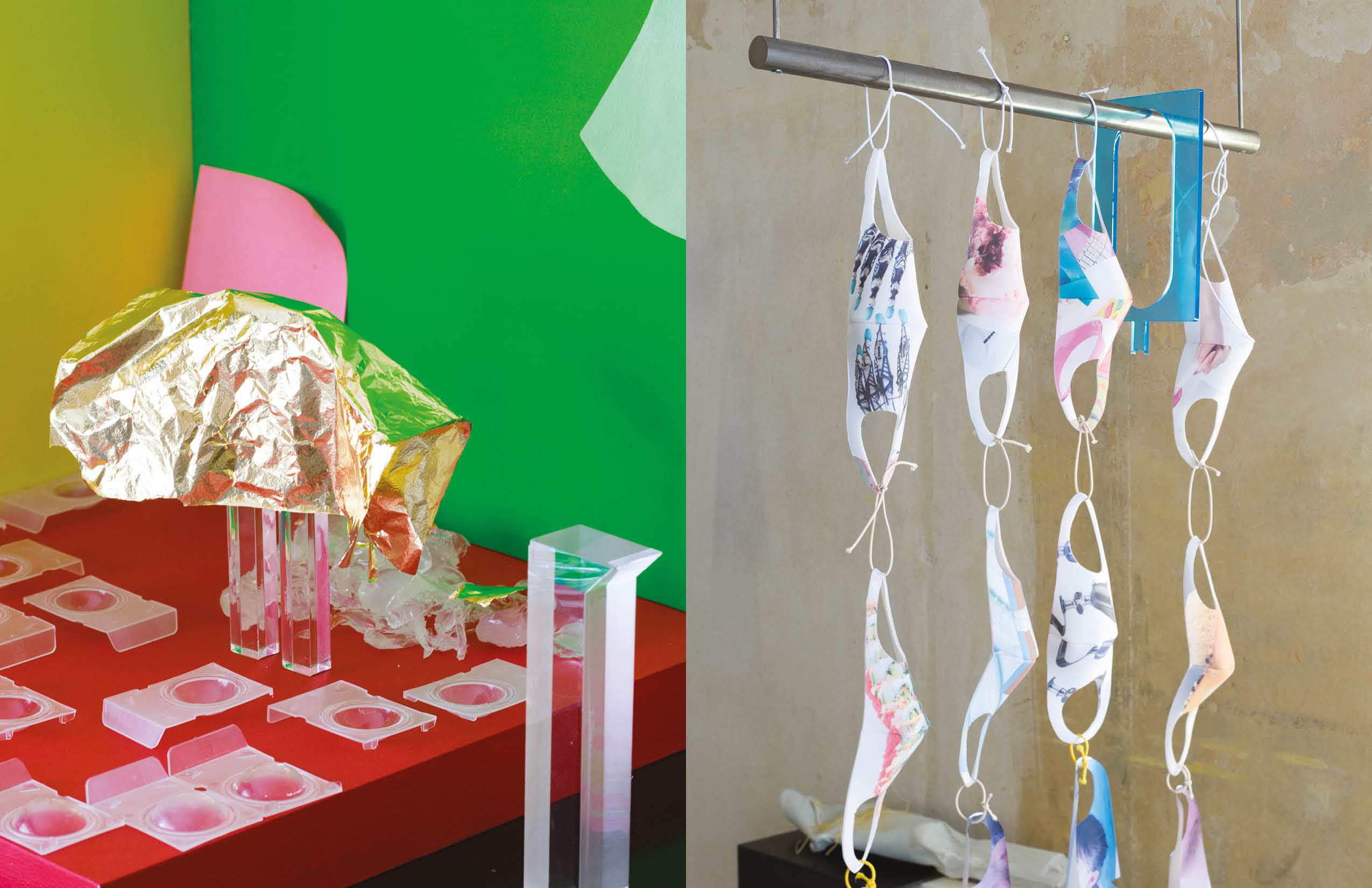
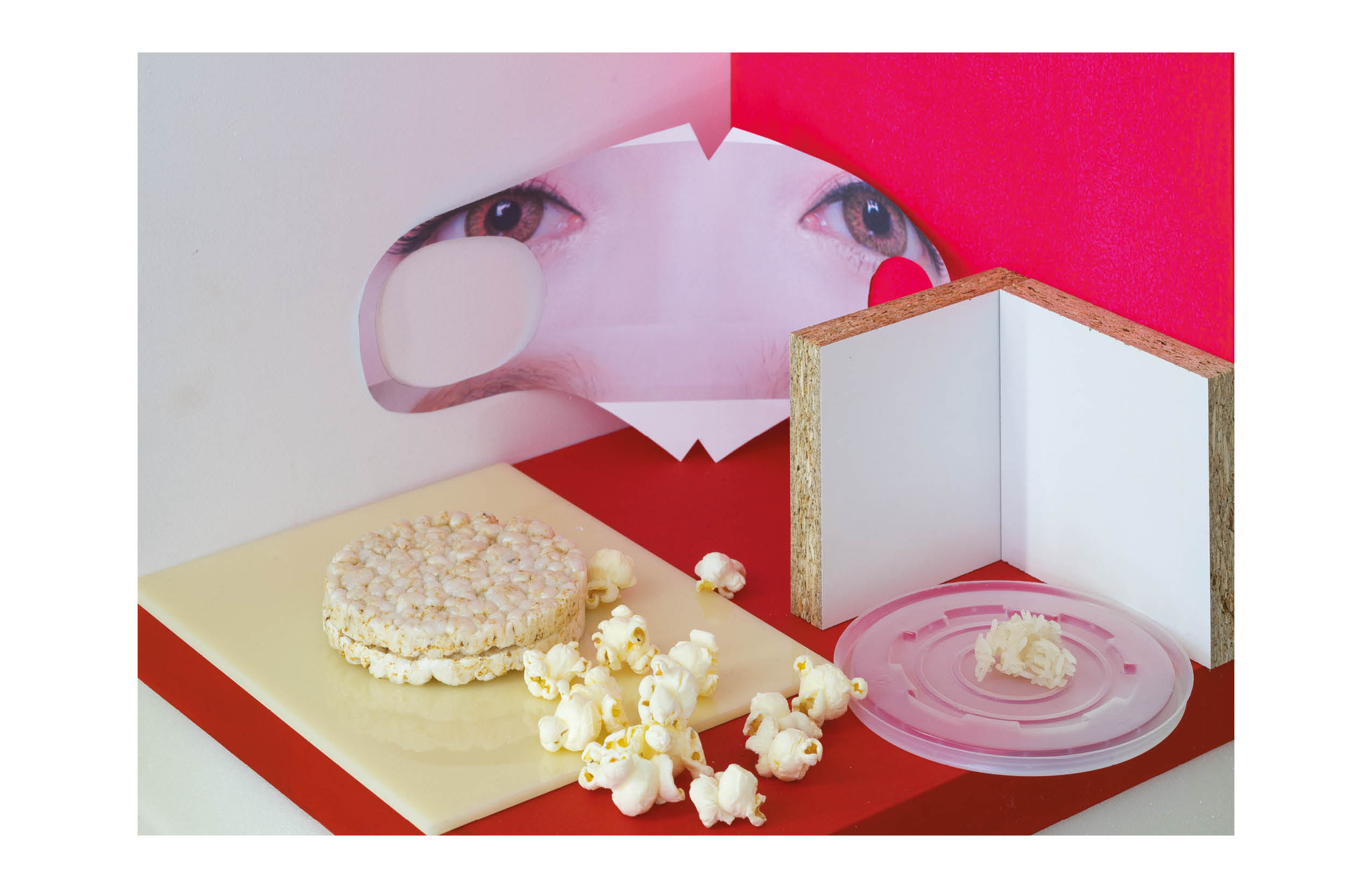
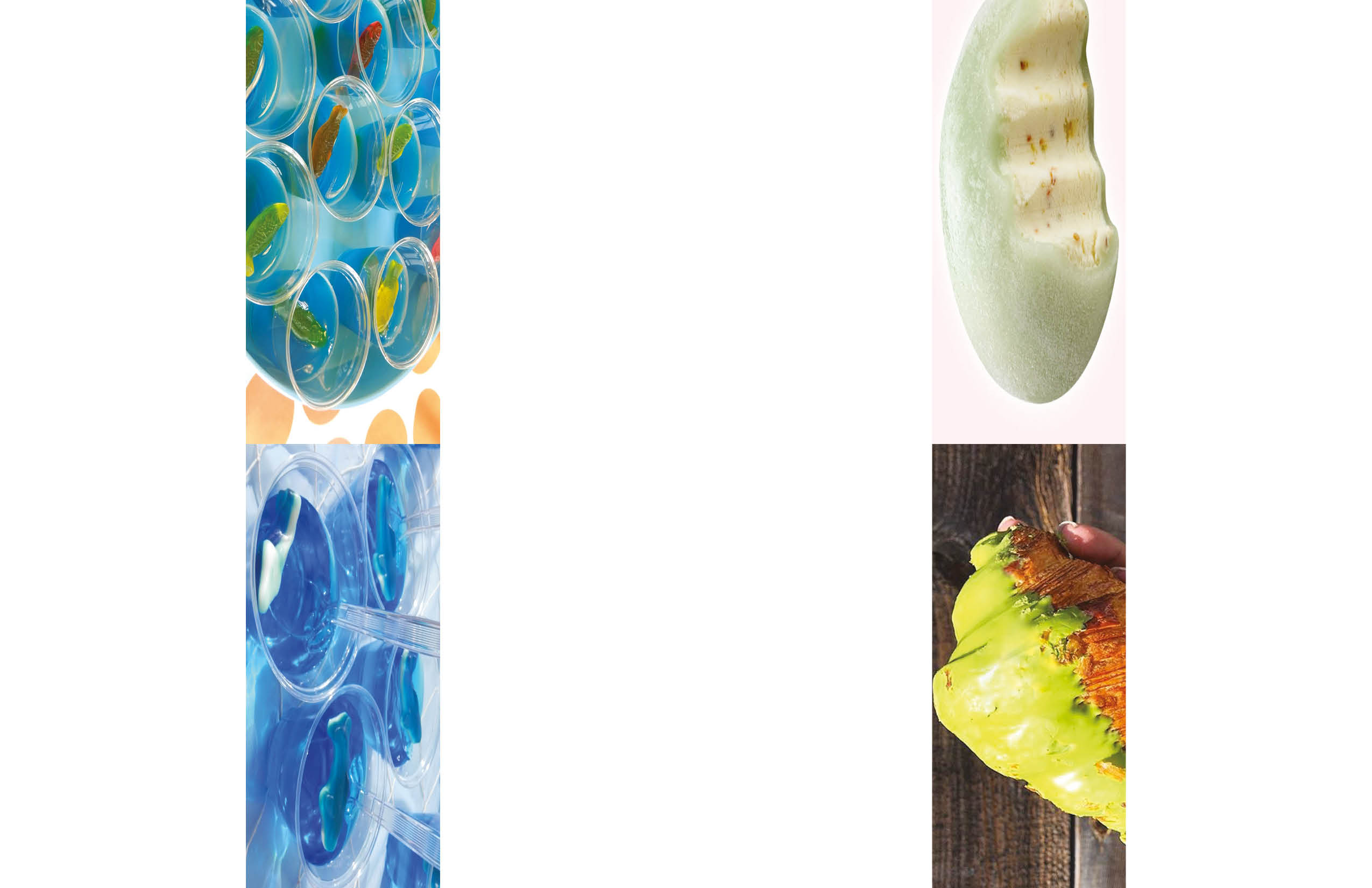

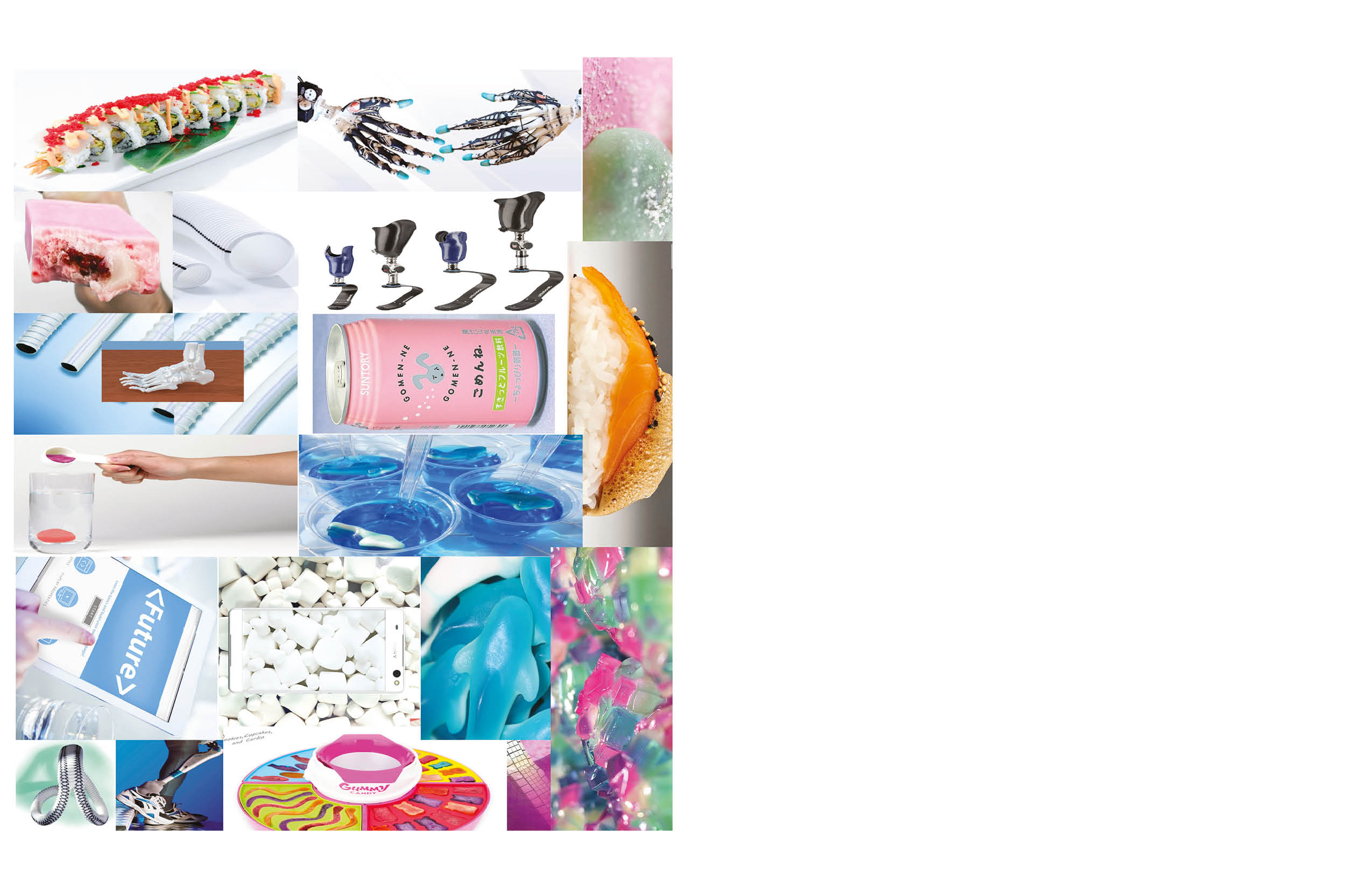
-
Edgar Serrano, curated by Benjamin Donaldson
Edgar Serrano
Edgar Serrano, curated by Benjamin Donaldson
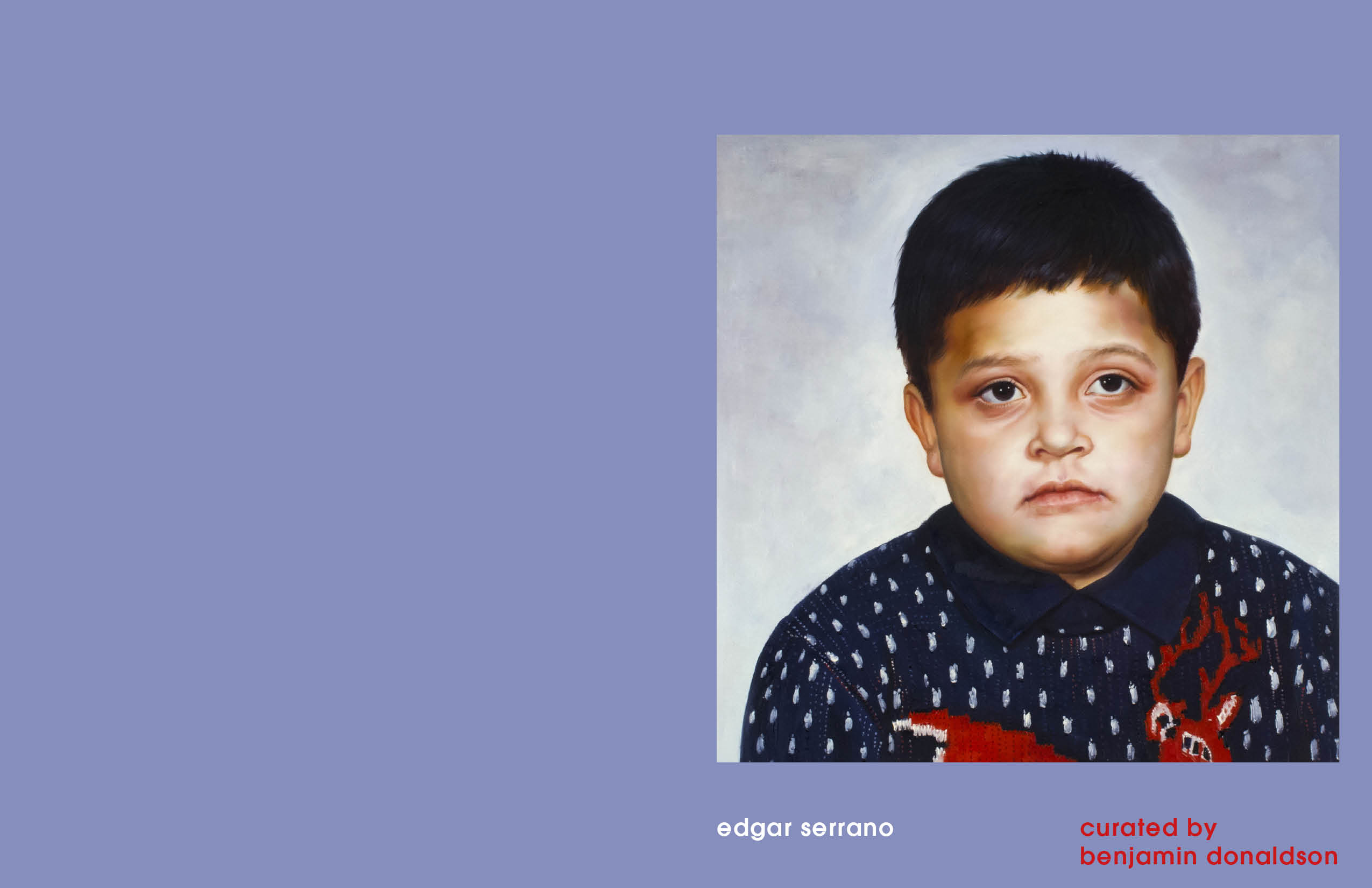
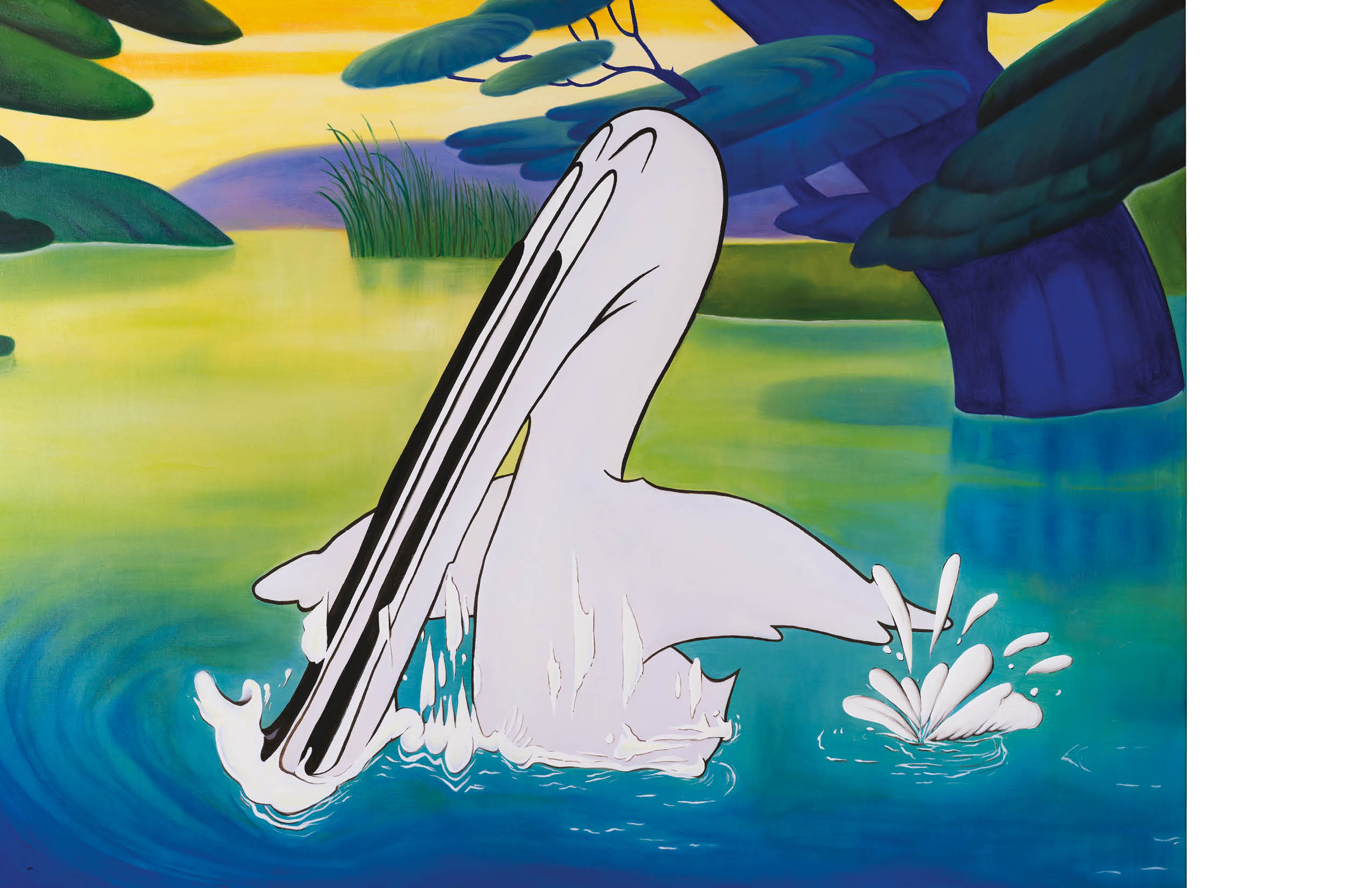
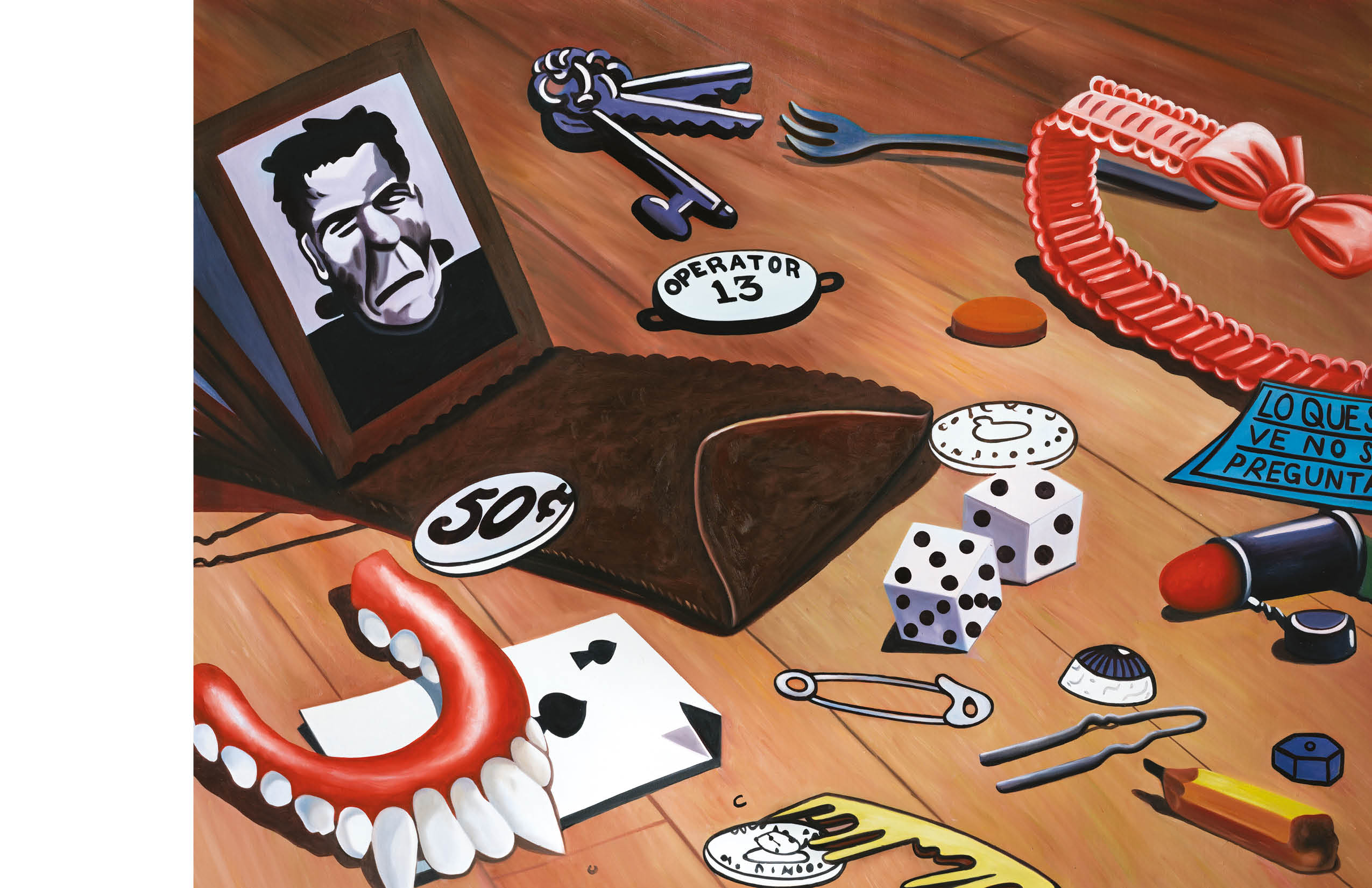
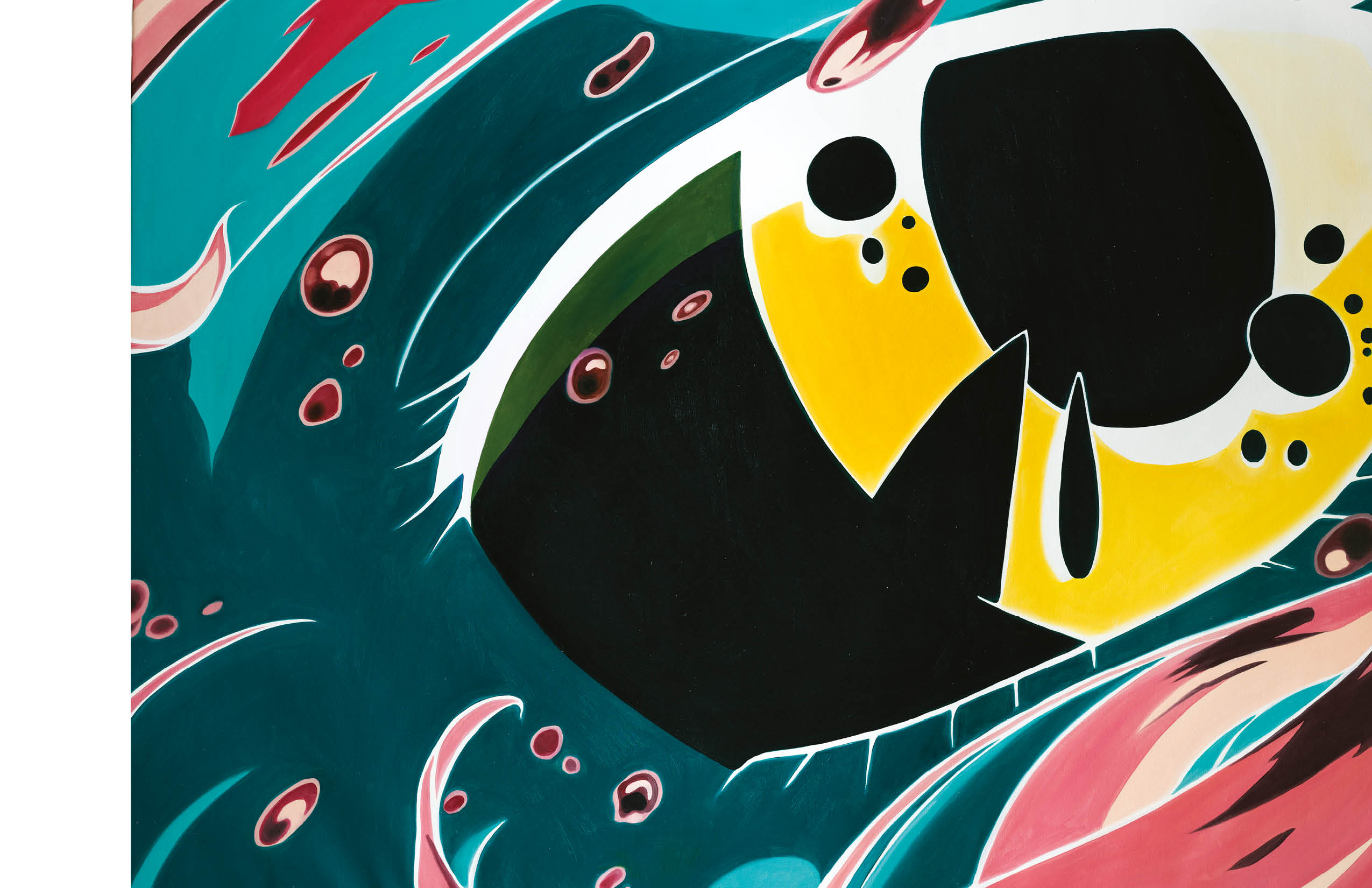
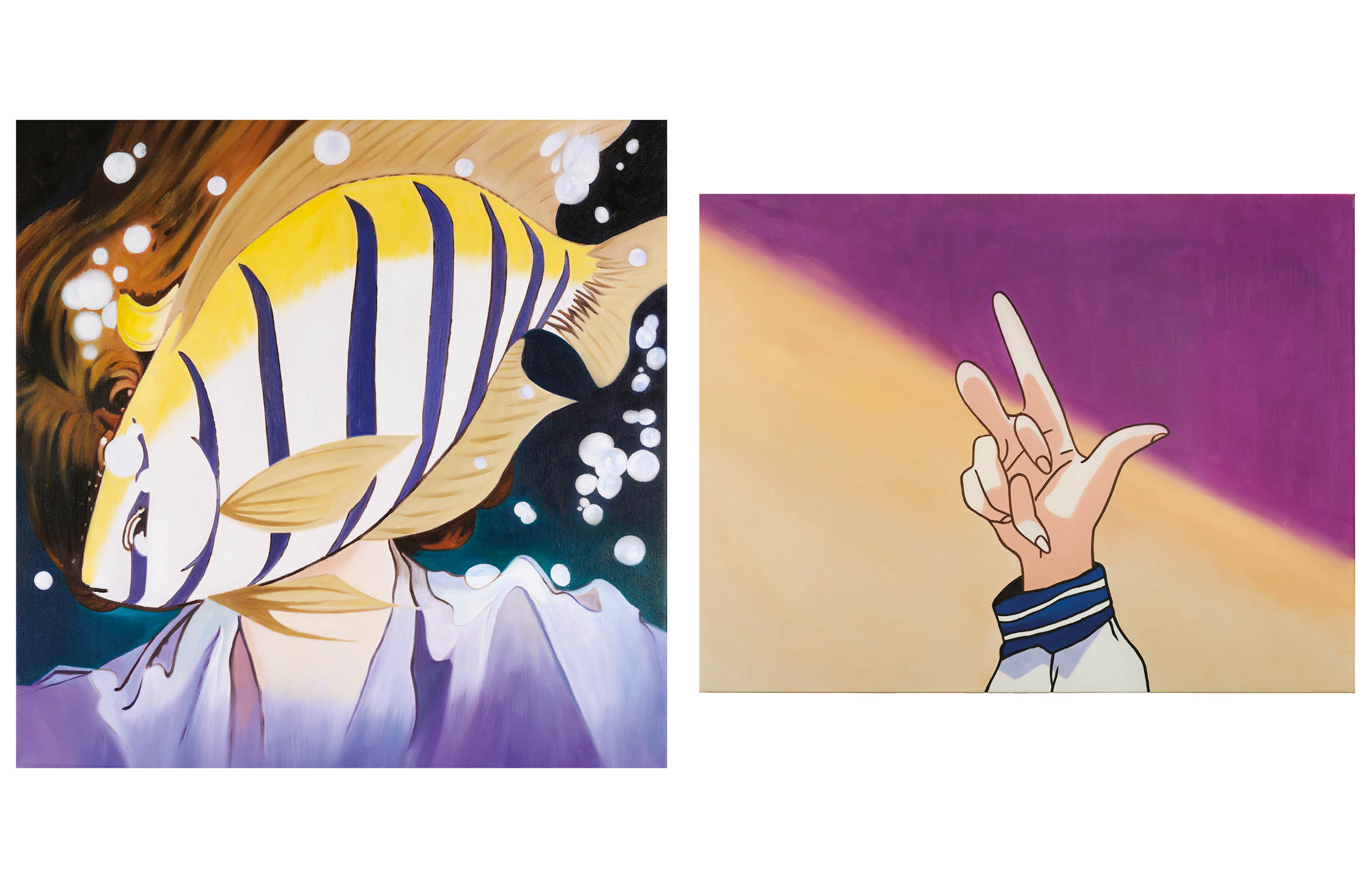
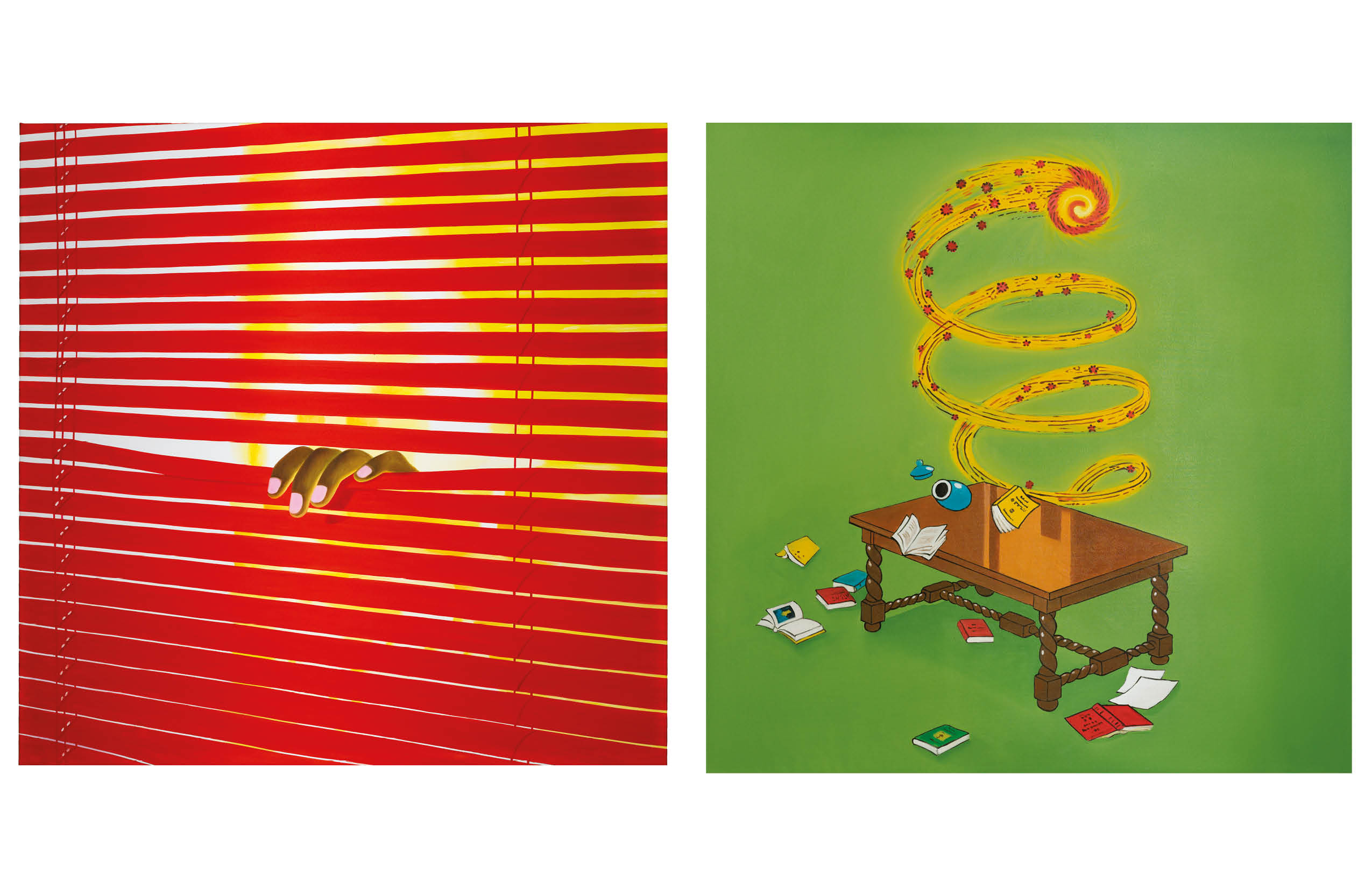
-
Deborah Kass
No Kidding
Deborah Kass
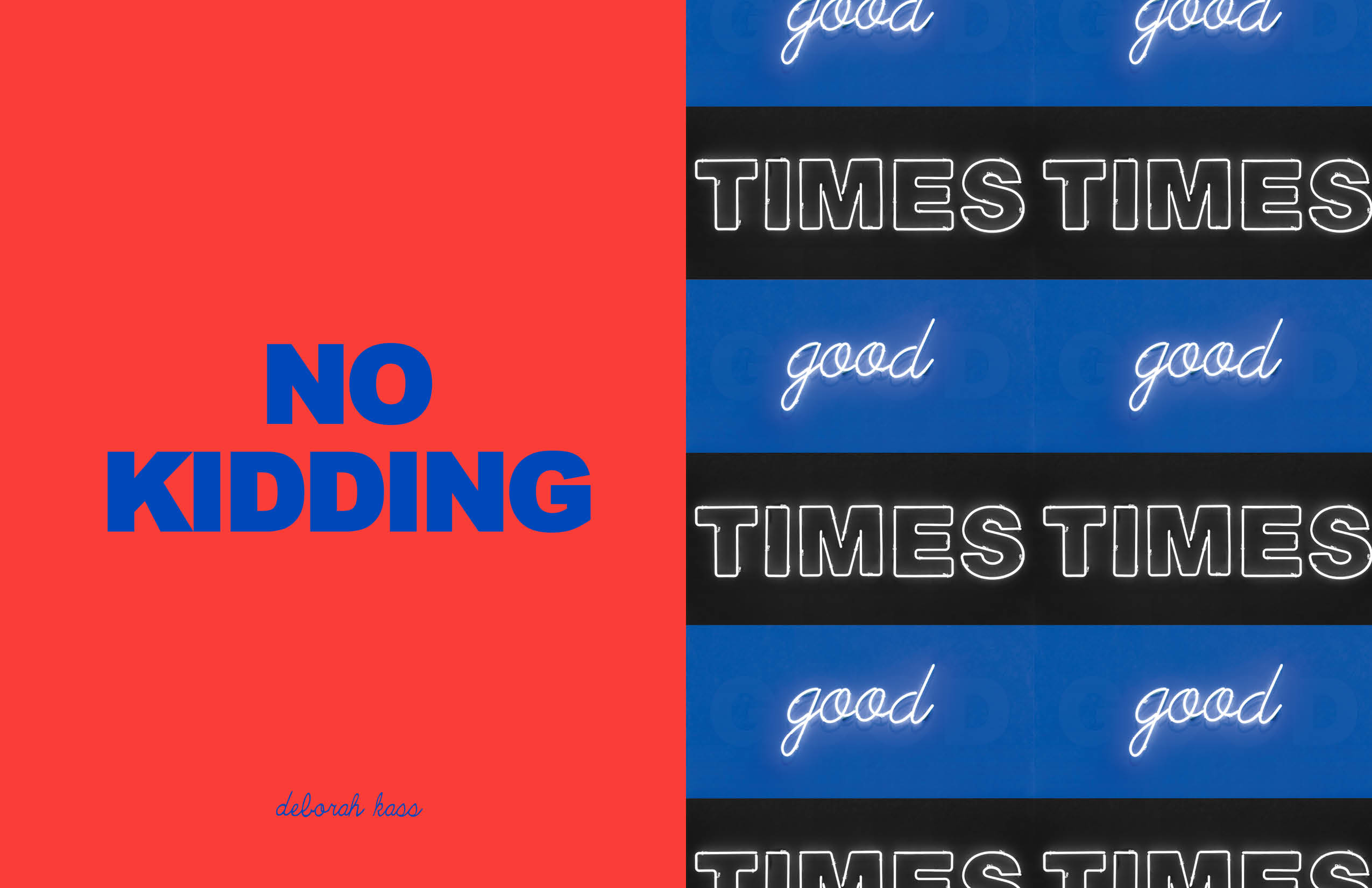
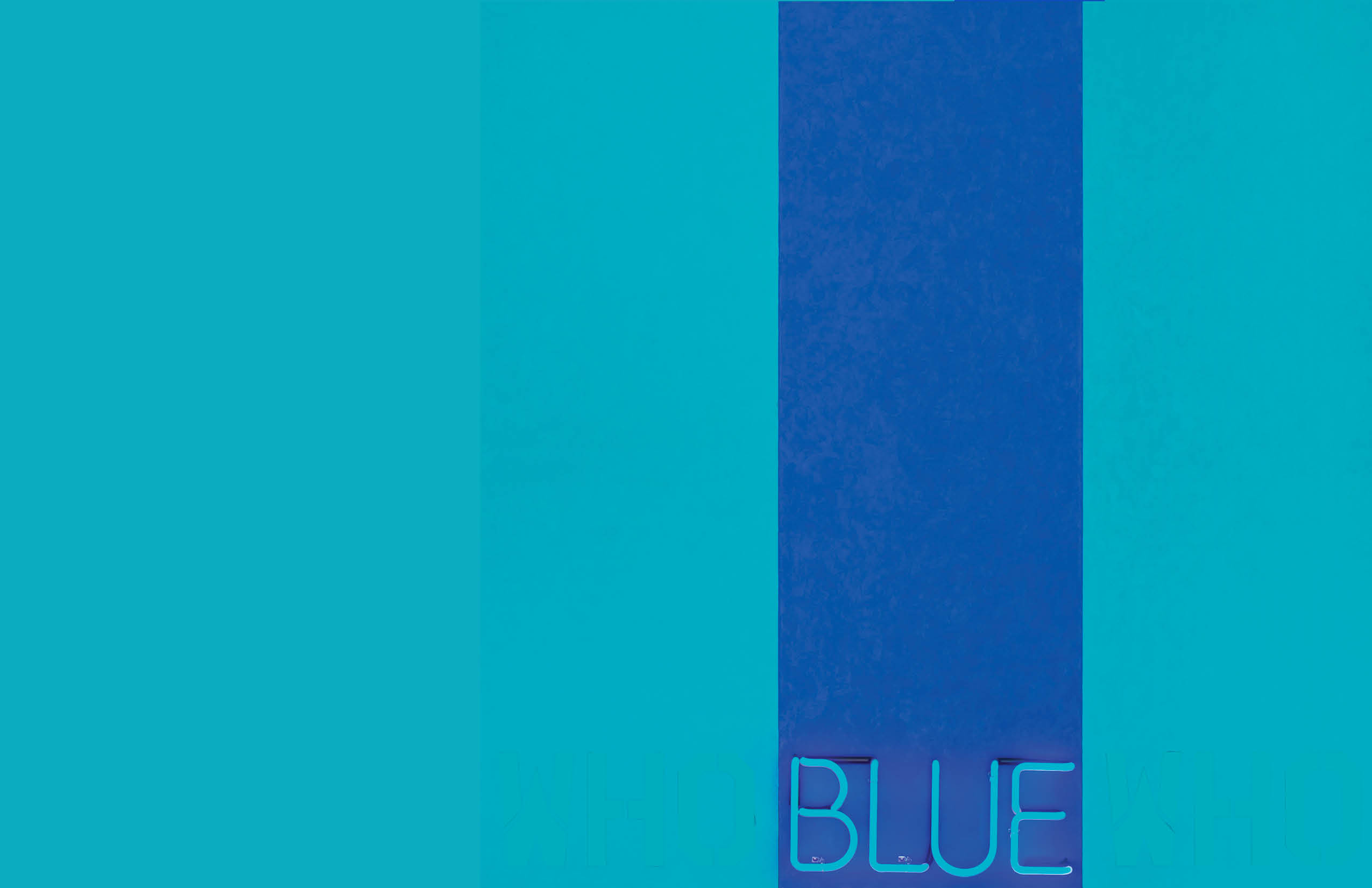
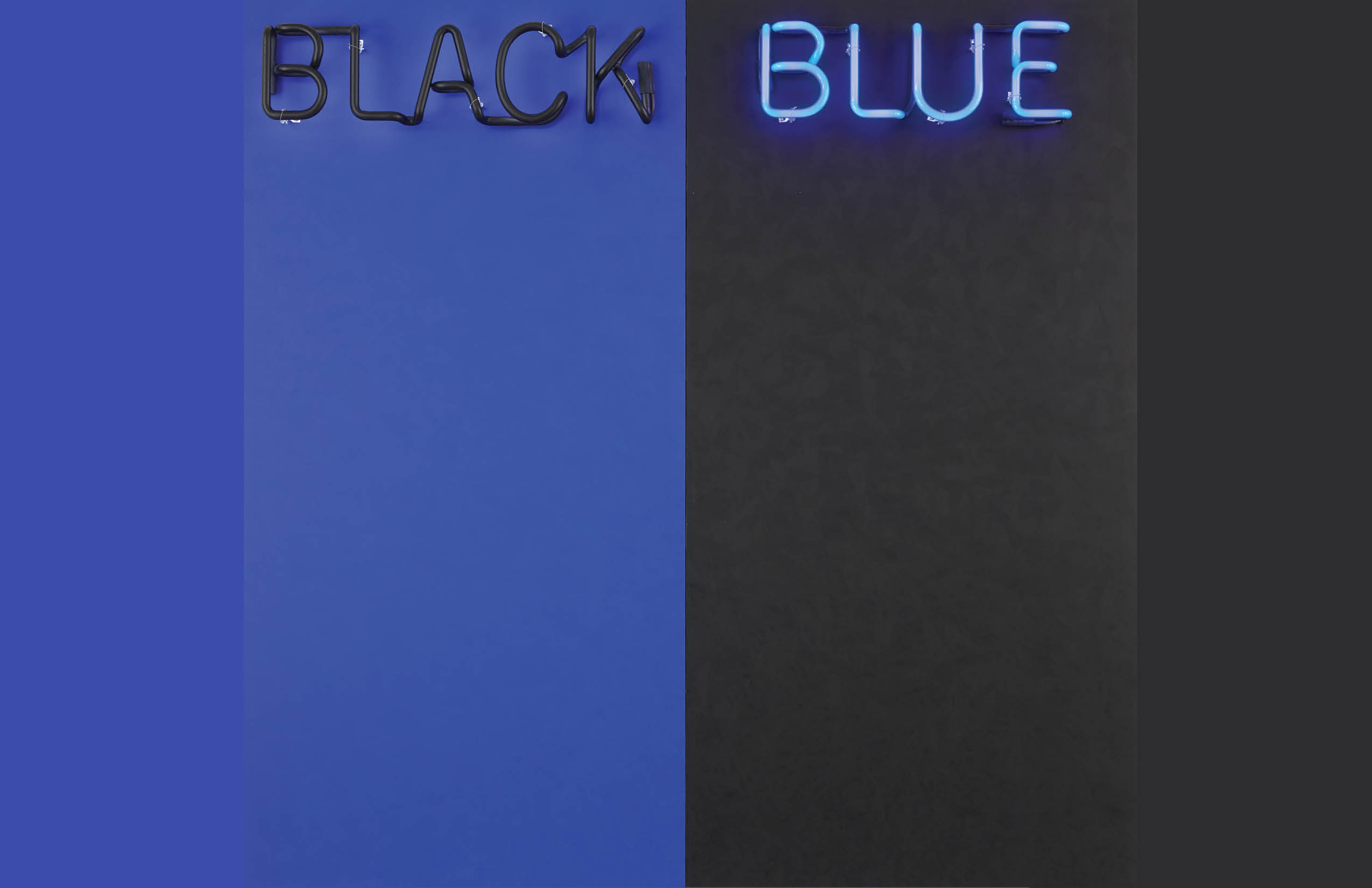
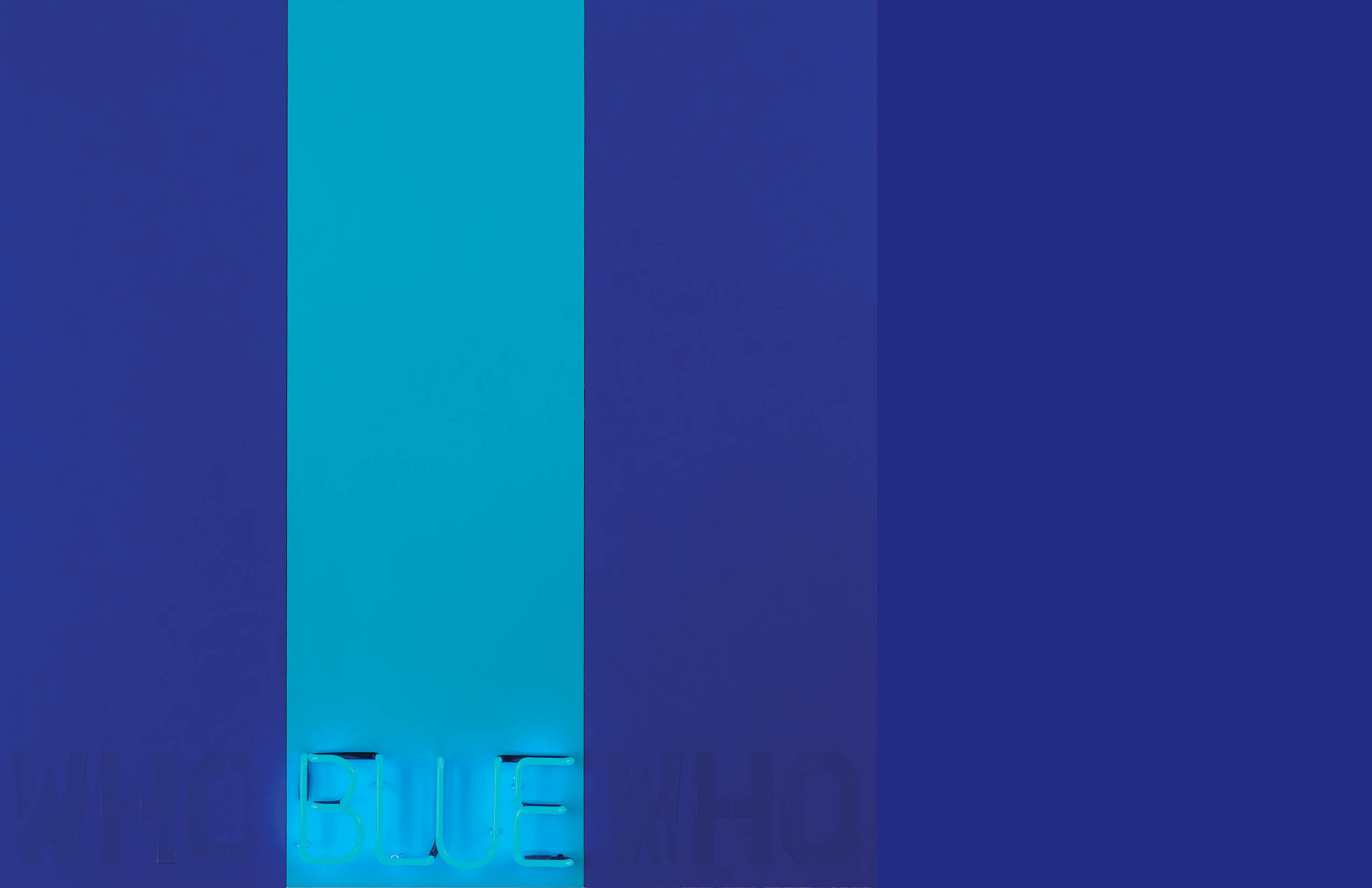
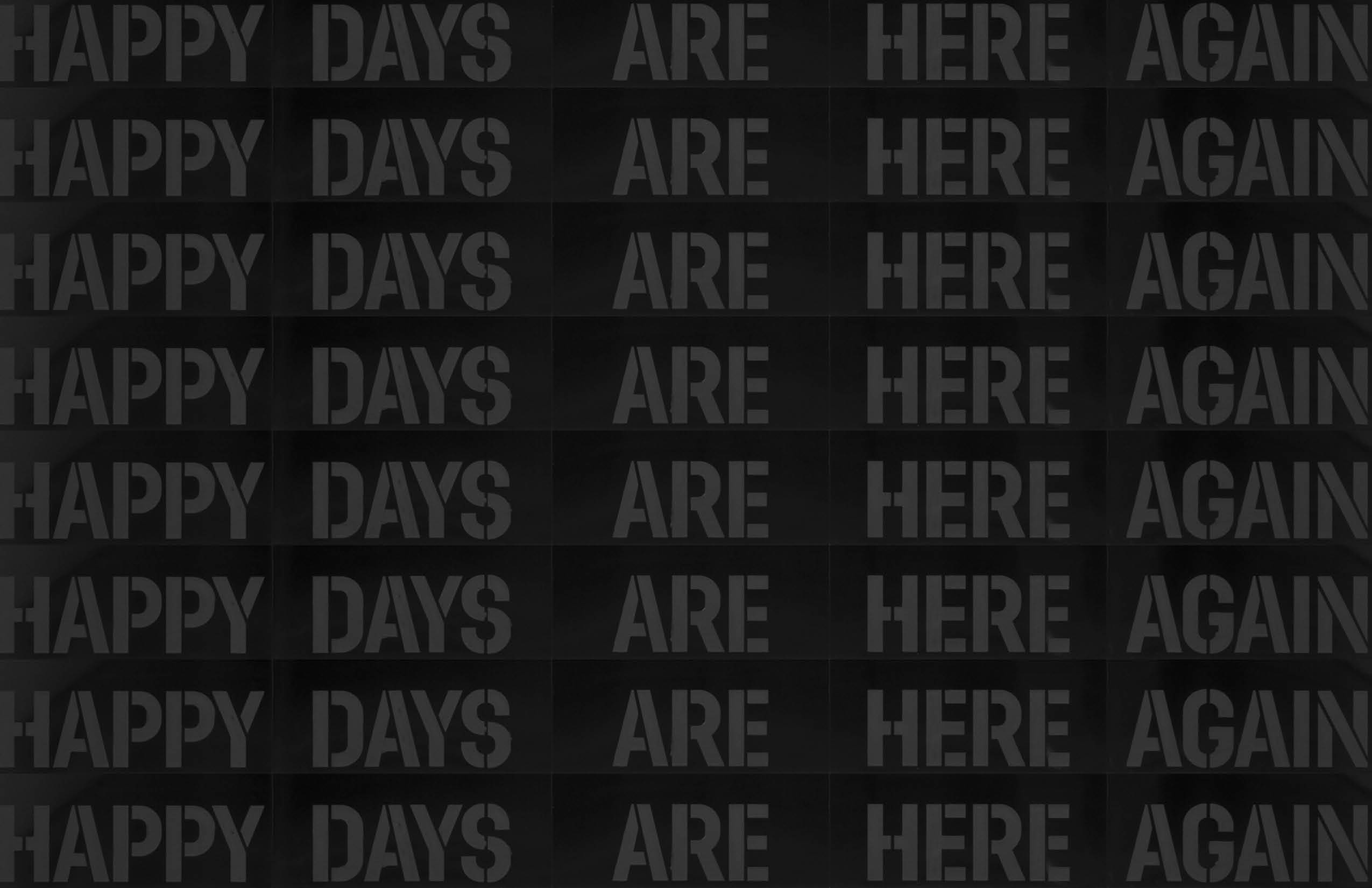
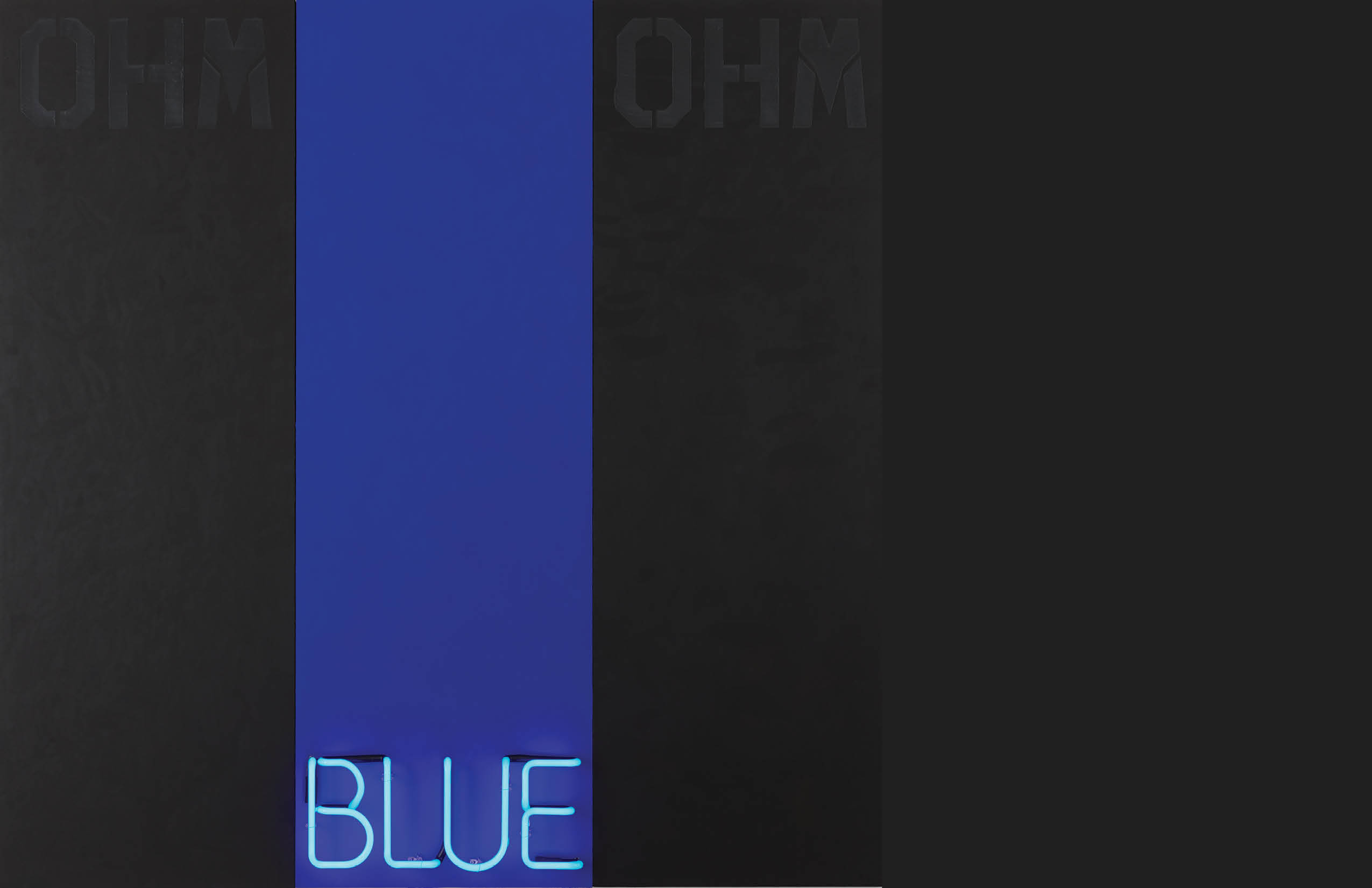
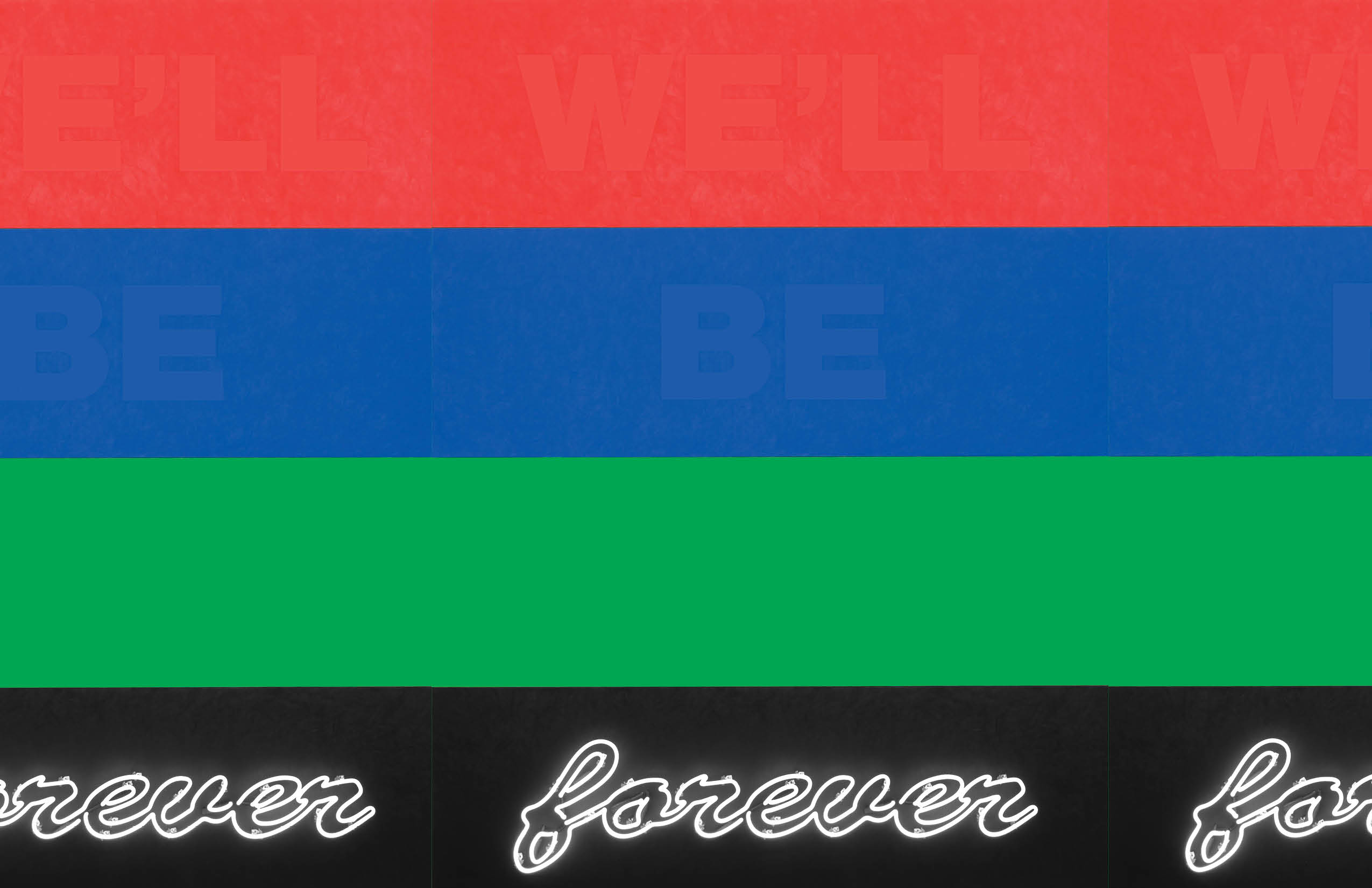
-
Natalie Rivera
The Women's Group
Natalie Rivera
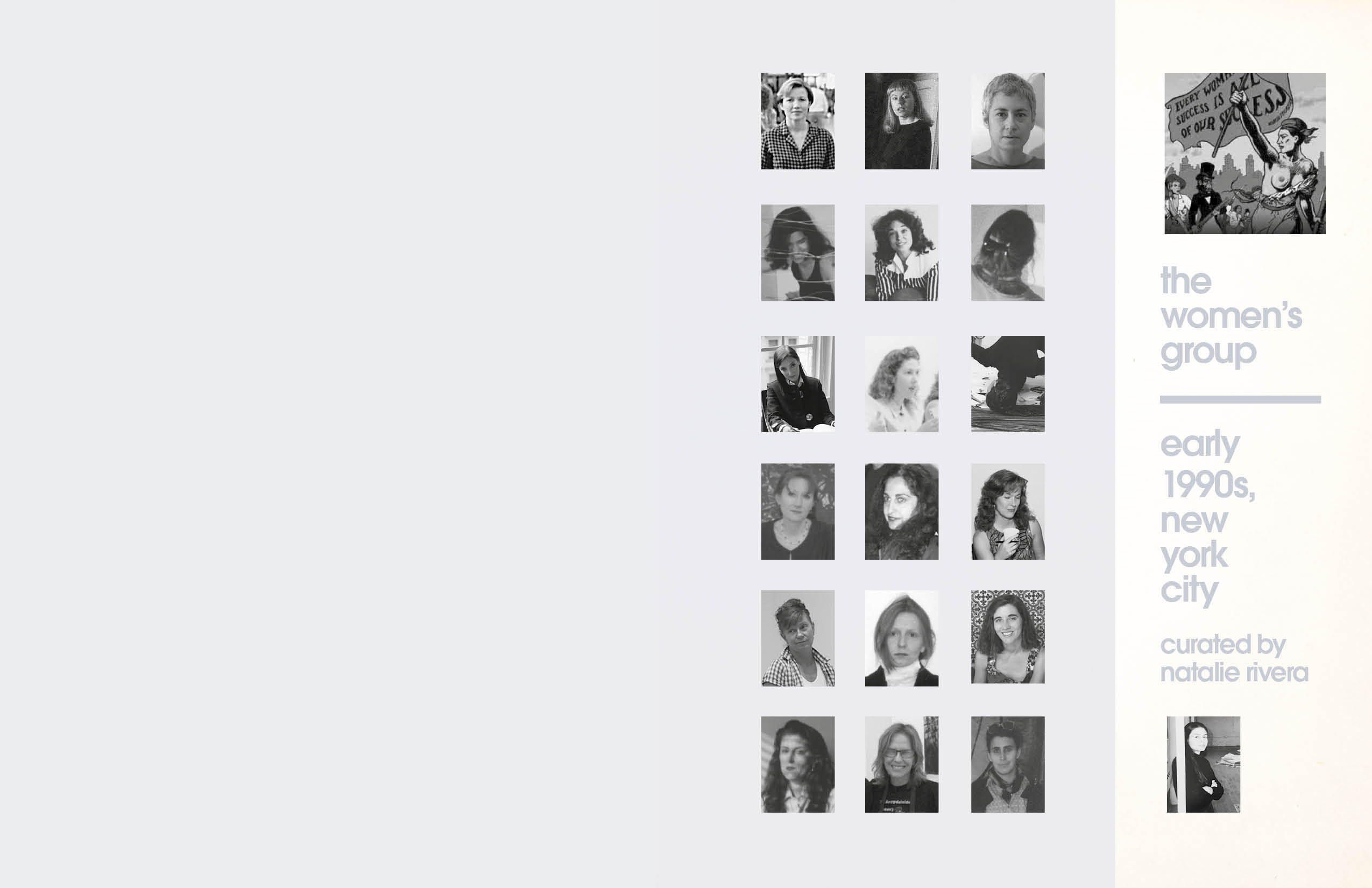
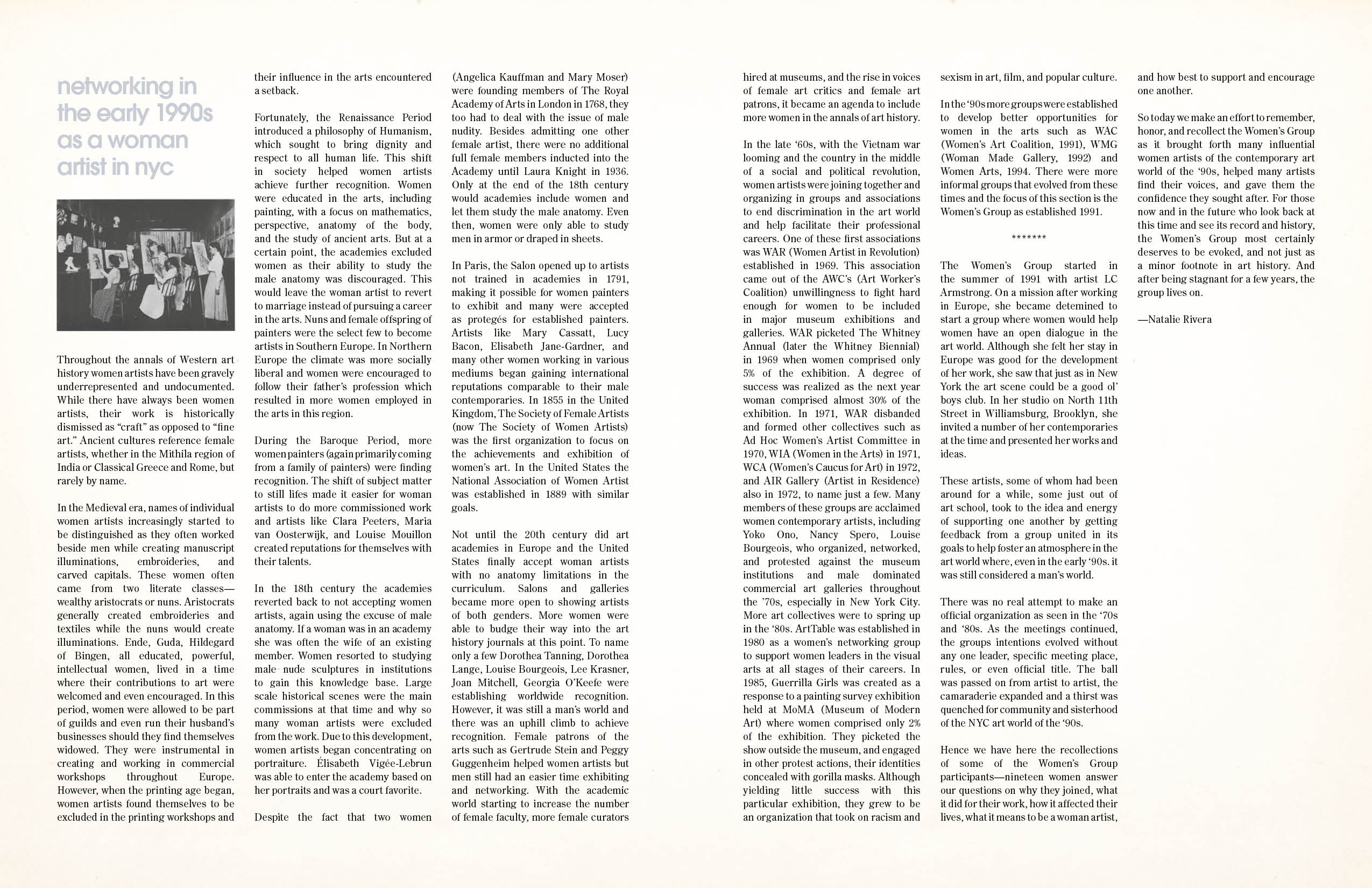
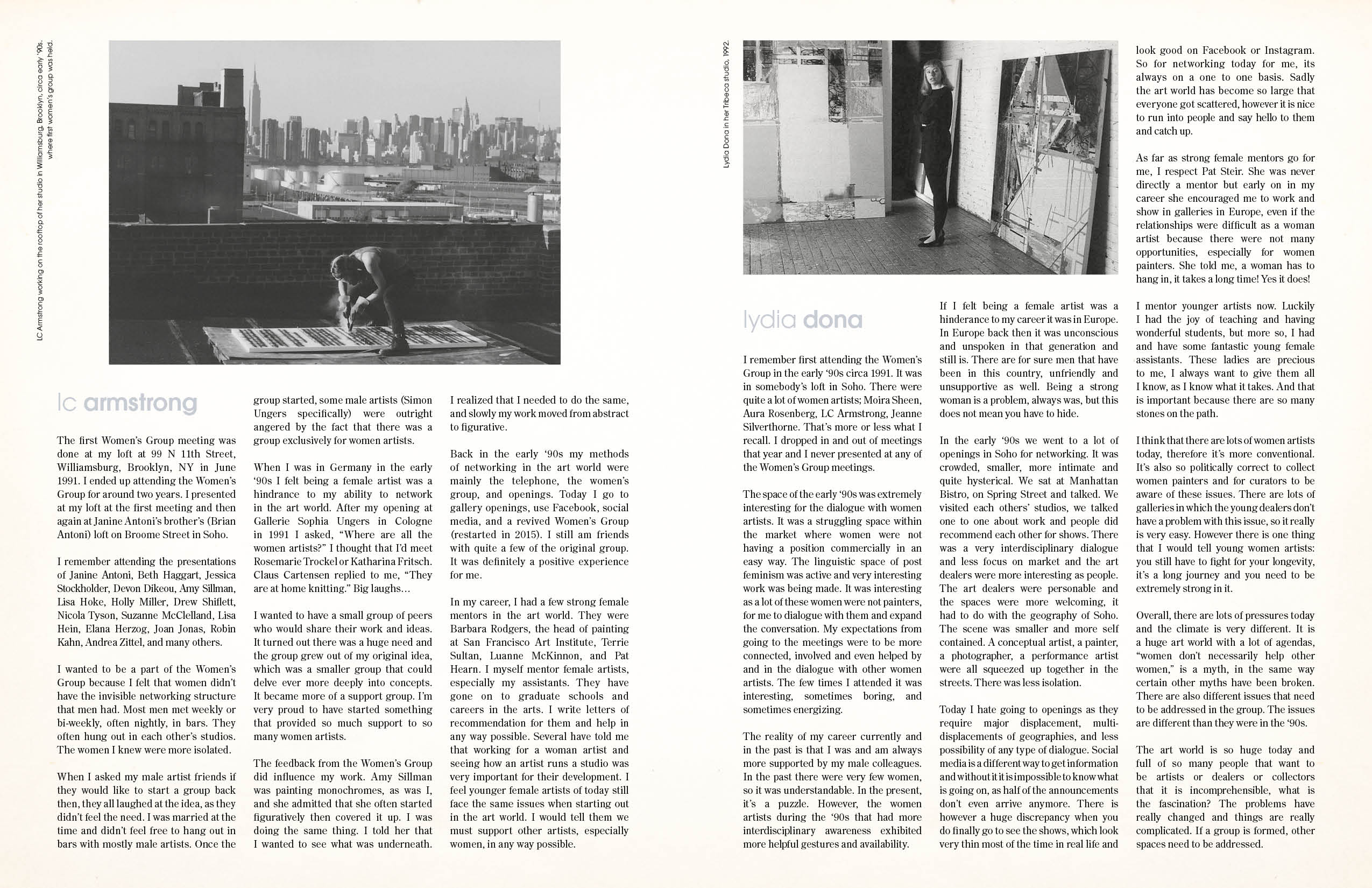
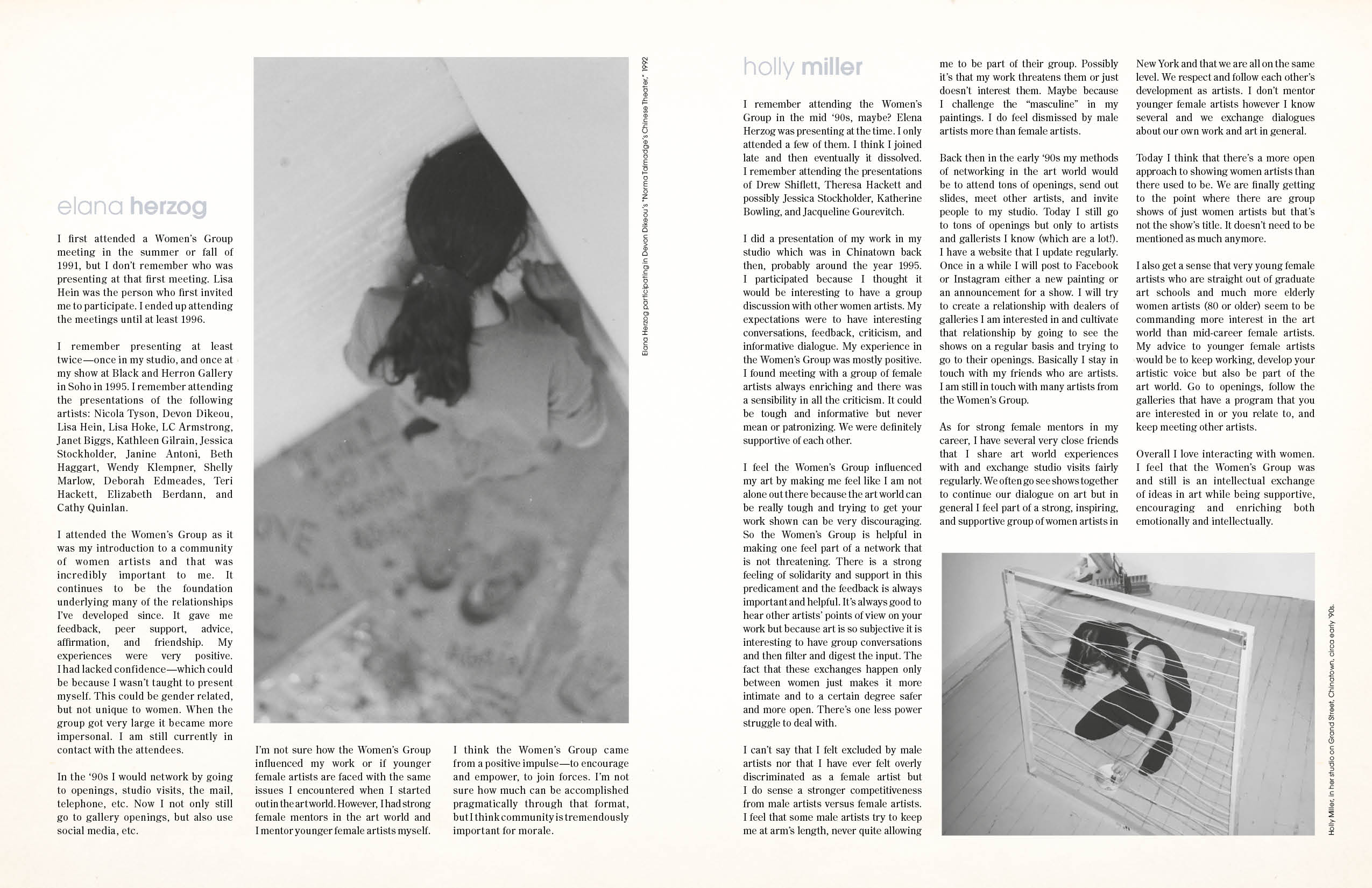
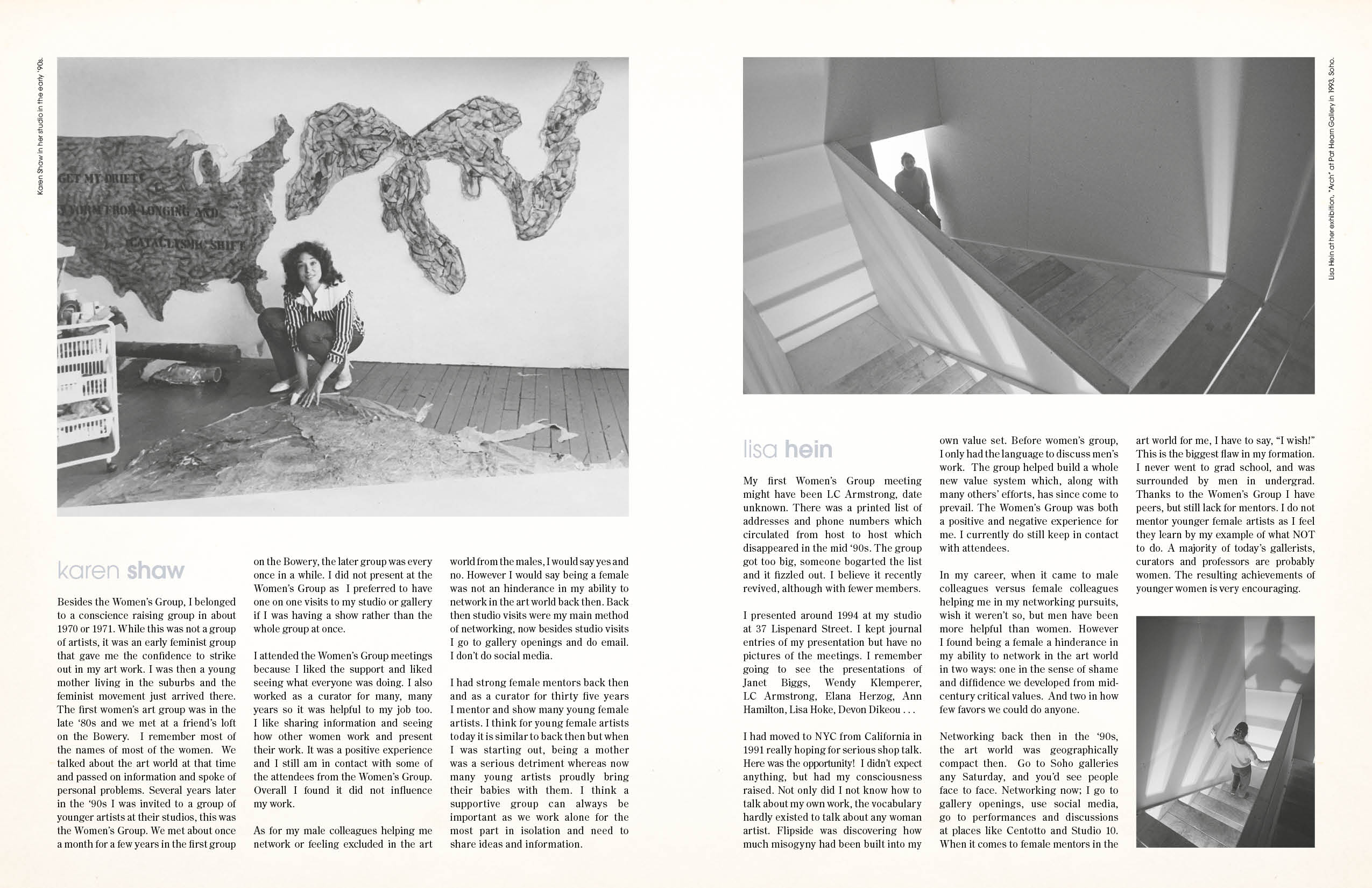
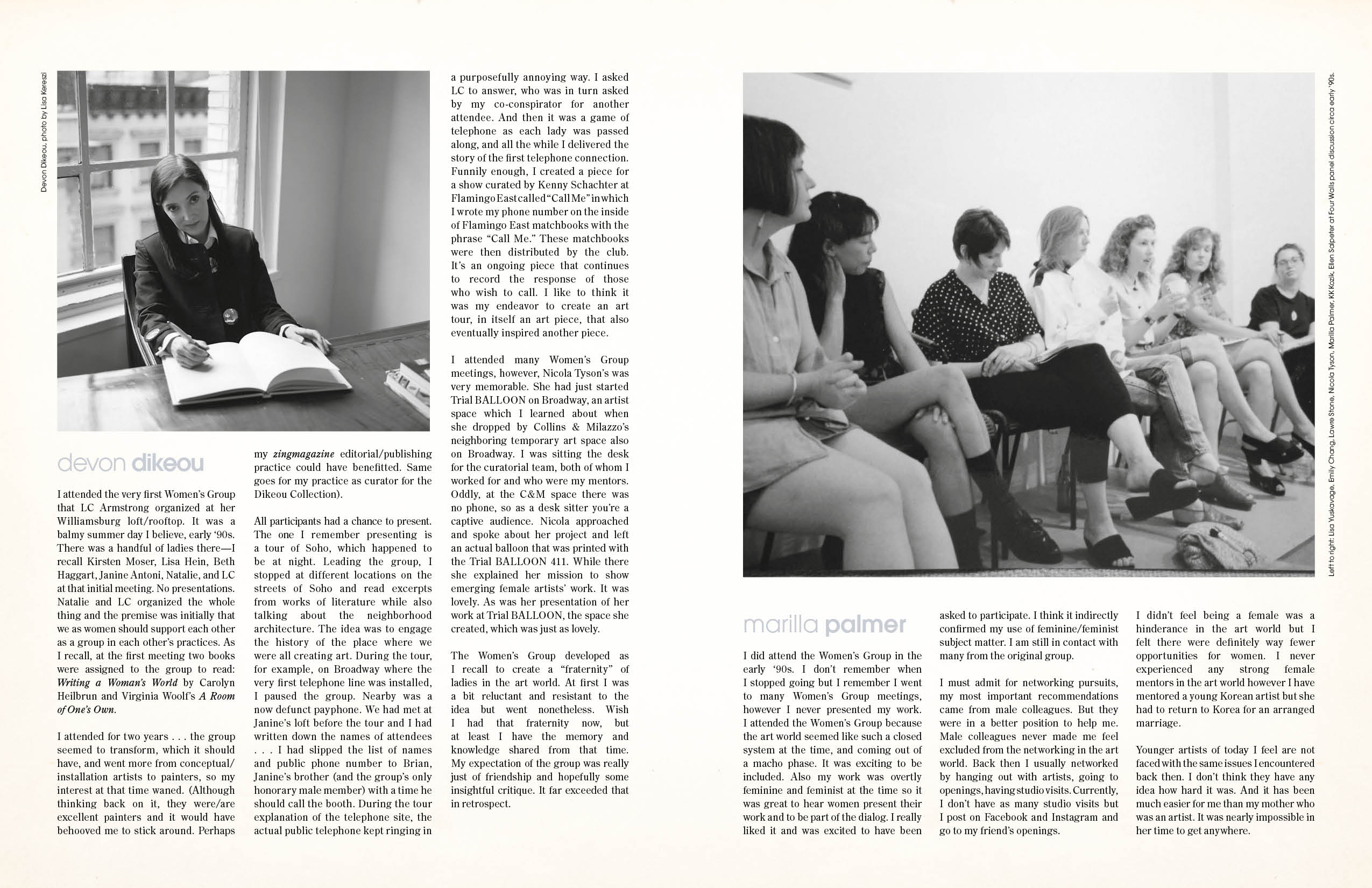
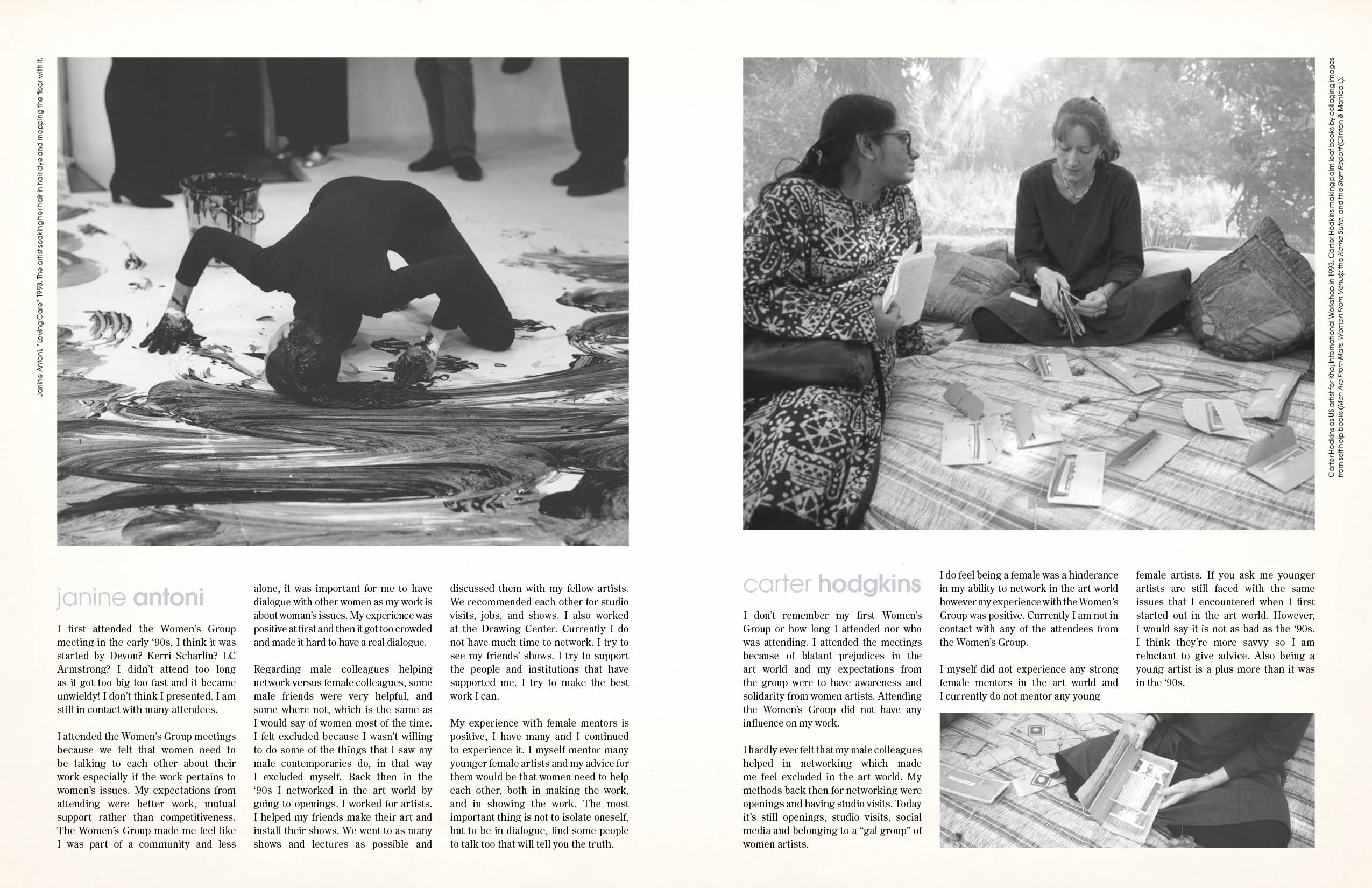
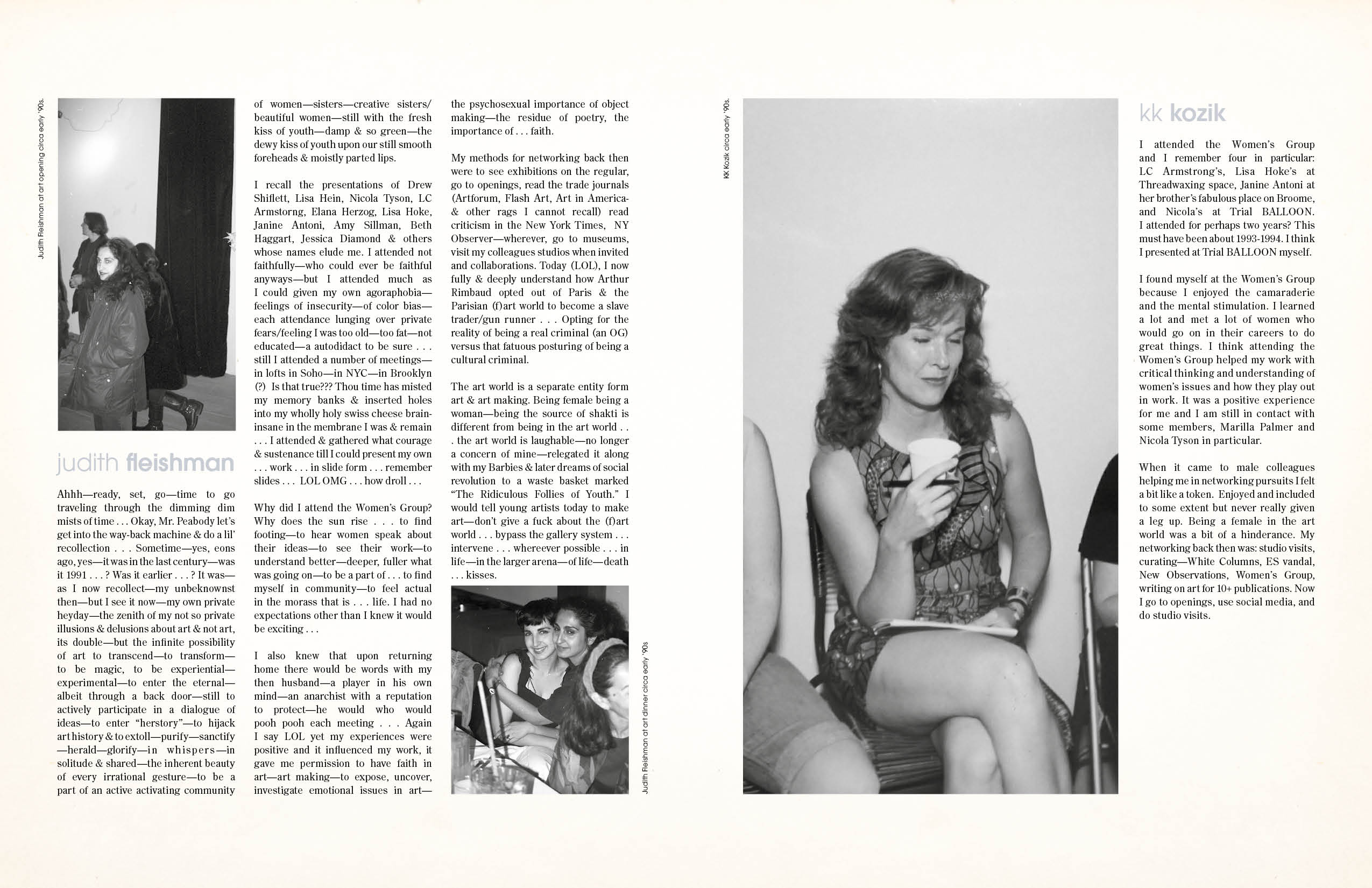
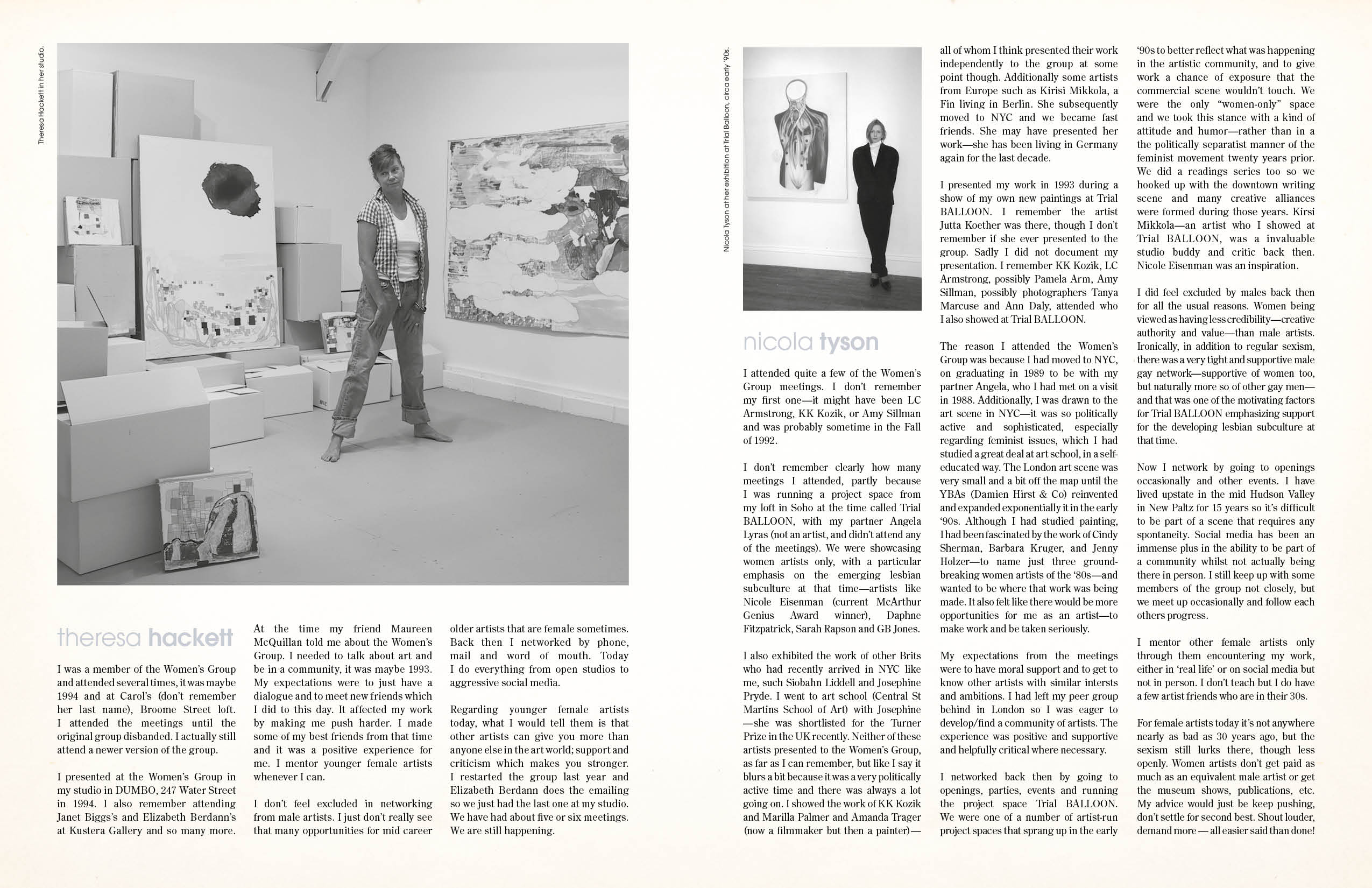
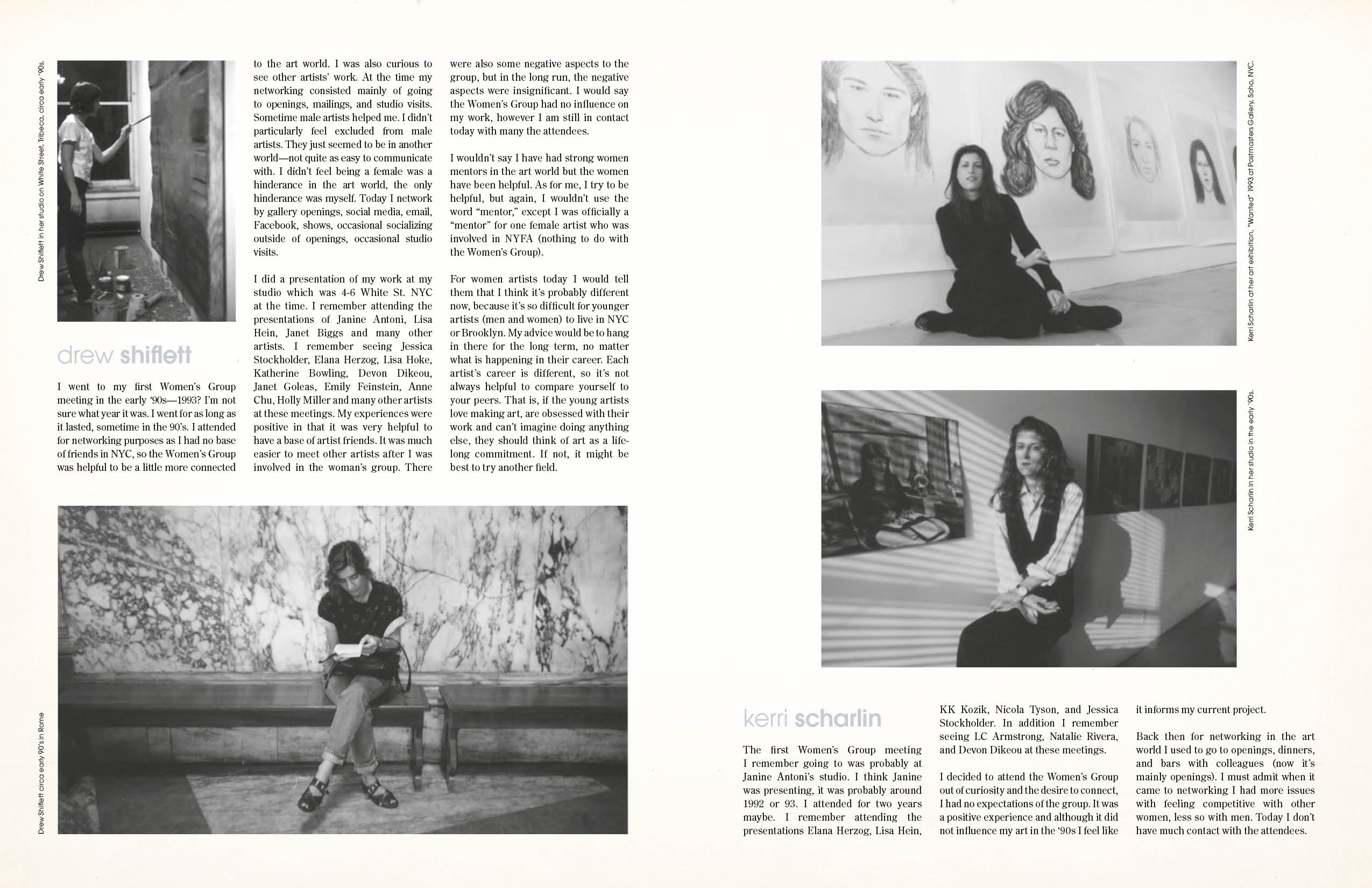
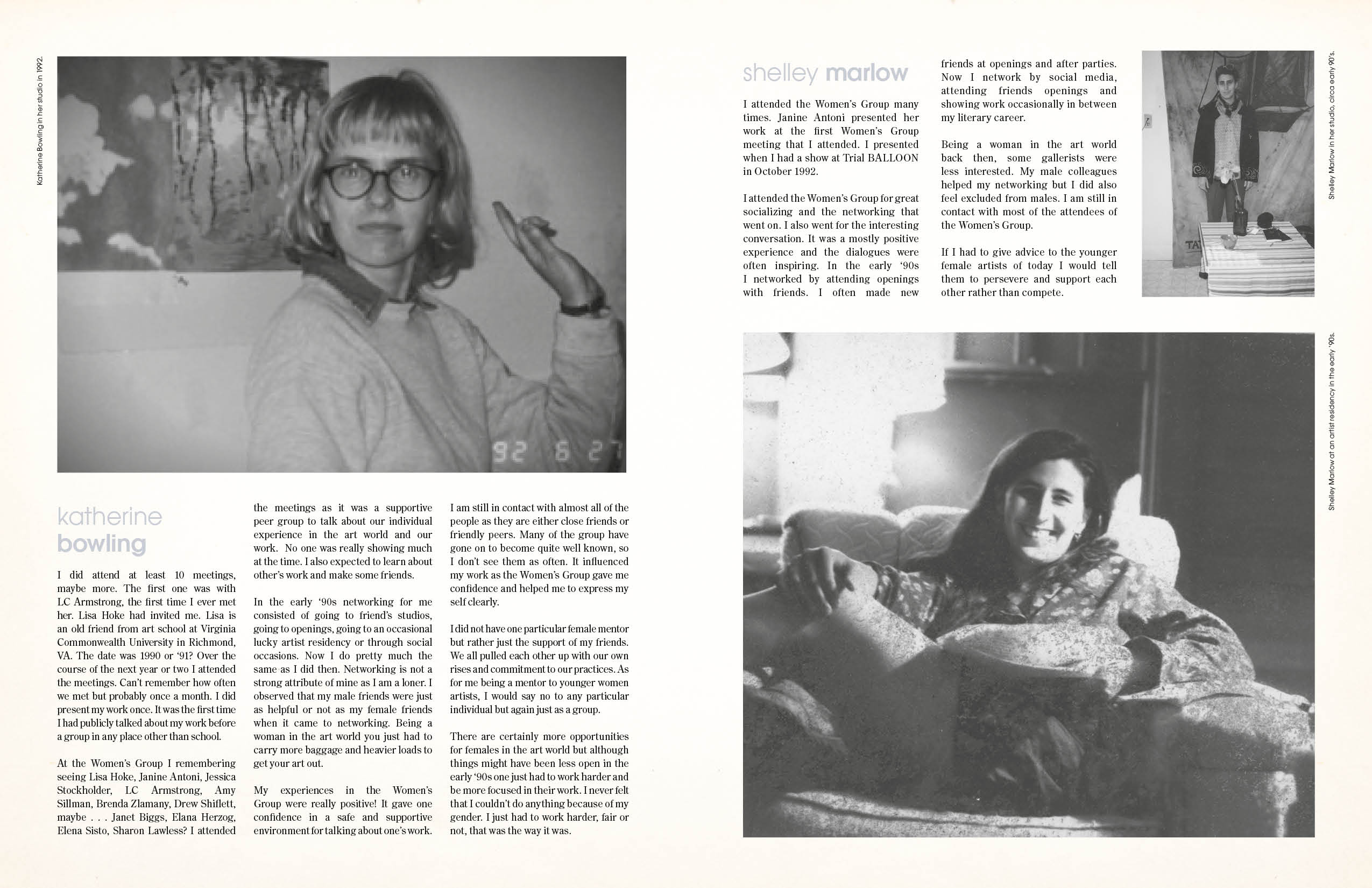
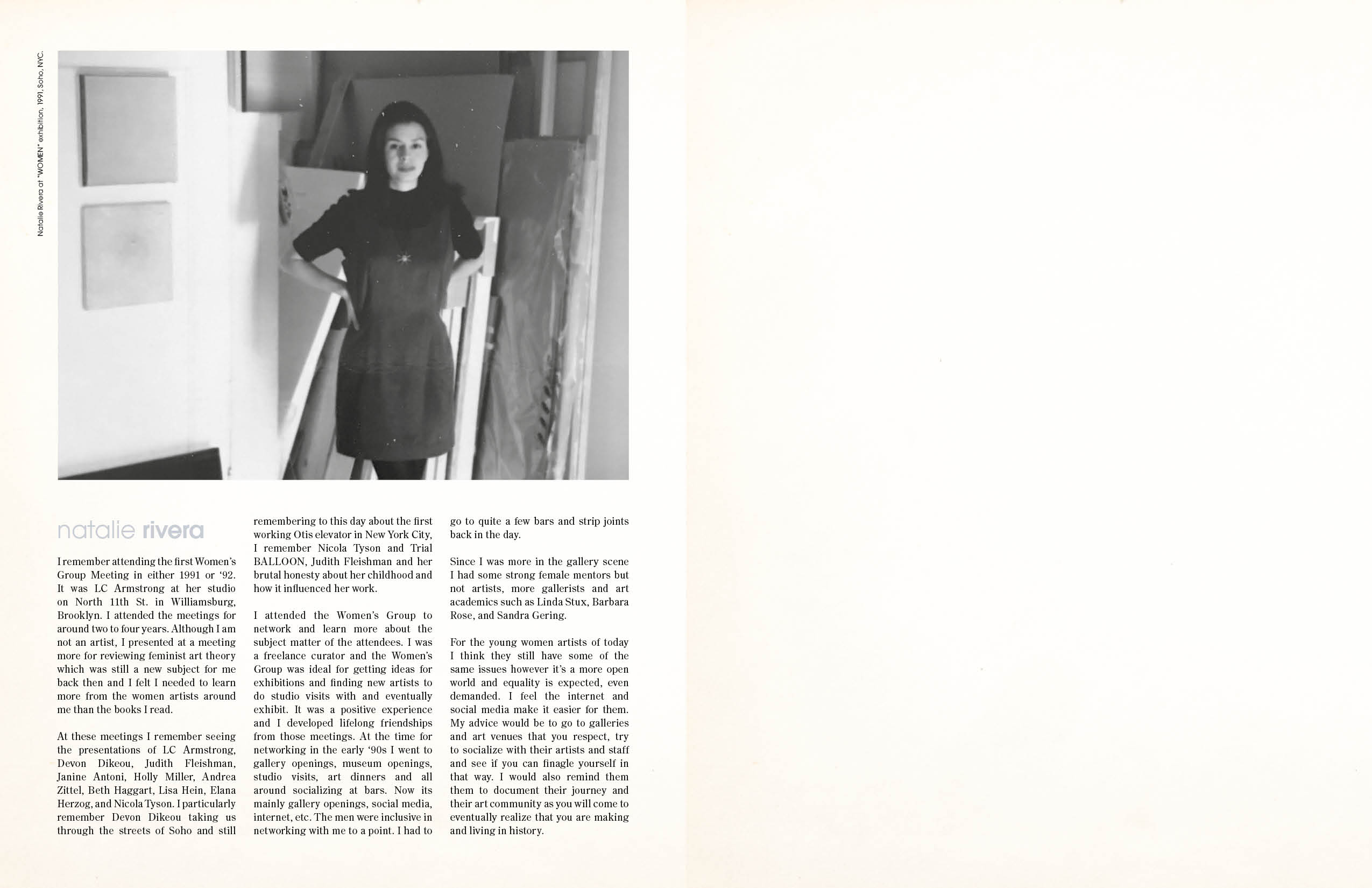
-
La Familia Lorenzo, curated by Brandon Johnson
Paintings for the People: La Familia Lorenzo
La Familia Lorenzo, curated by Brandon Johnson
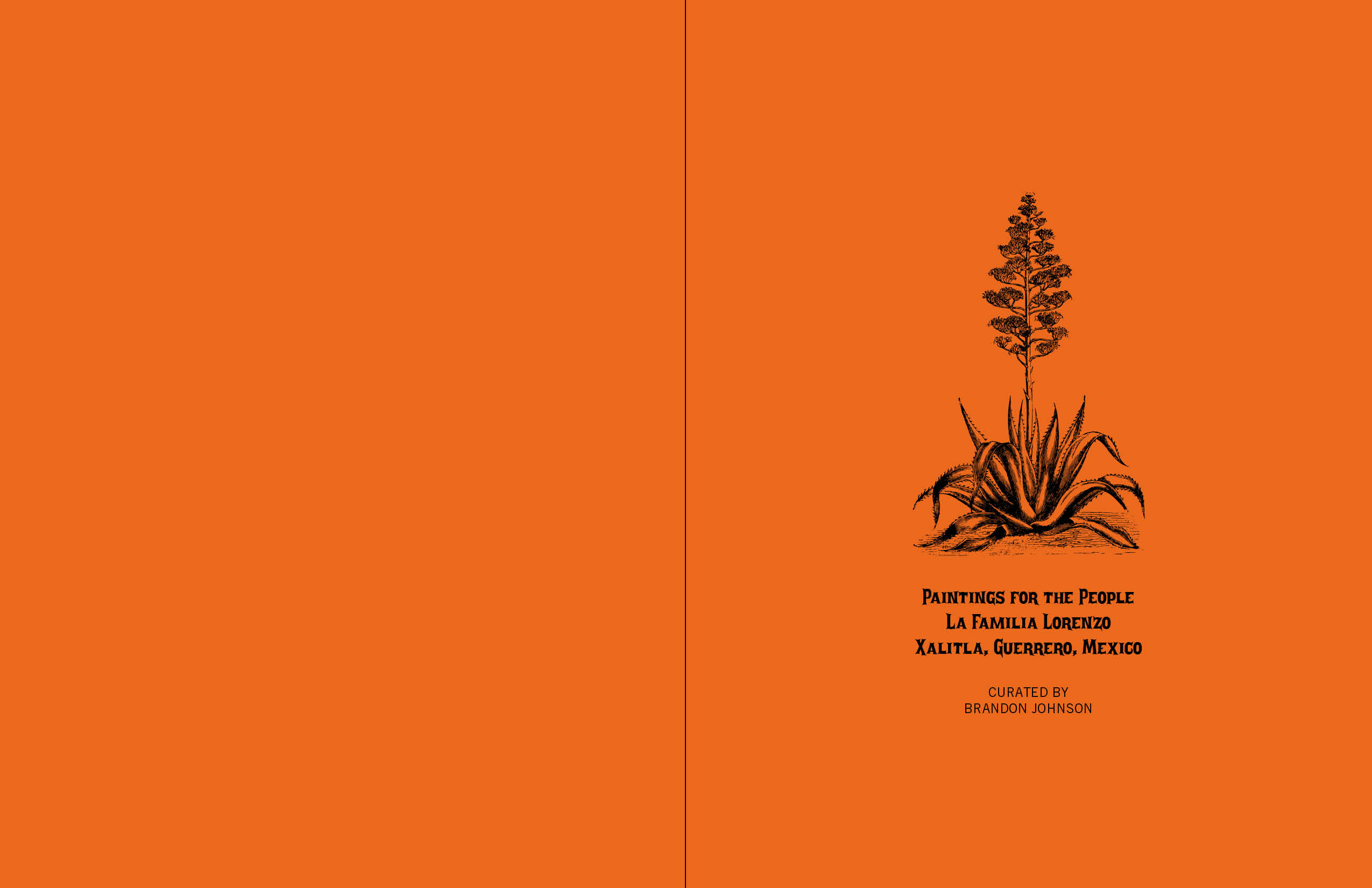
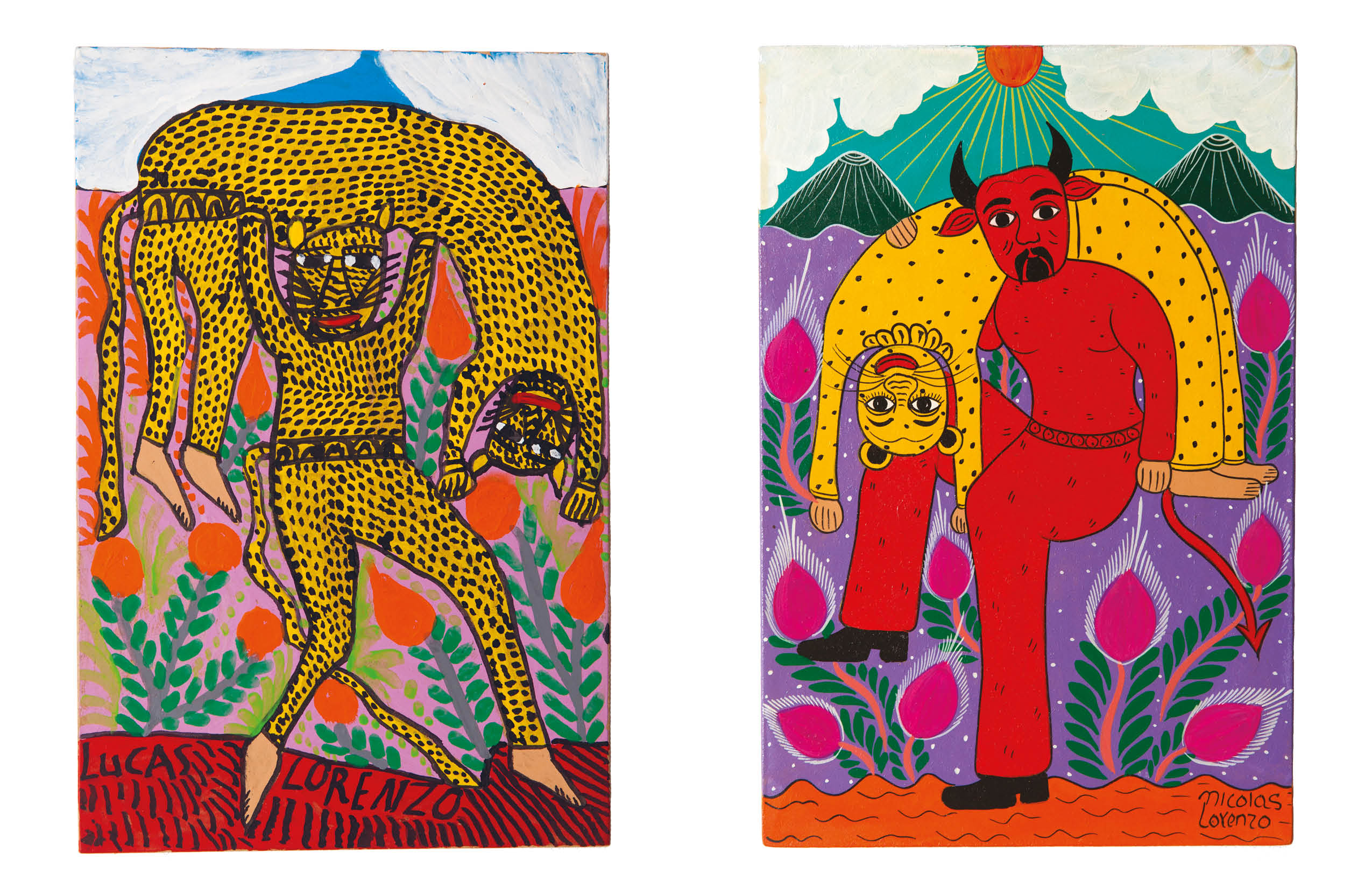
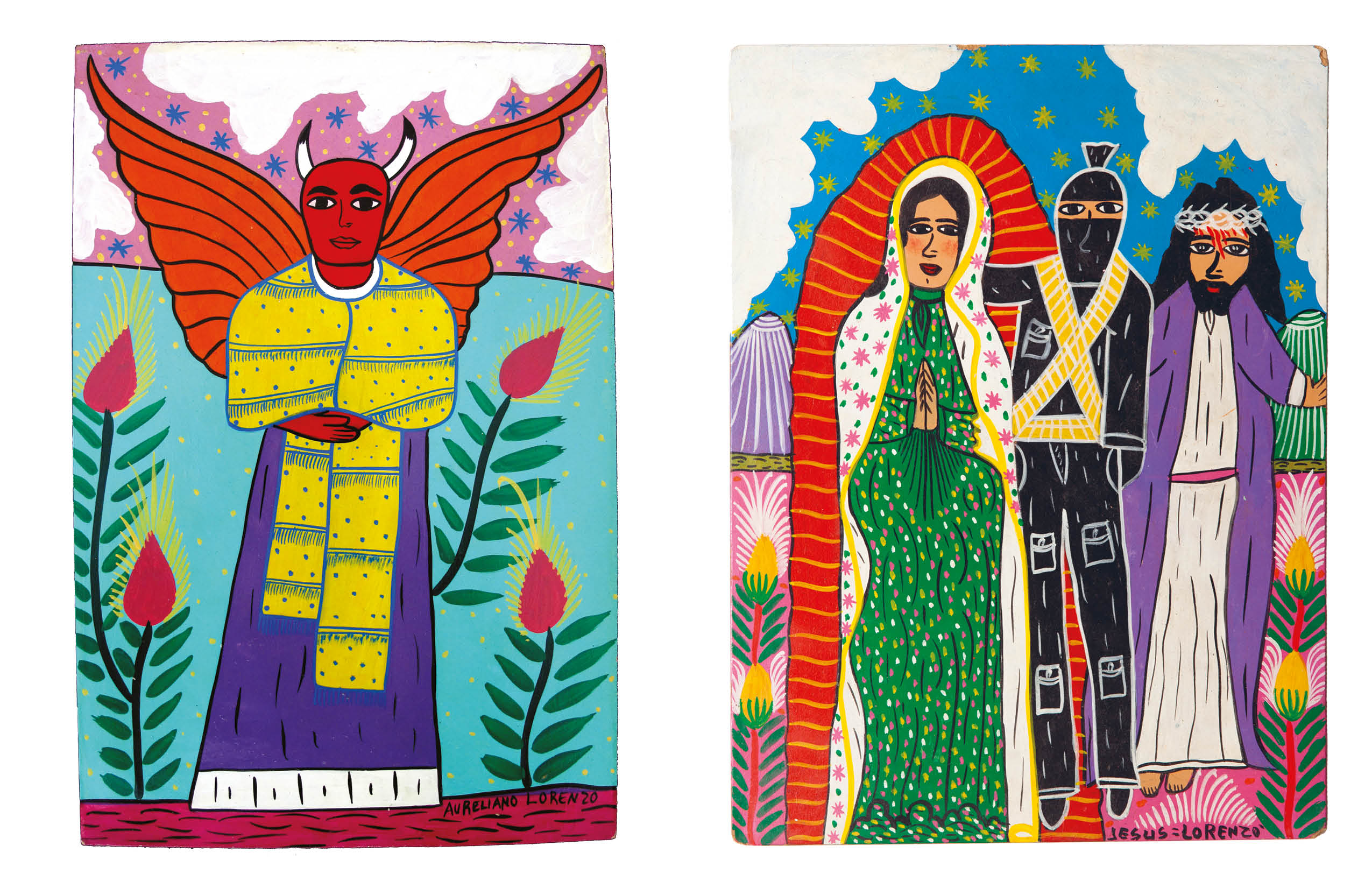
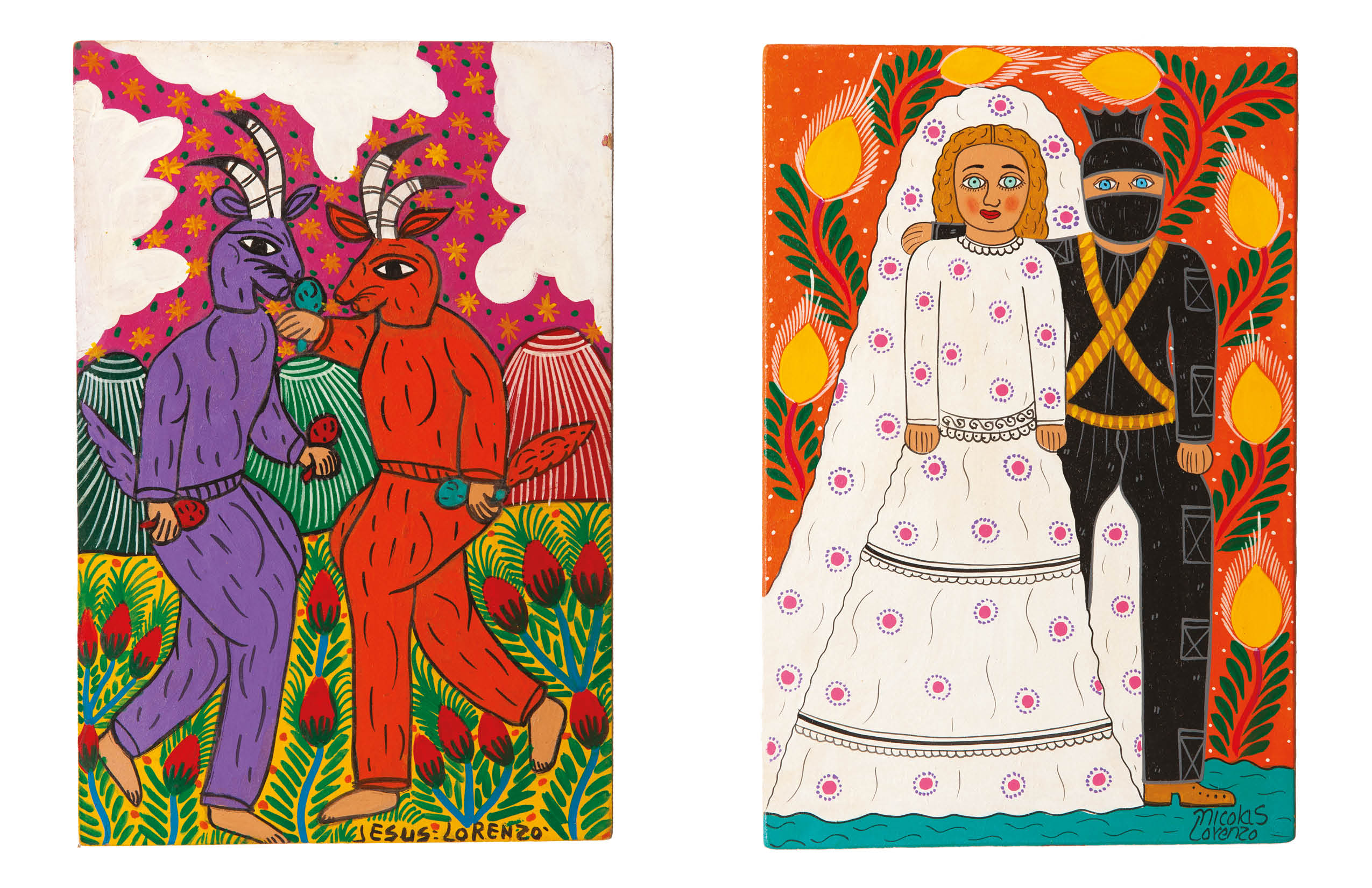
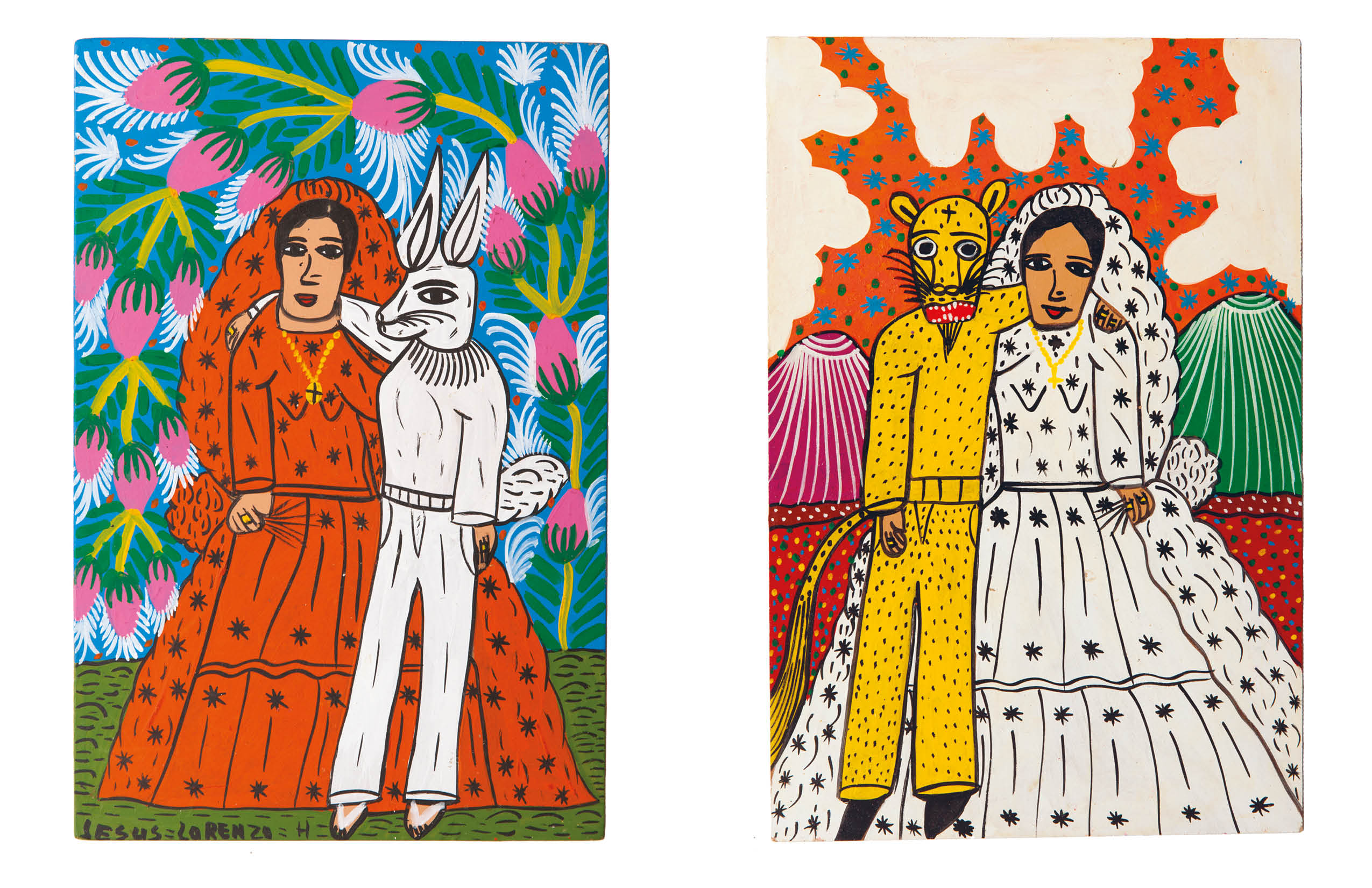
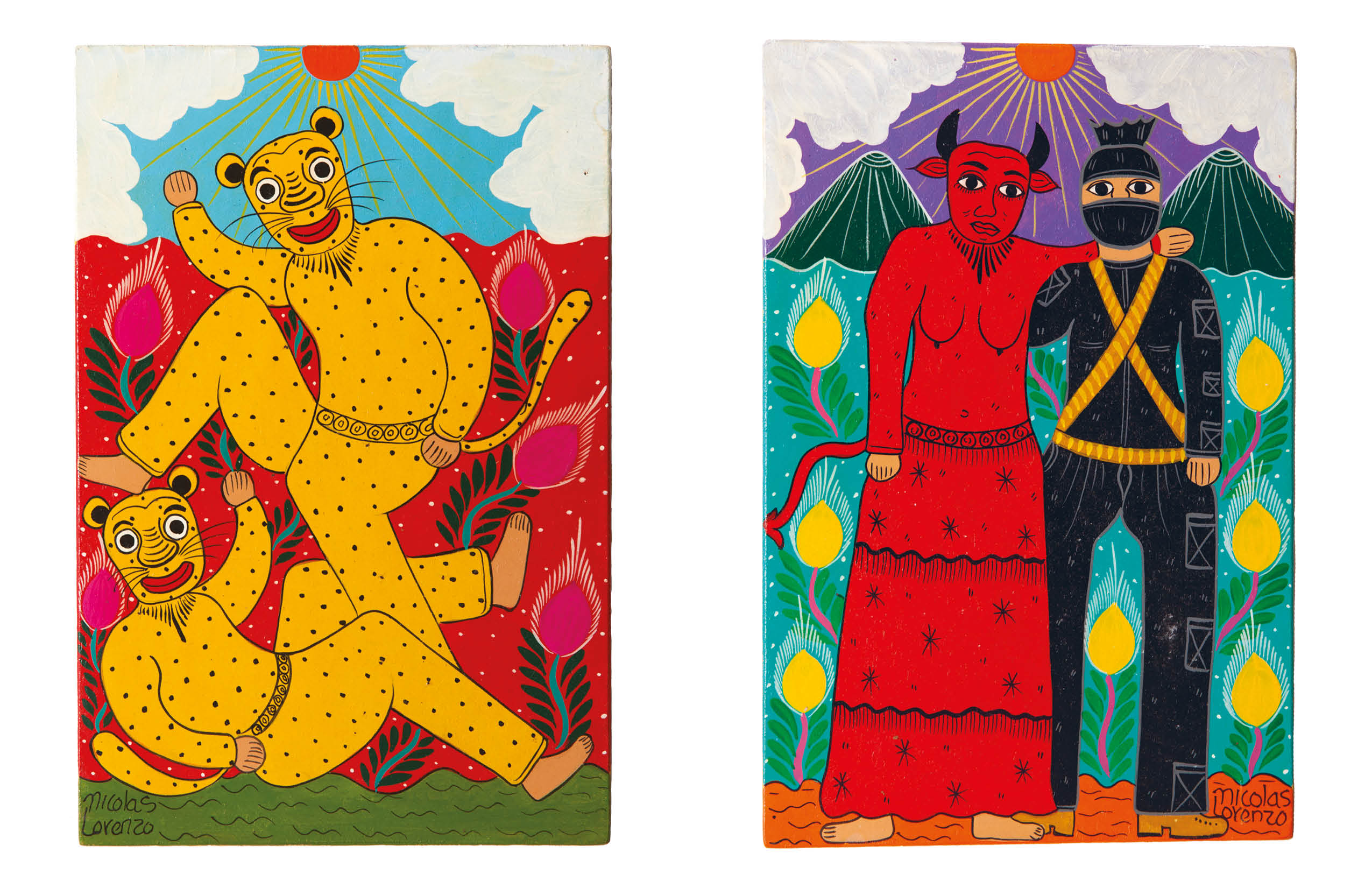
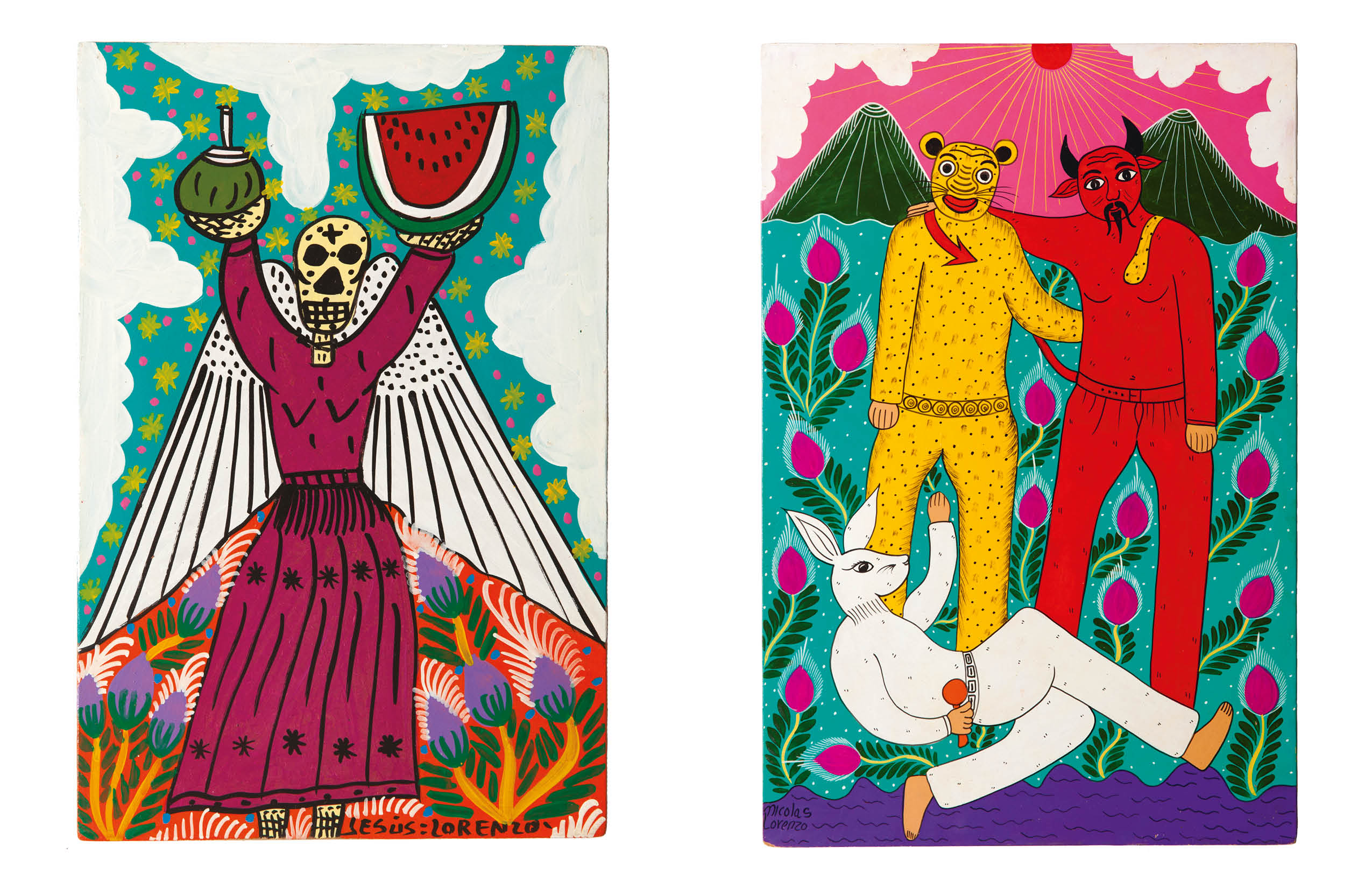
-
Walter Robinson
Pharmaceuticals
Walter Robinson
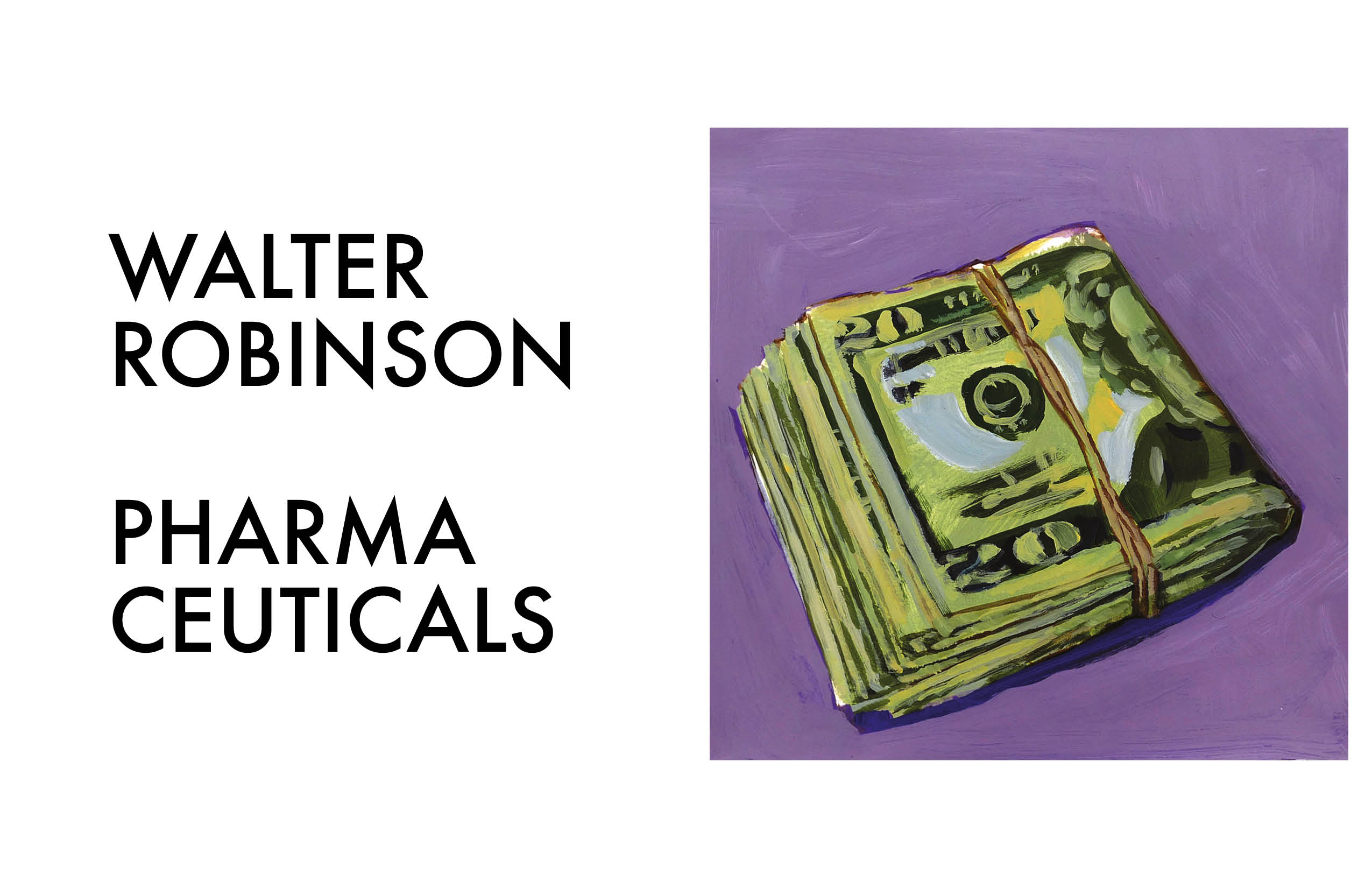
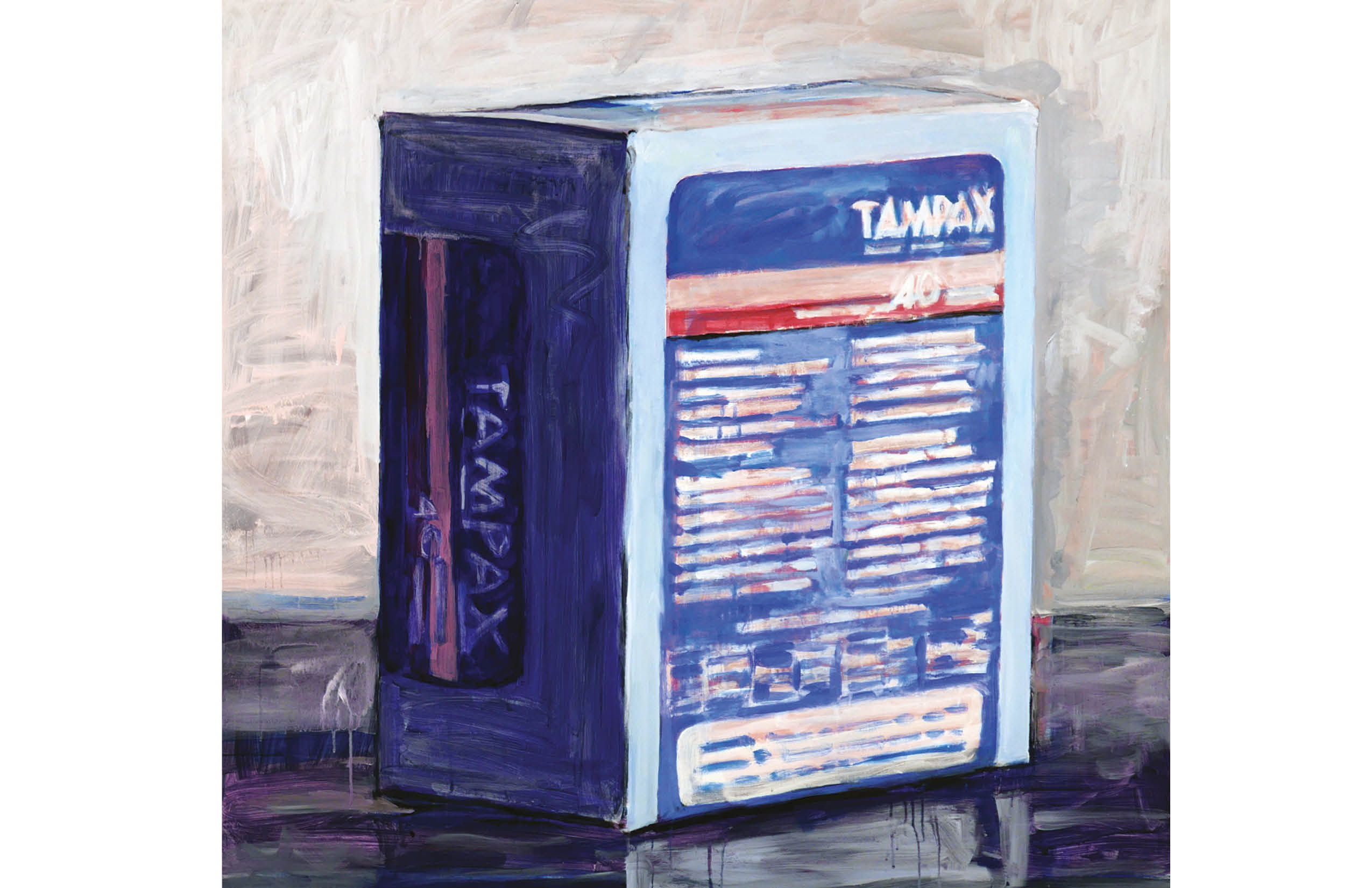
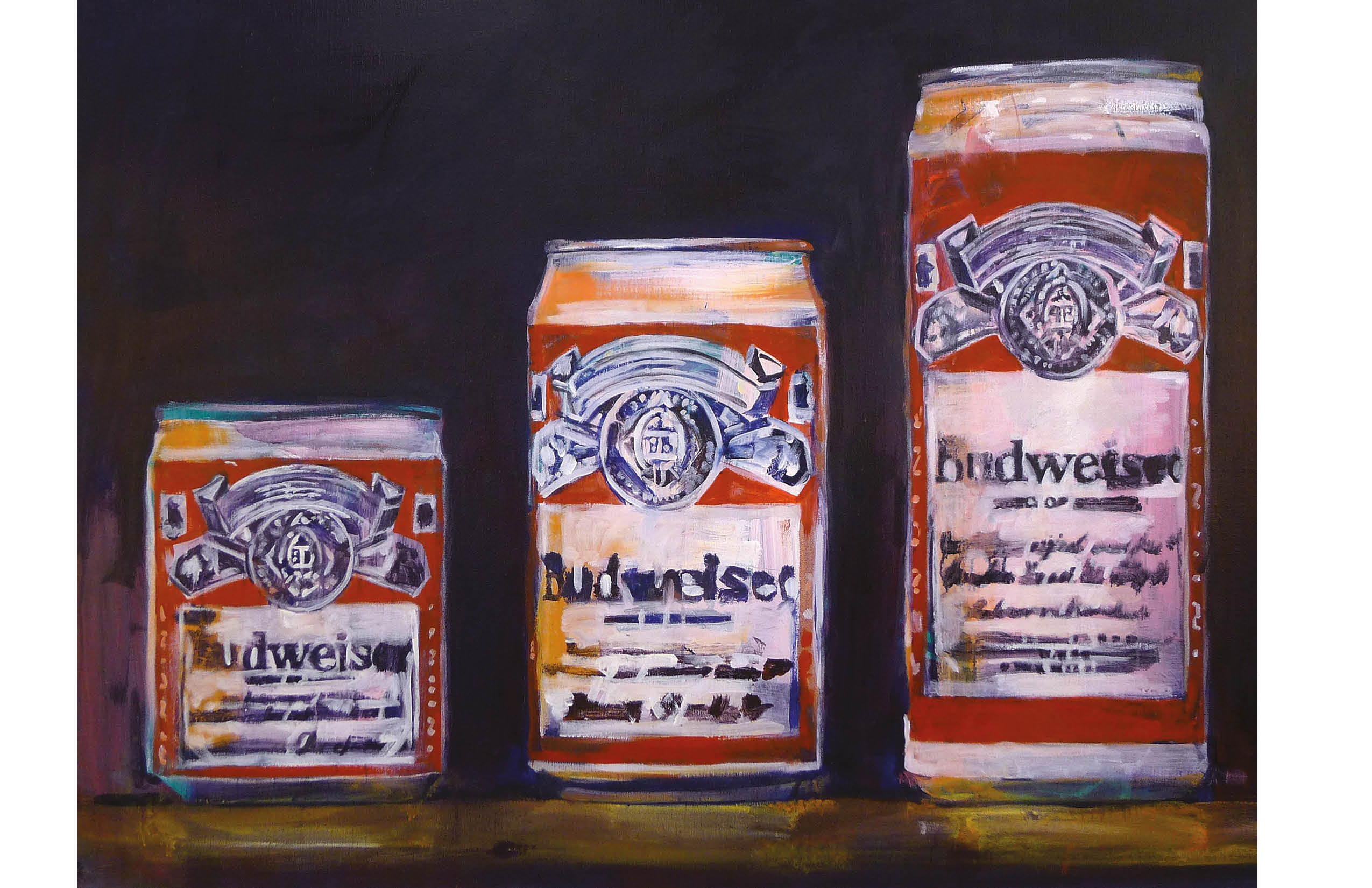
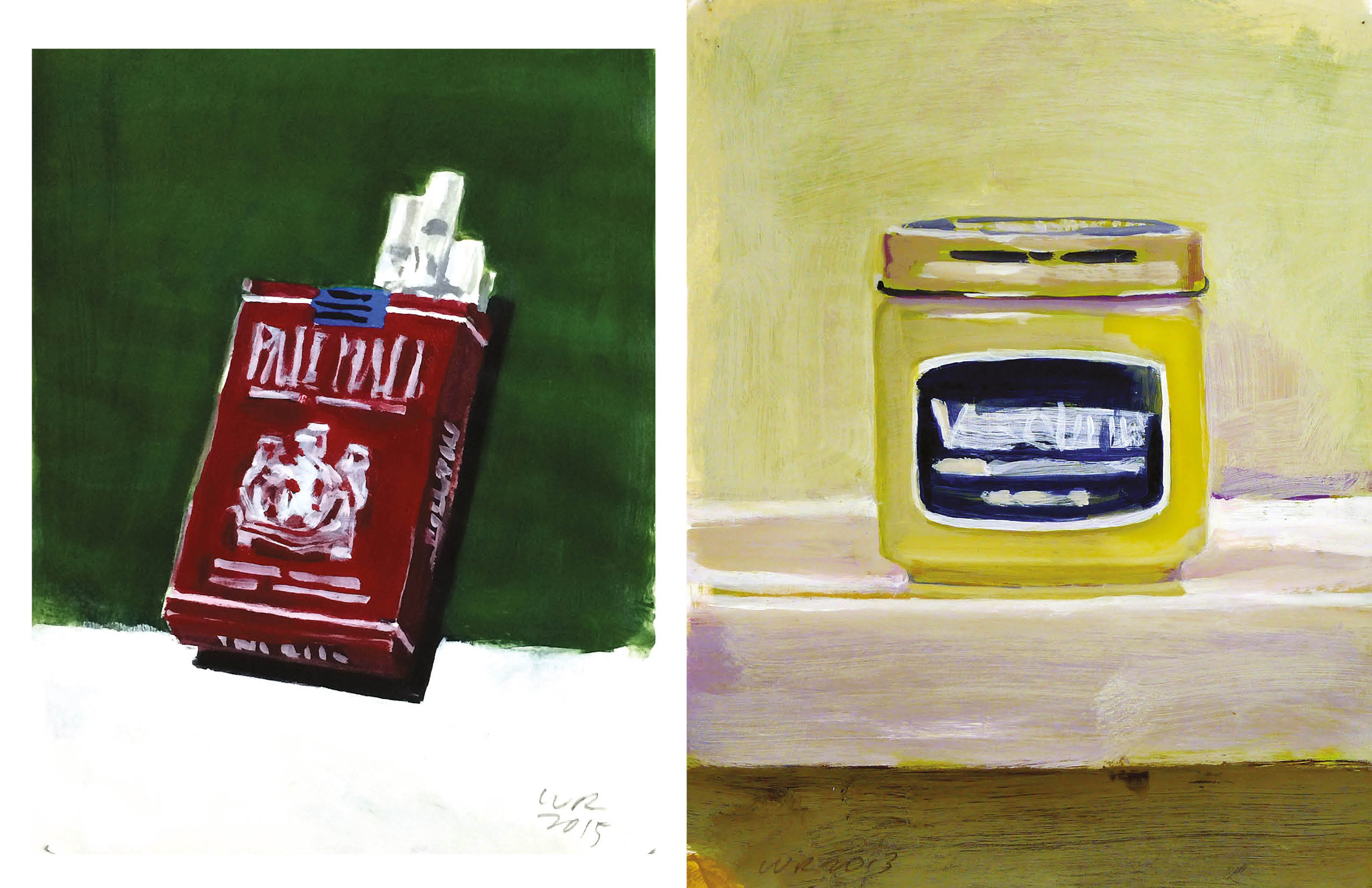
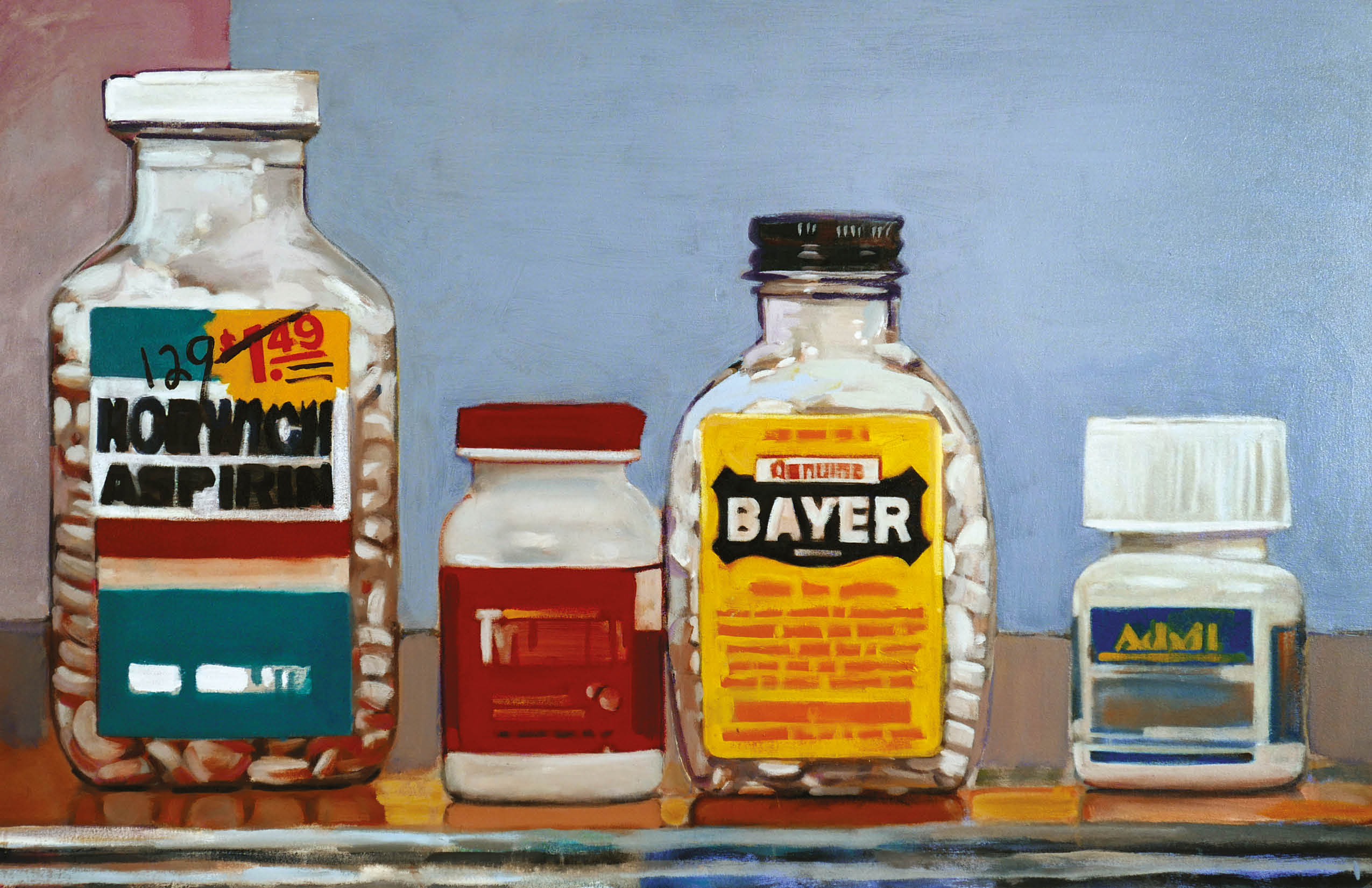
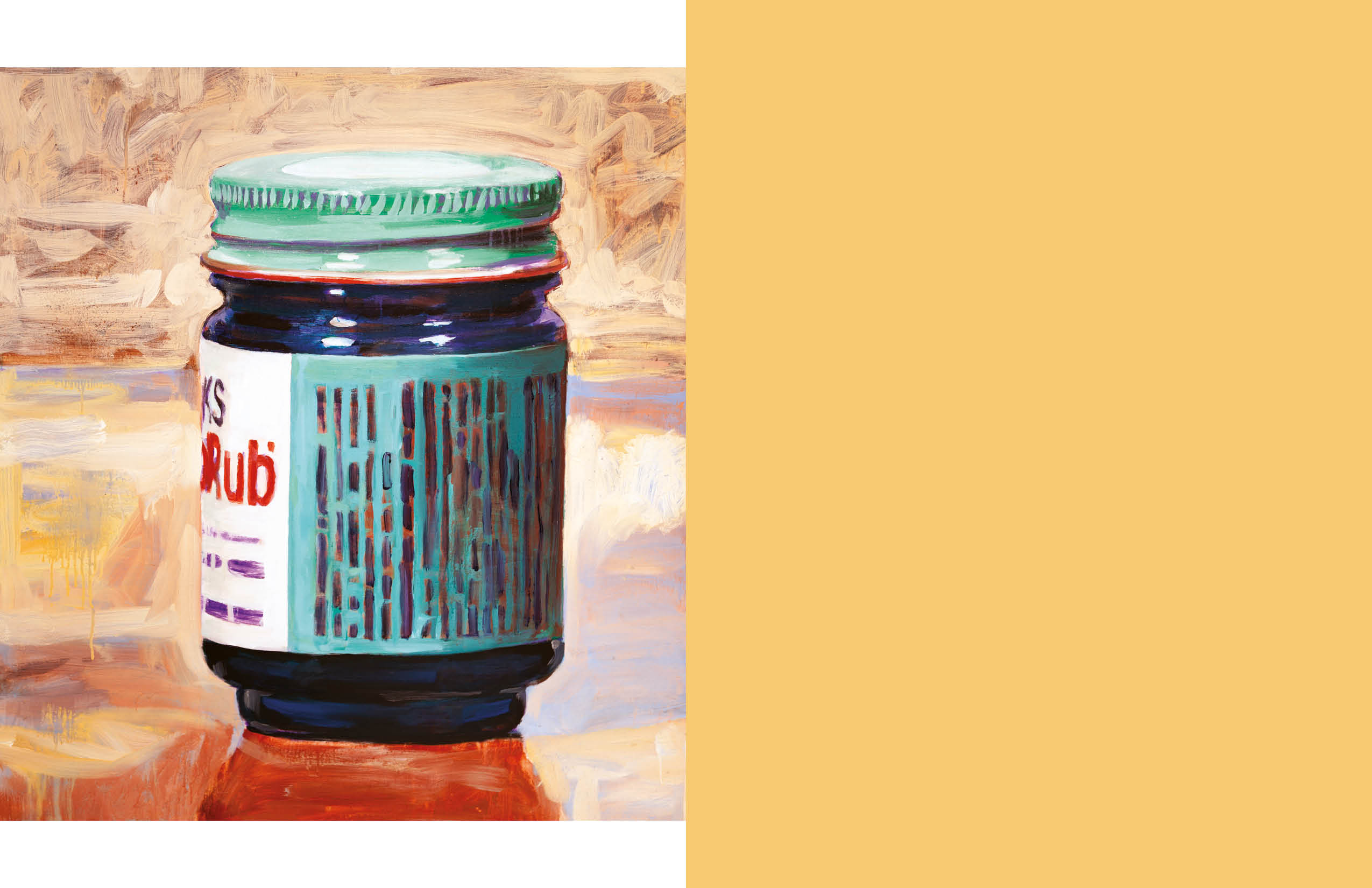
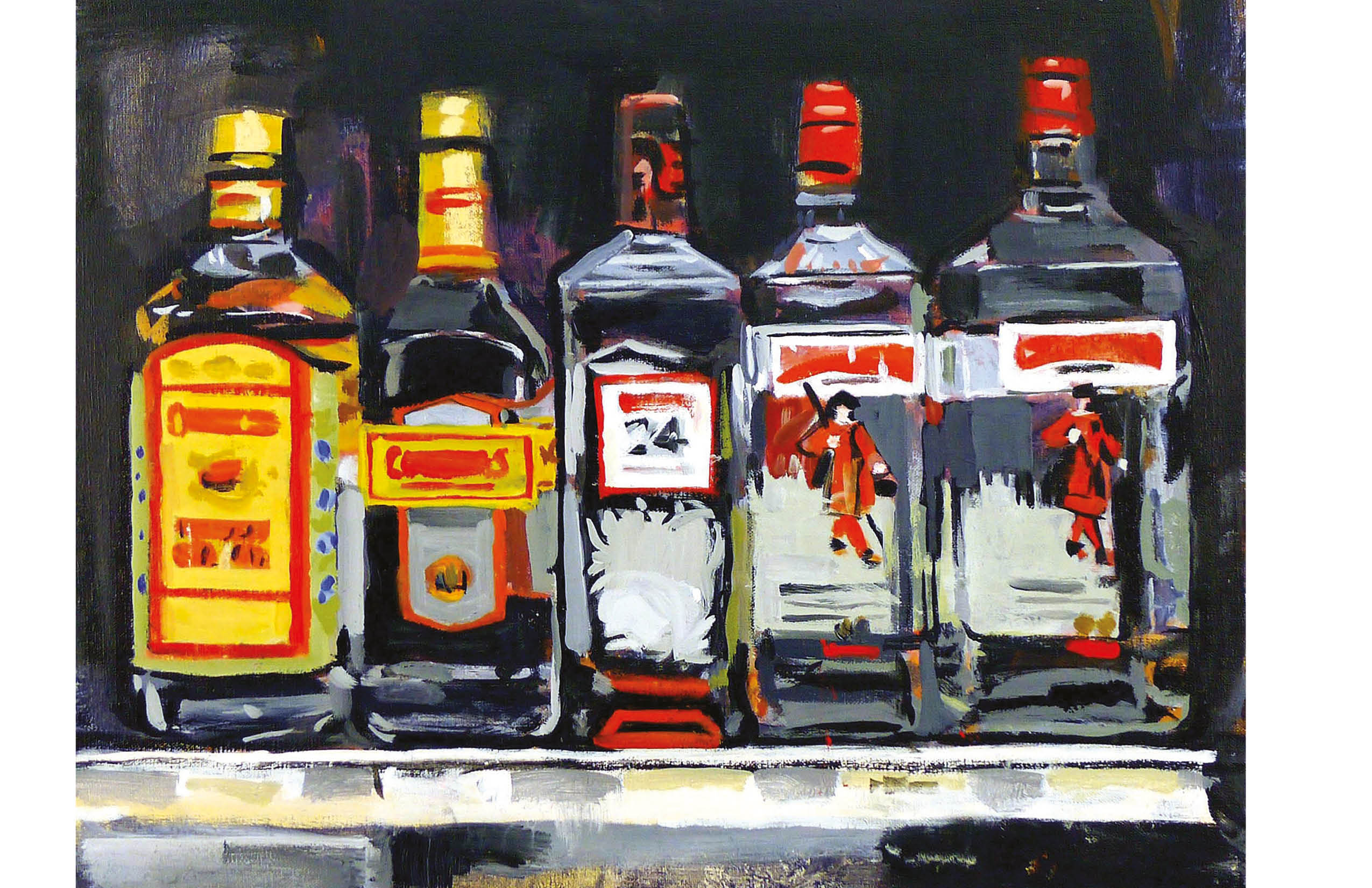
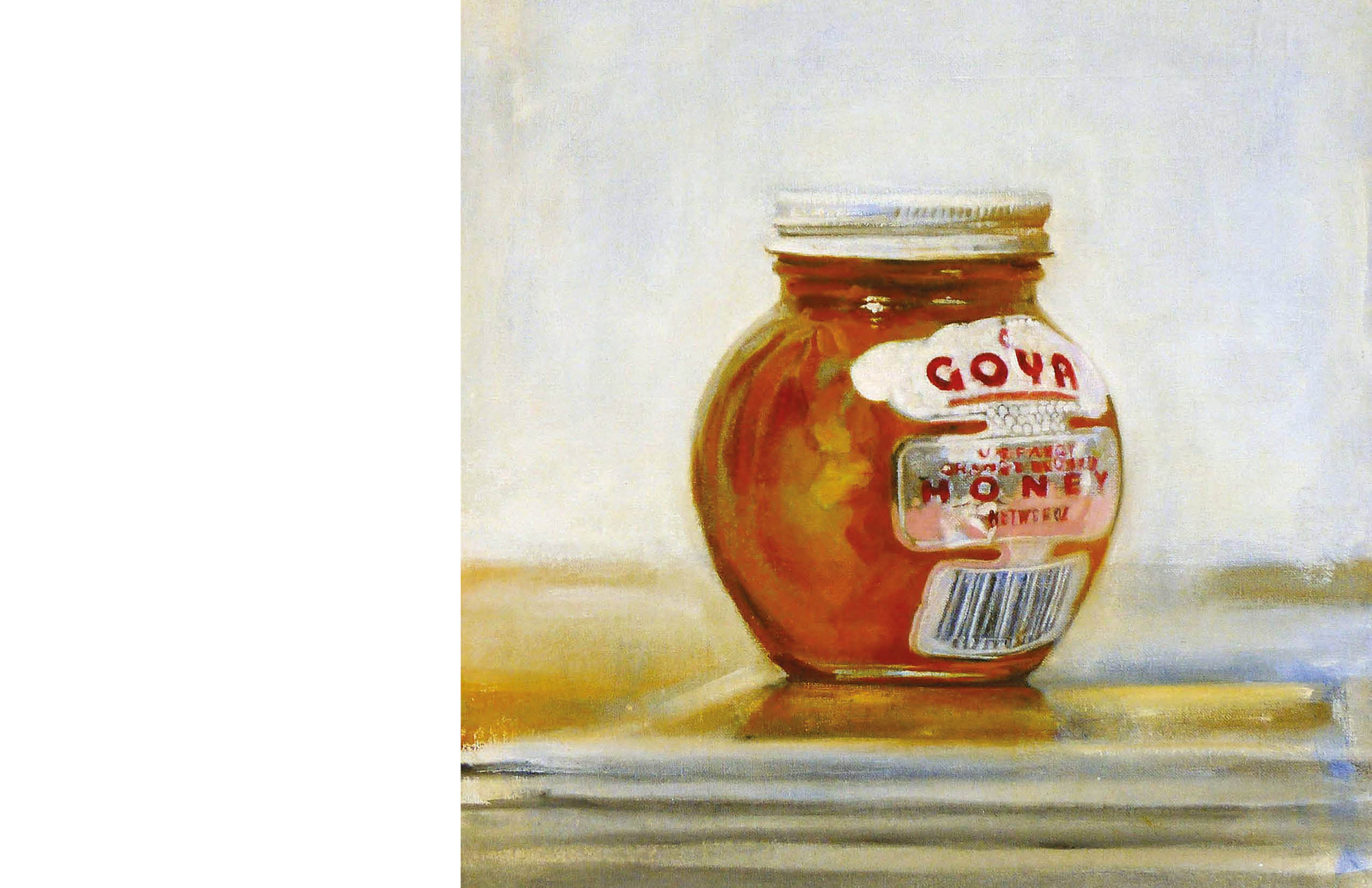
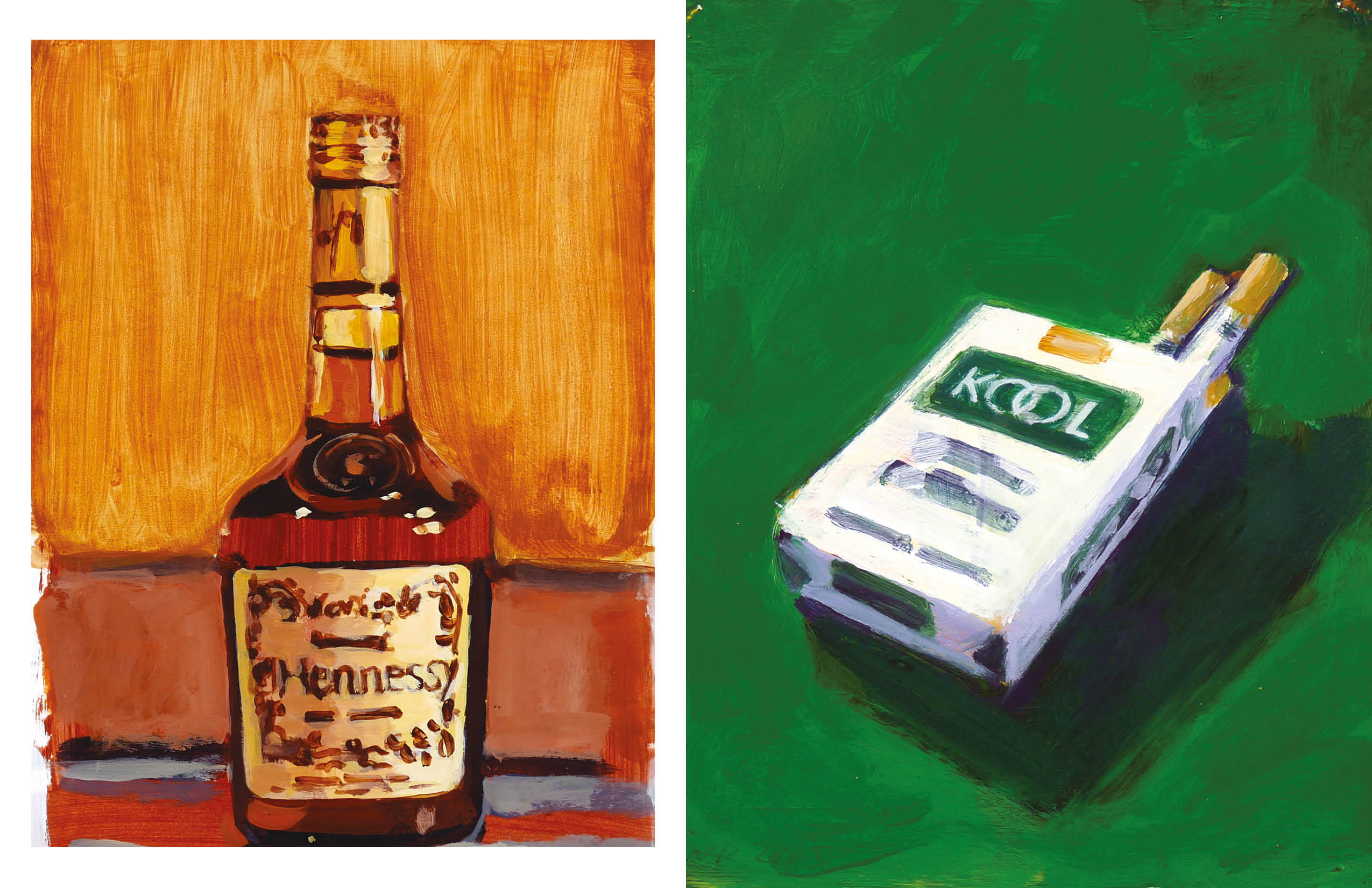
-
zingmagazine poster #11: Mark Licari
Potted Plant (1)
zingmagazine poster #11: Mark Licari
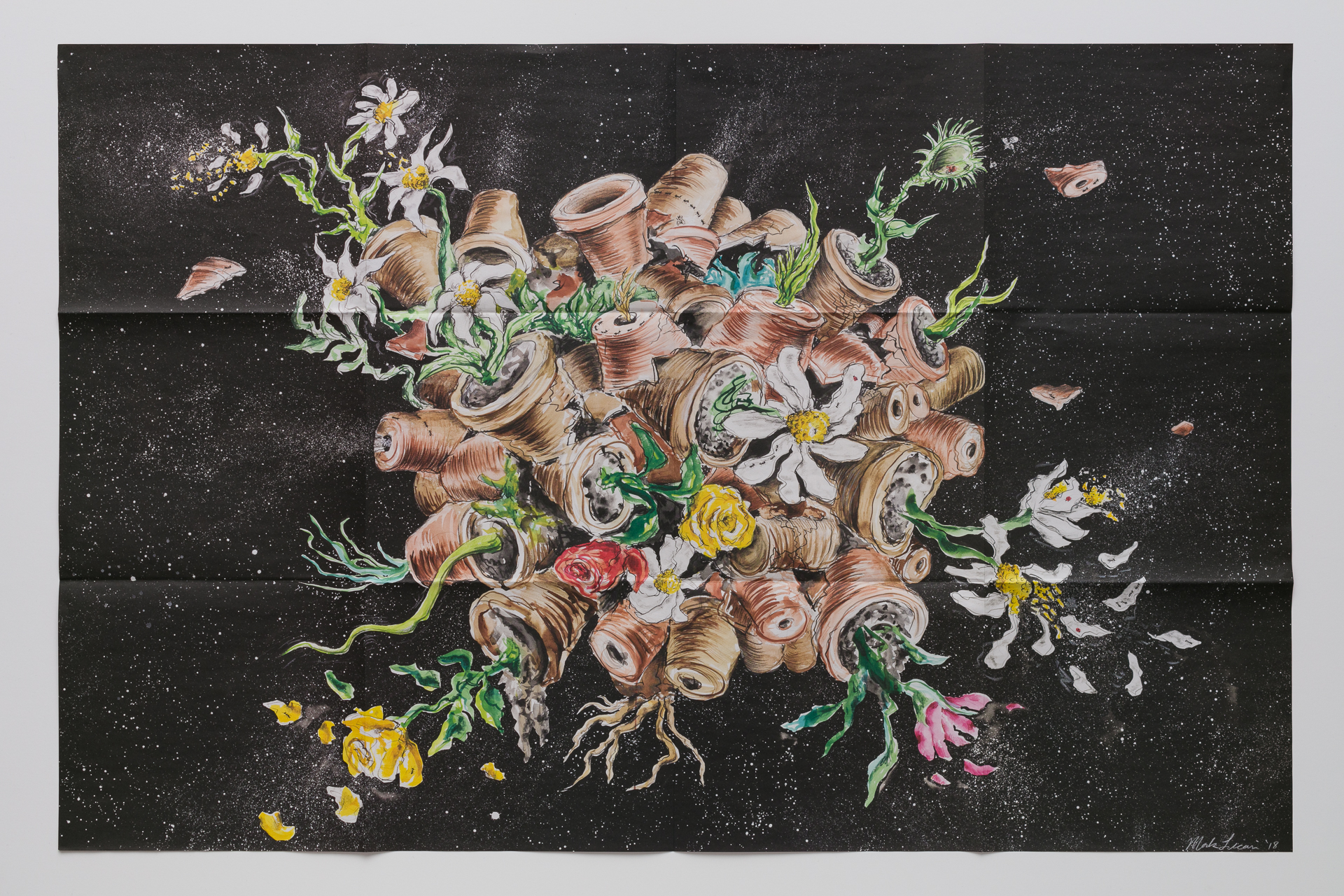
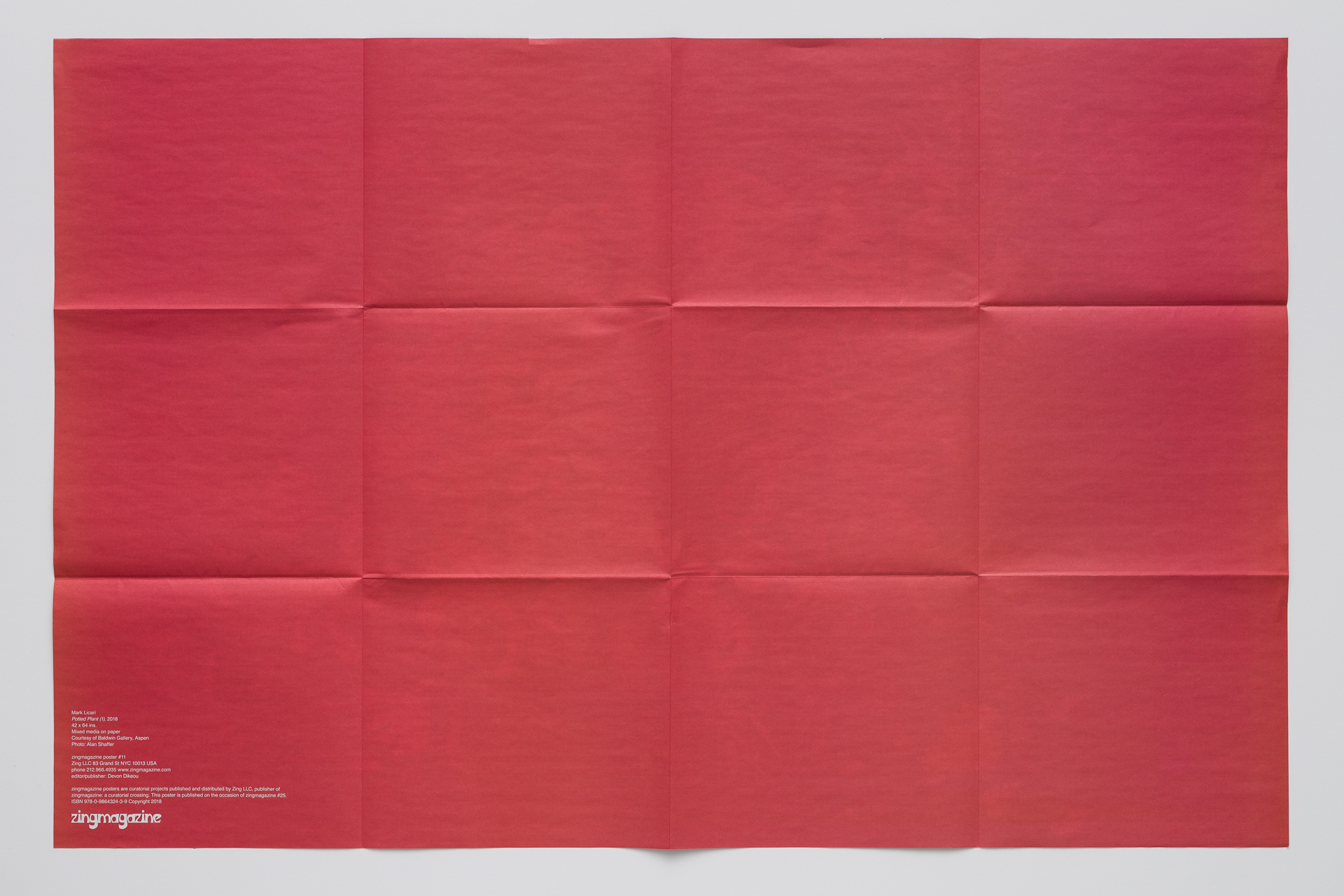
-
zingmagazine special project: Romana Drdova
Mask
zingmagazine special project: Romana Drdova
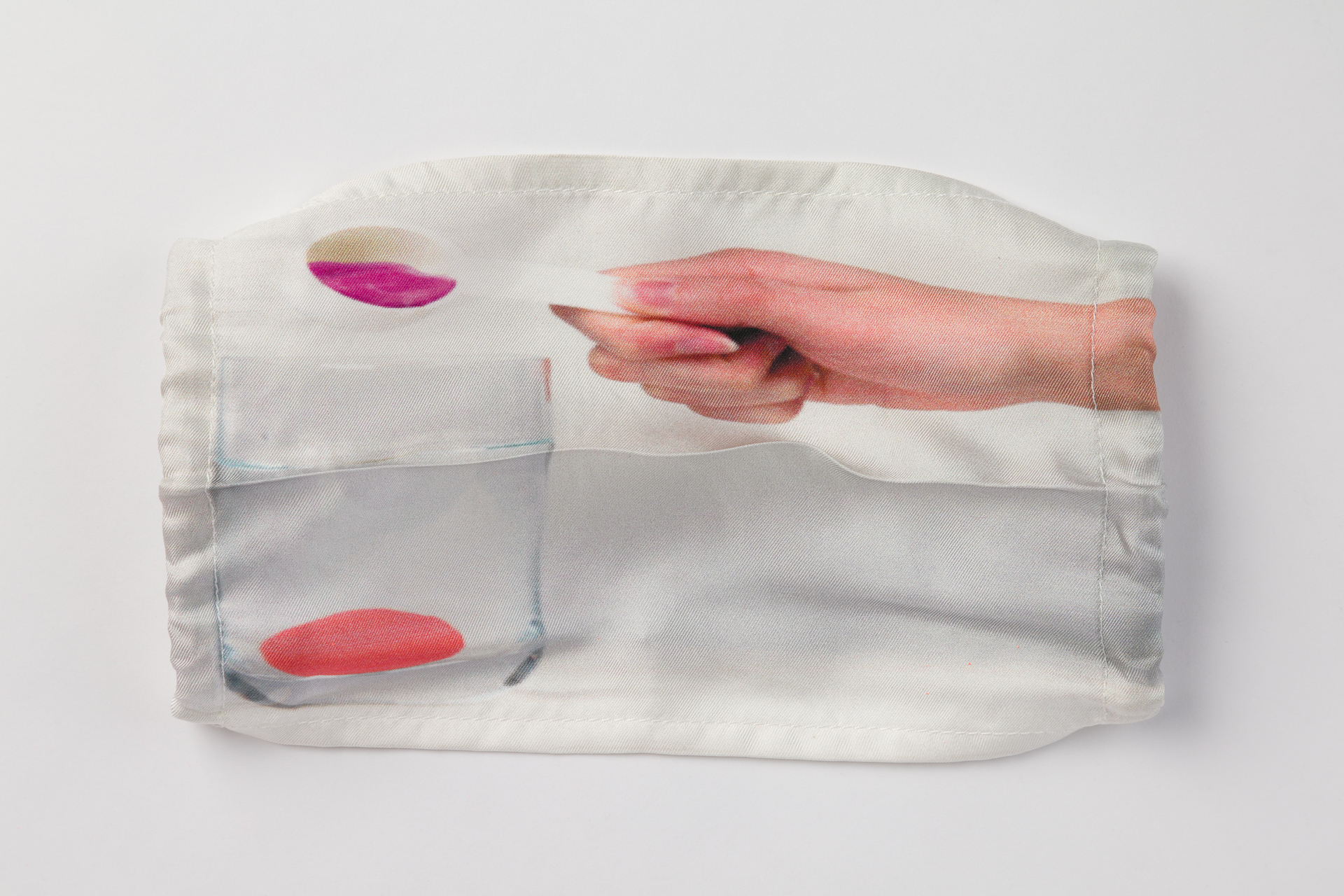
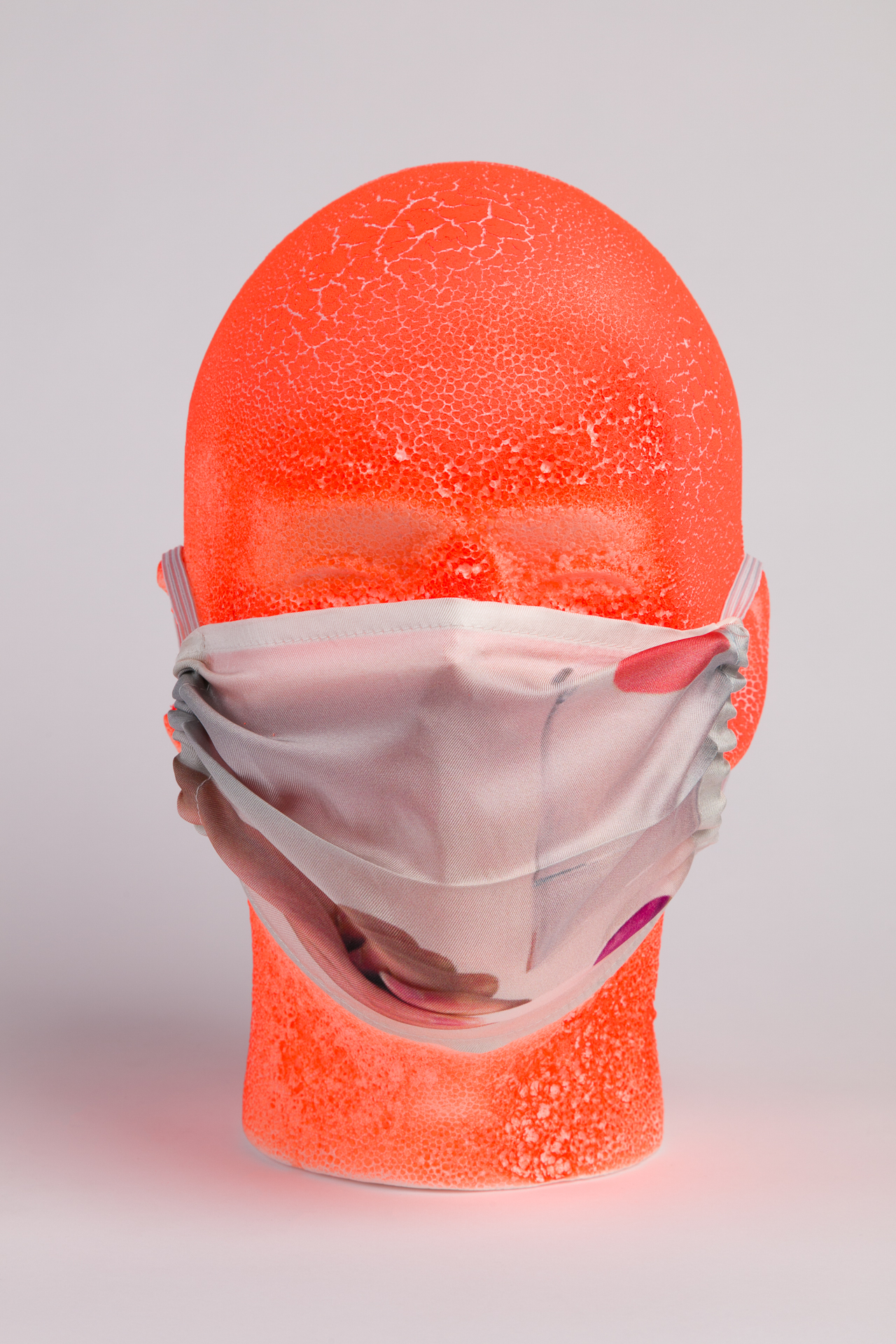
-
zingmagazine special project: Shamus Clisset
Coozy
zingmagazine special project: Shamus Clisset
